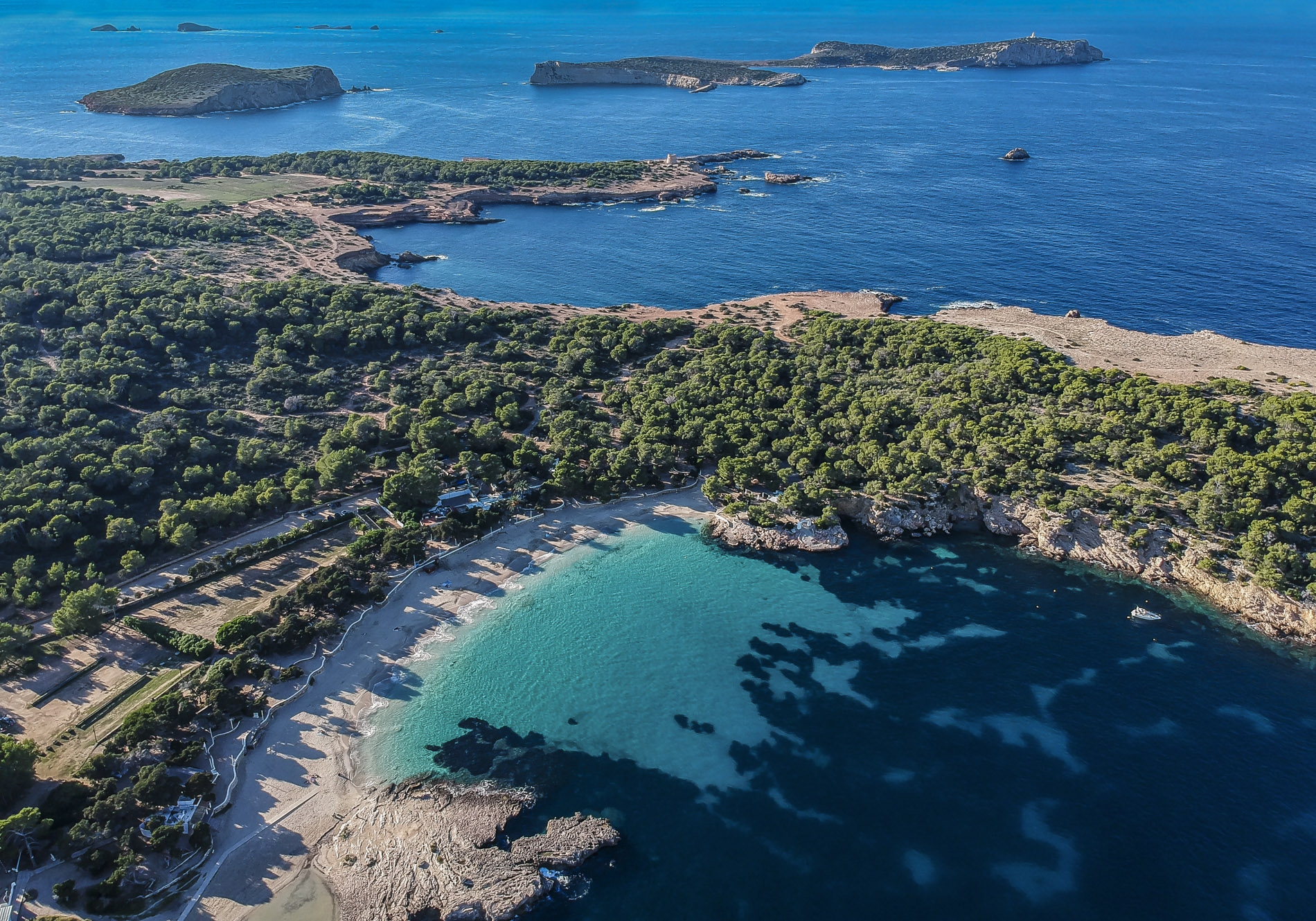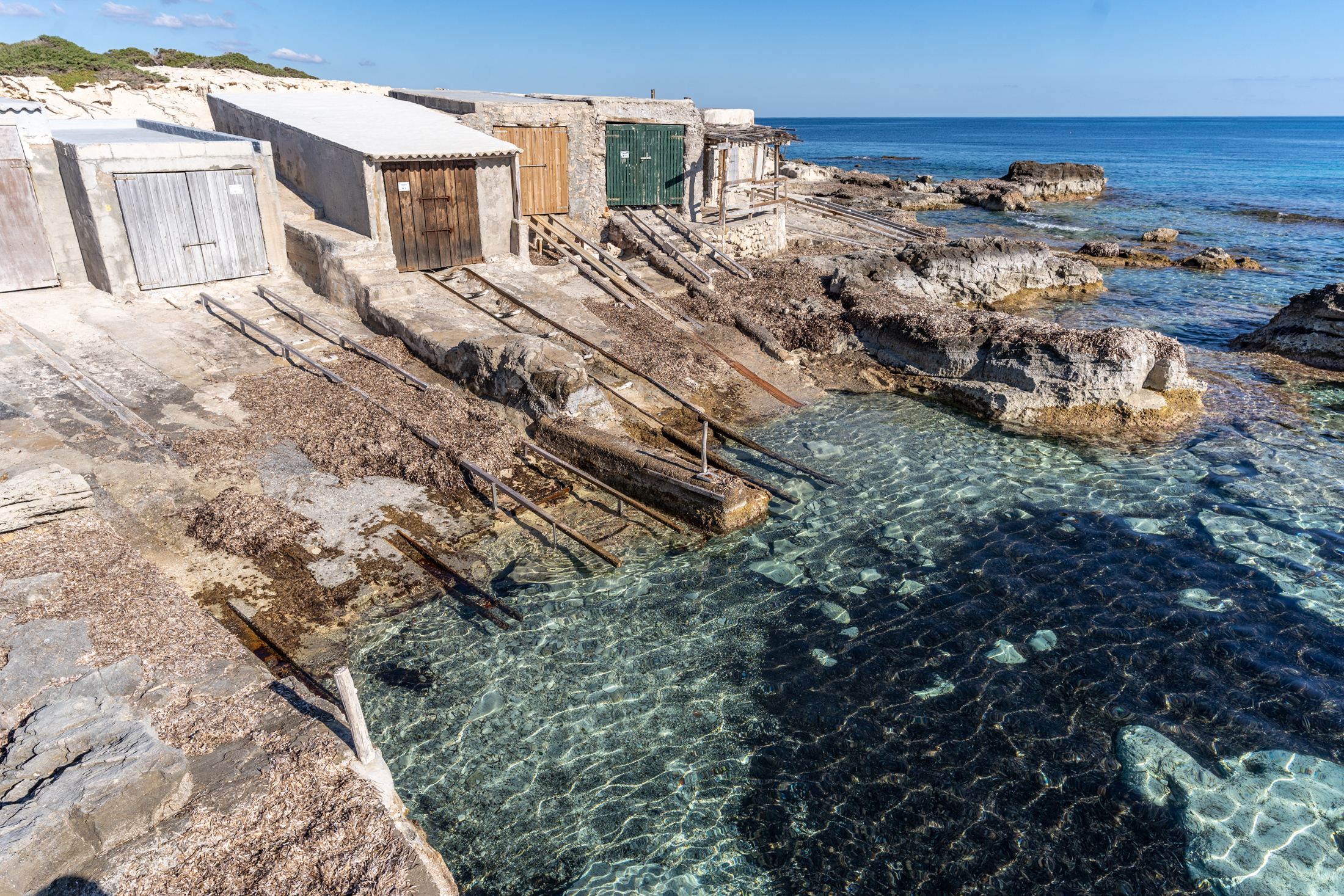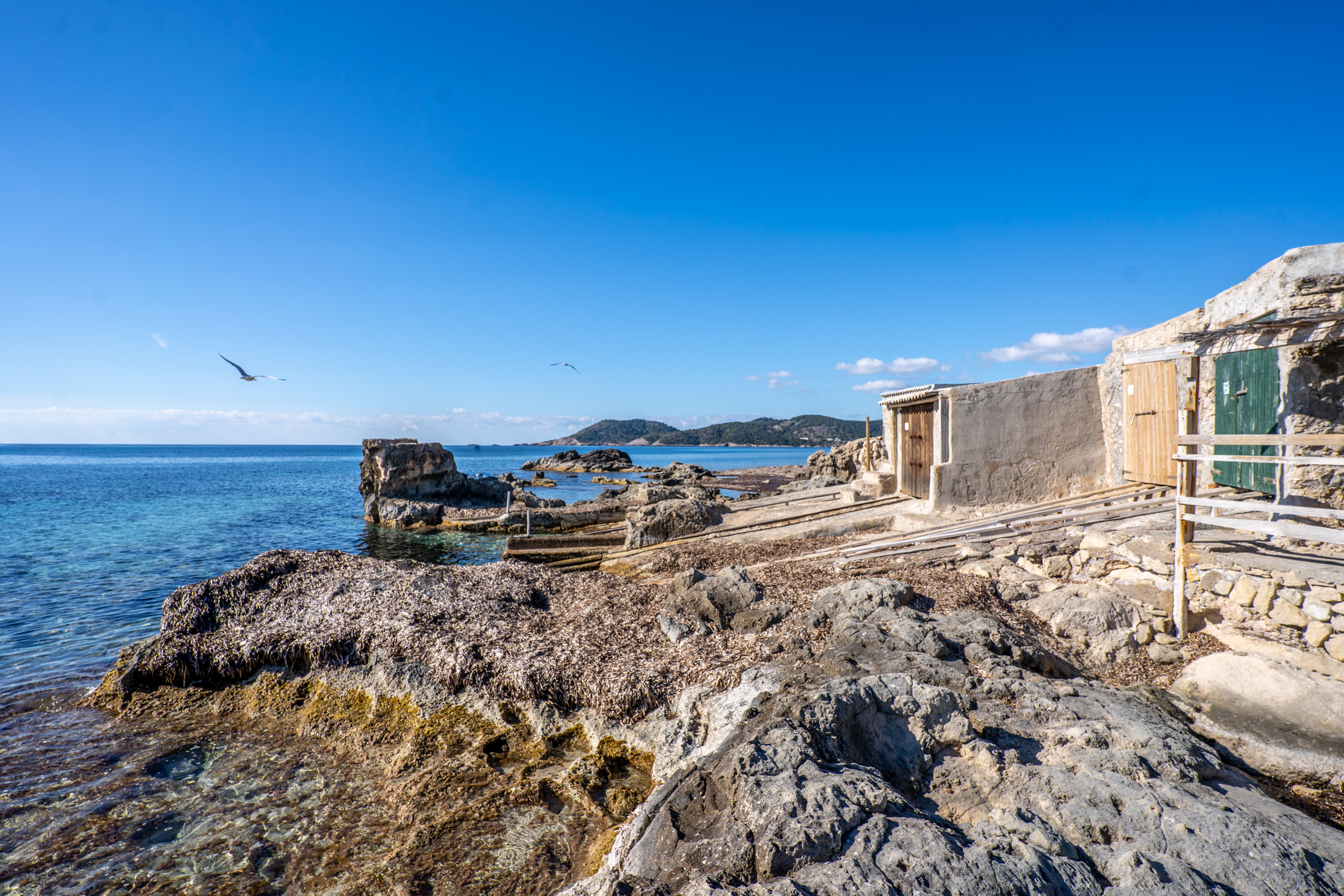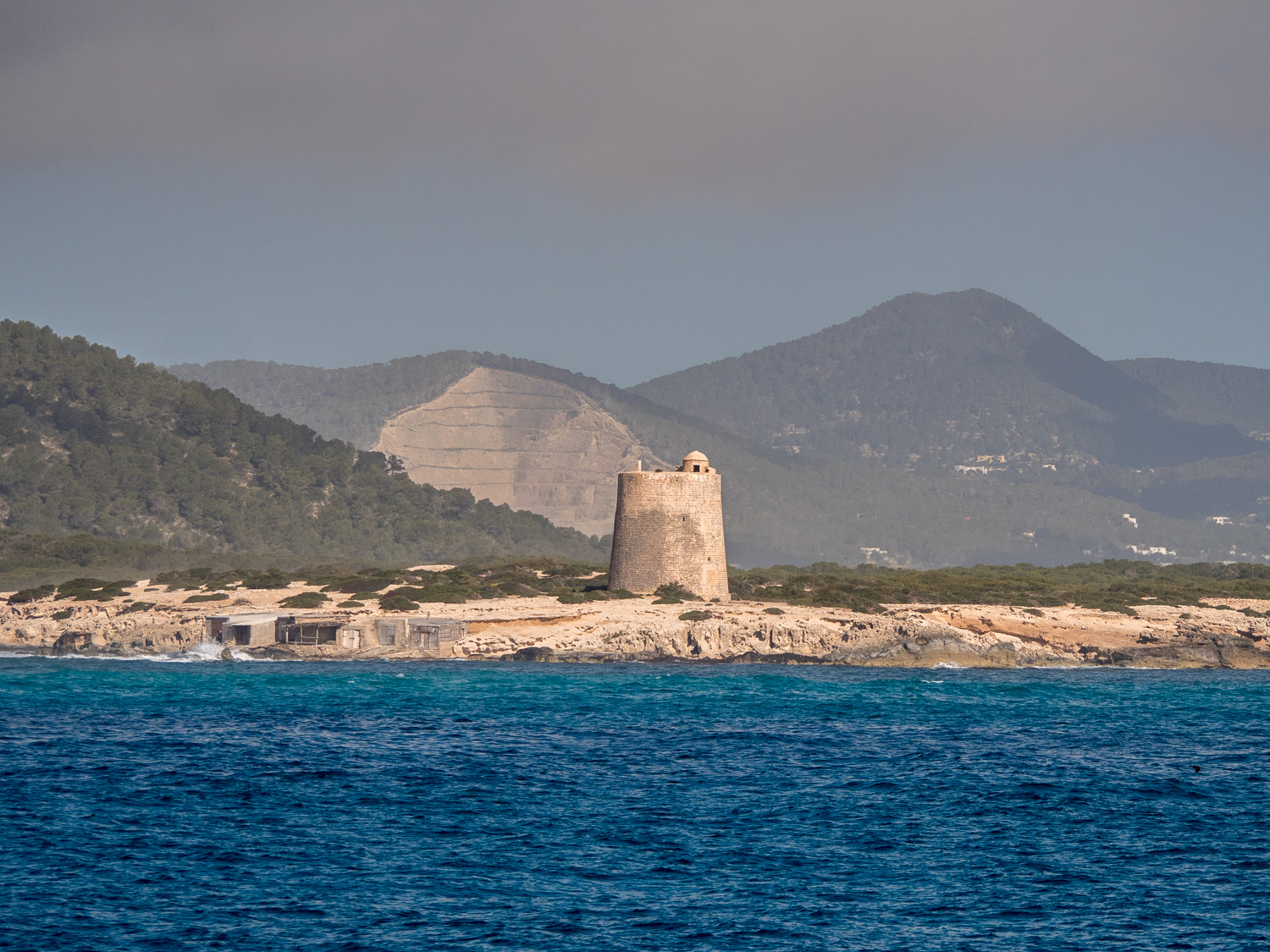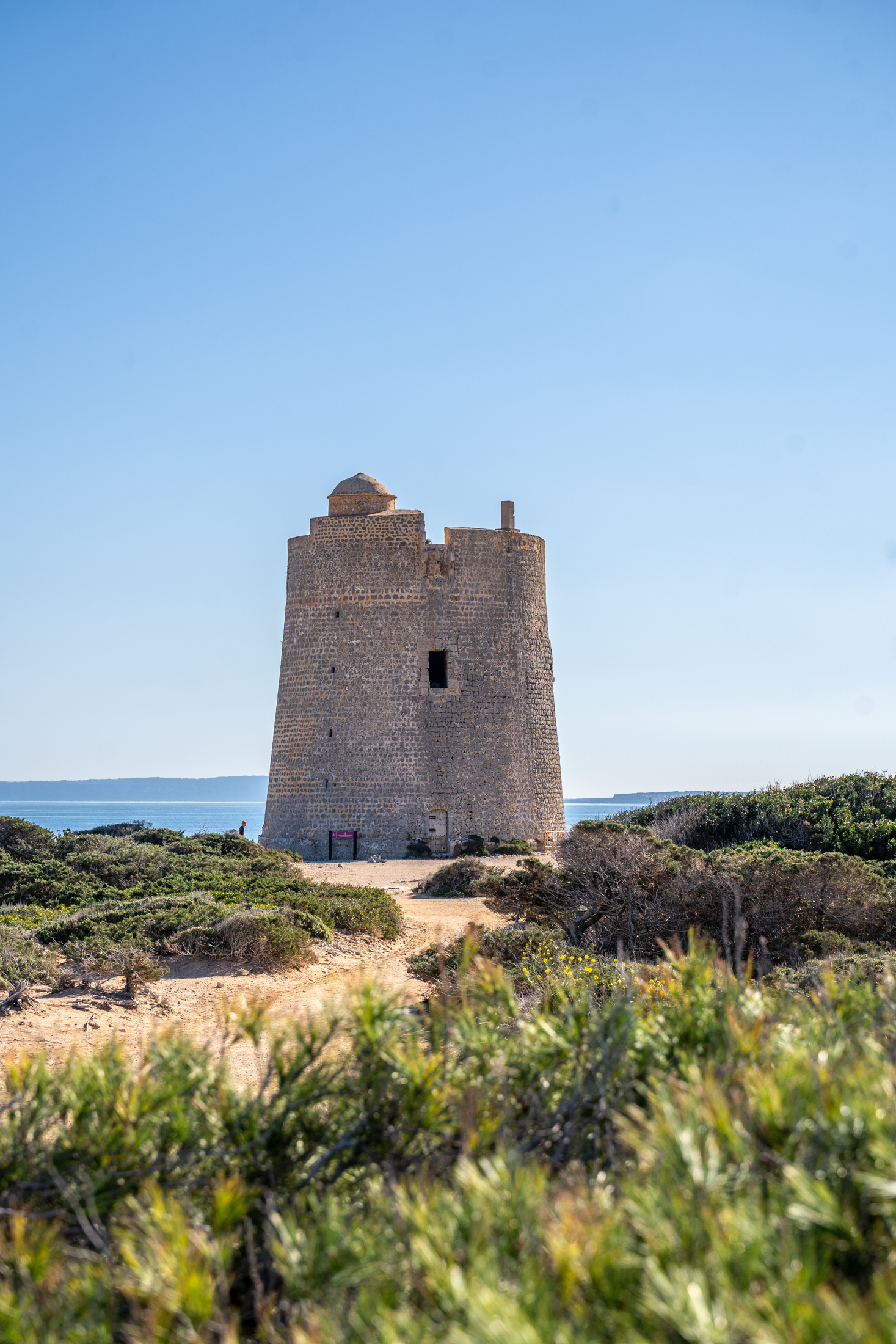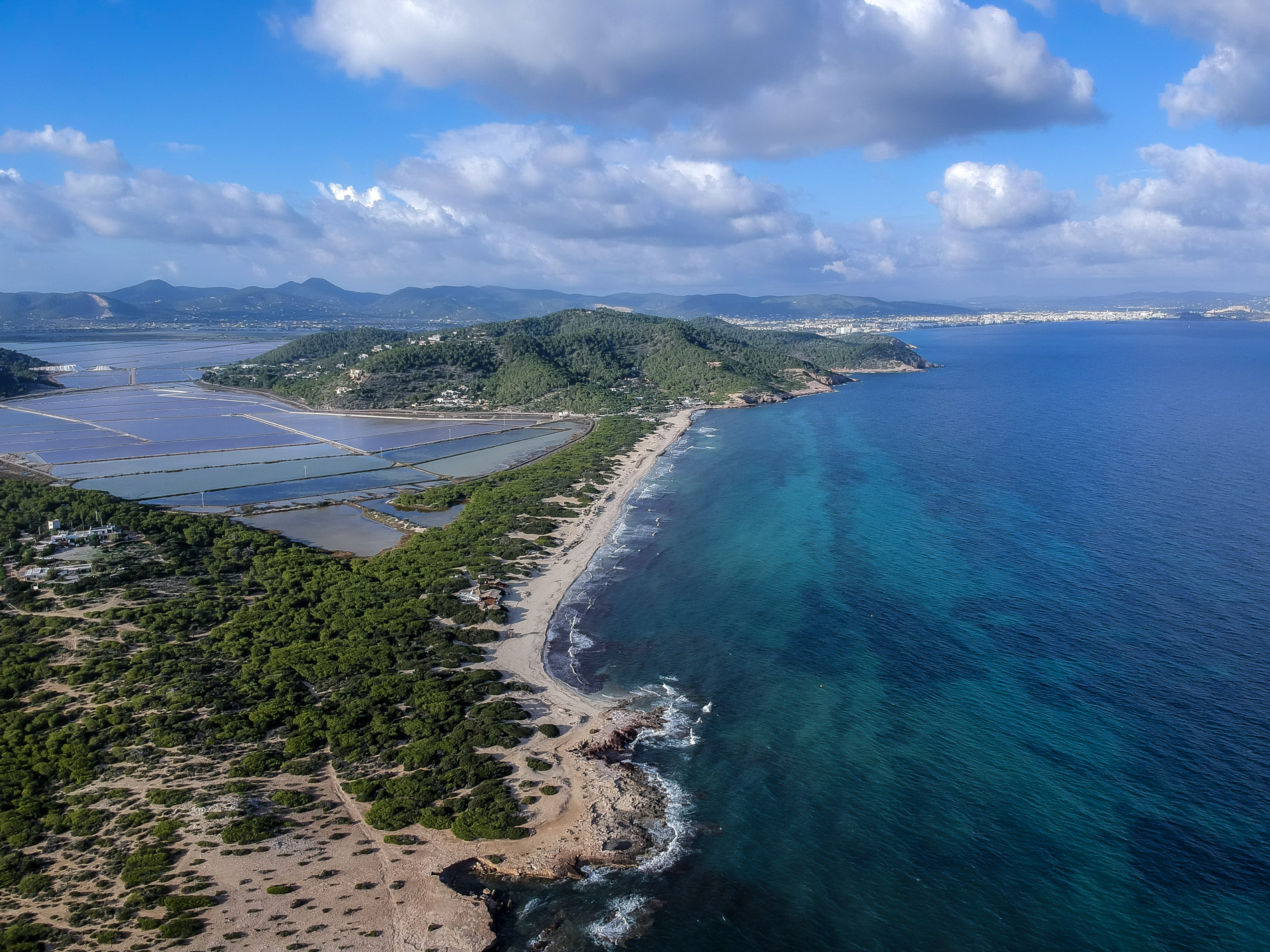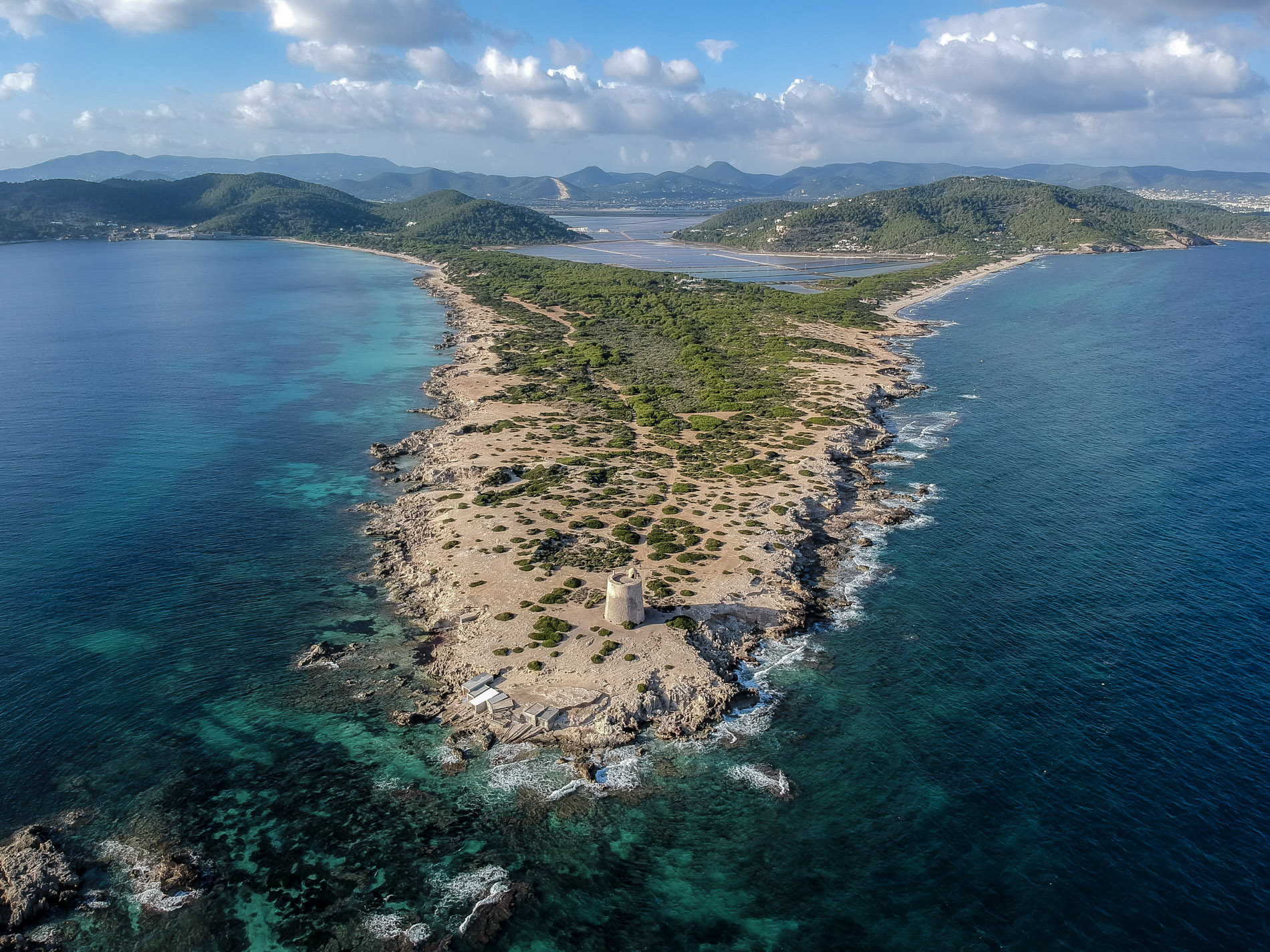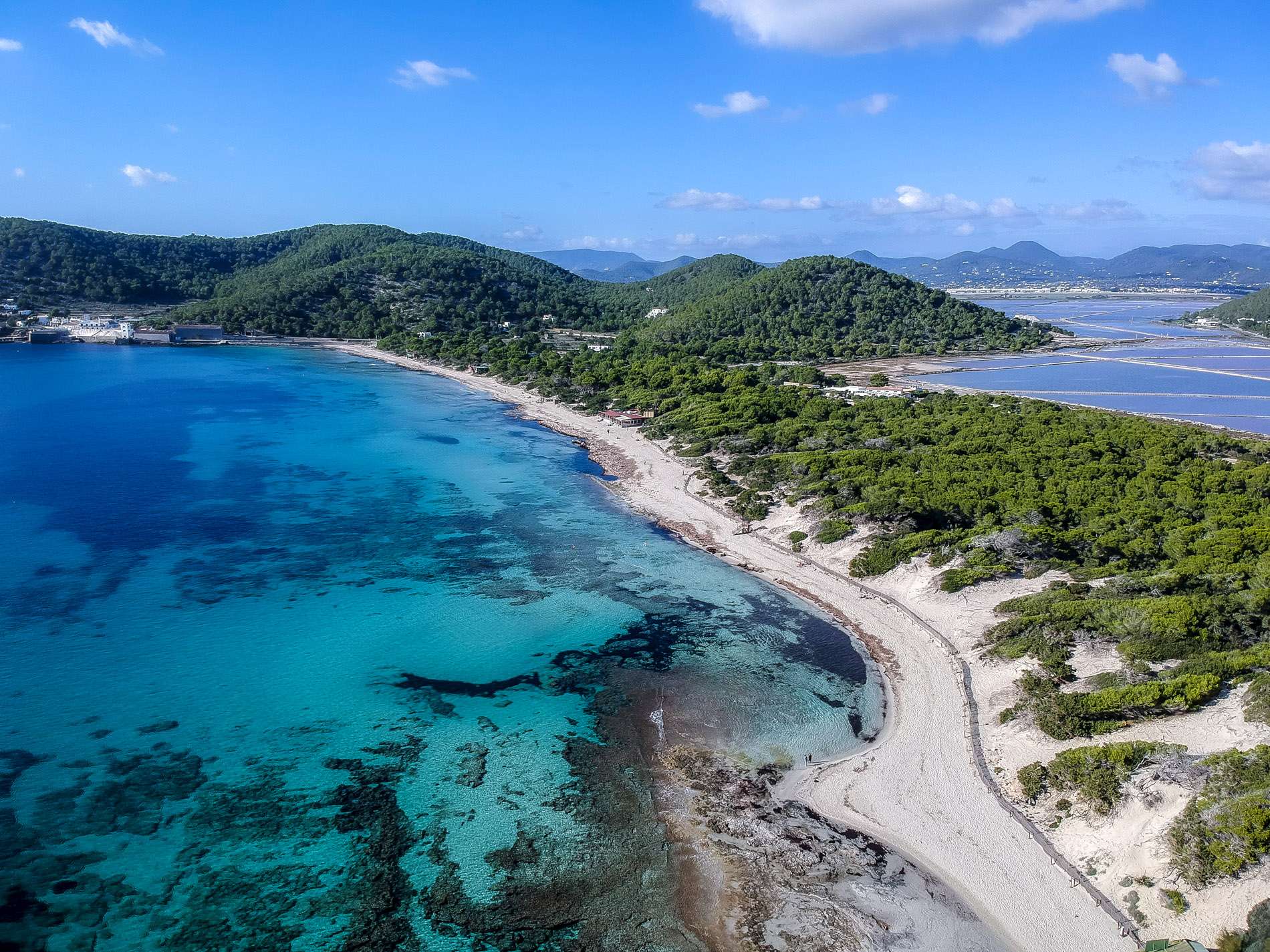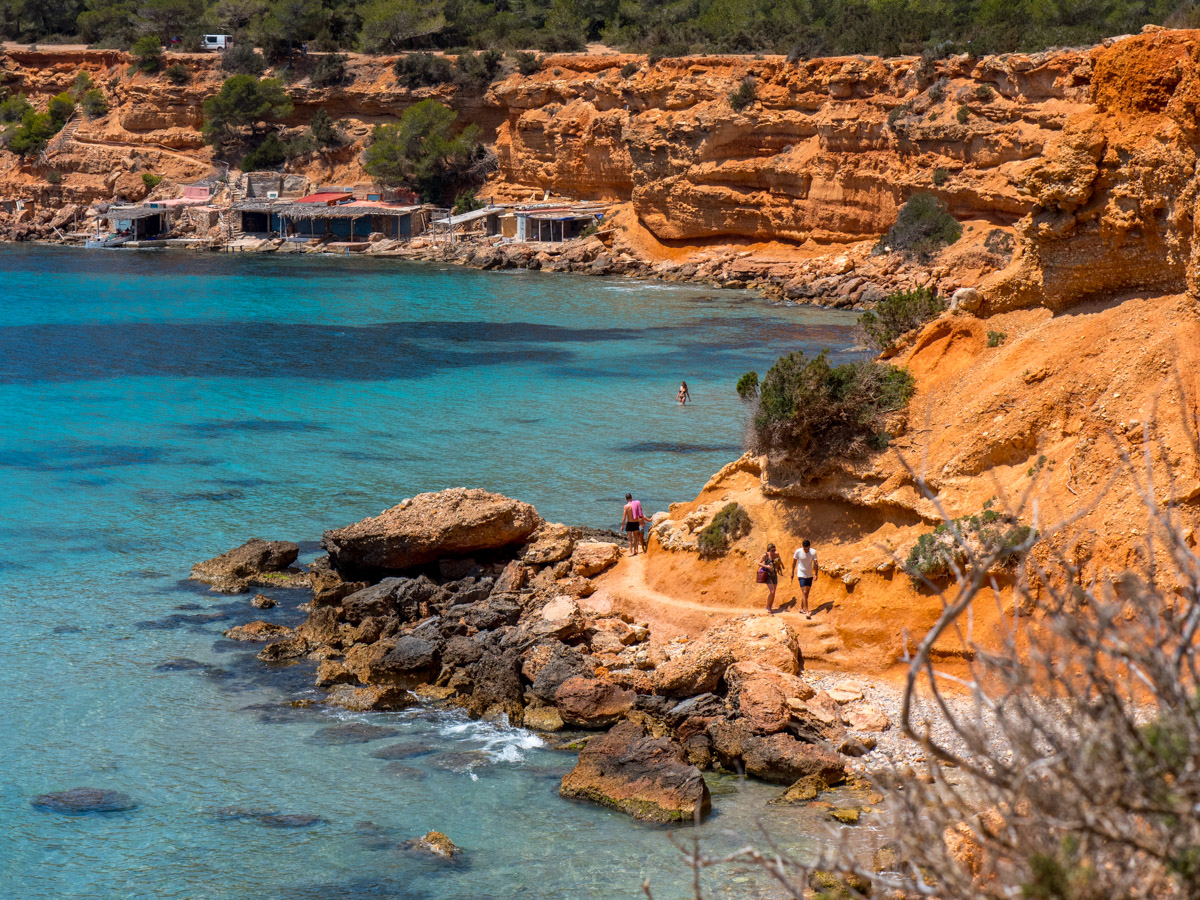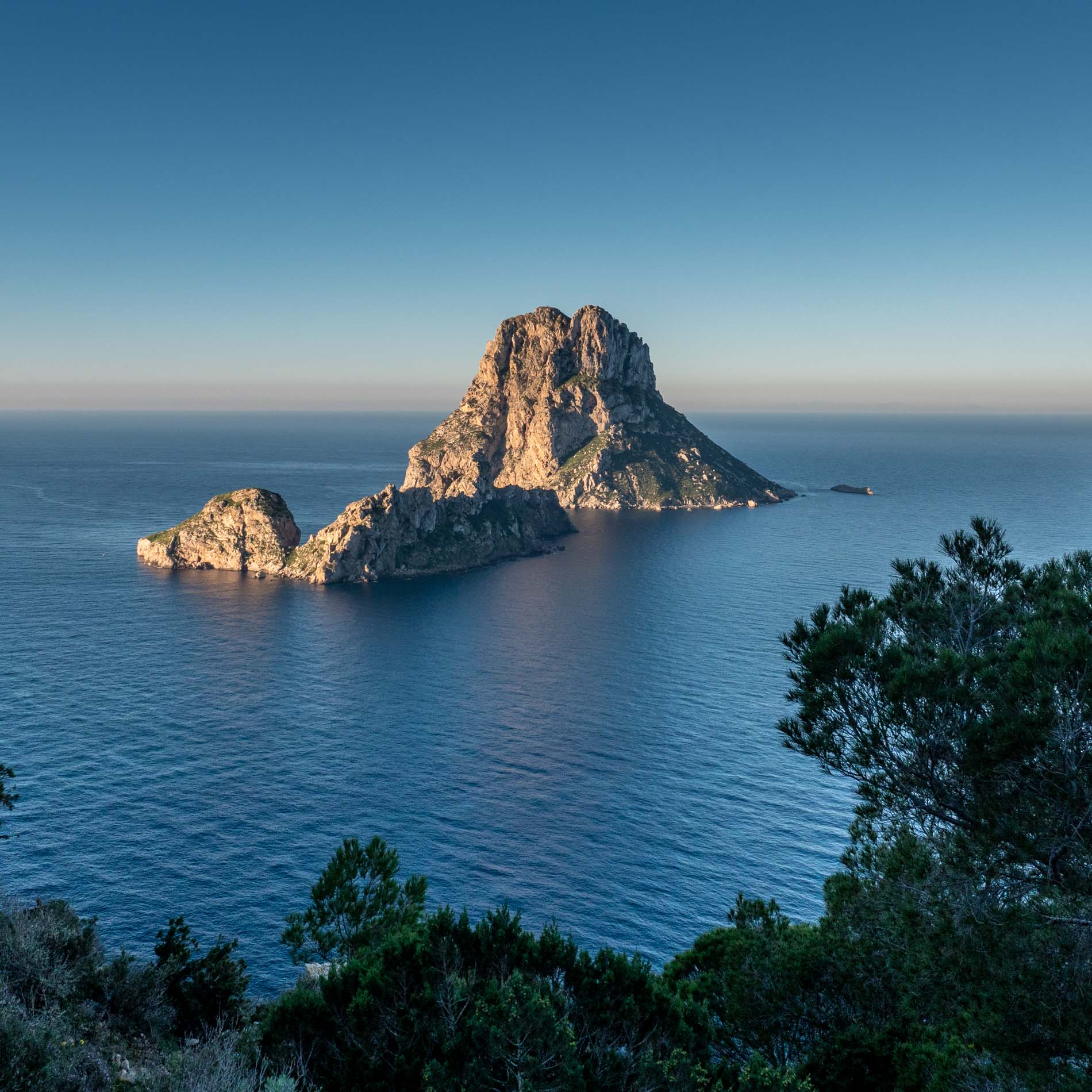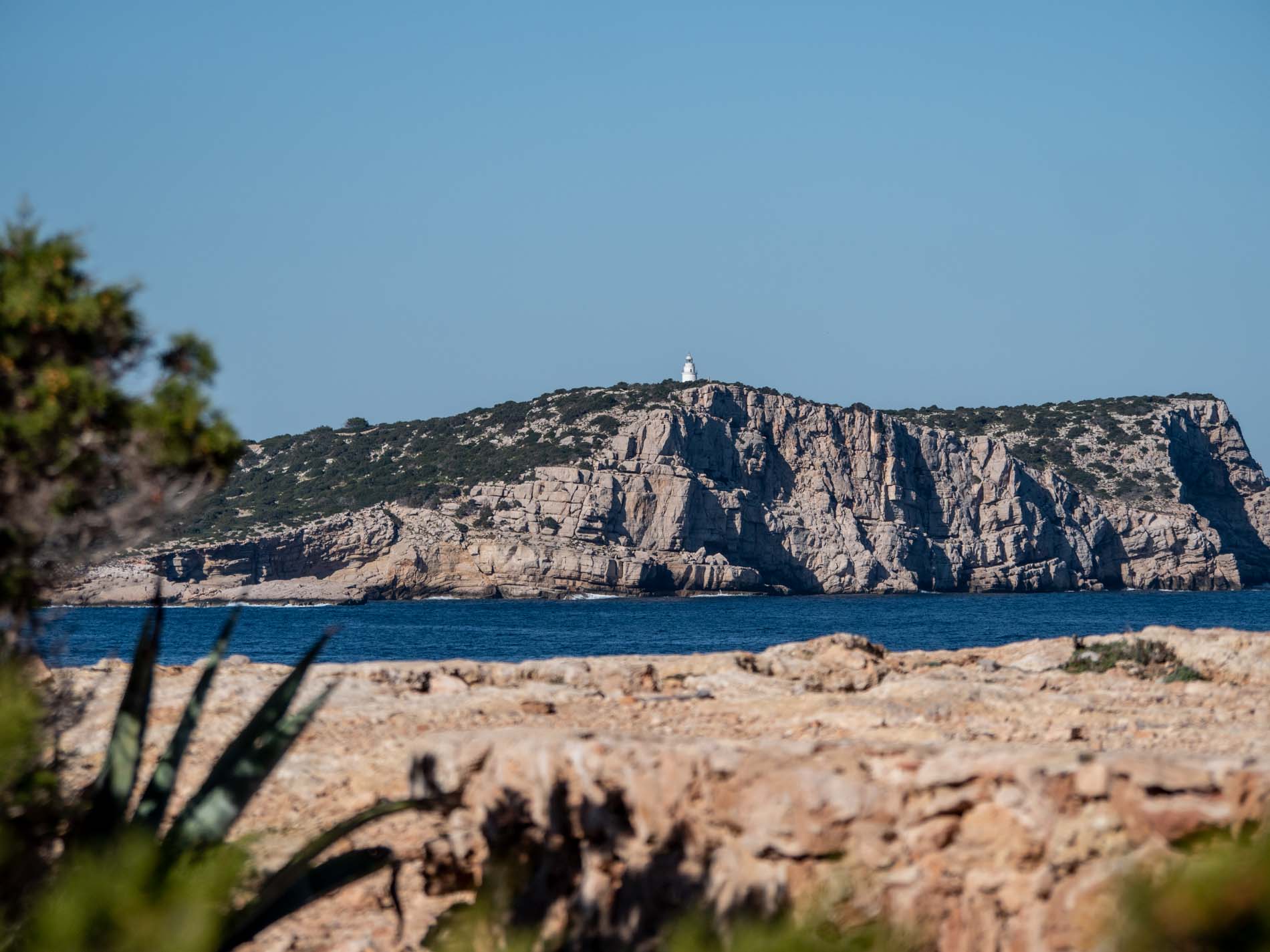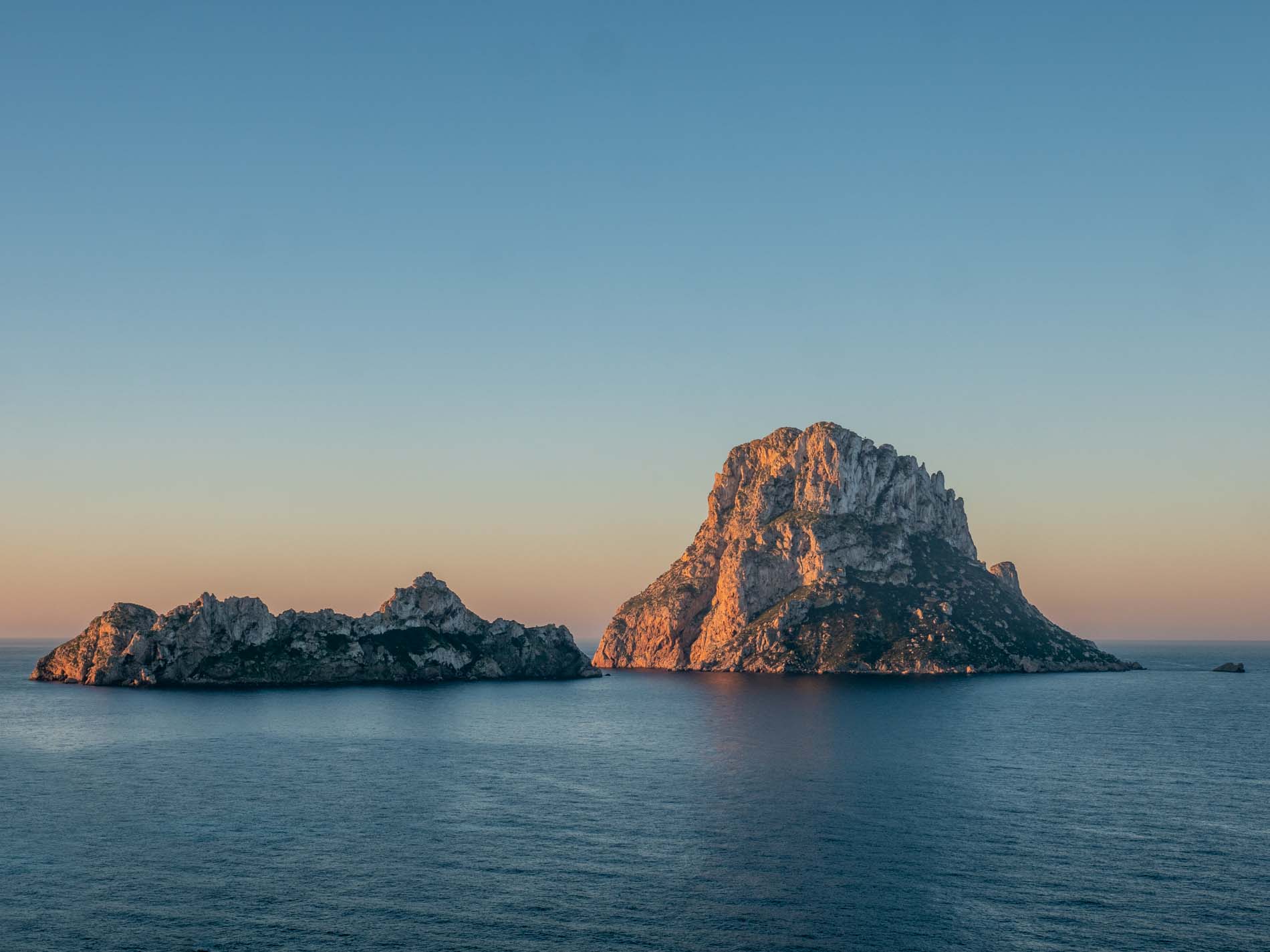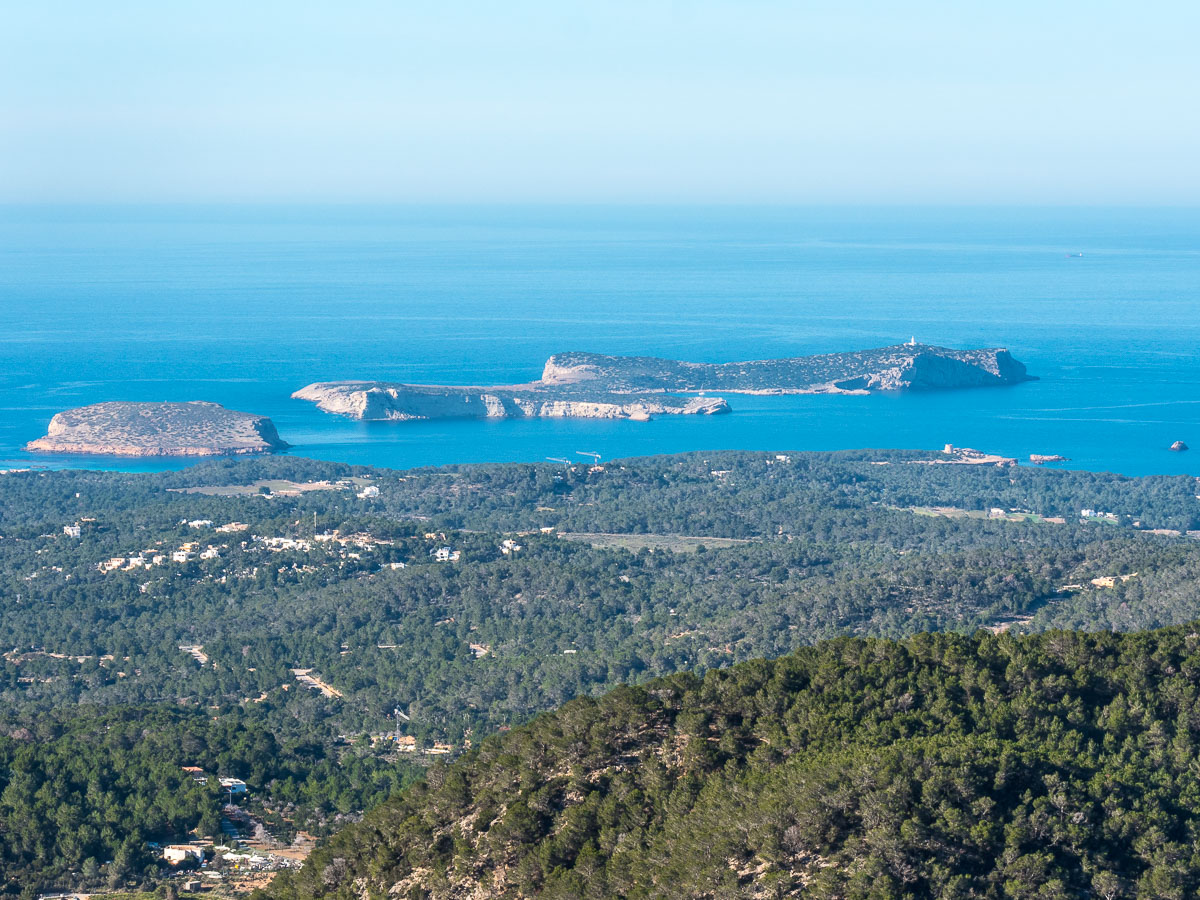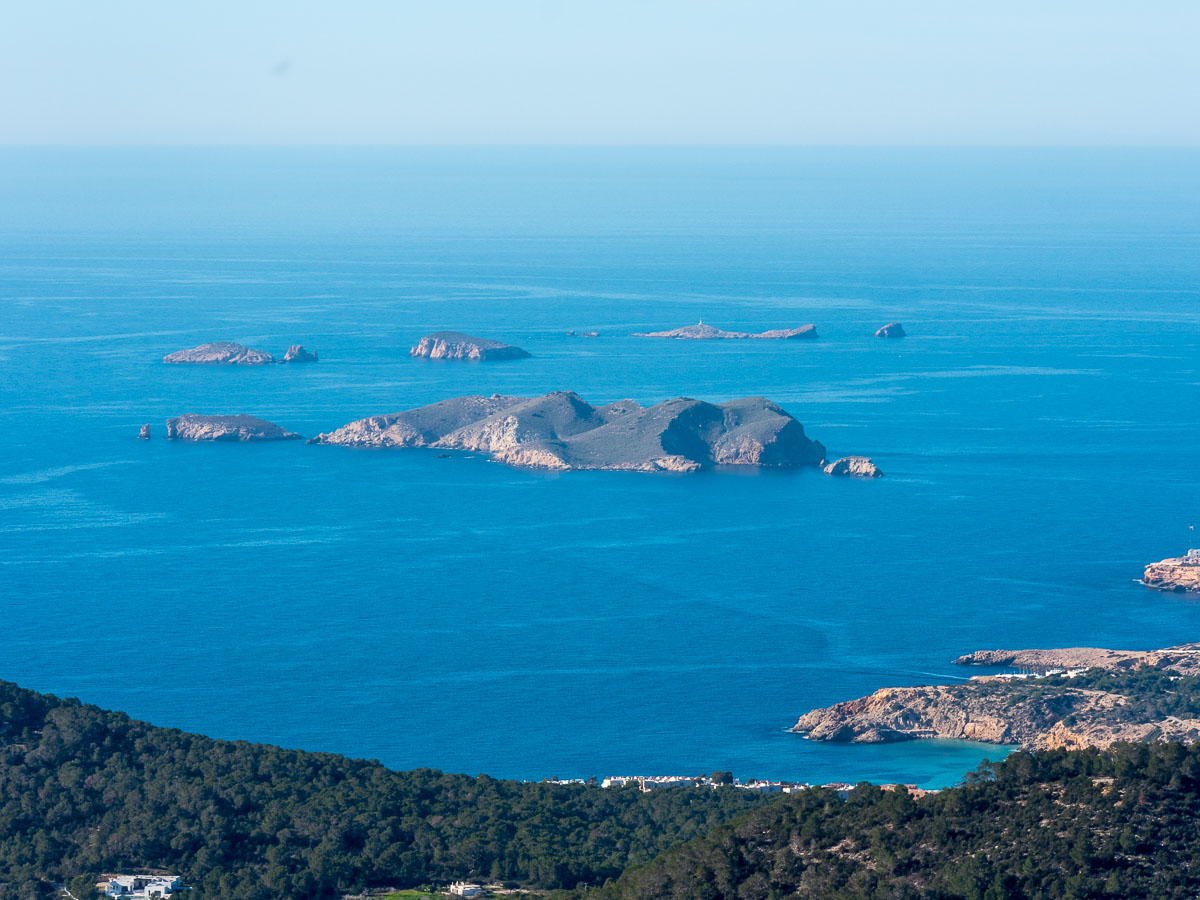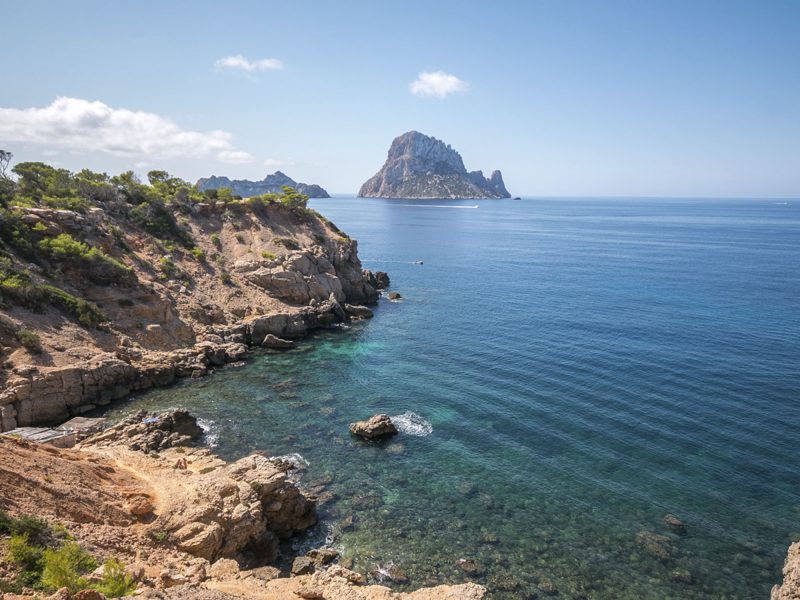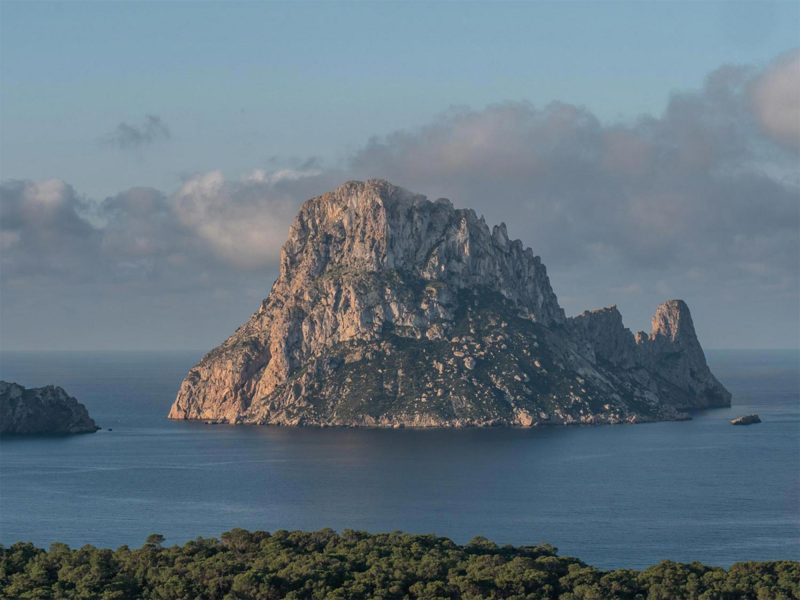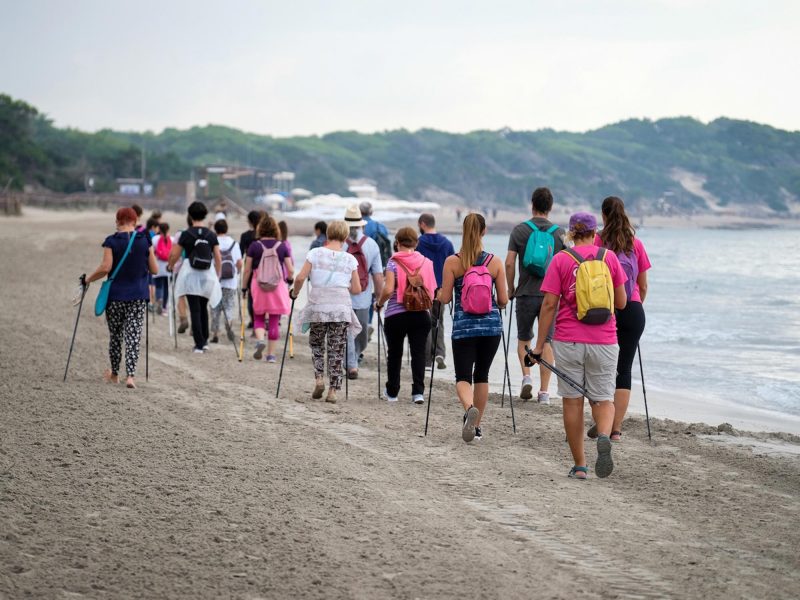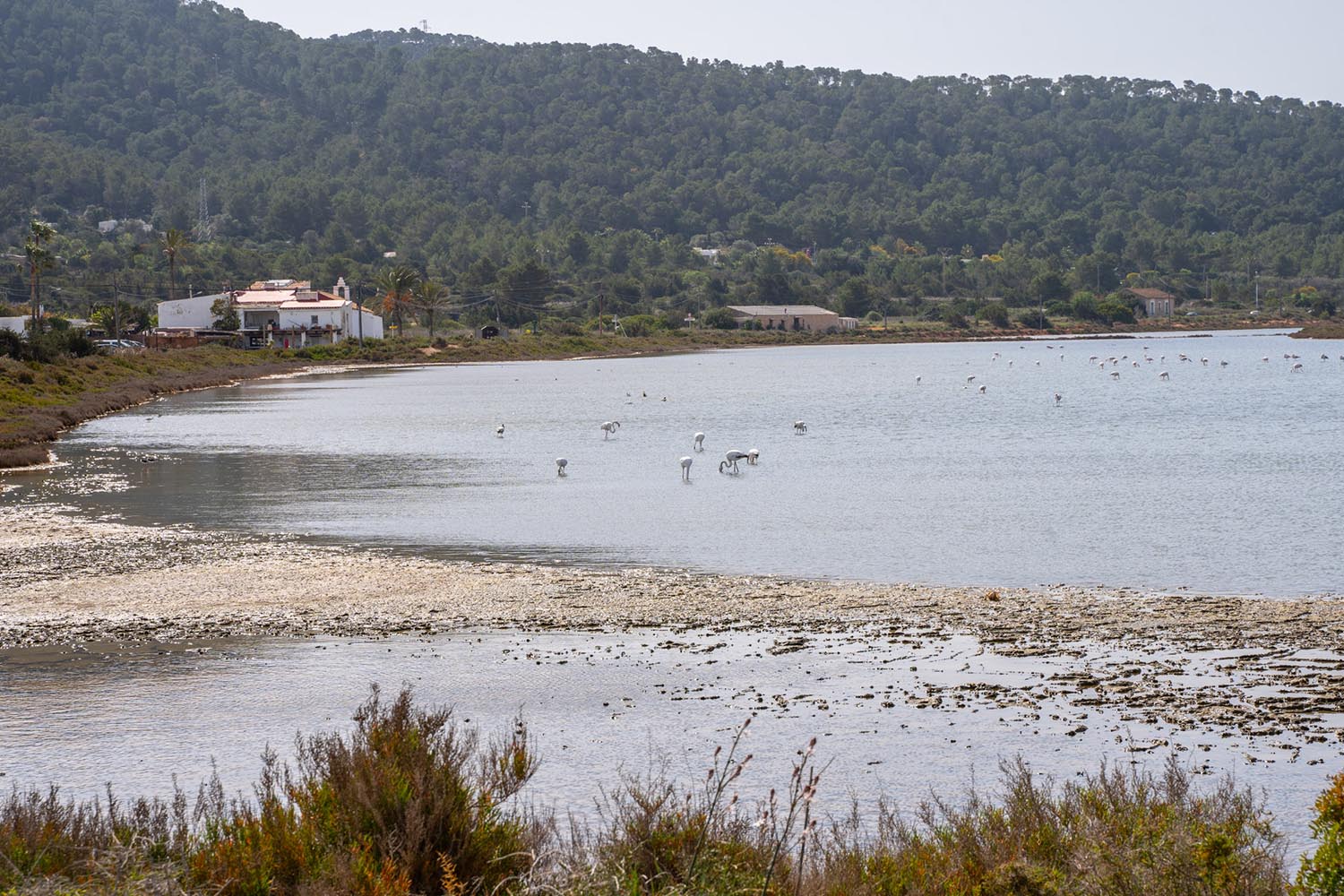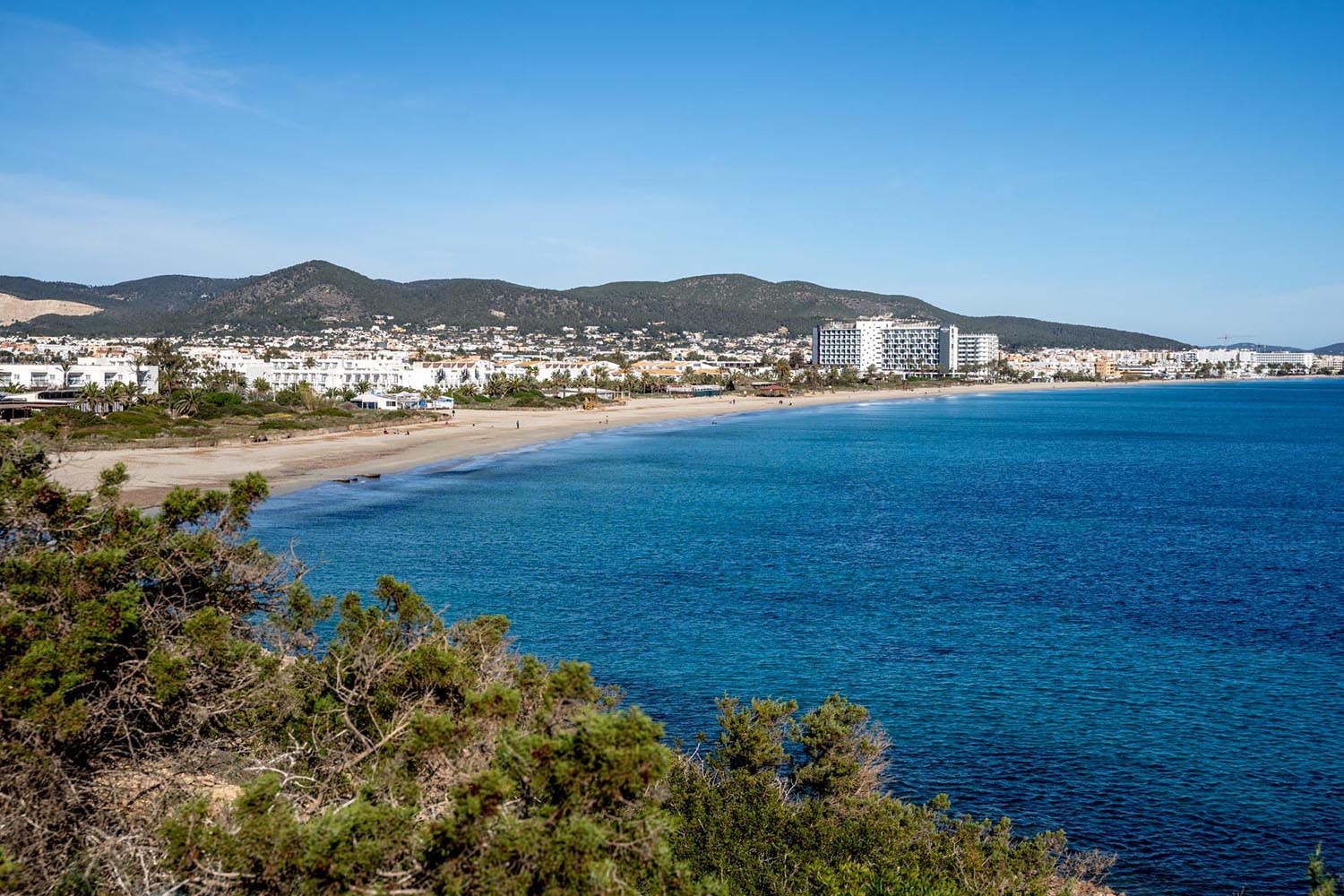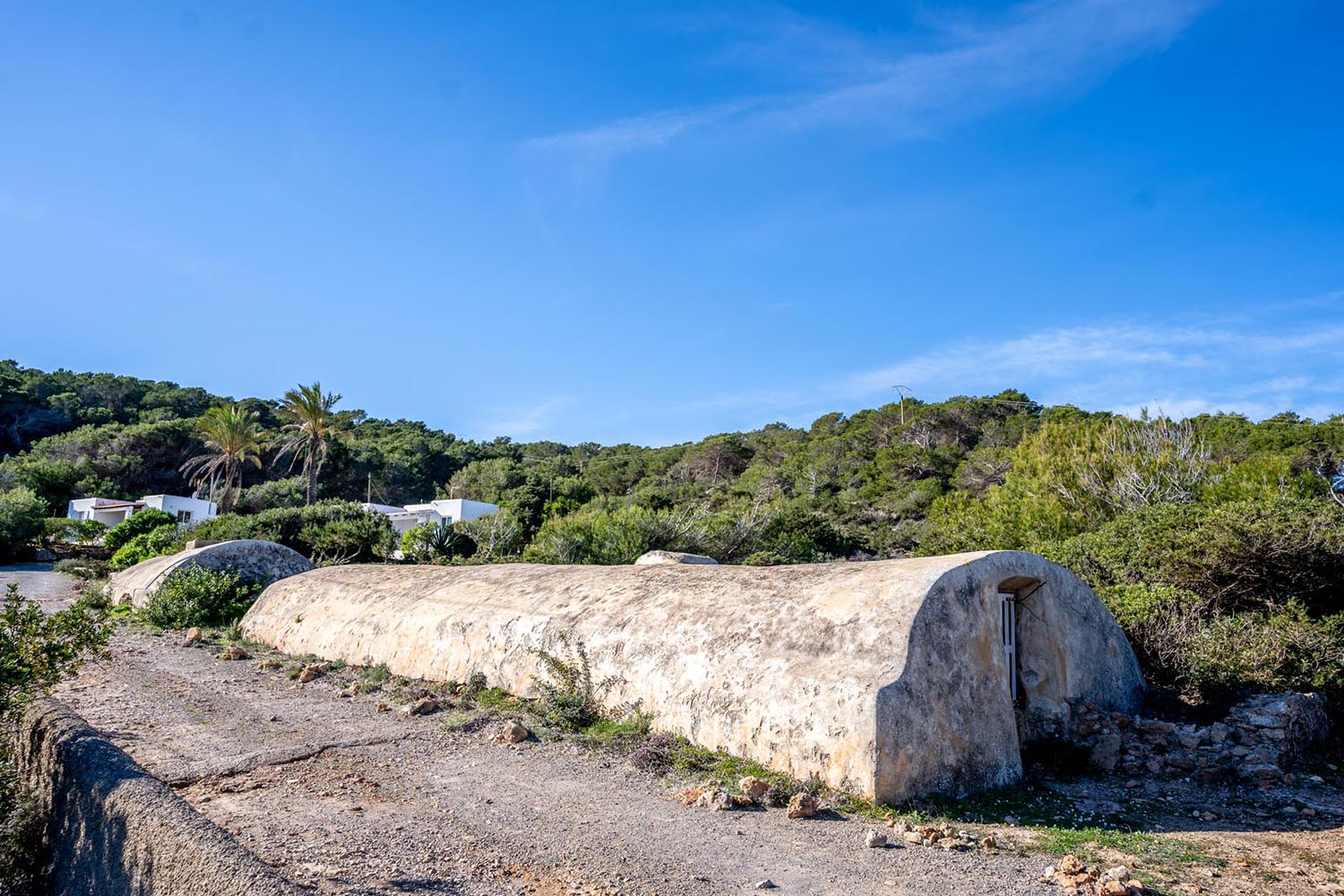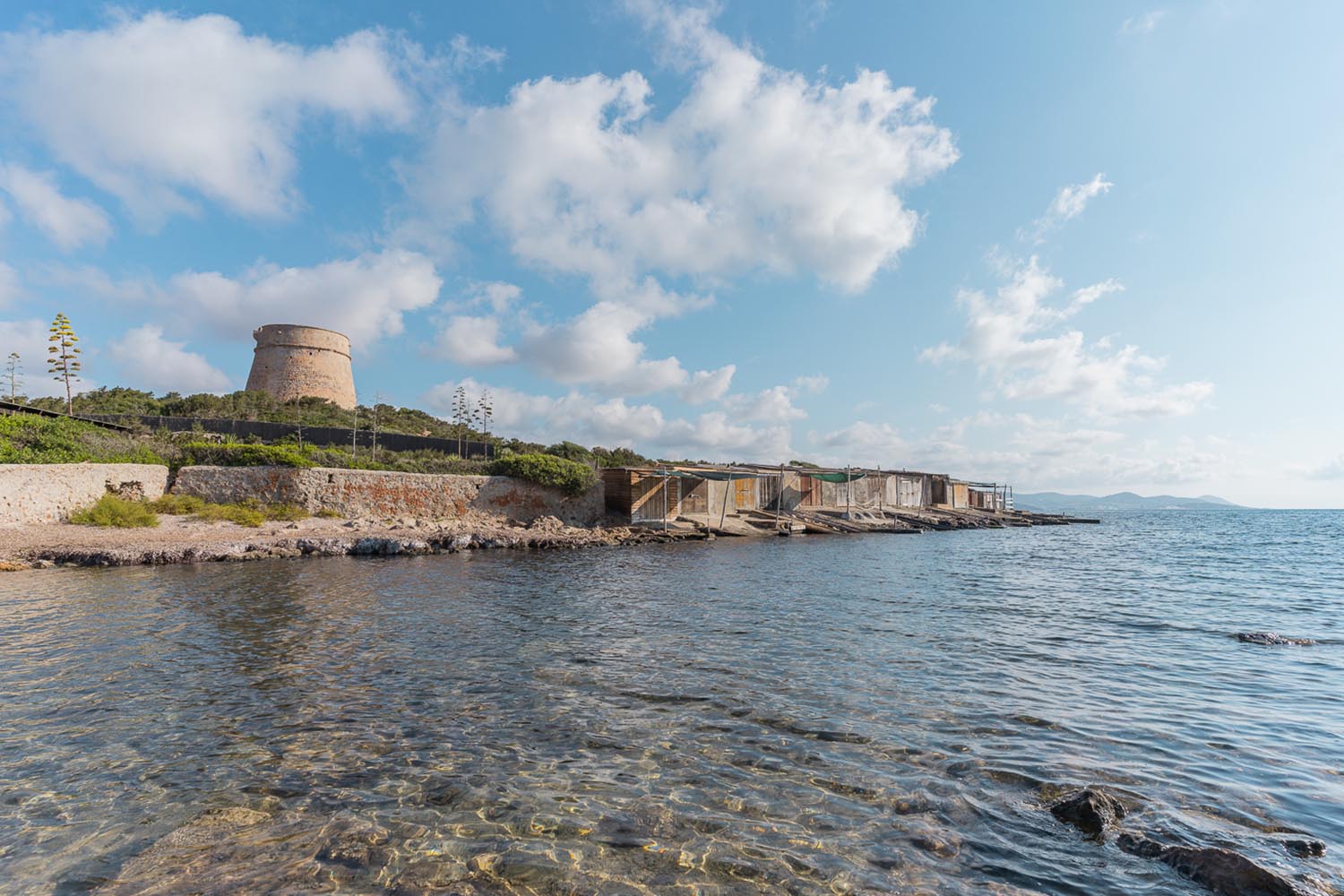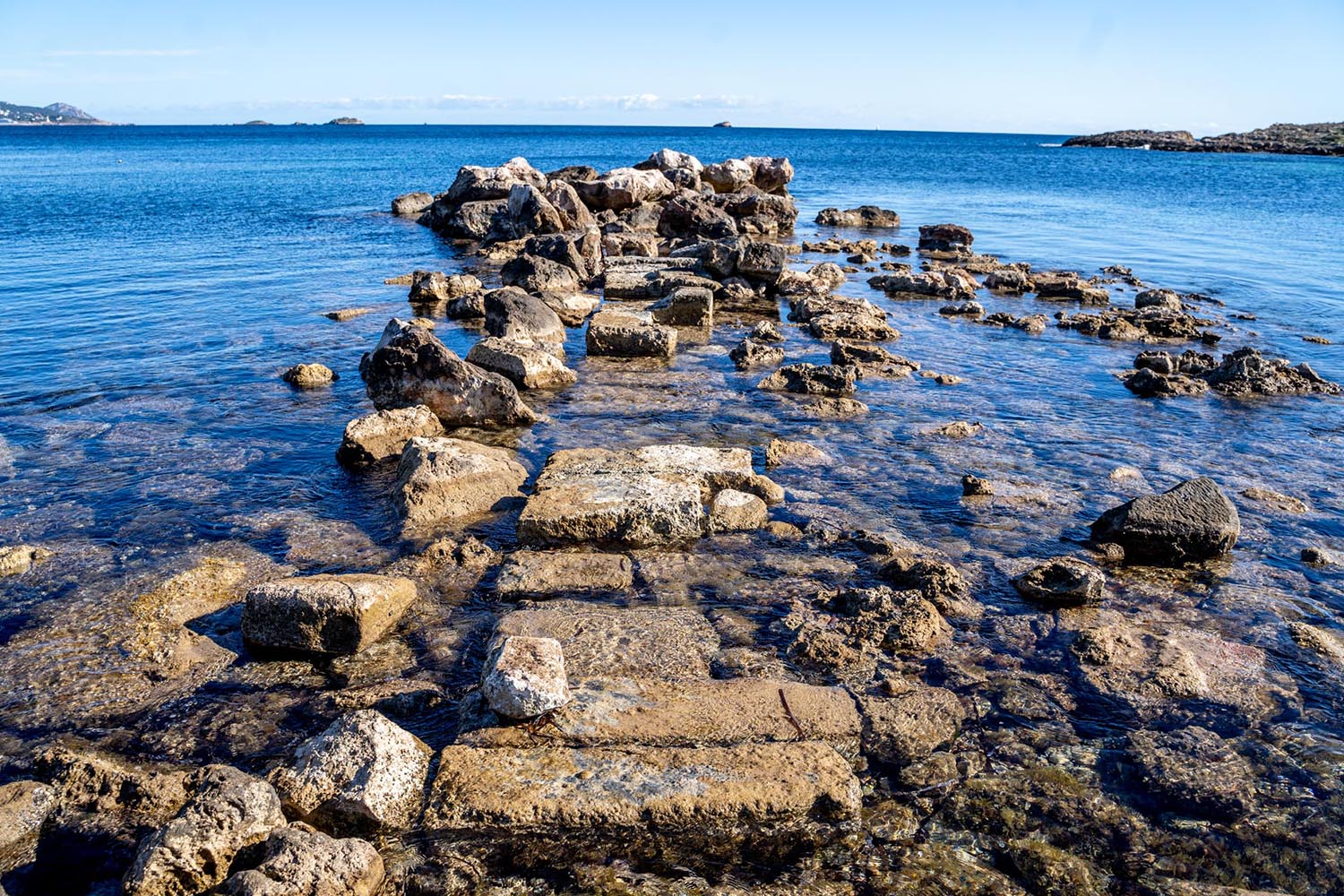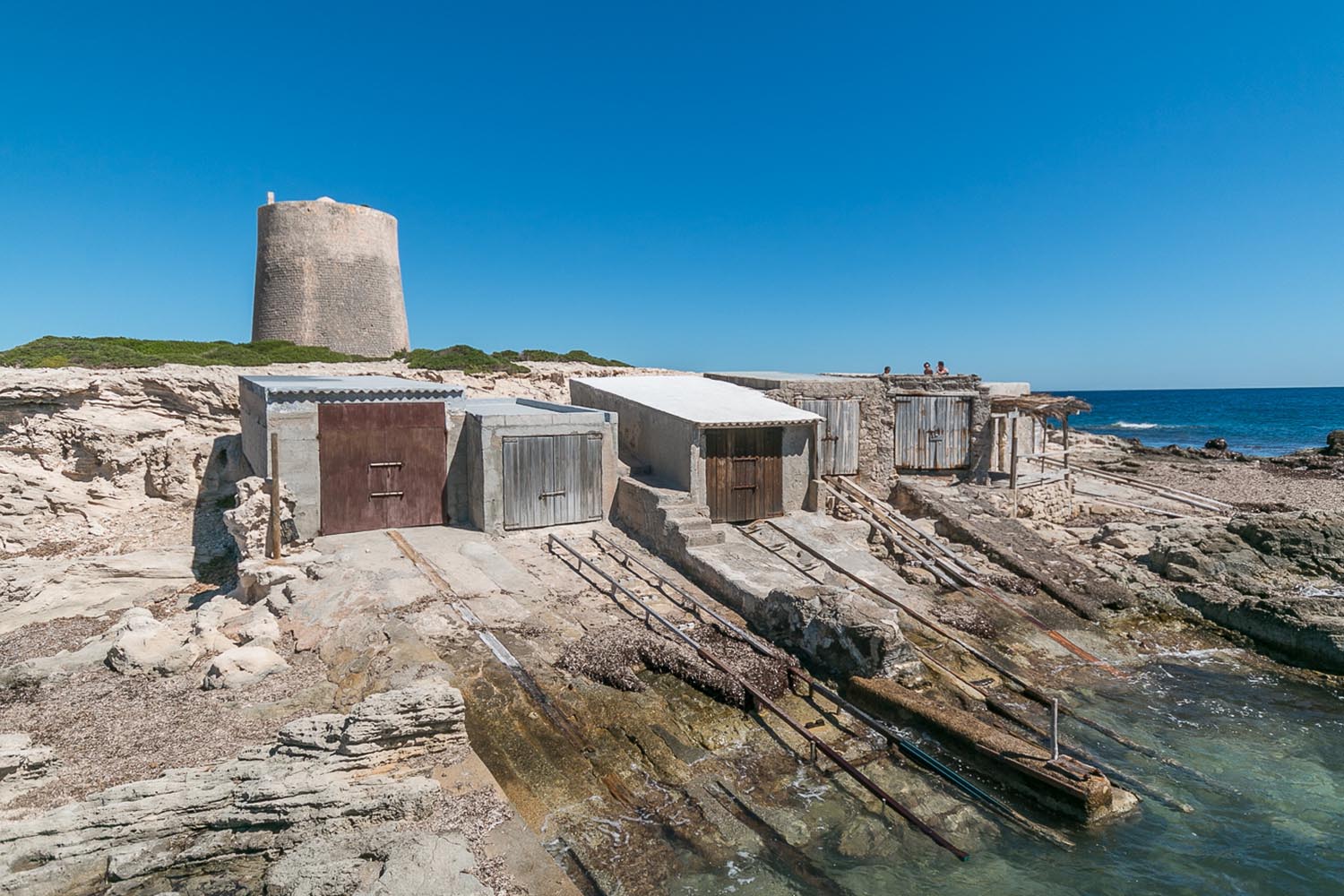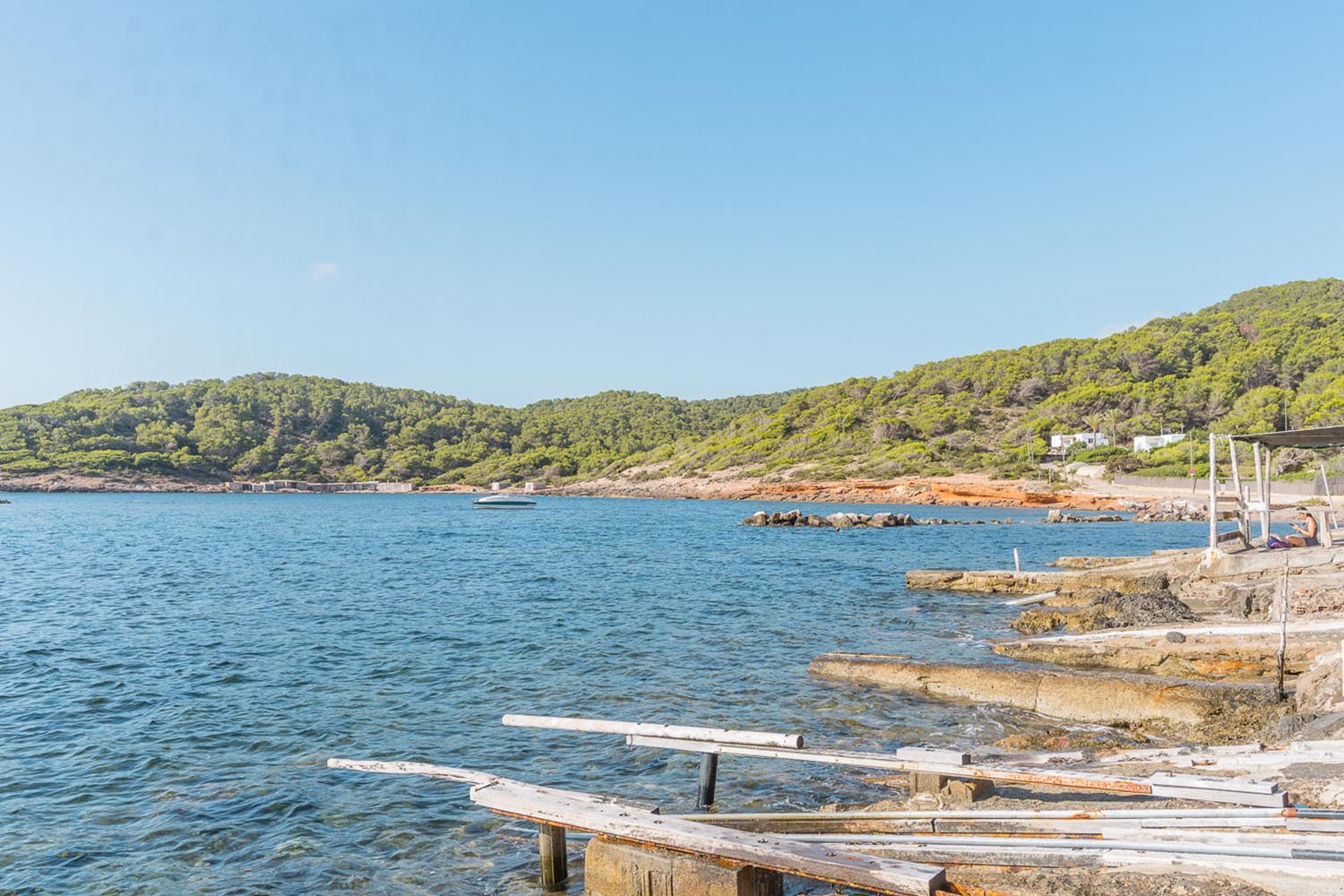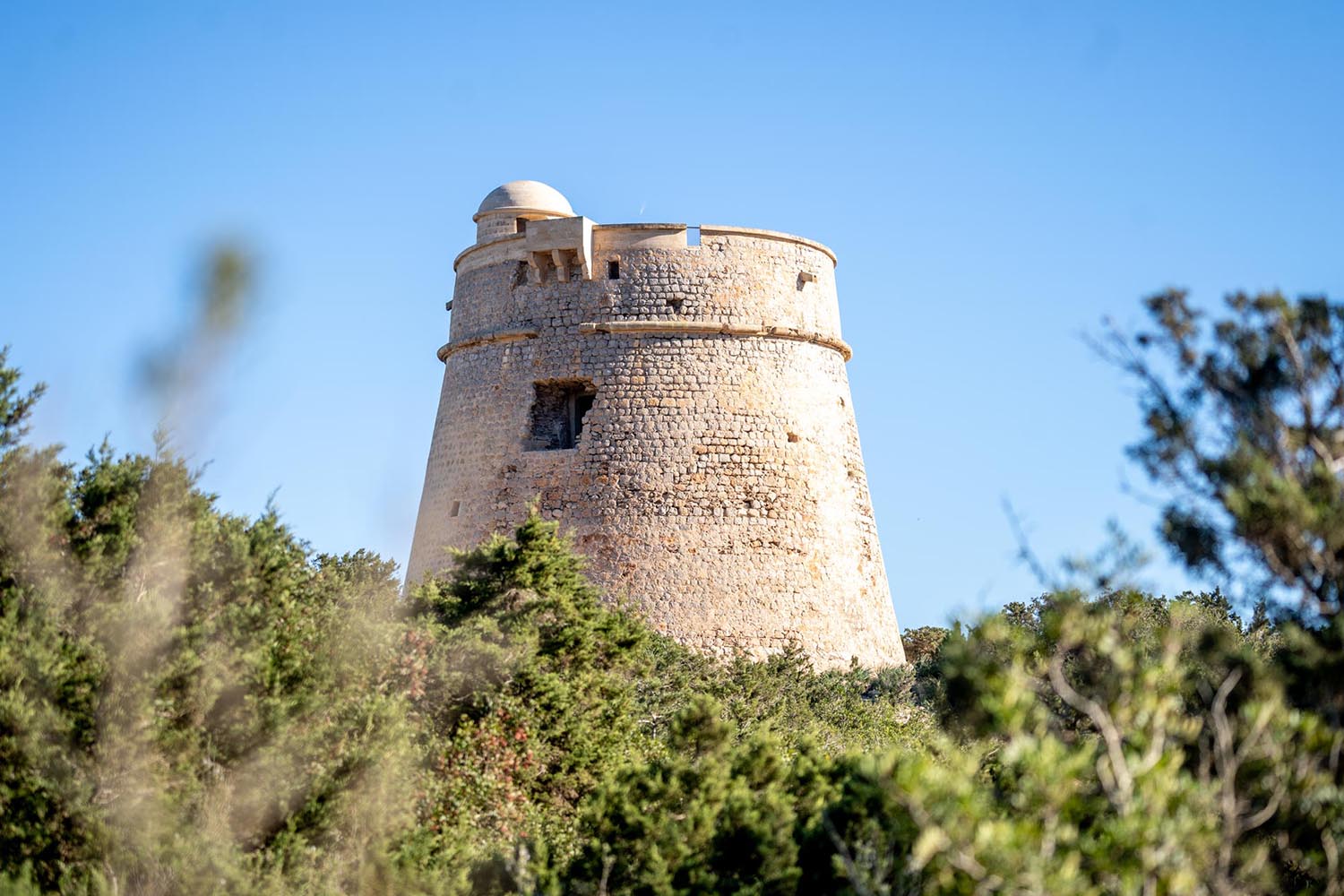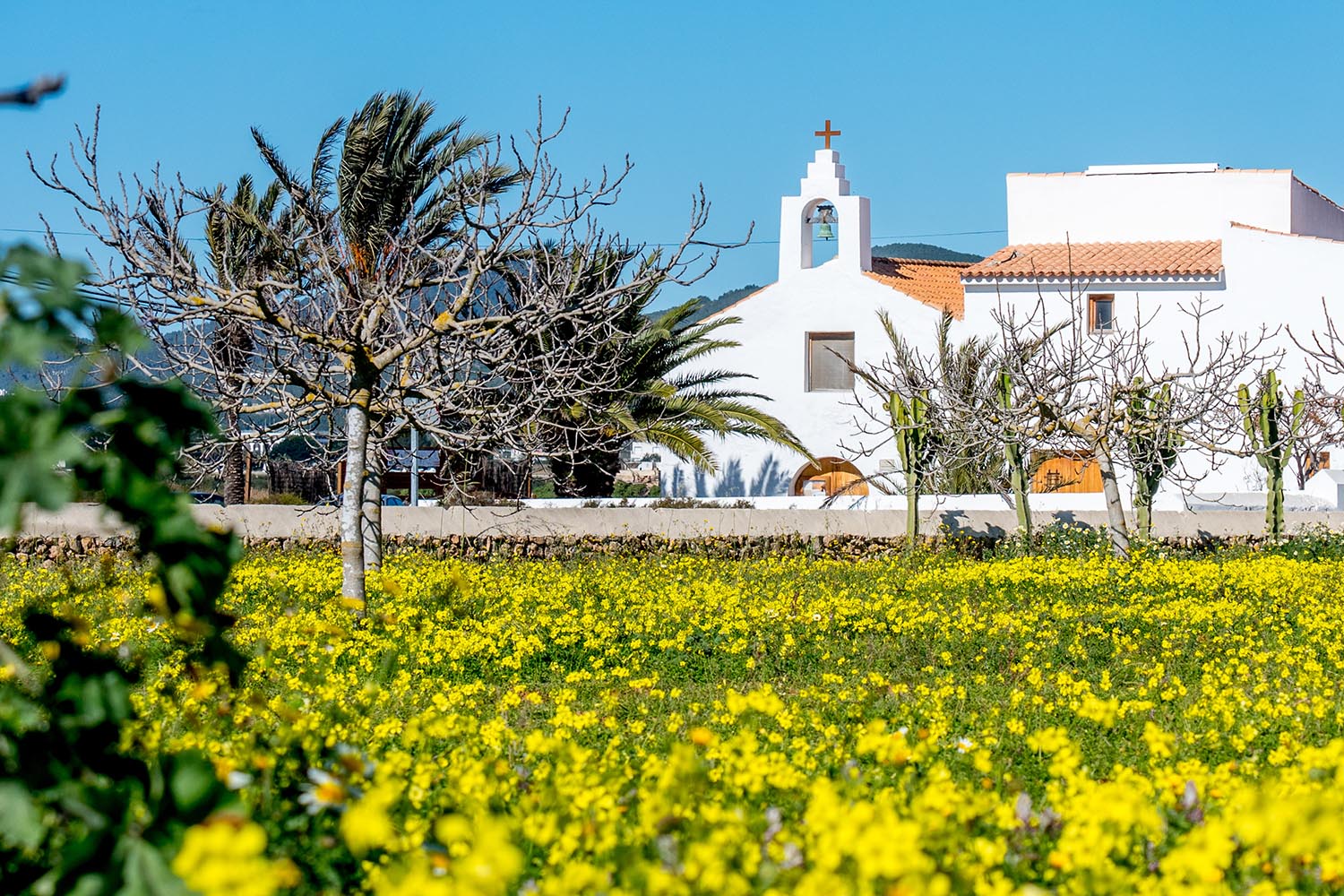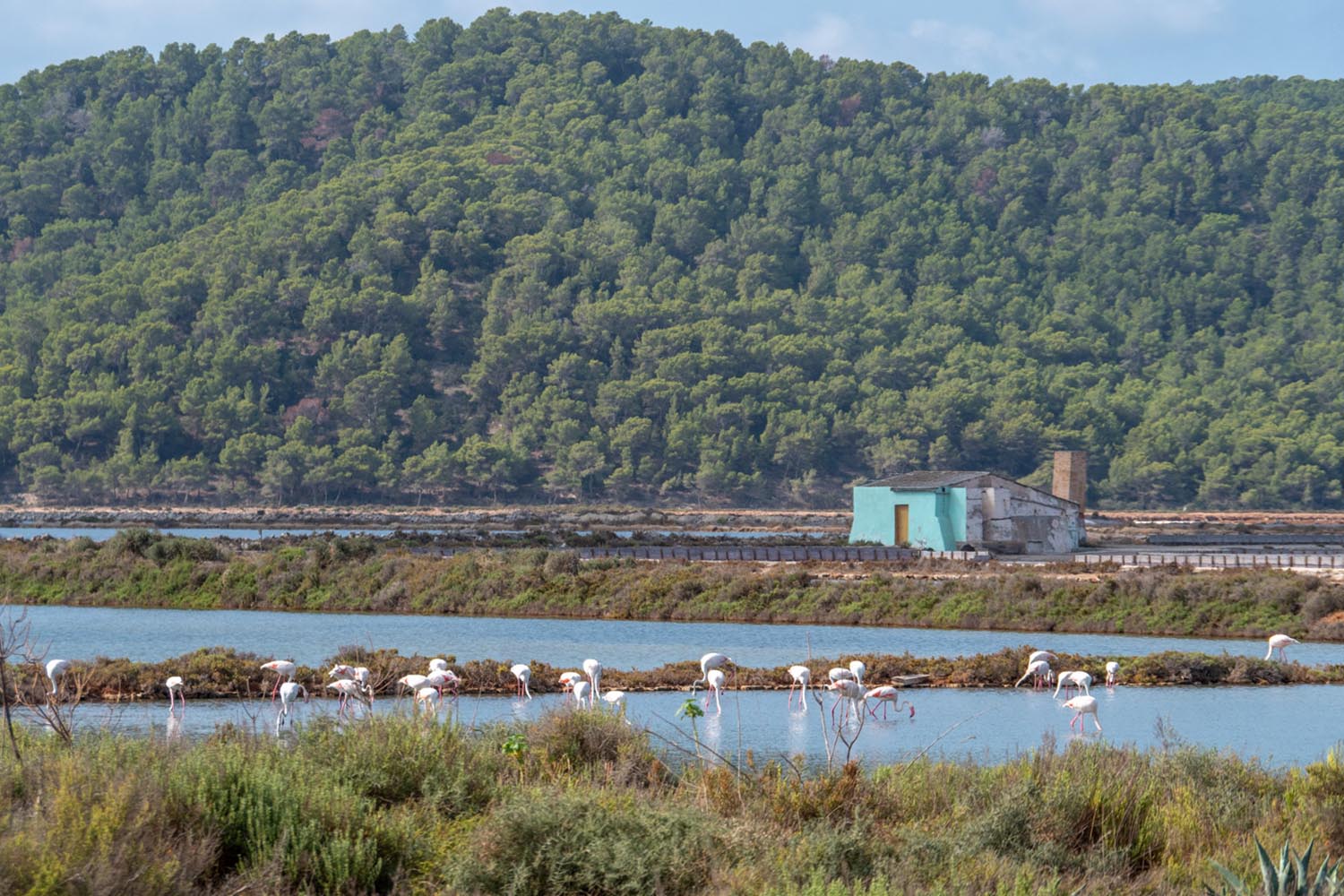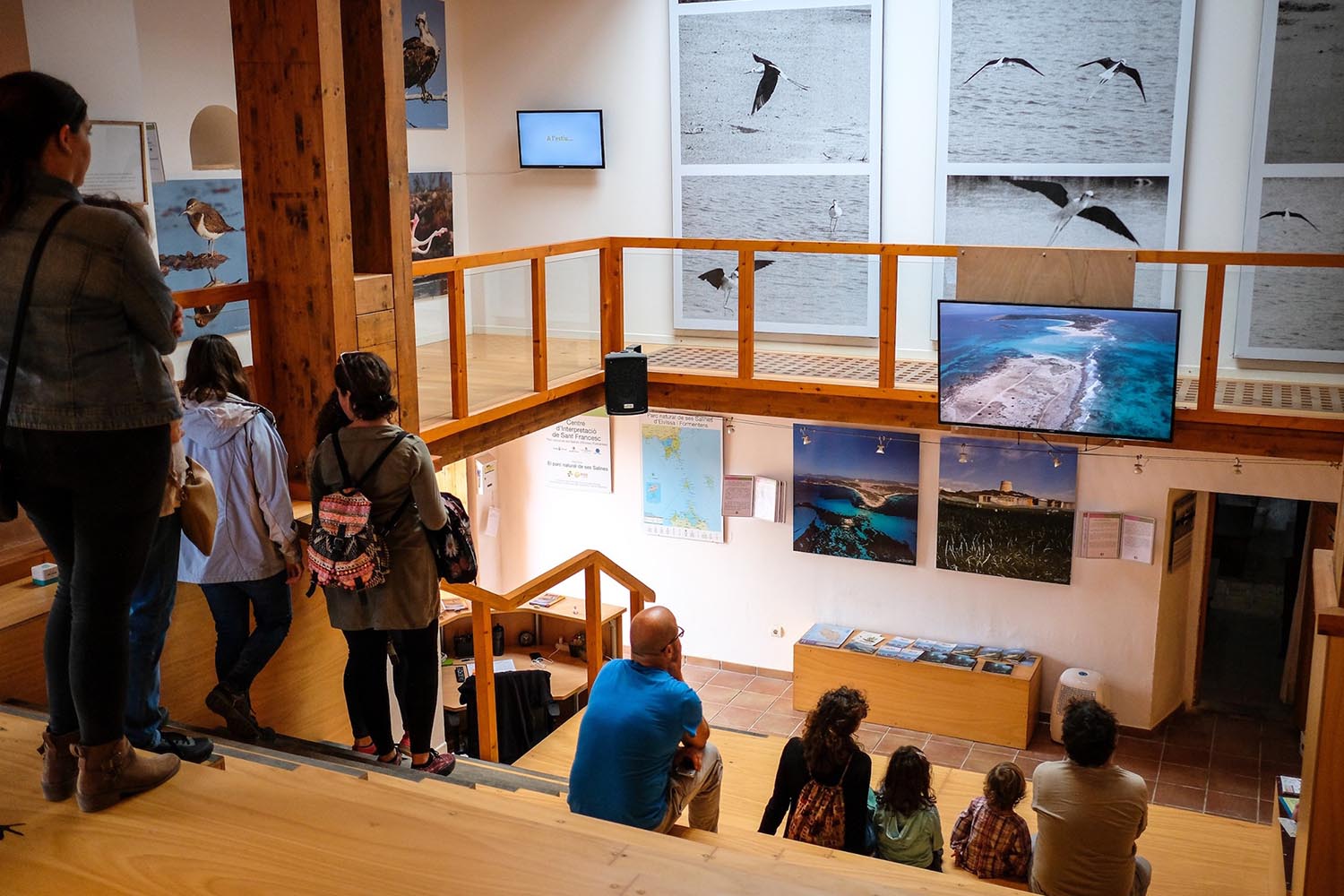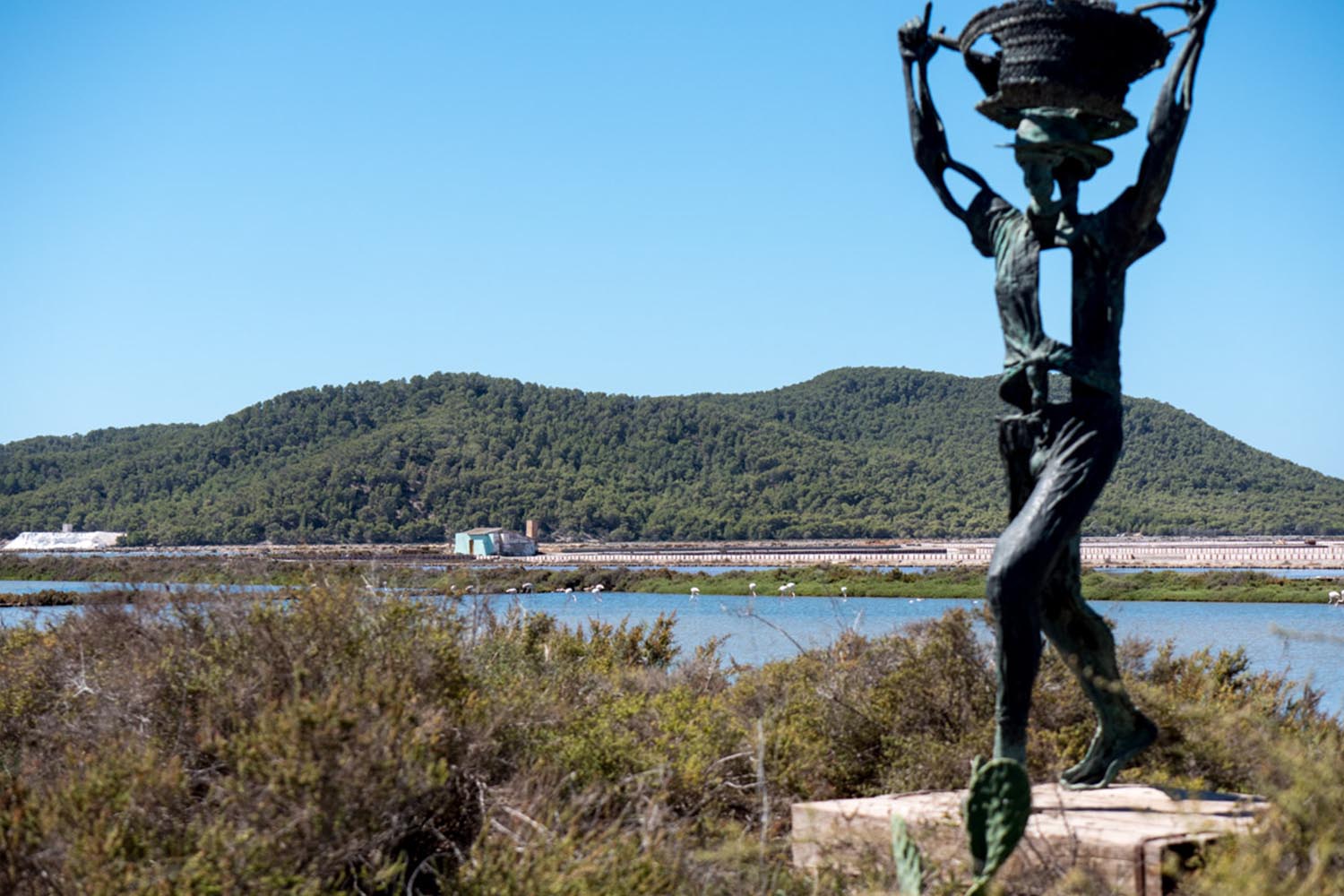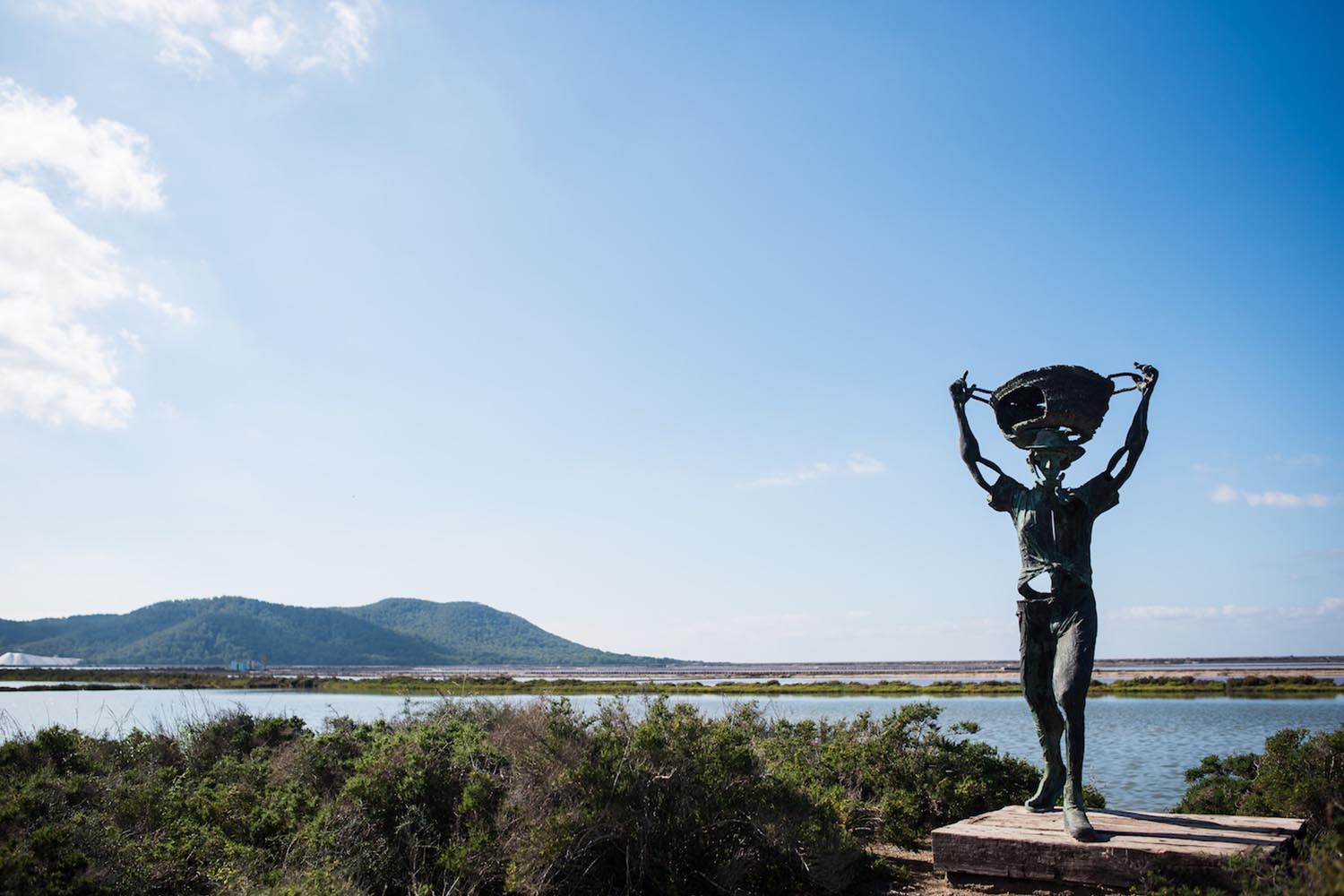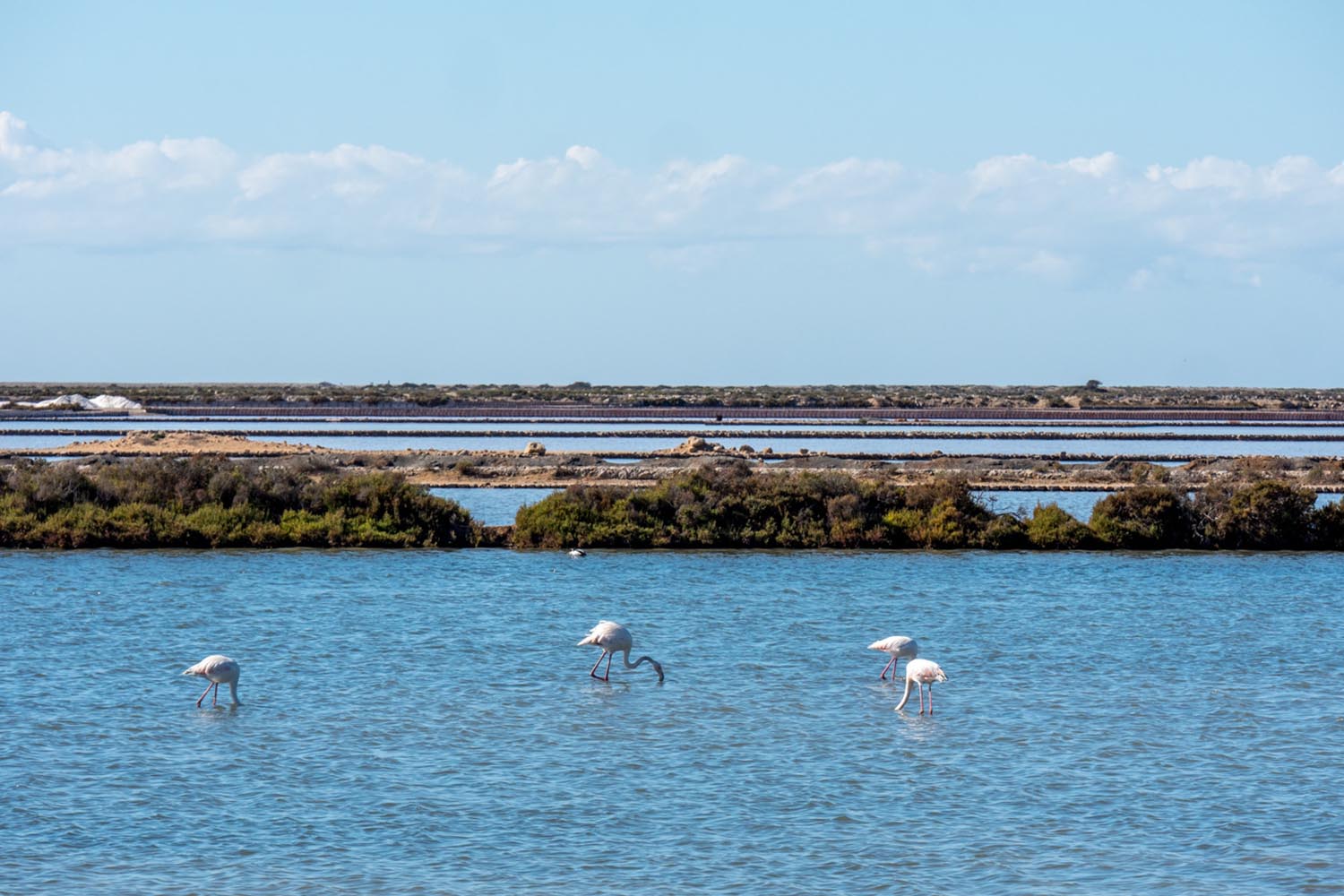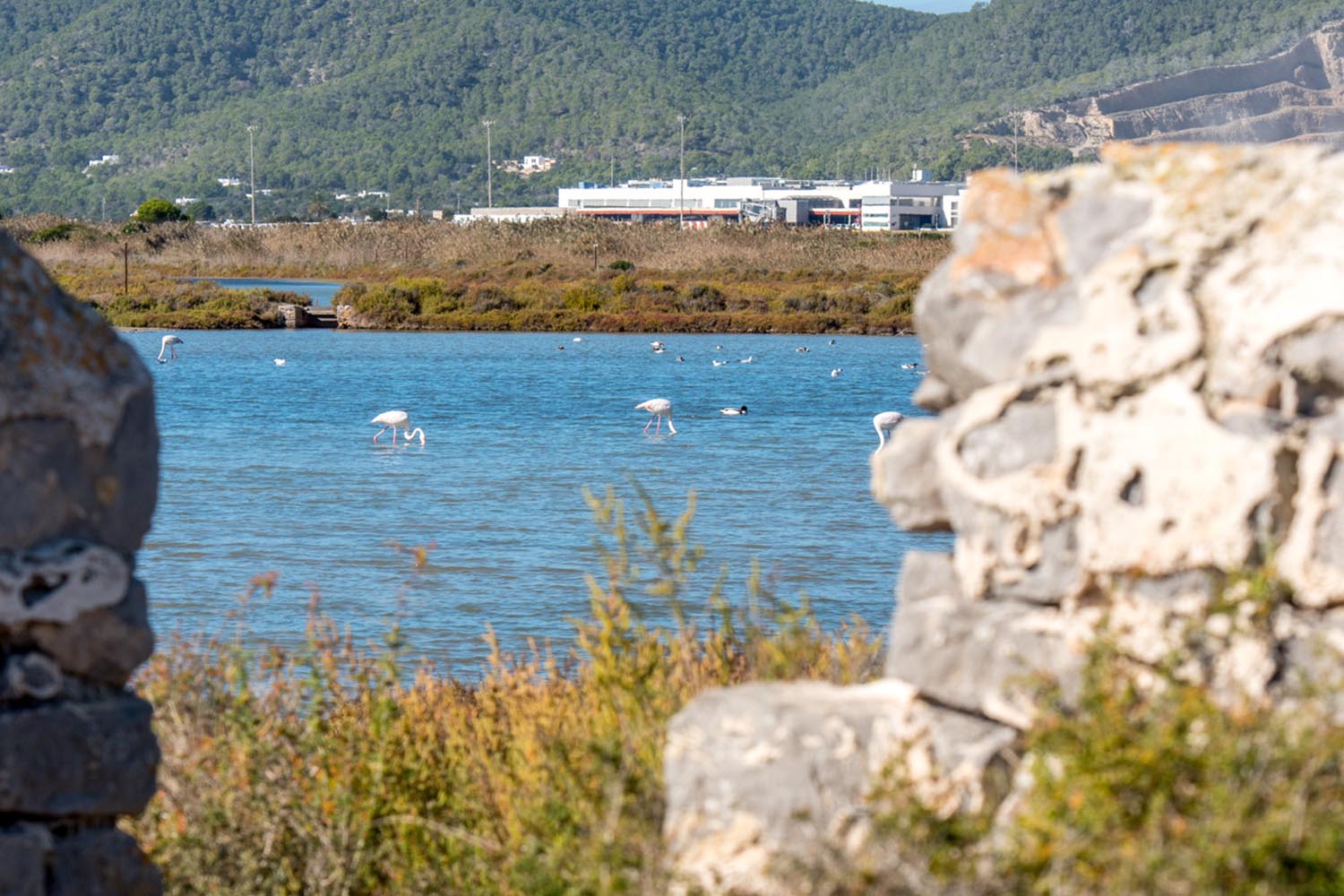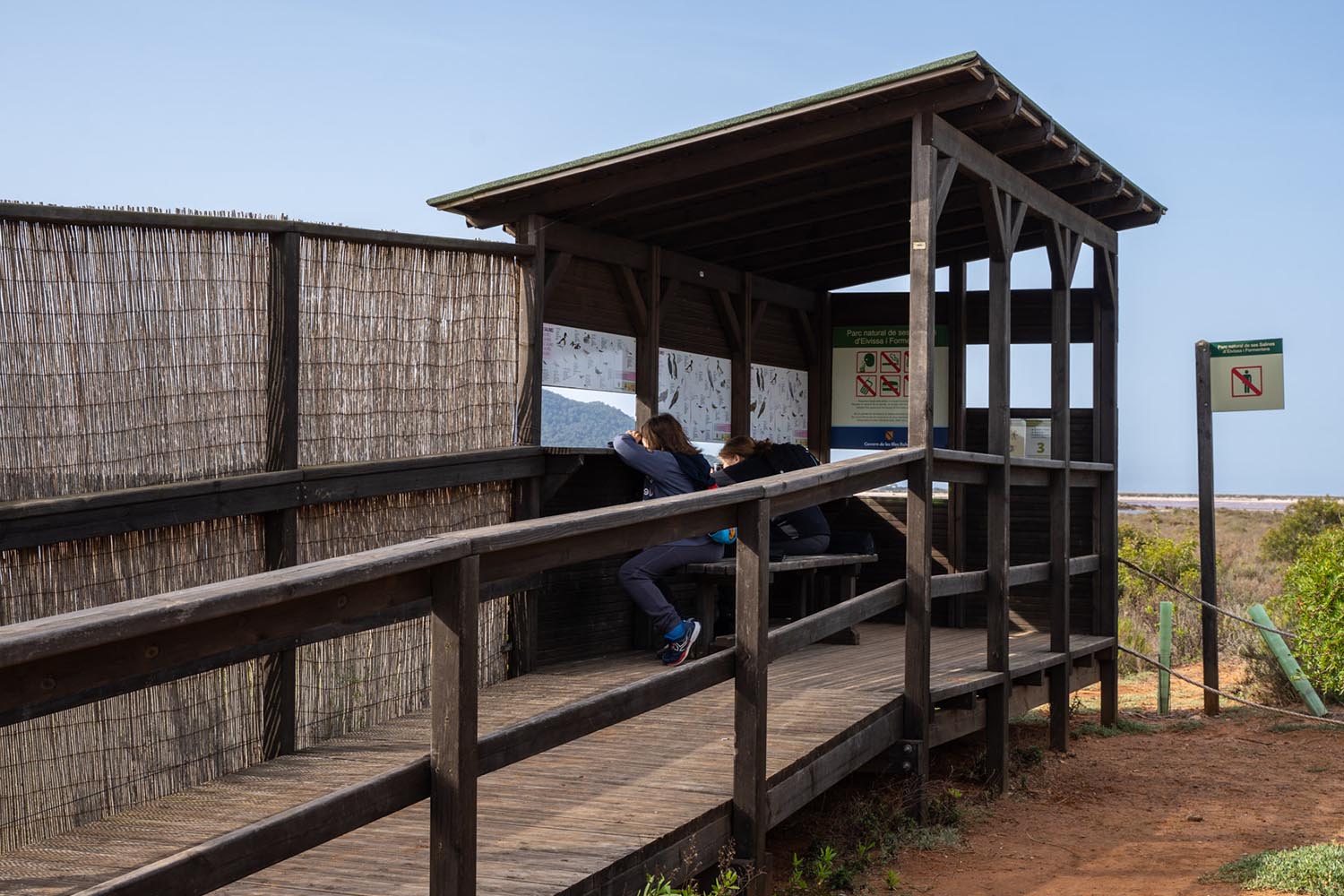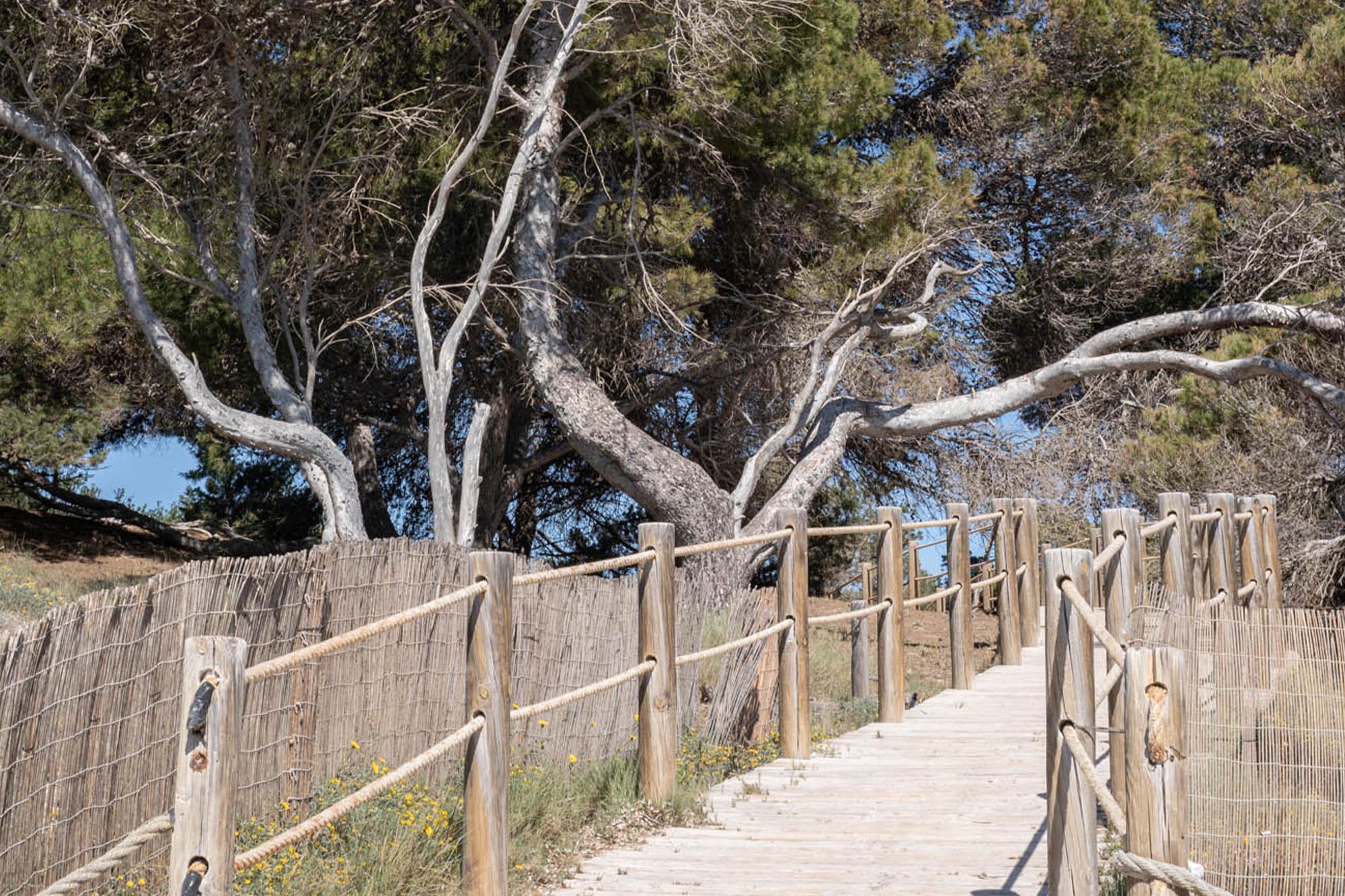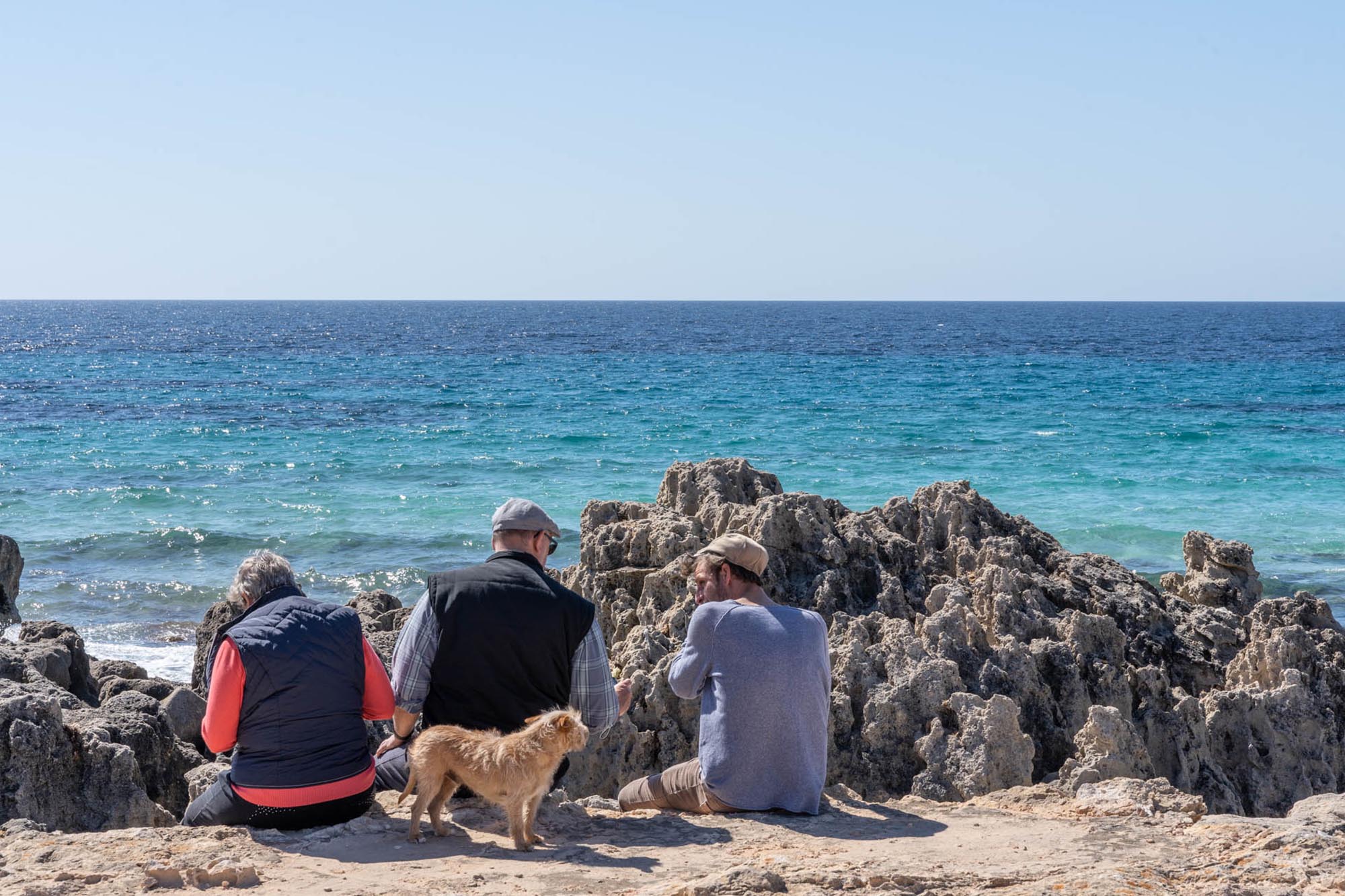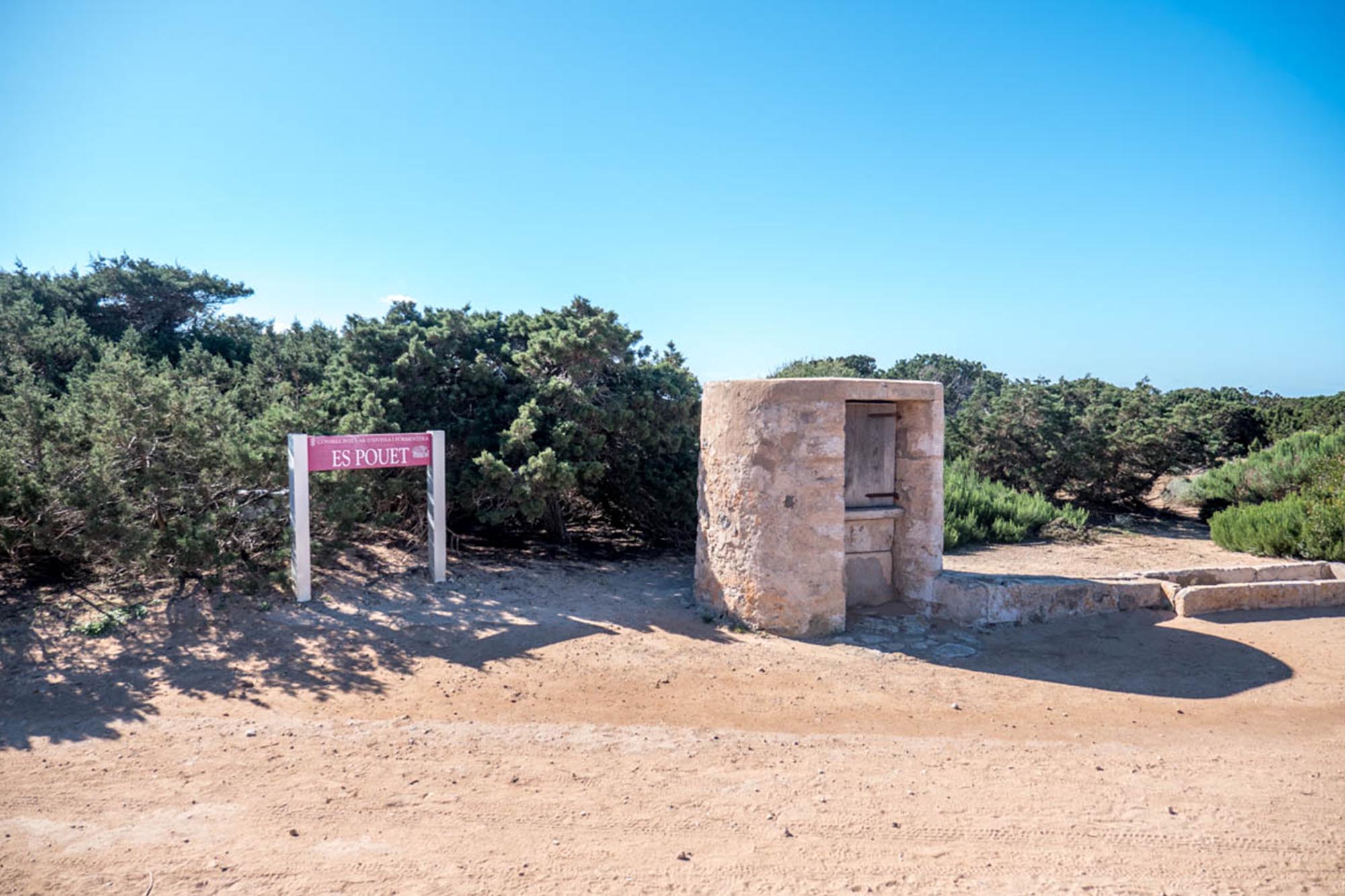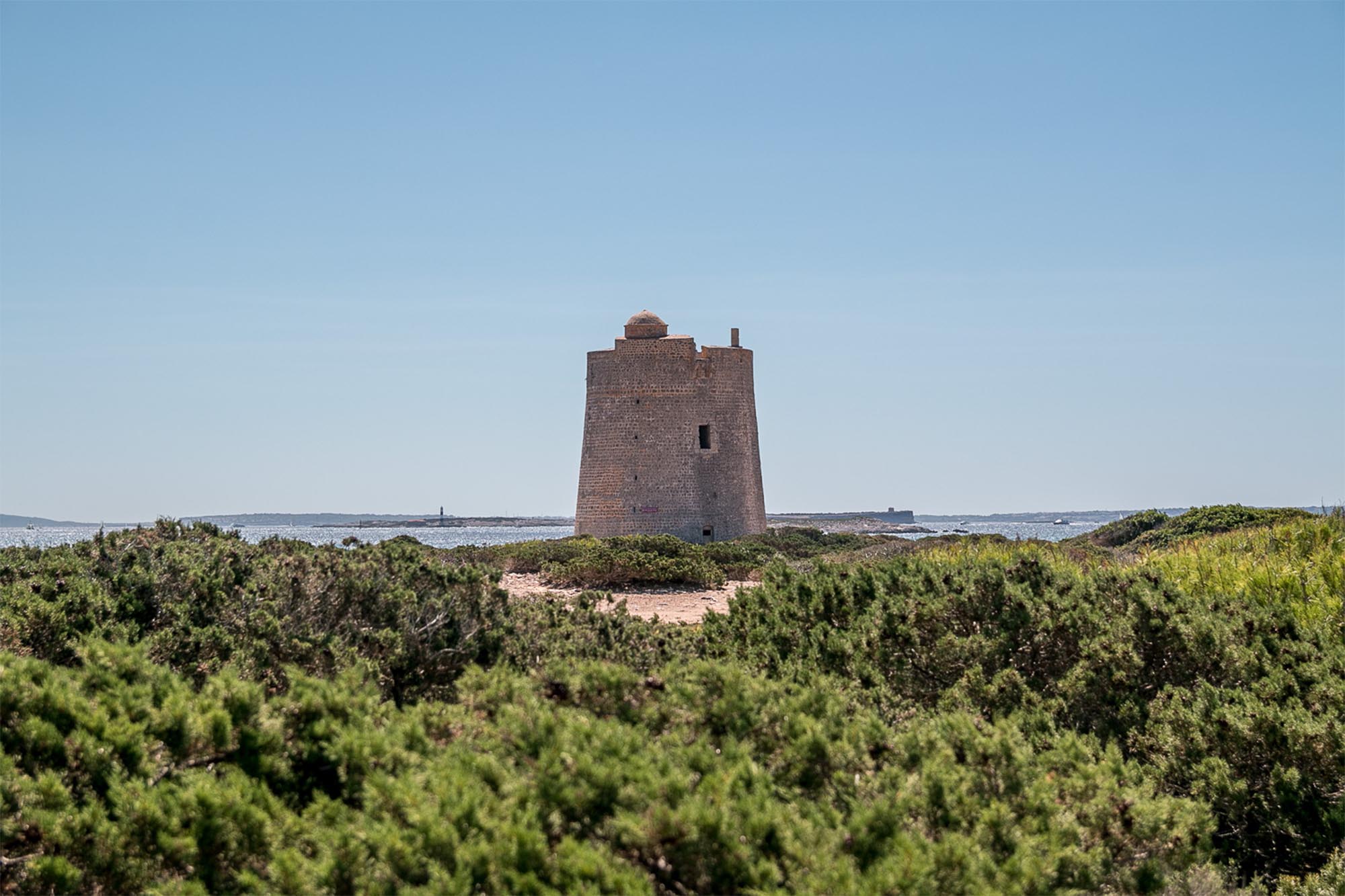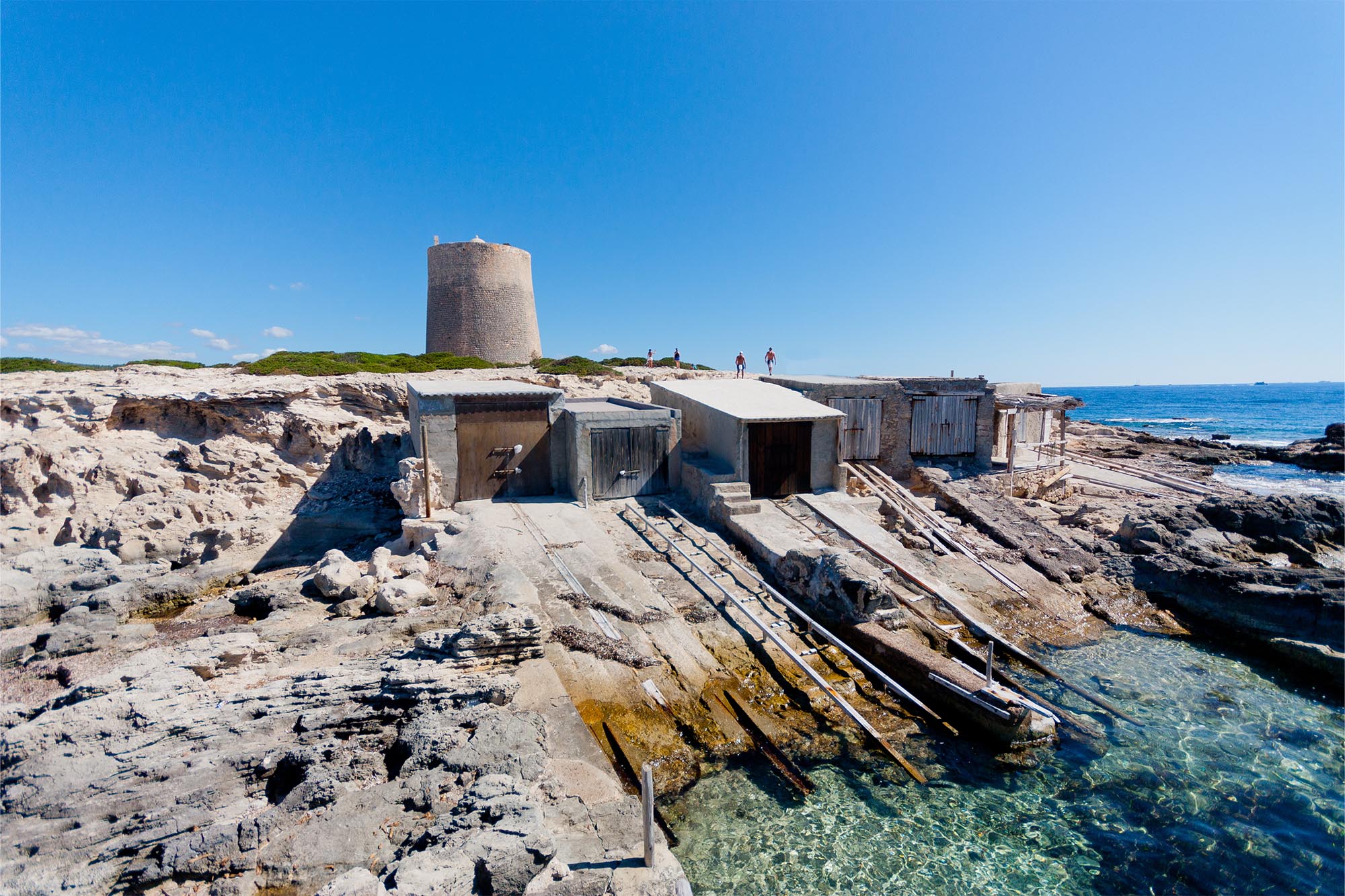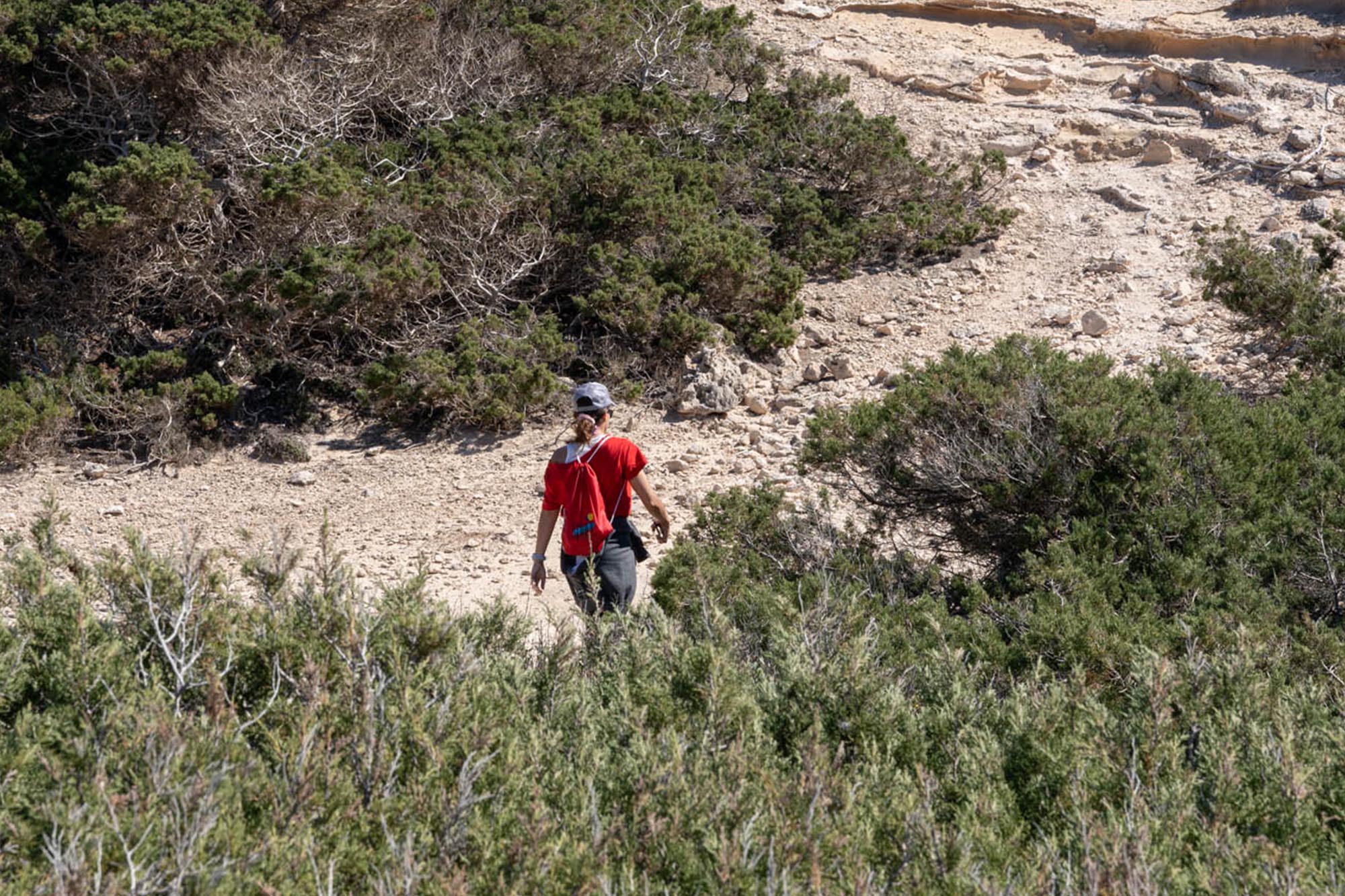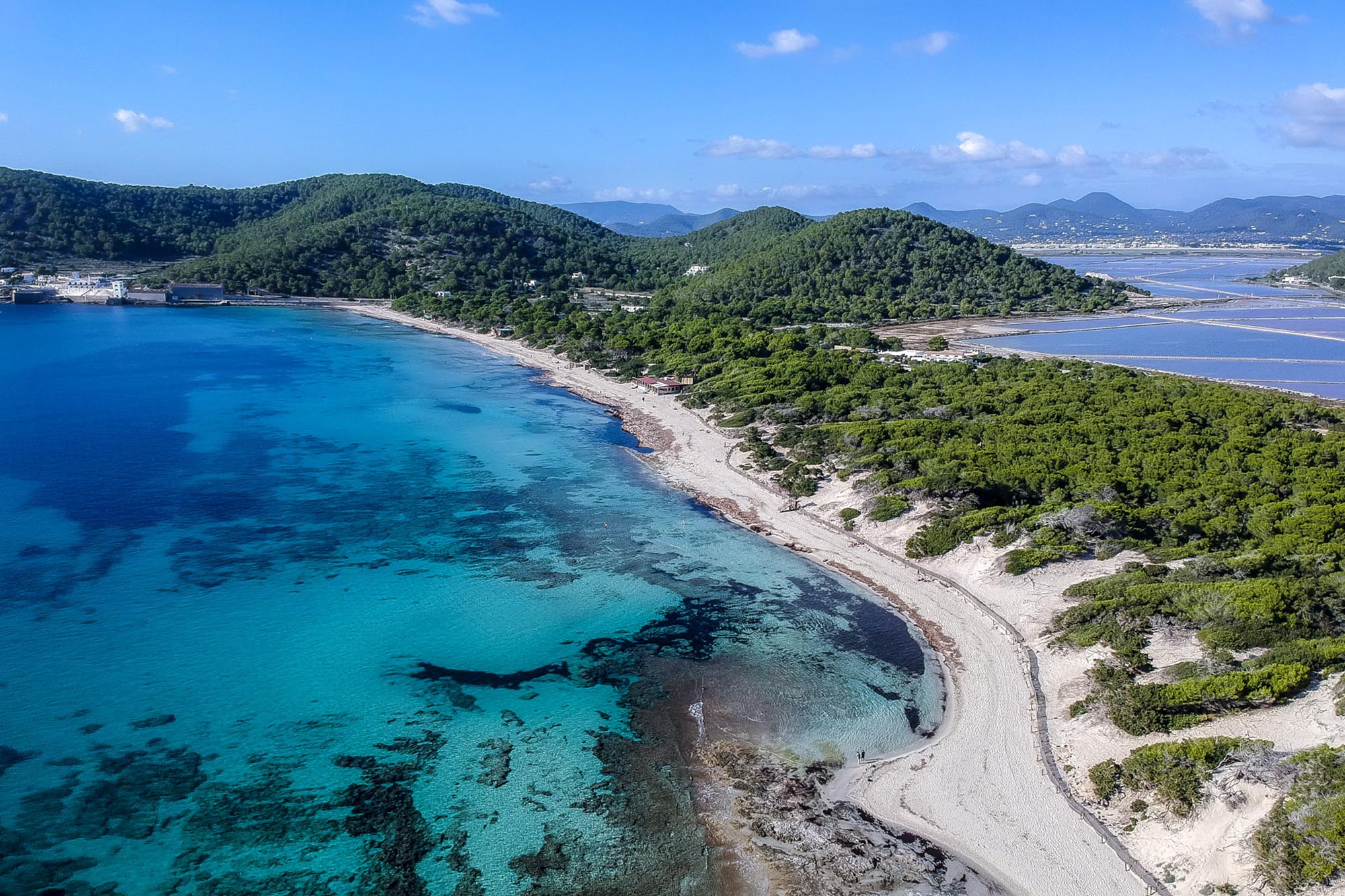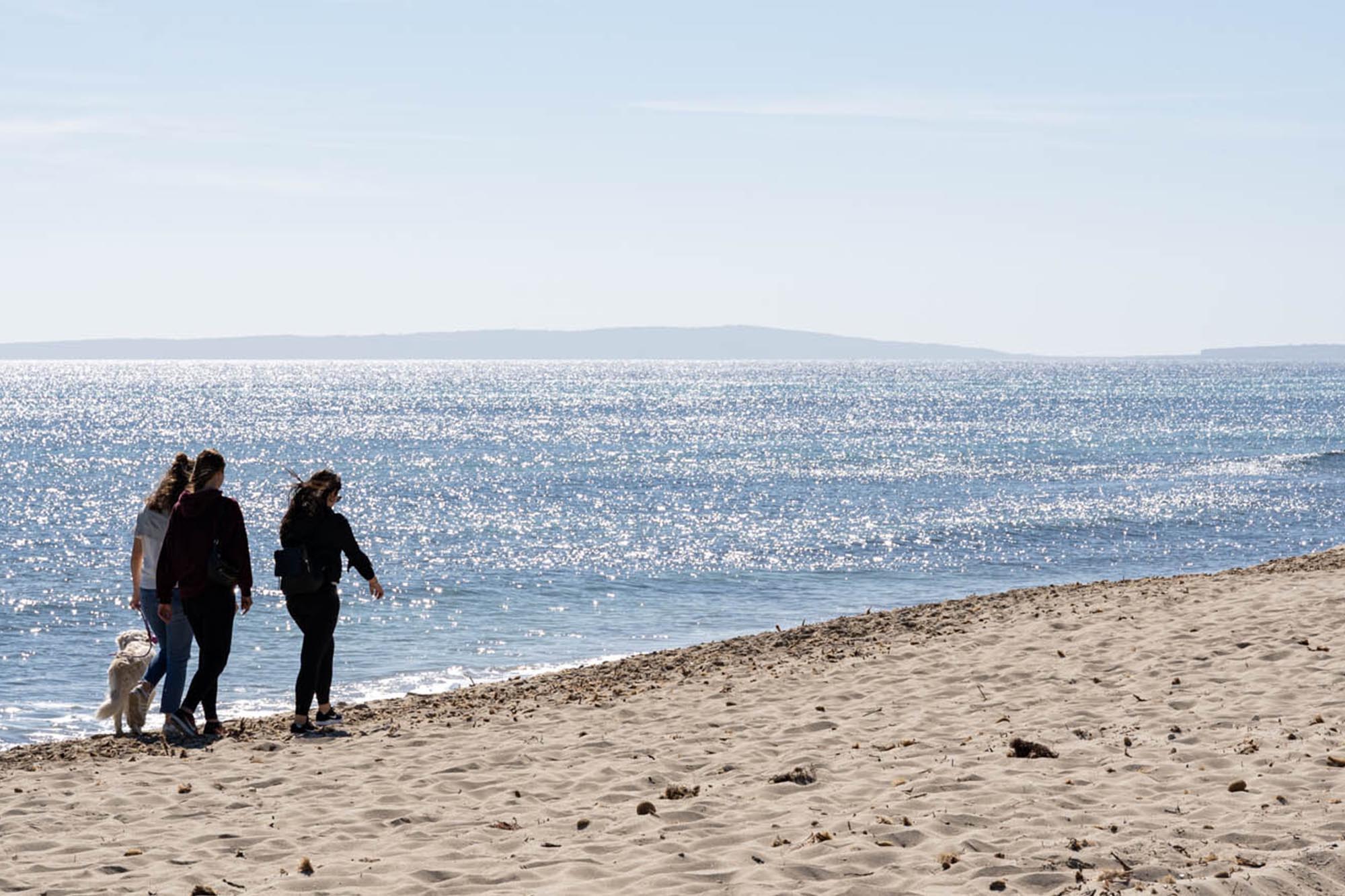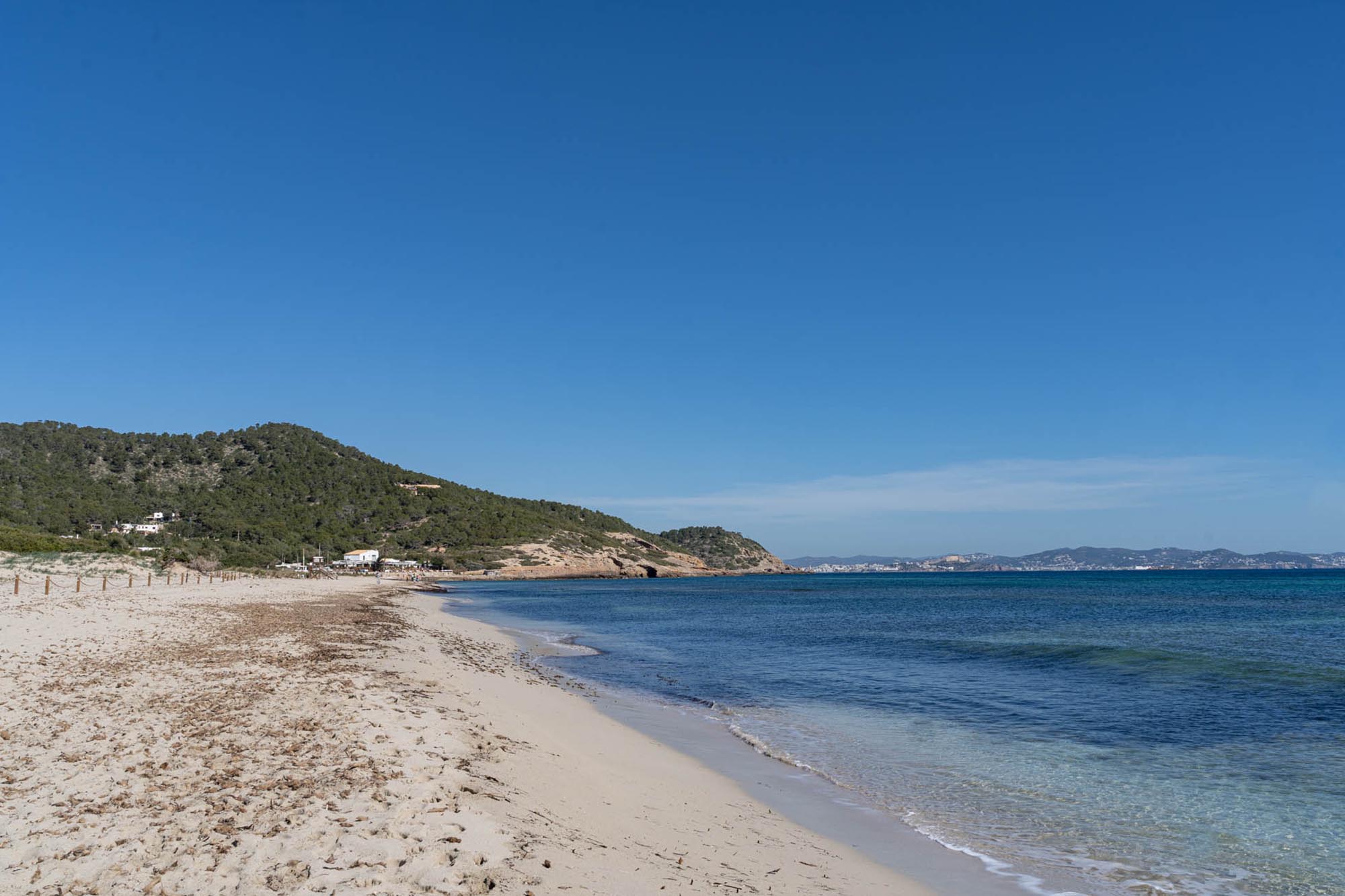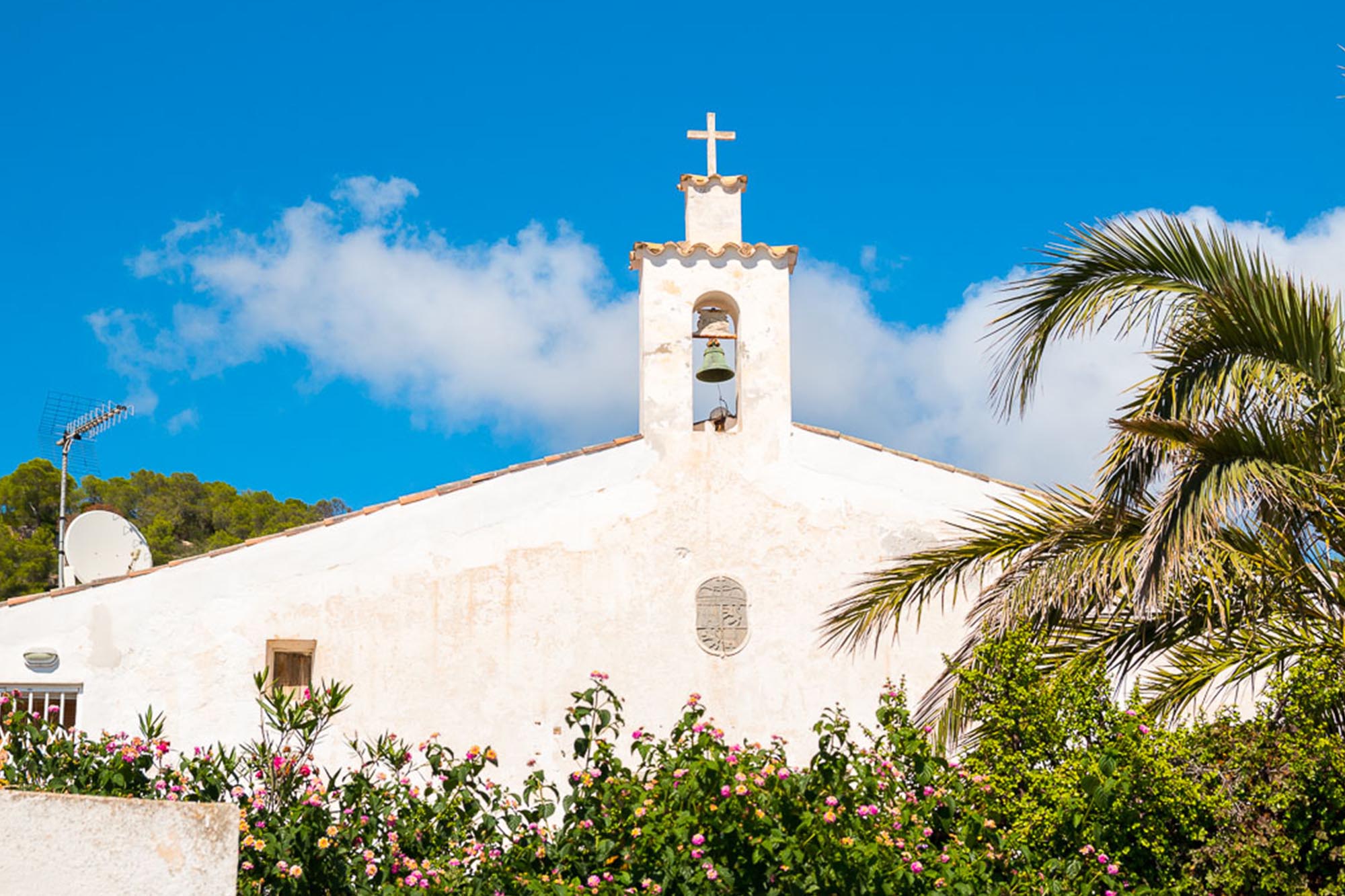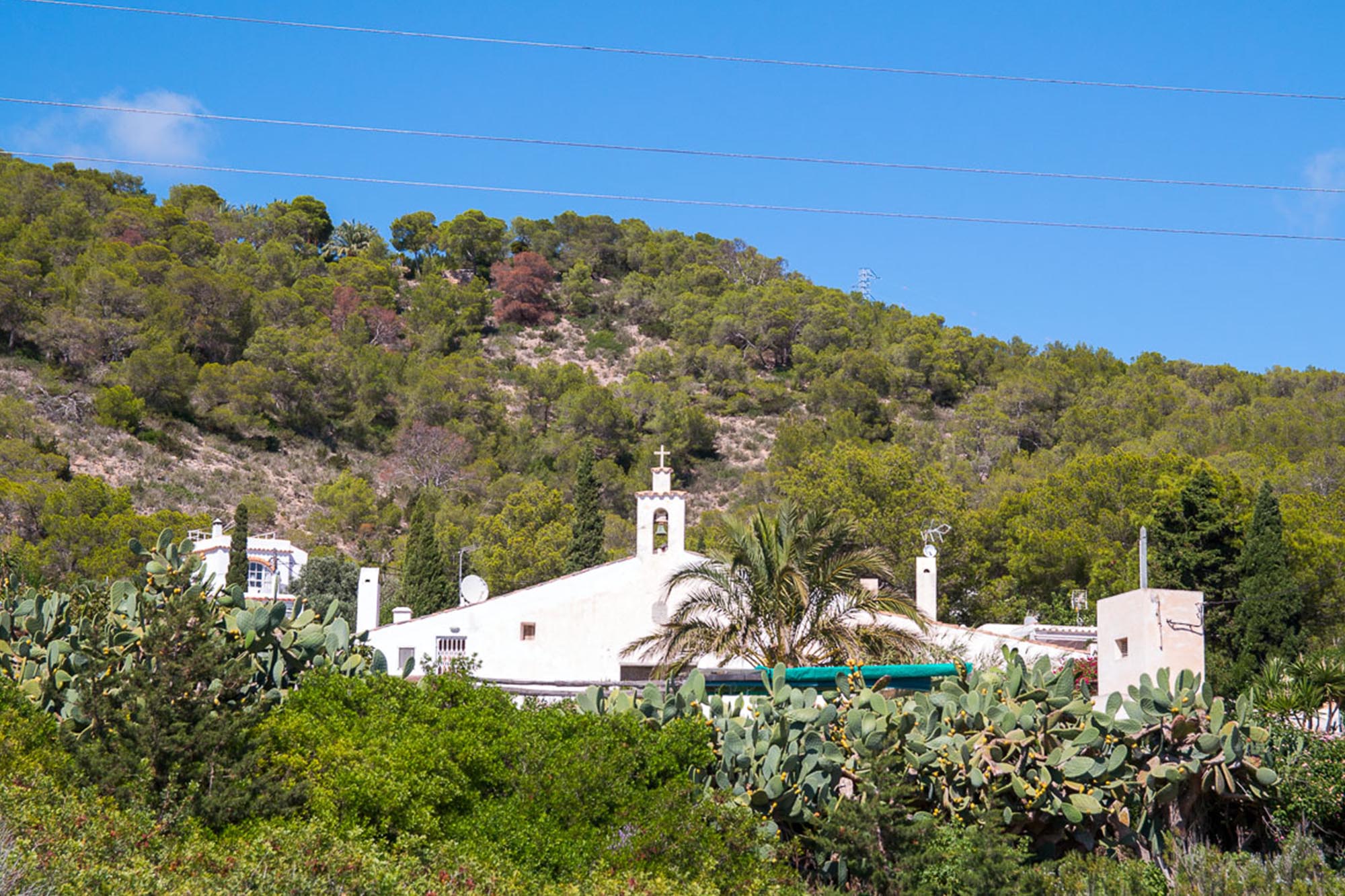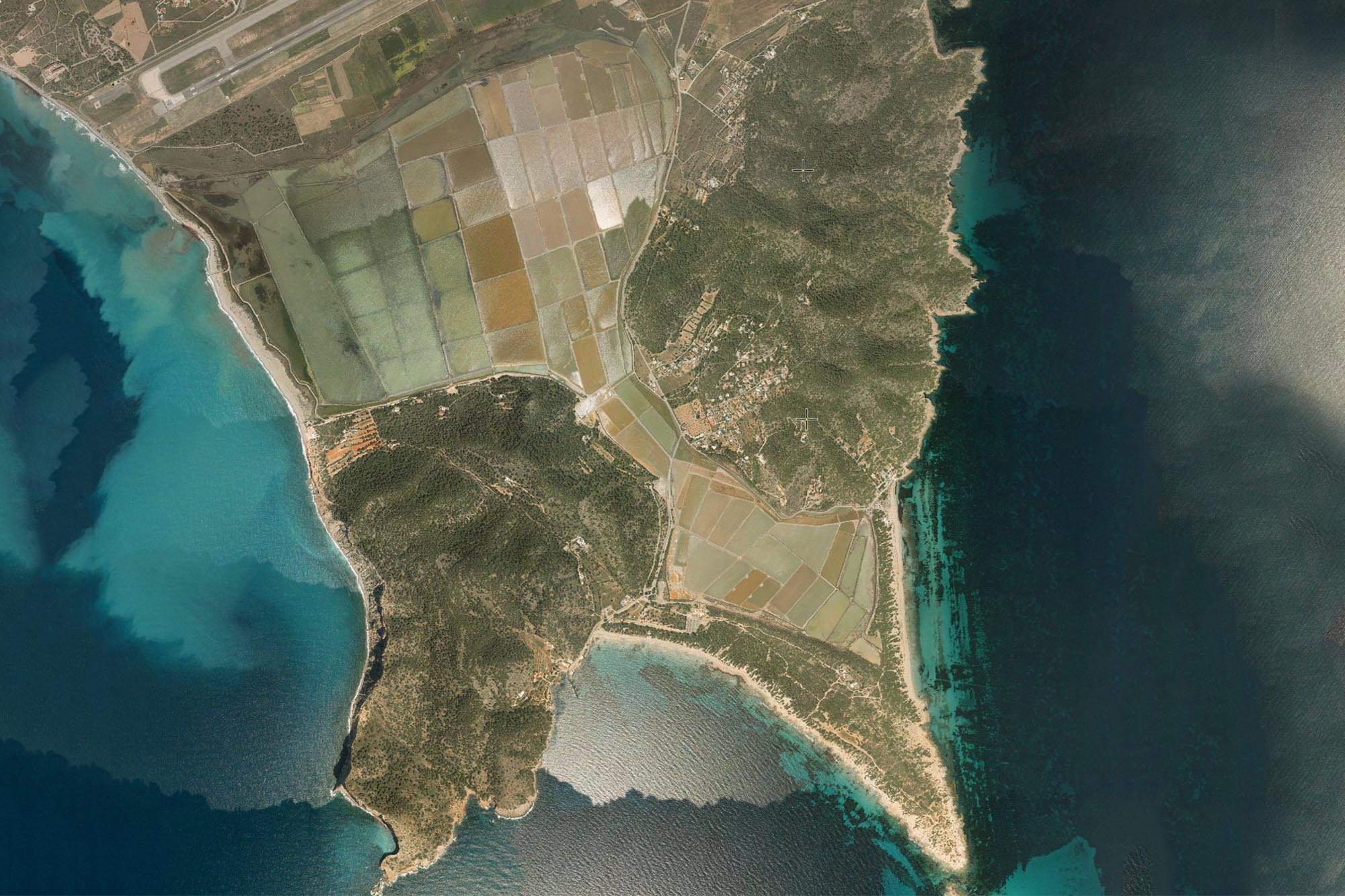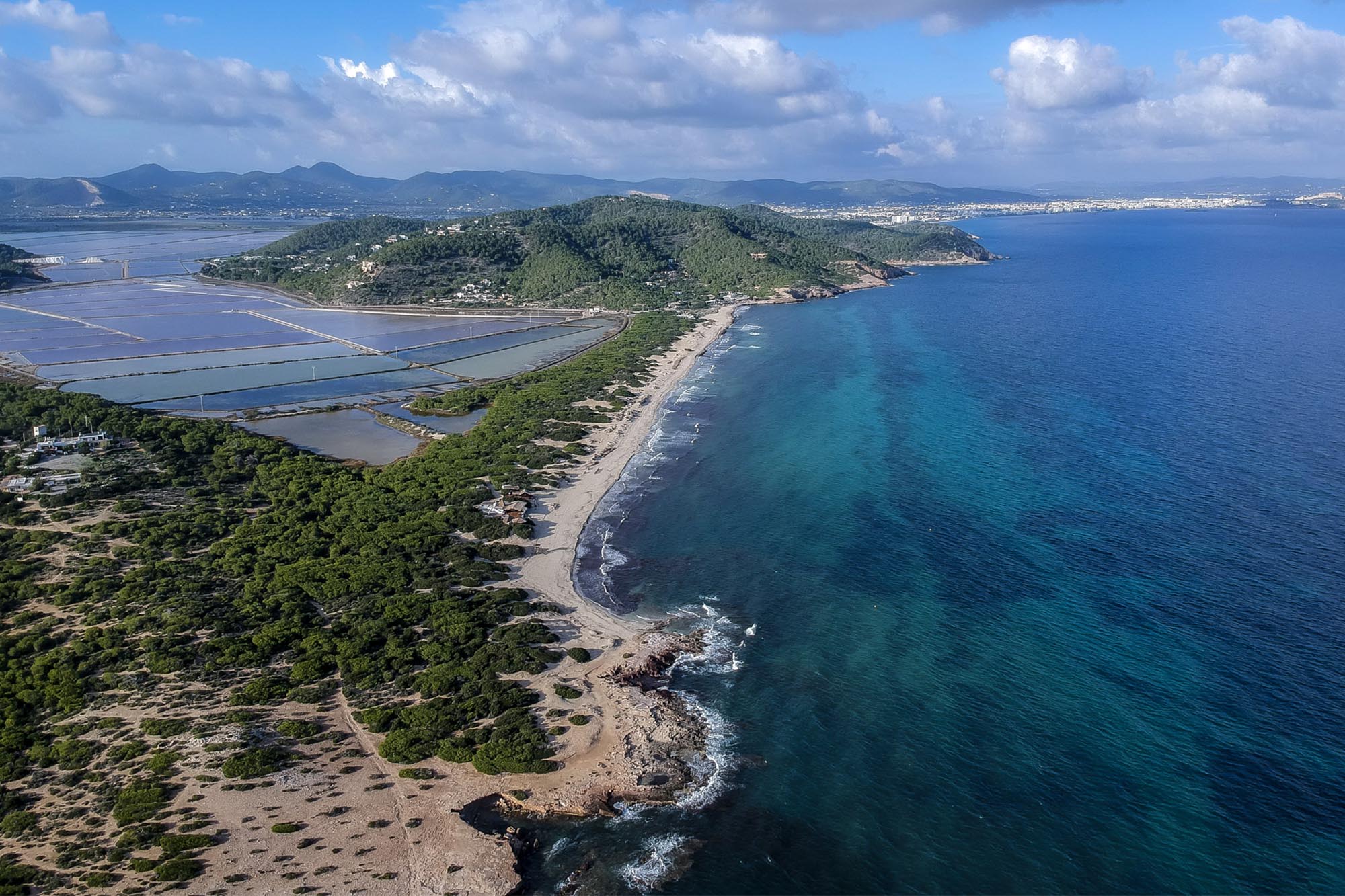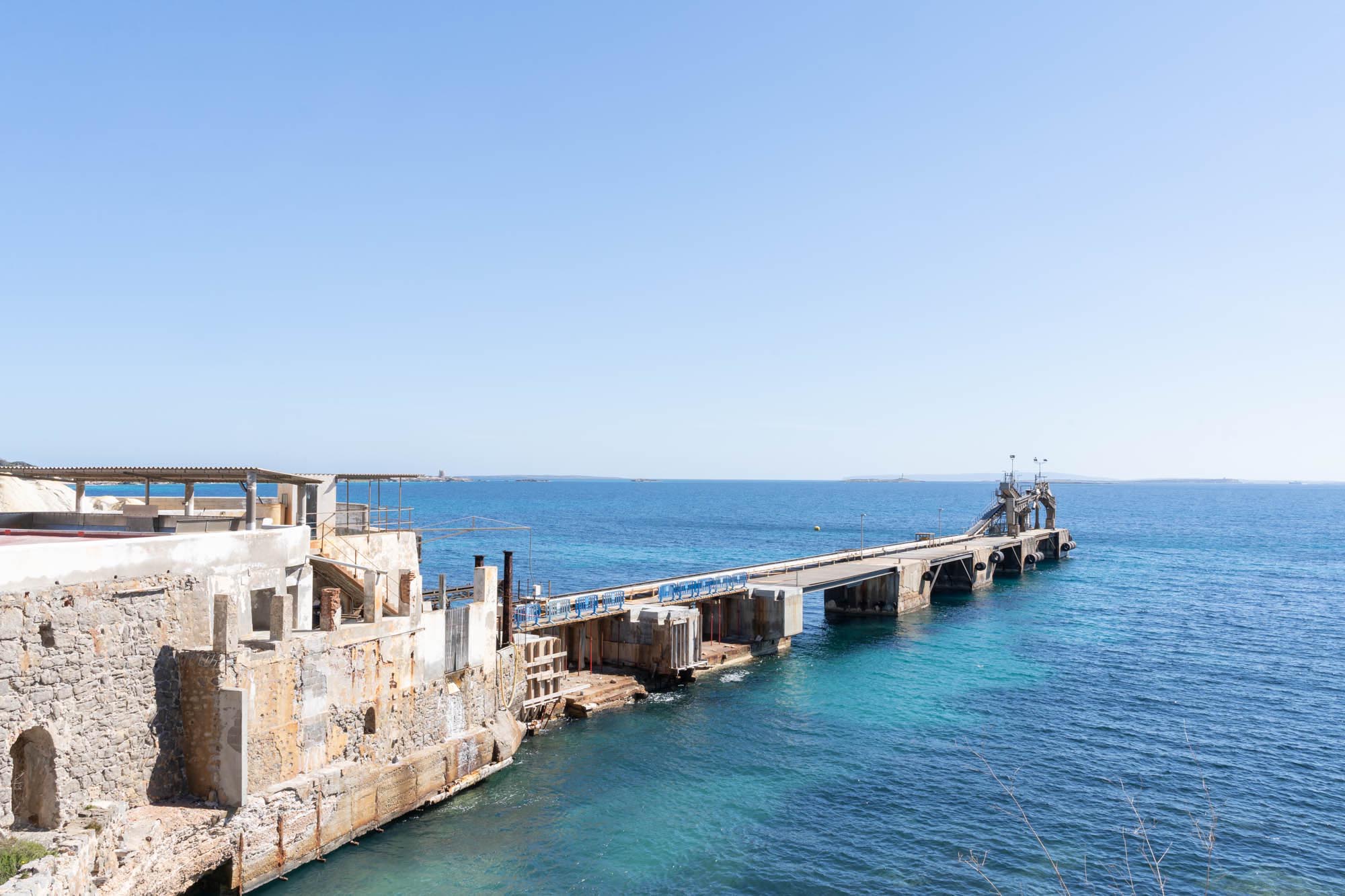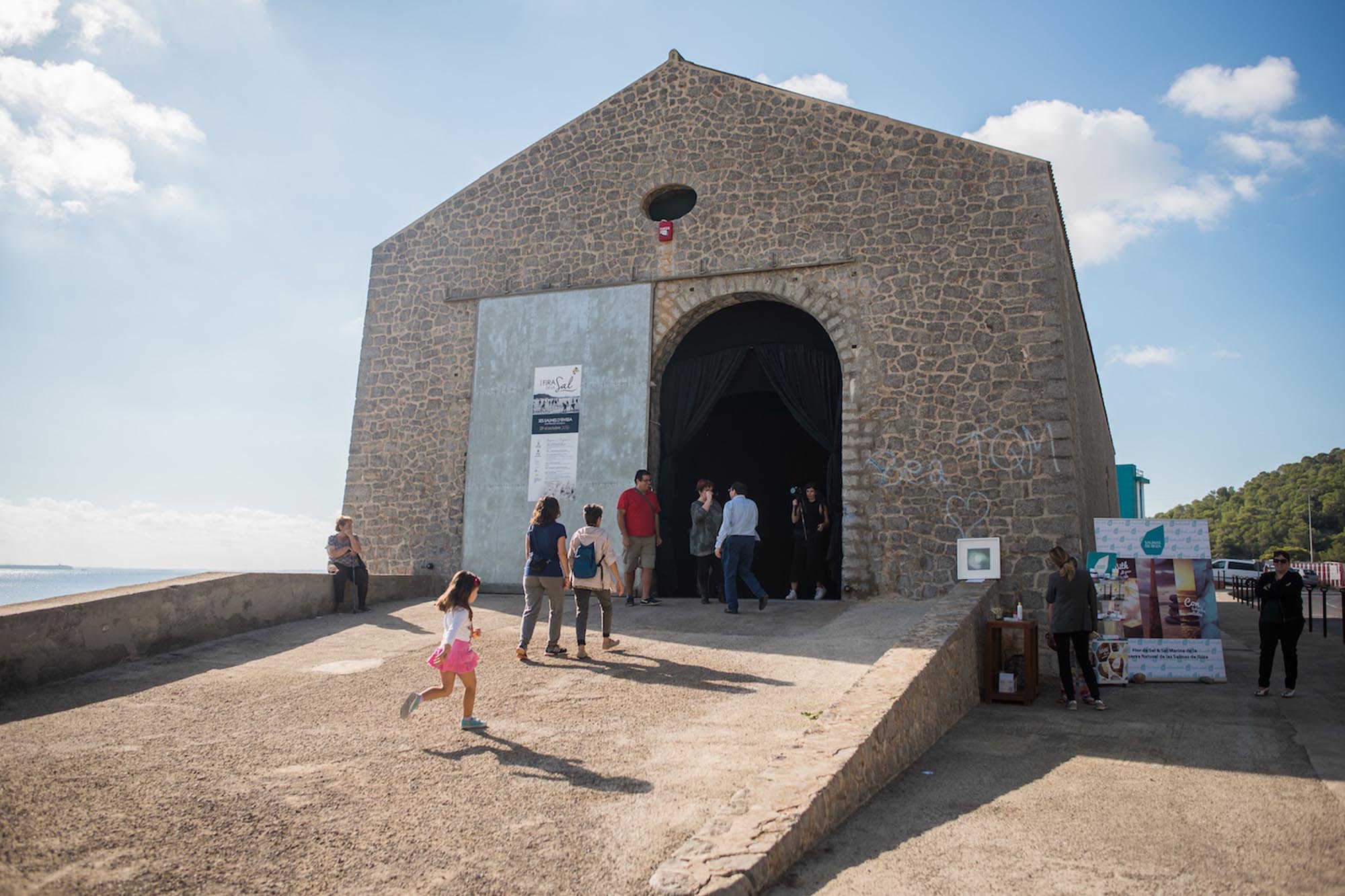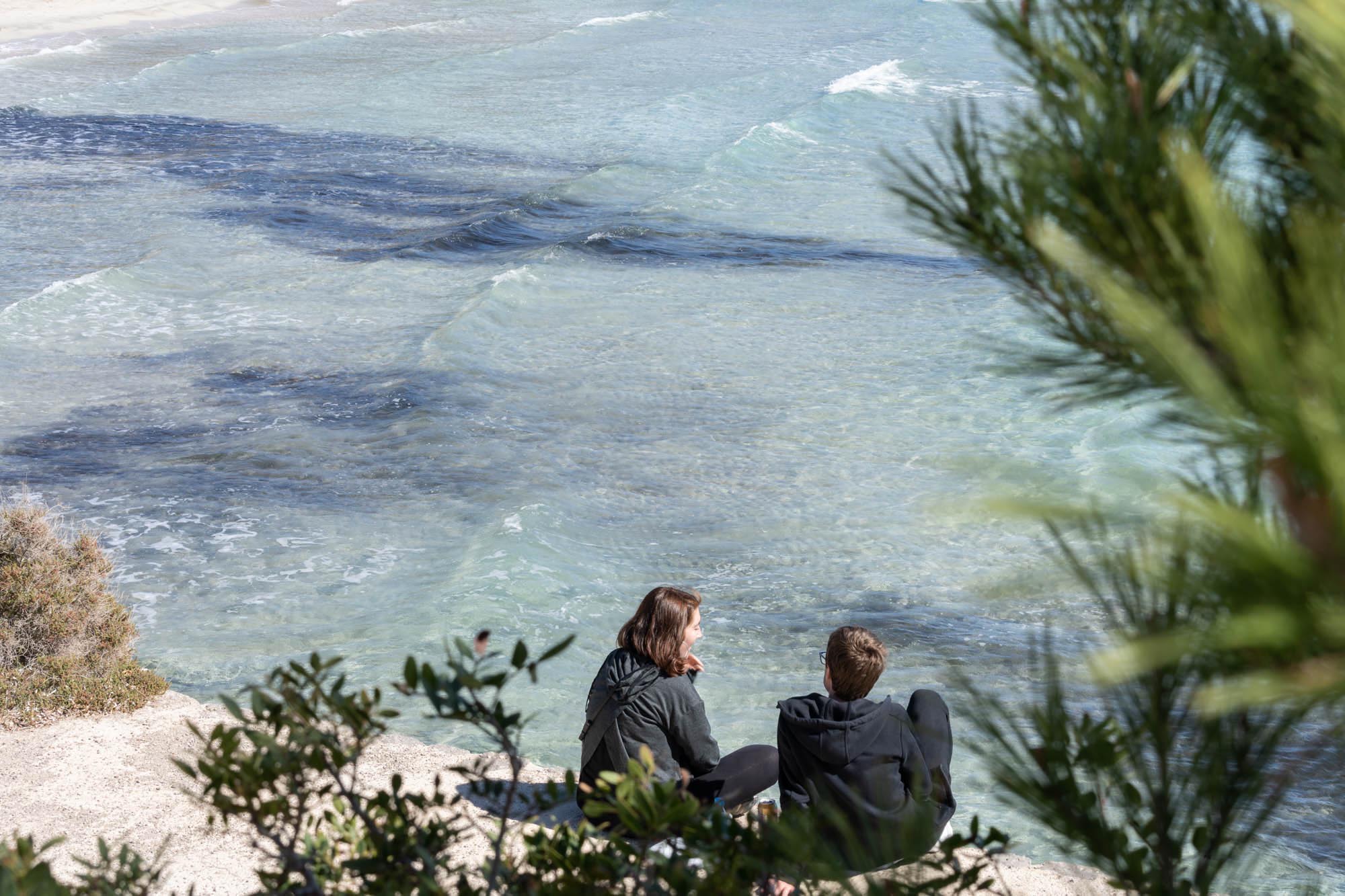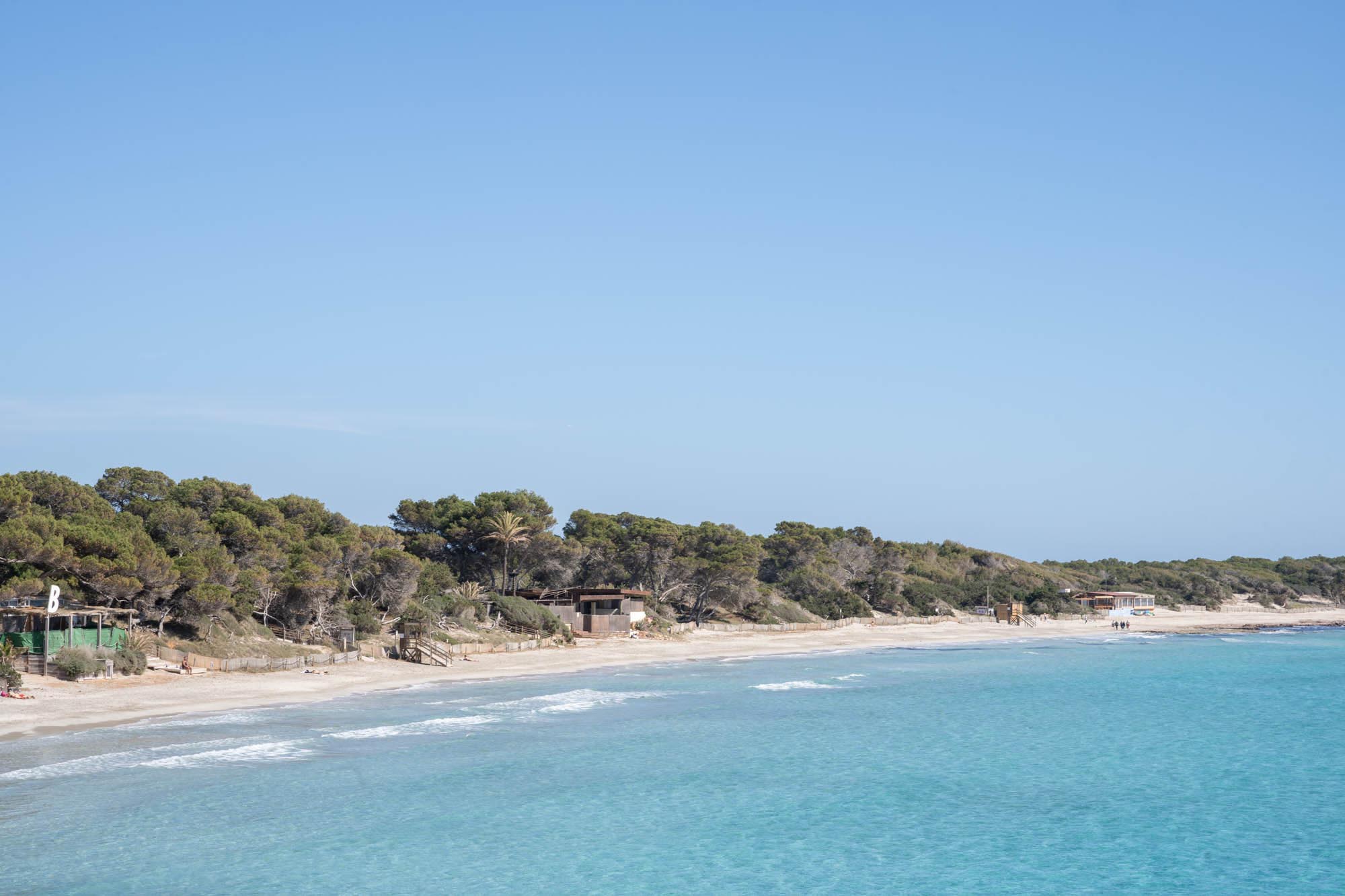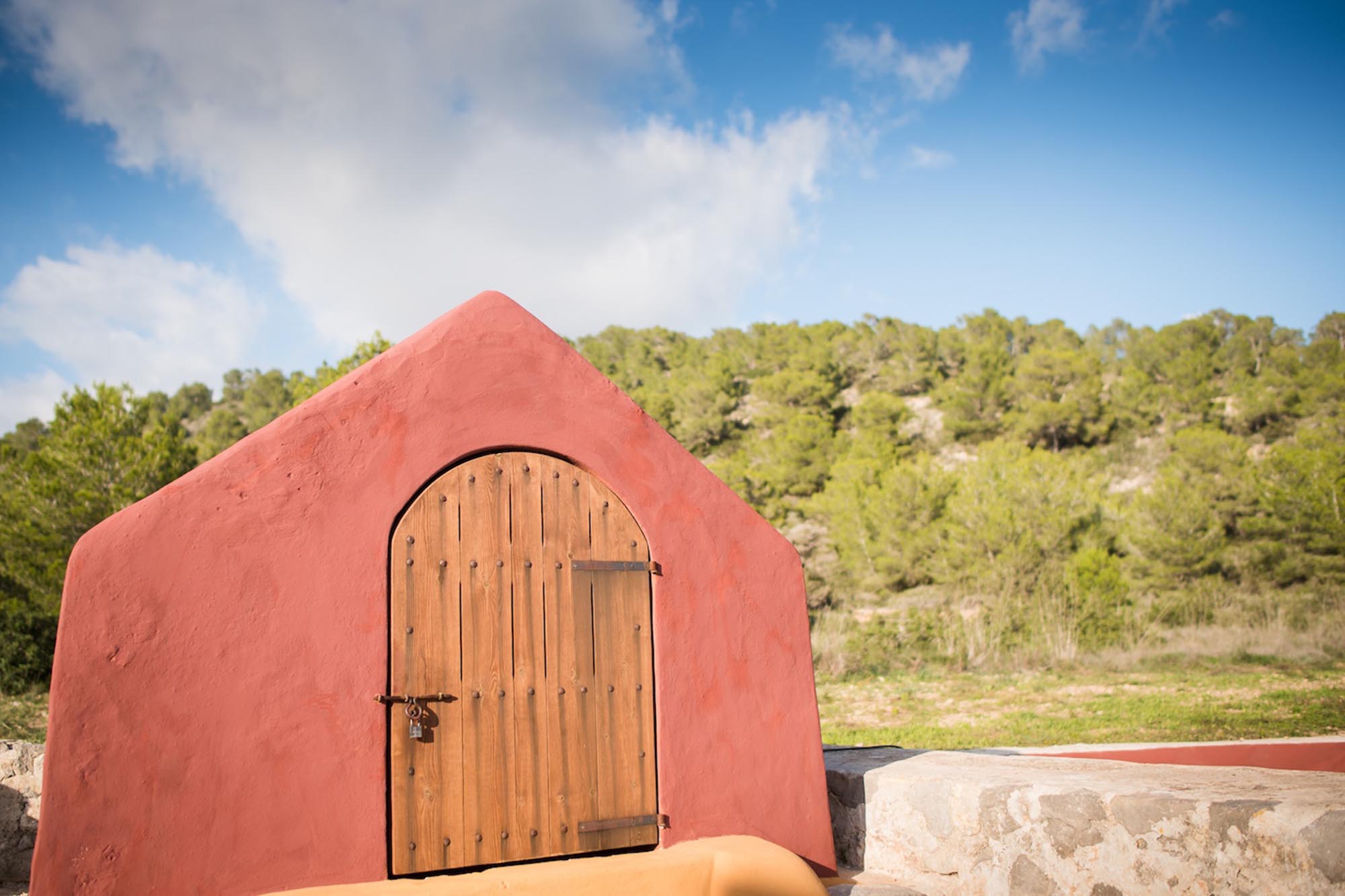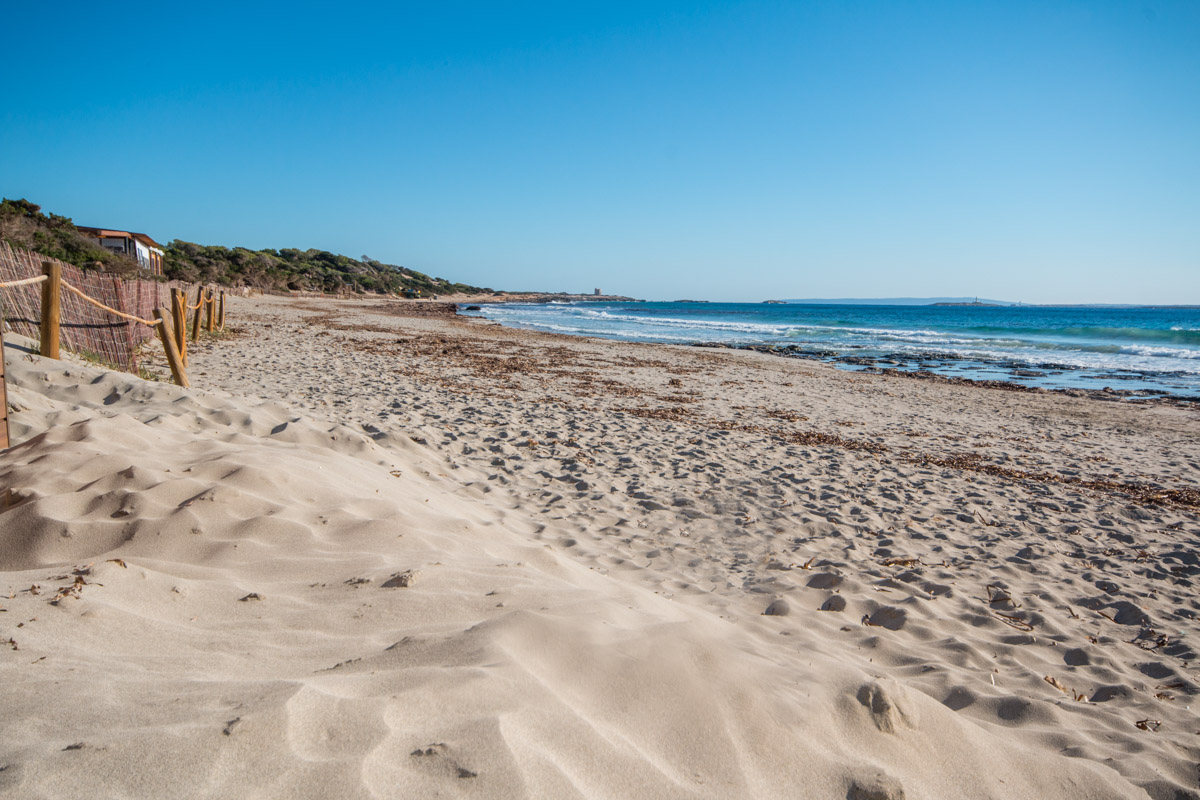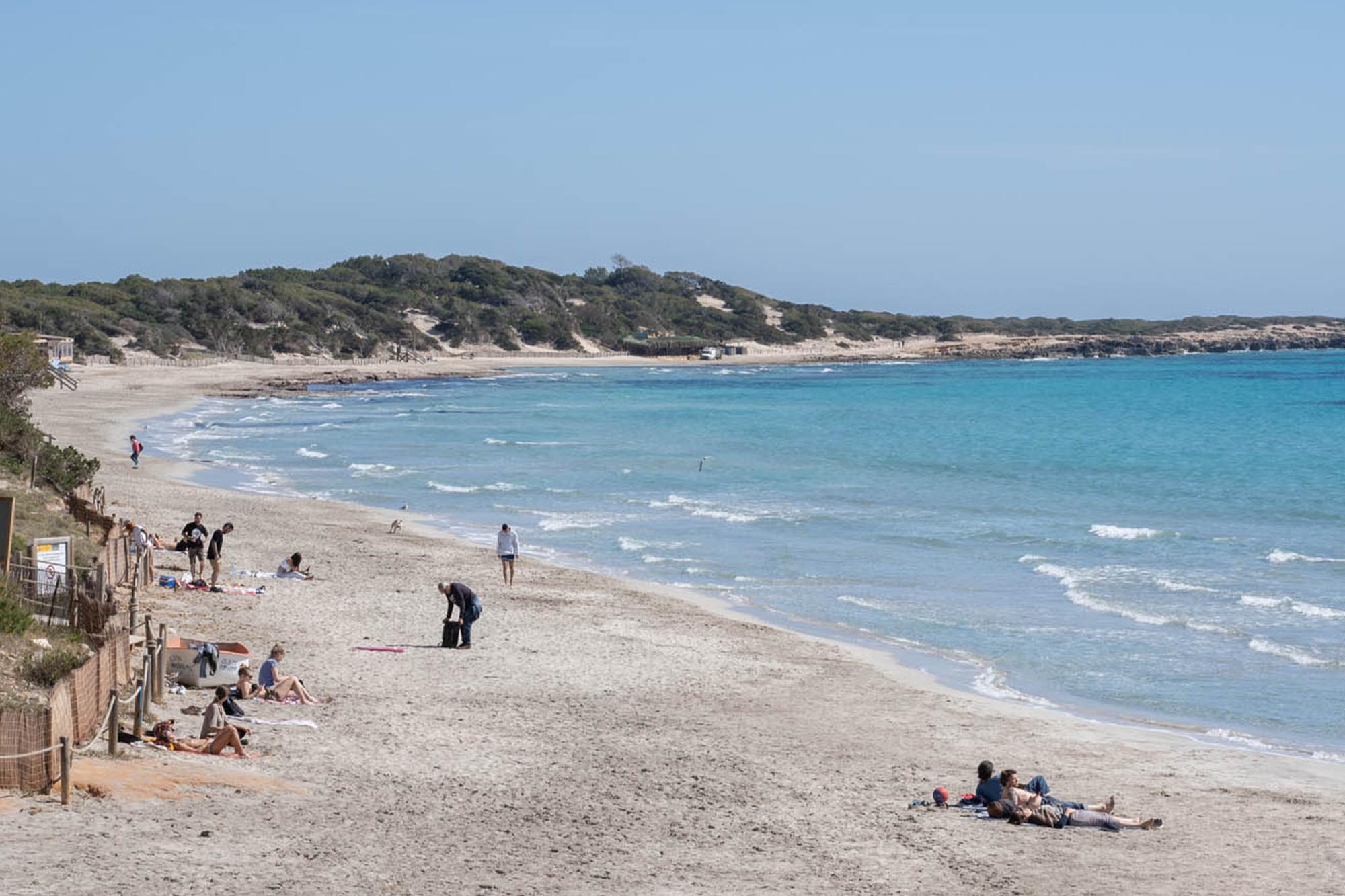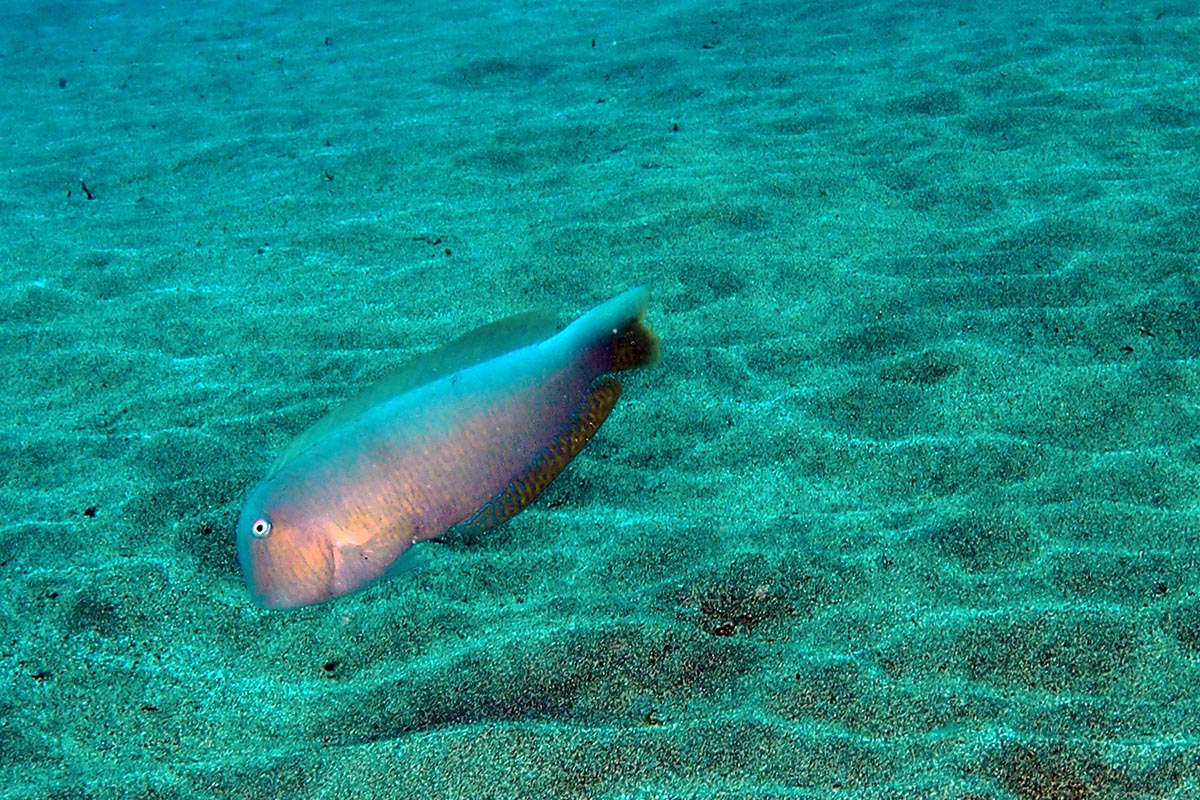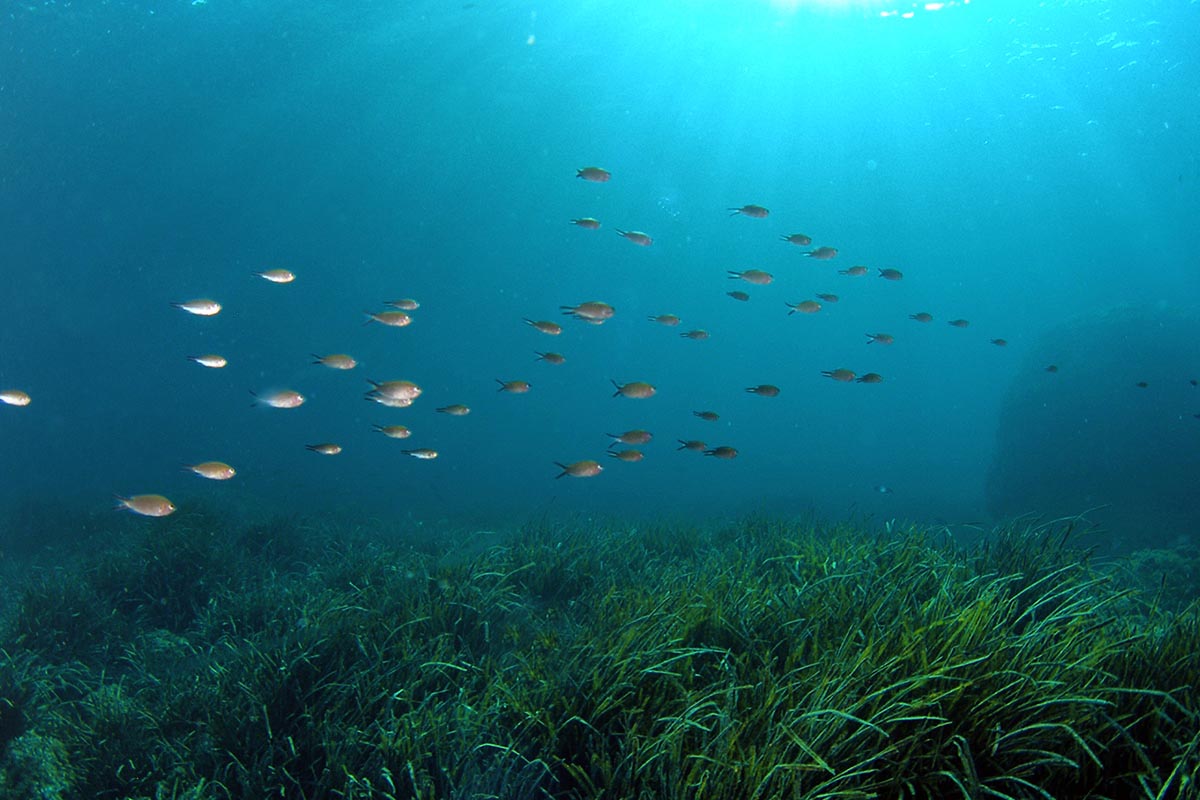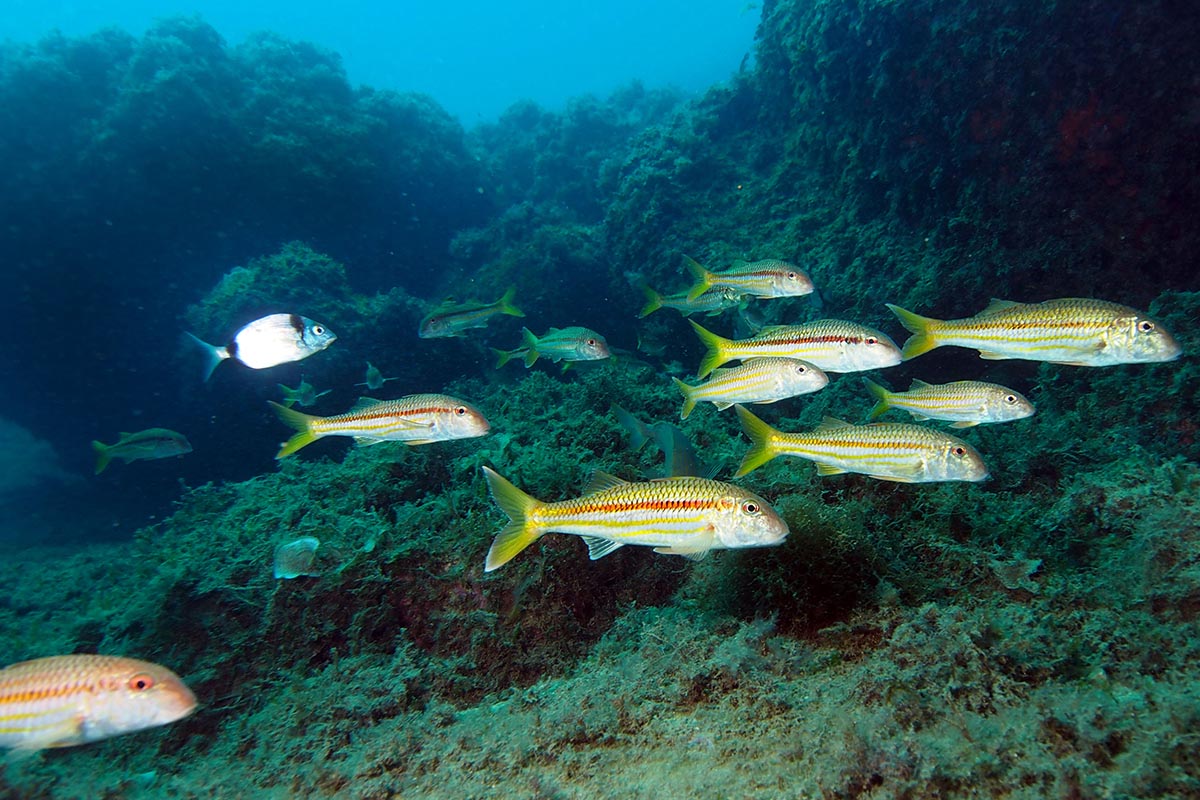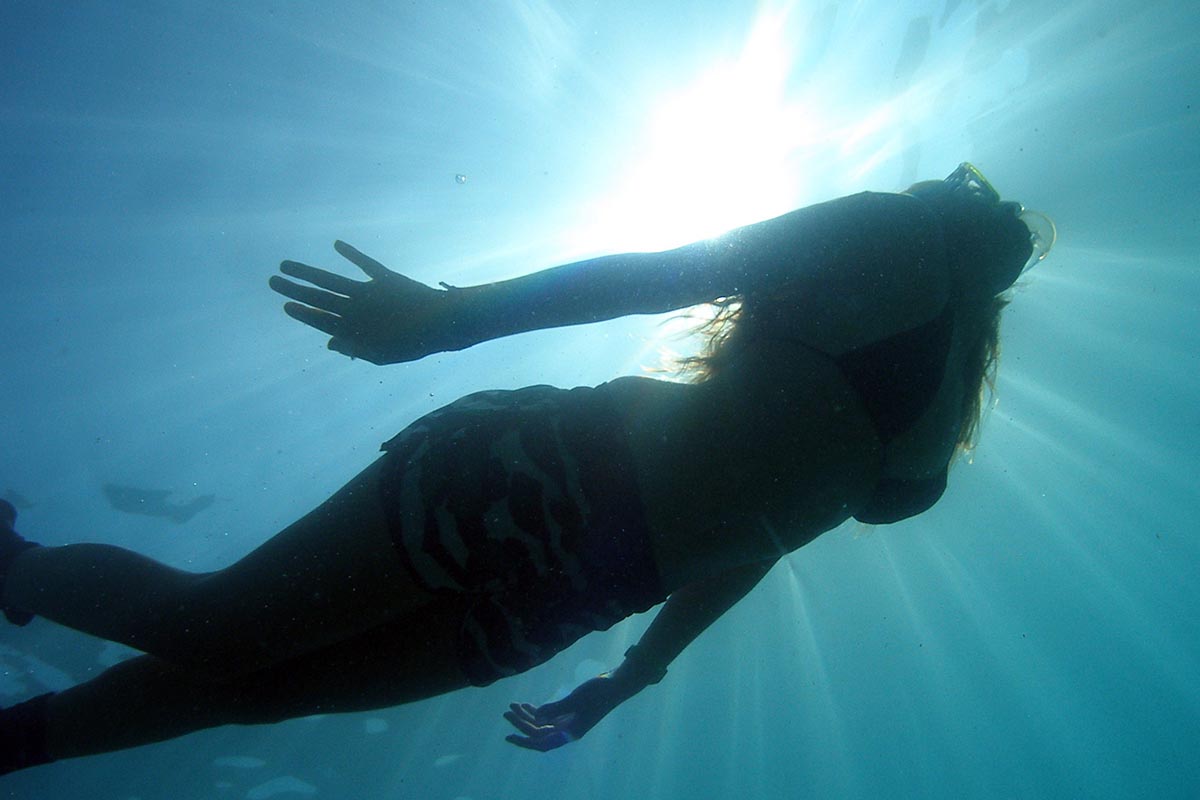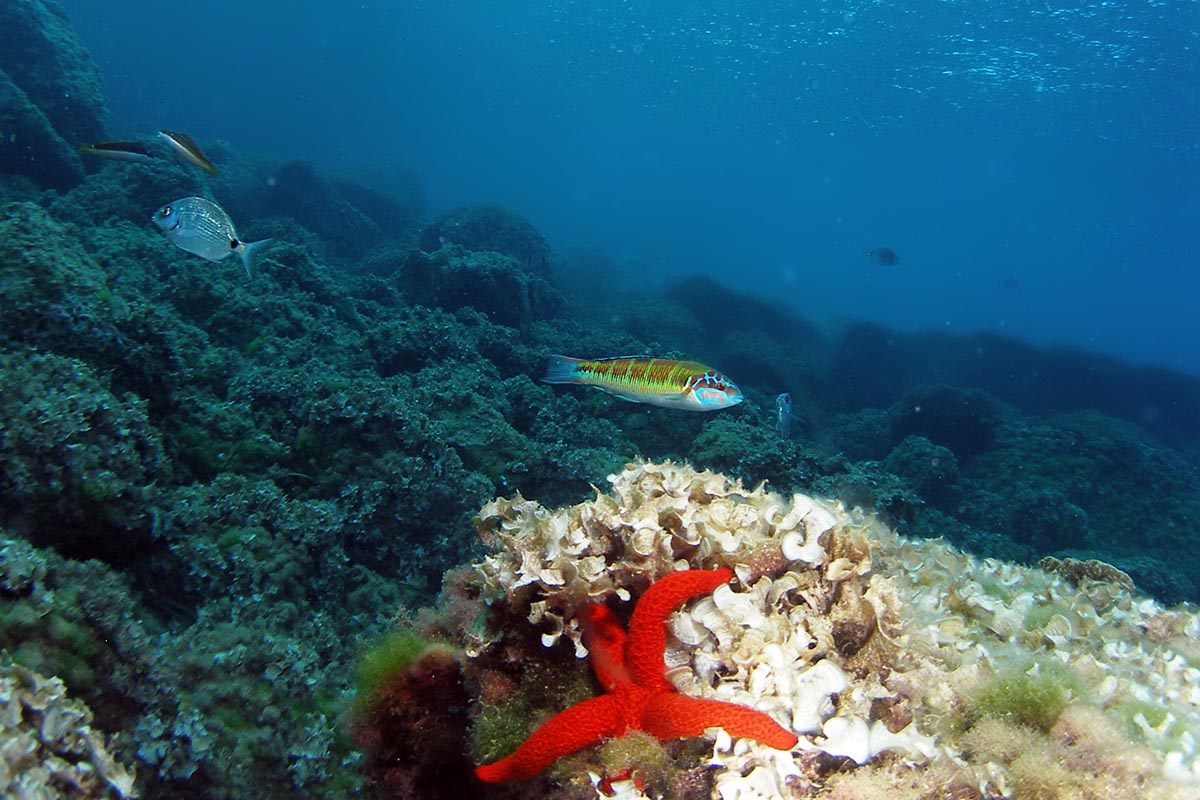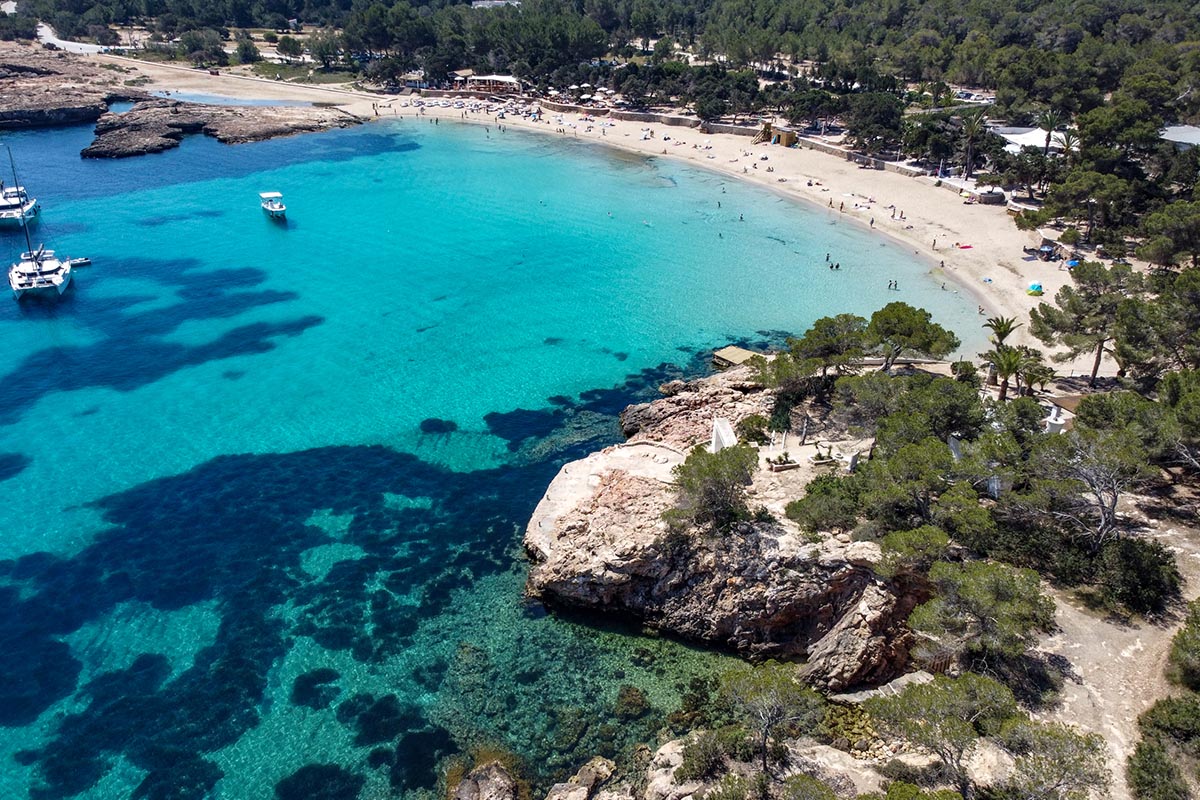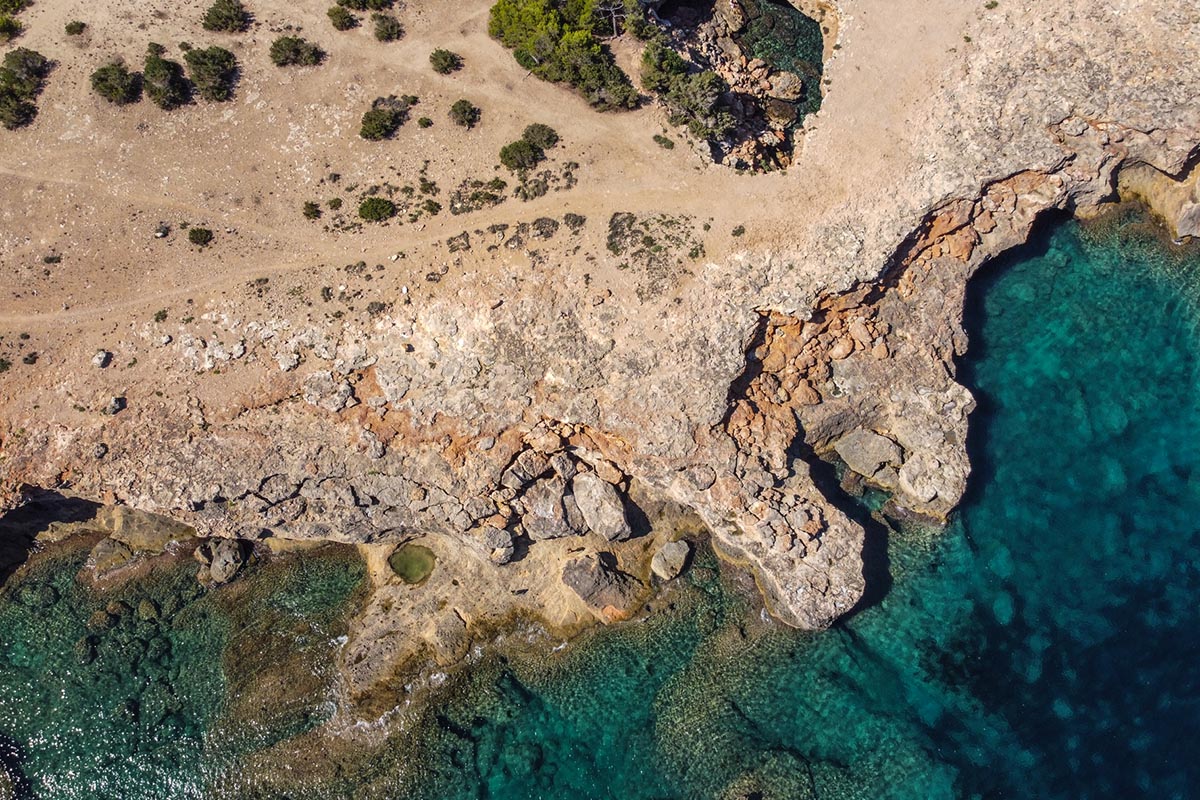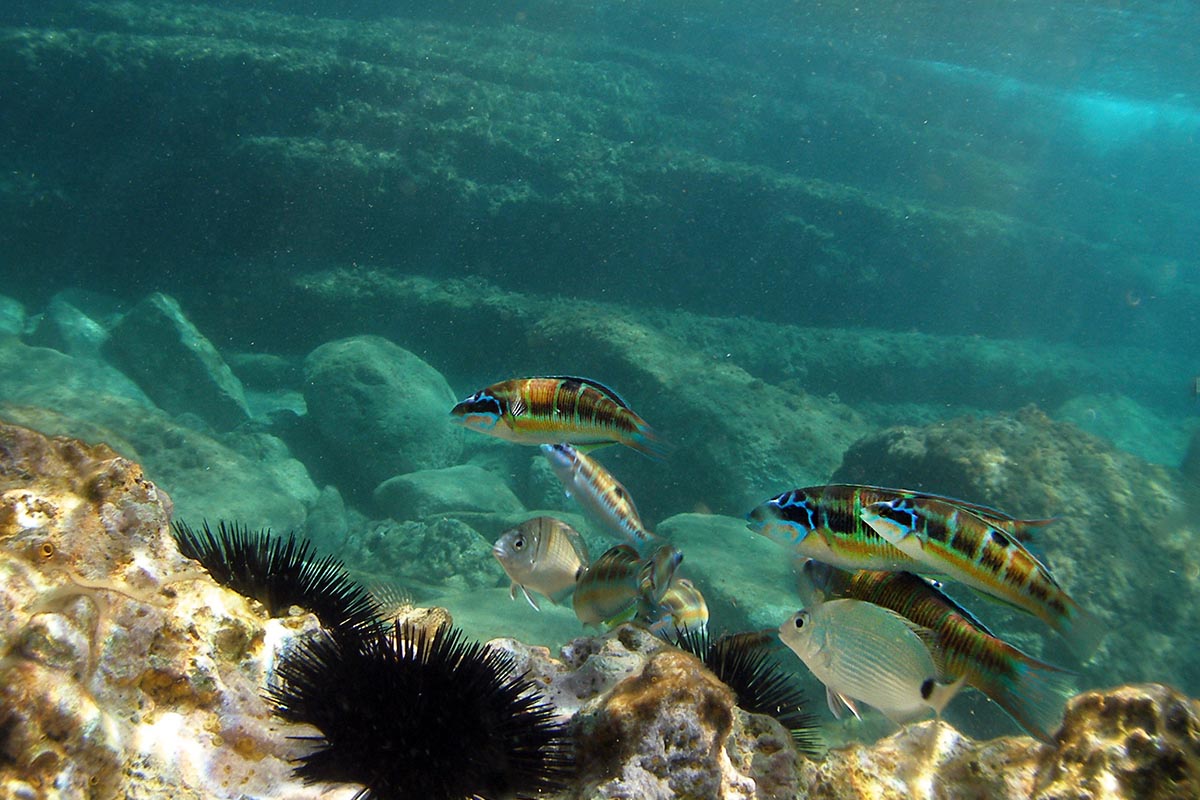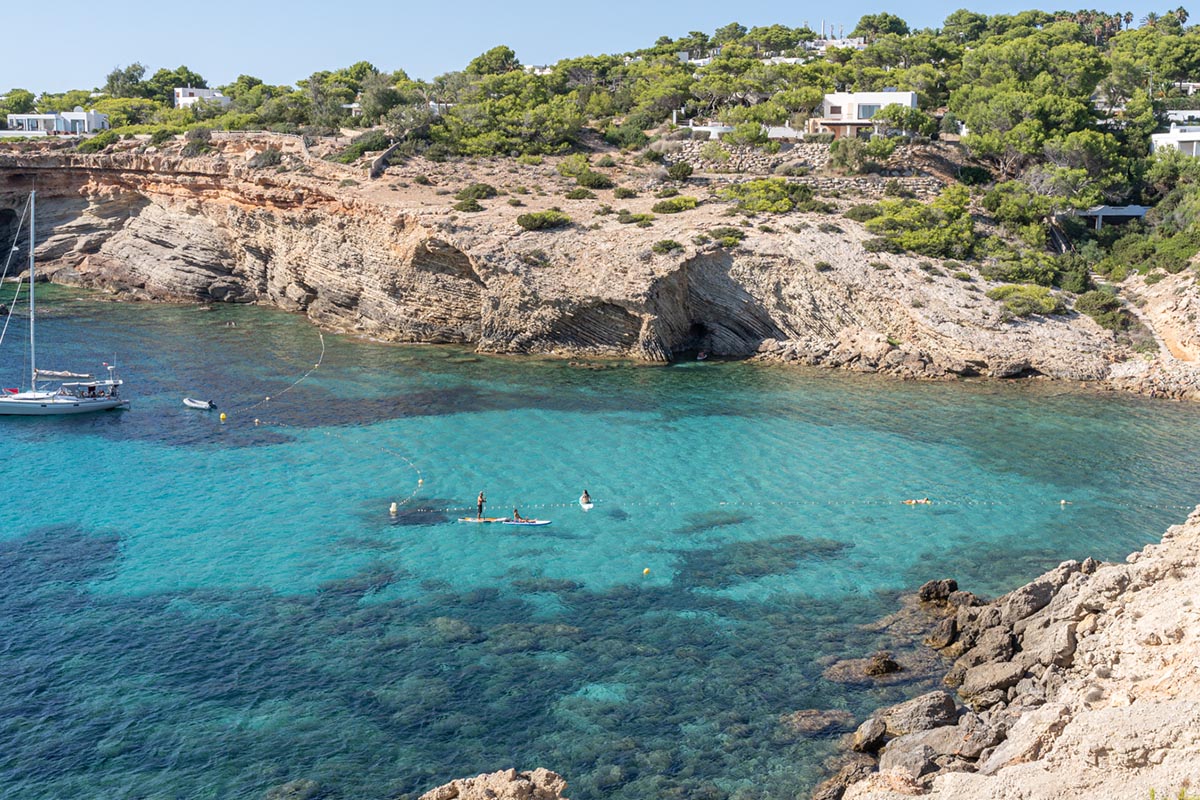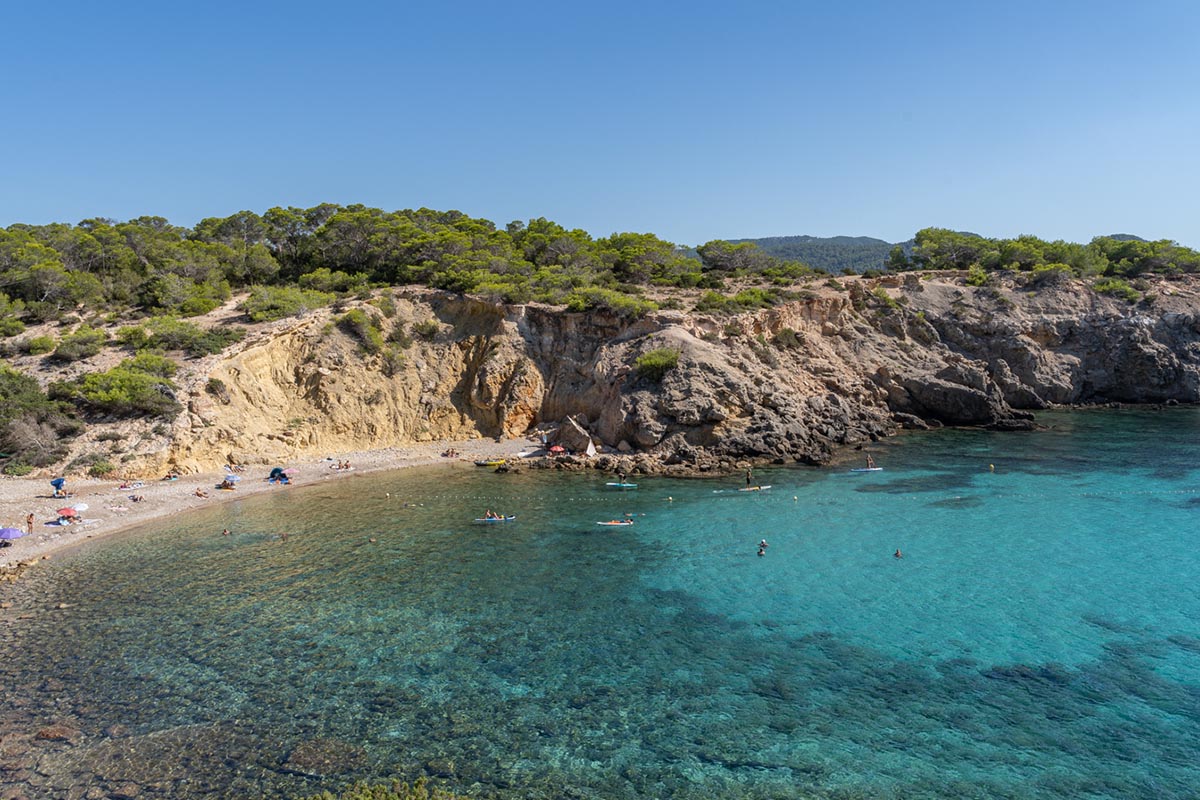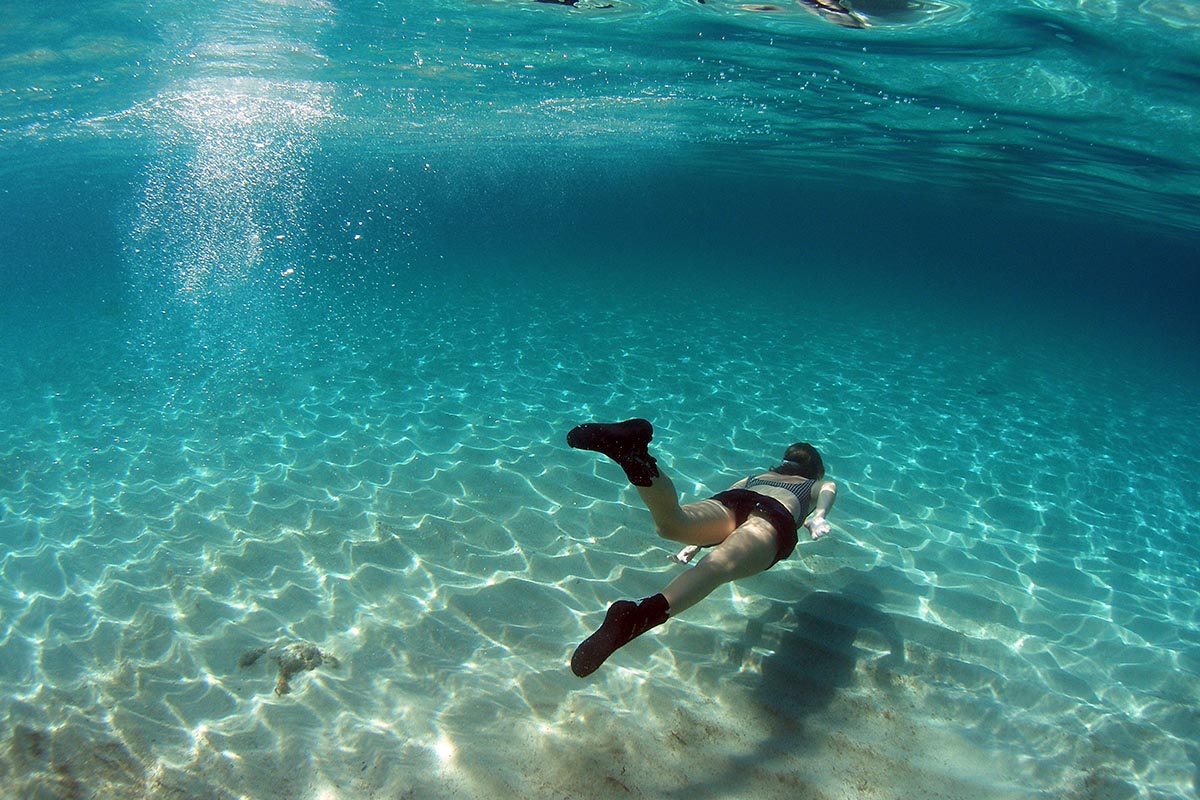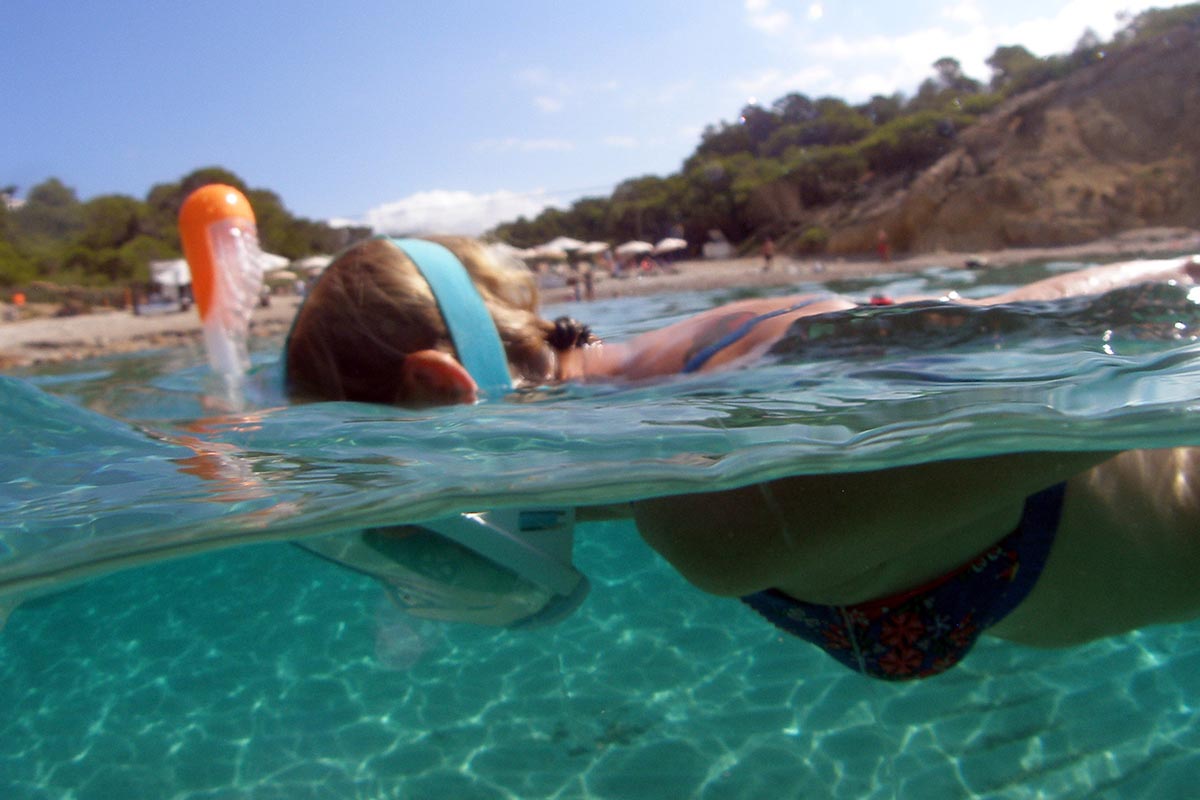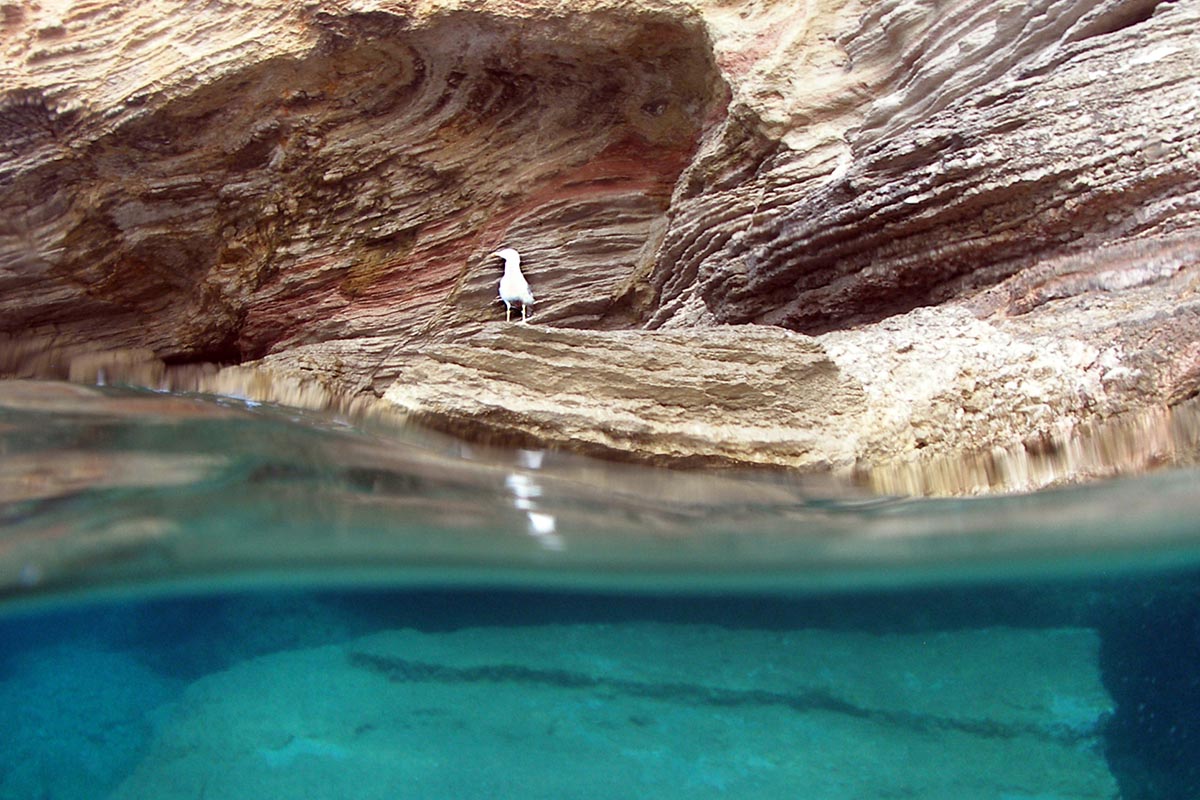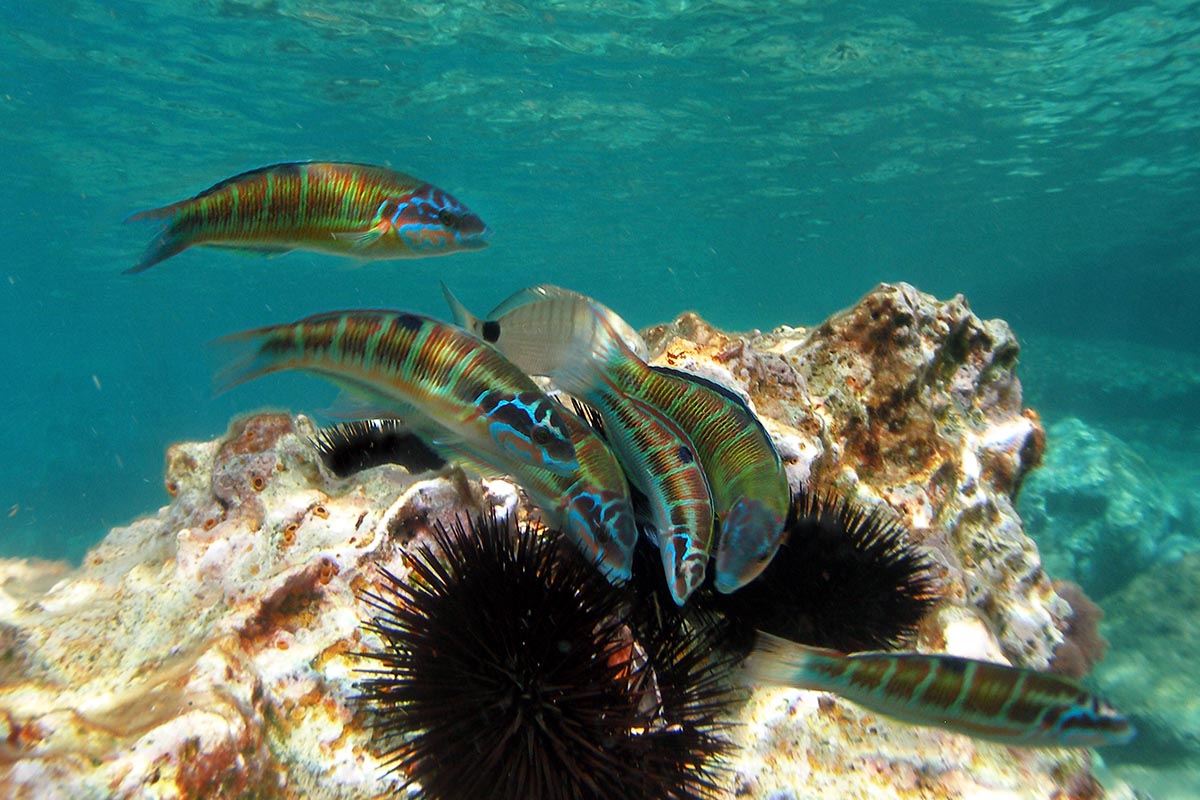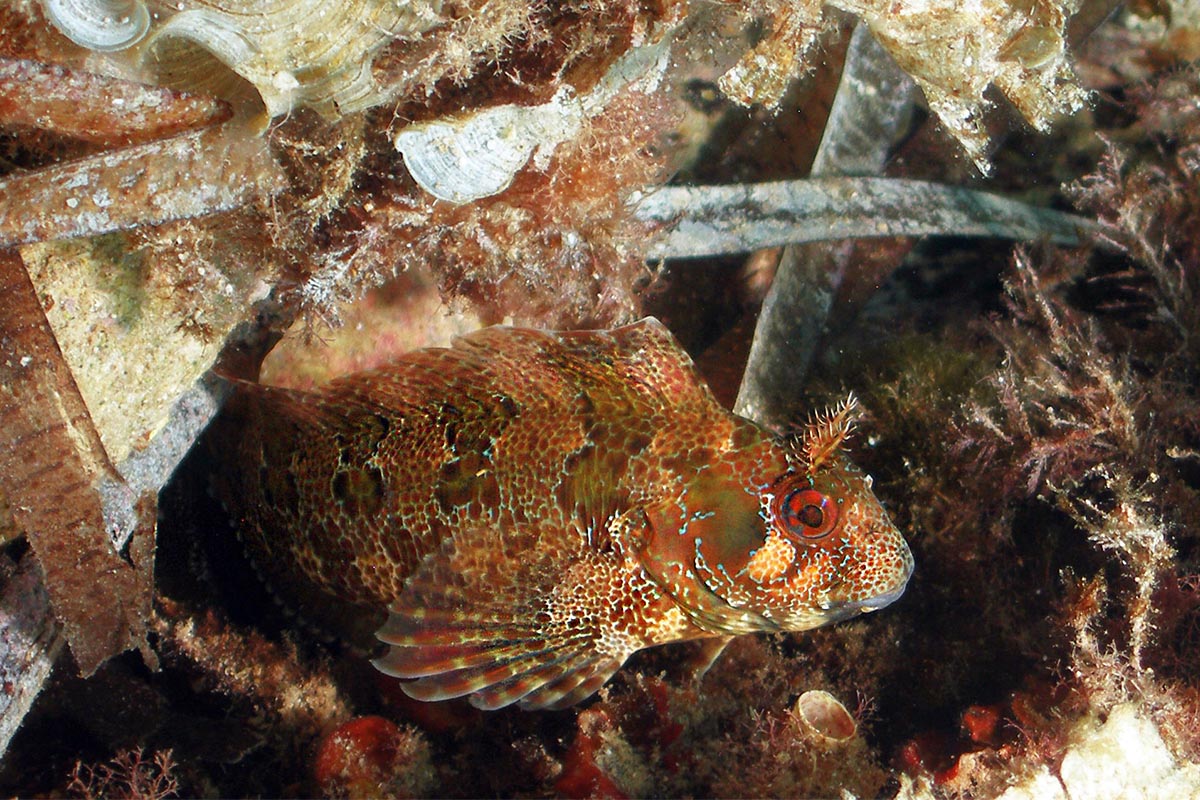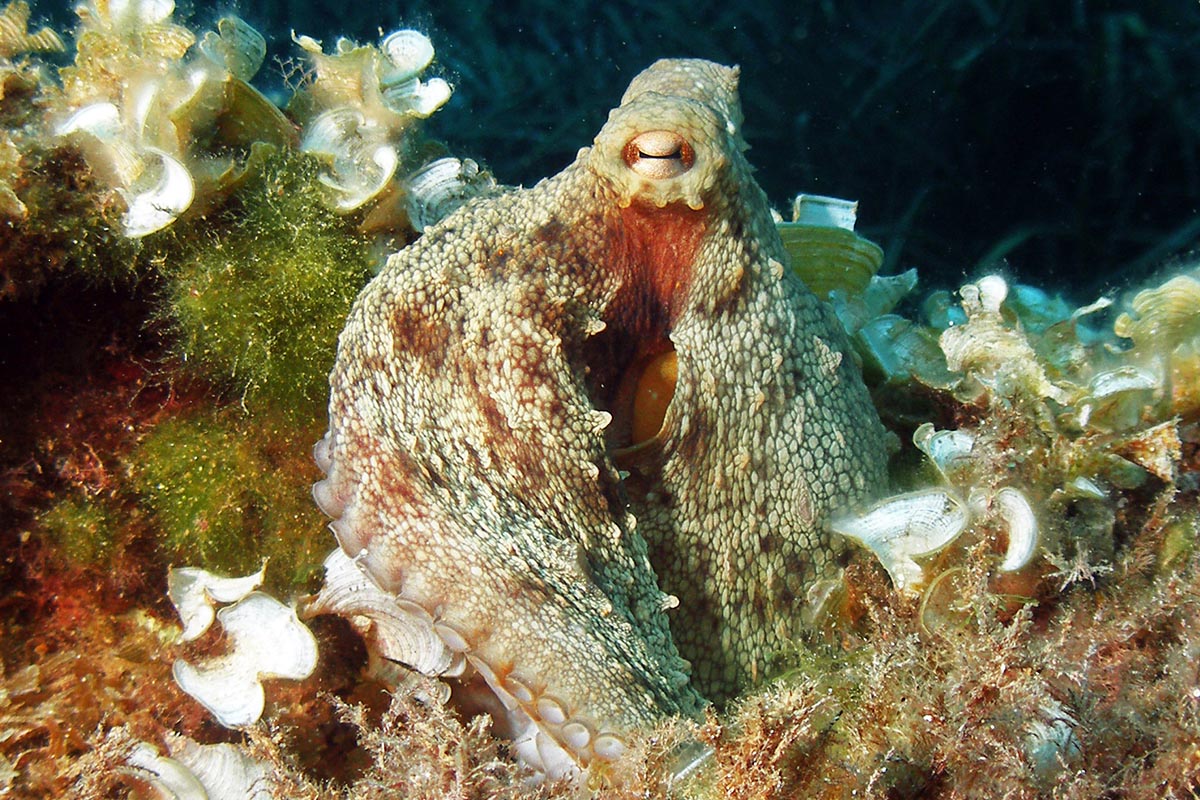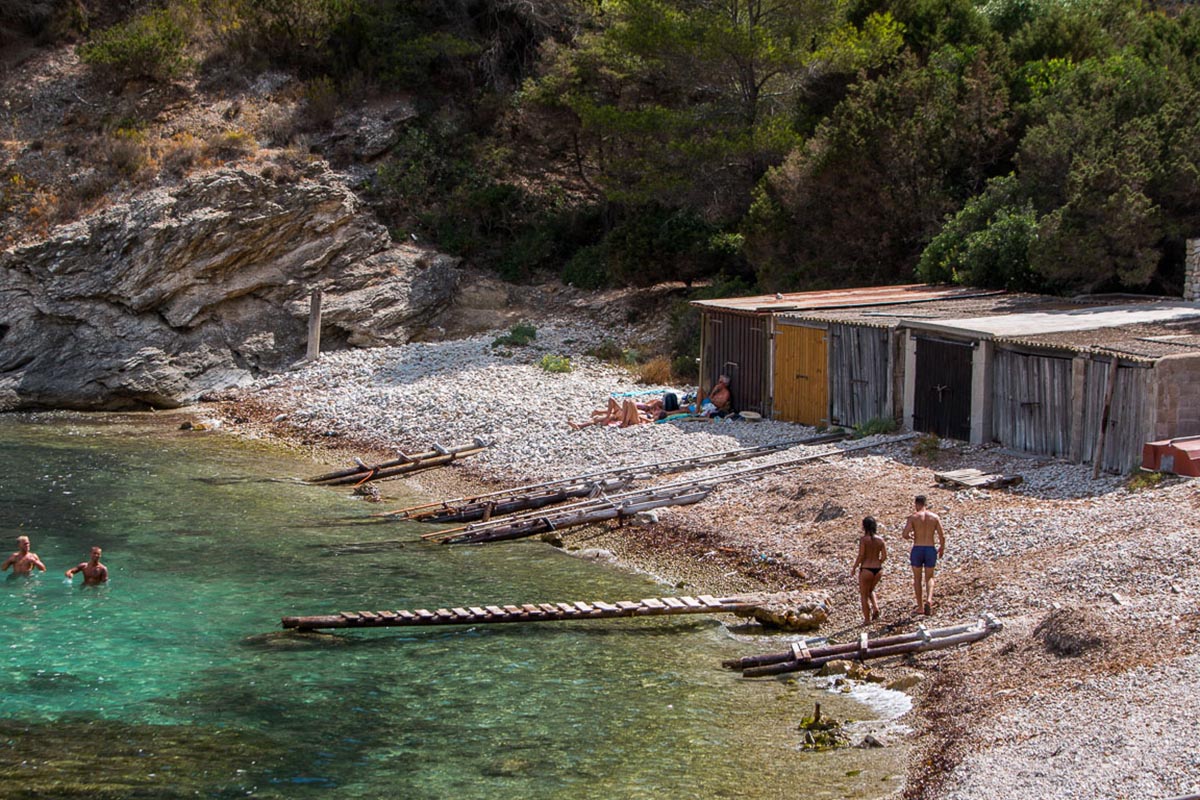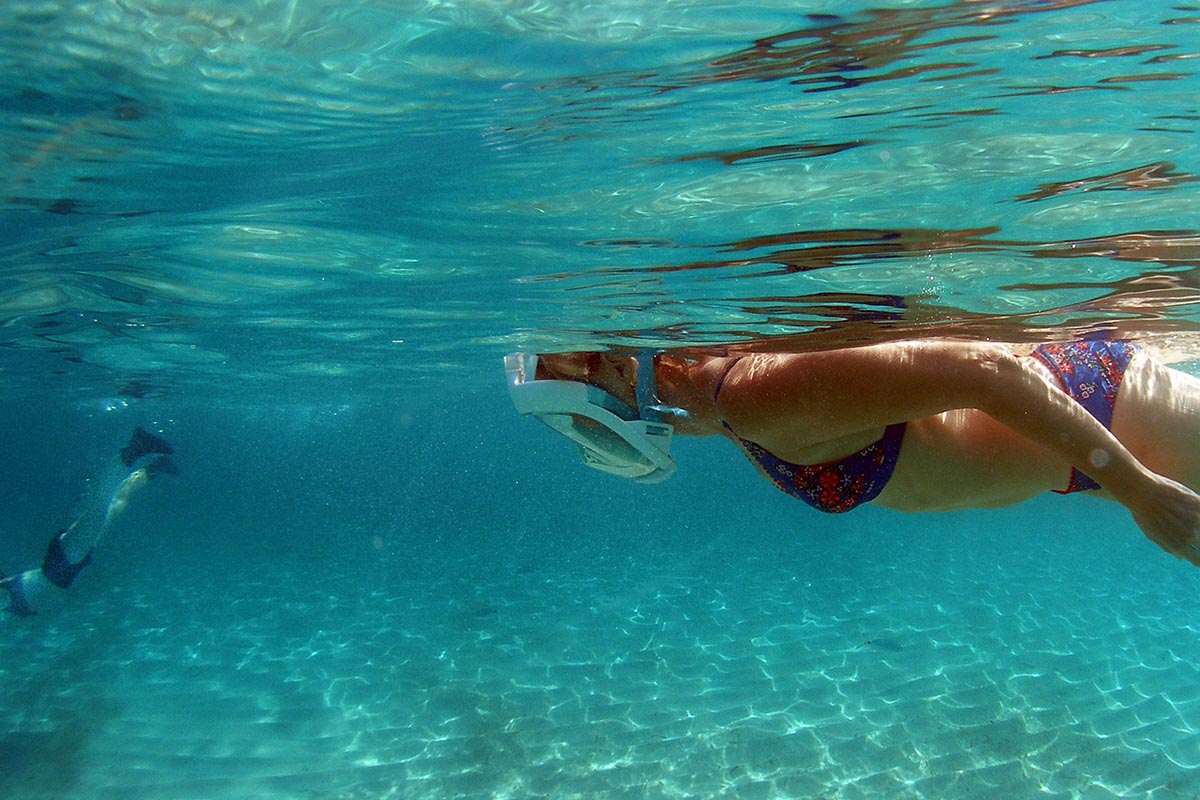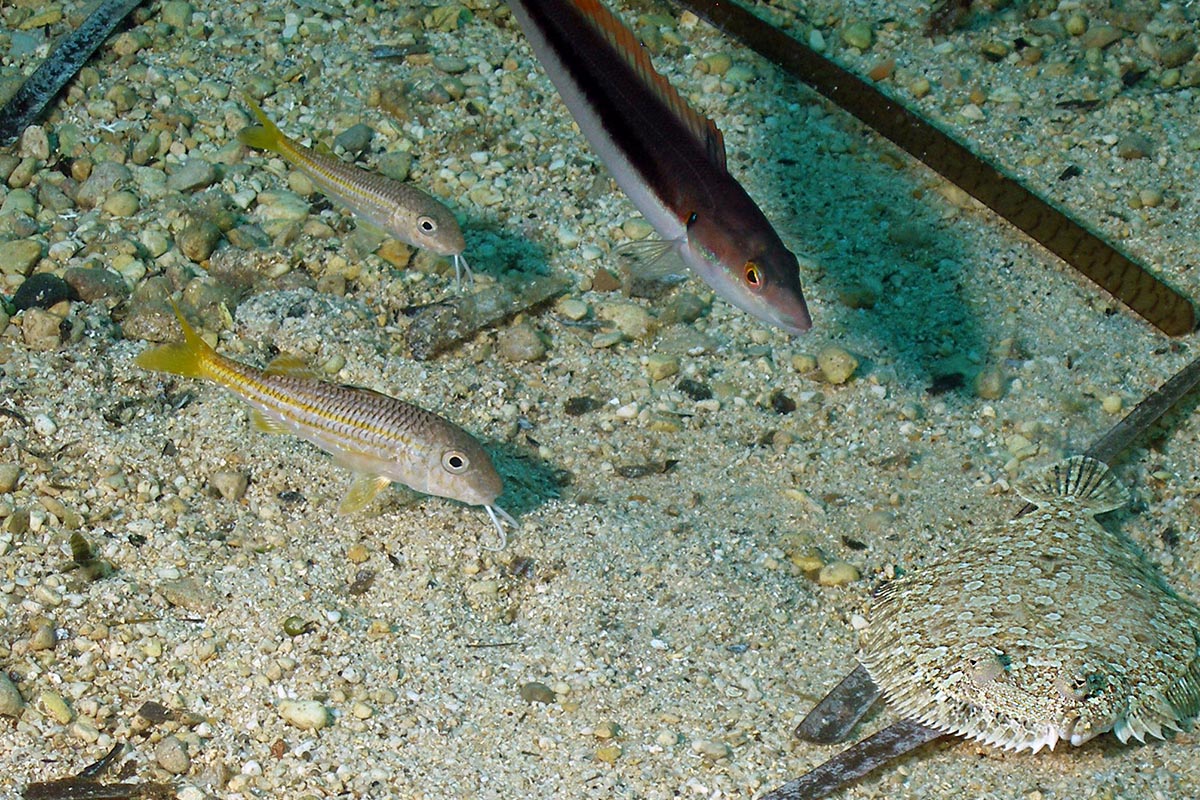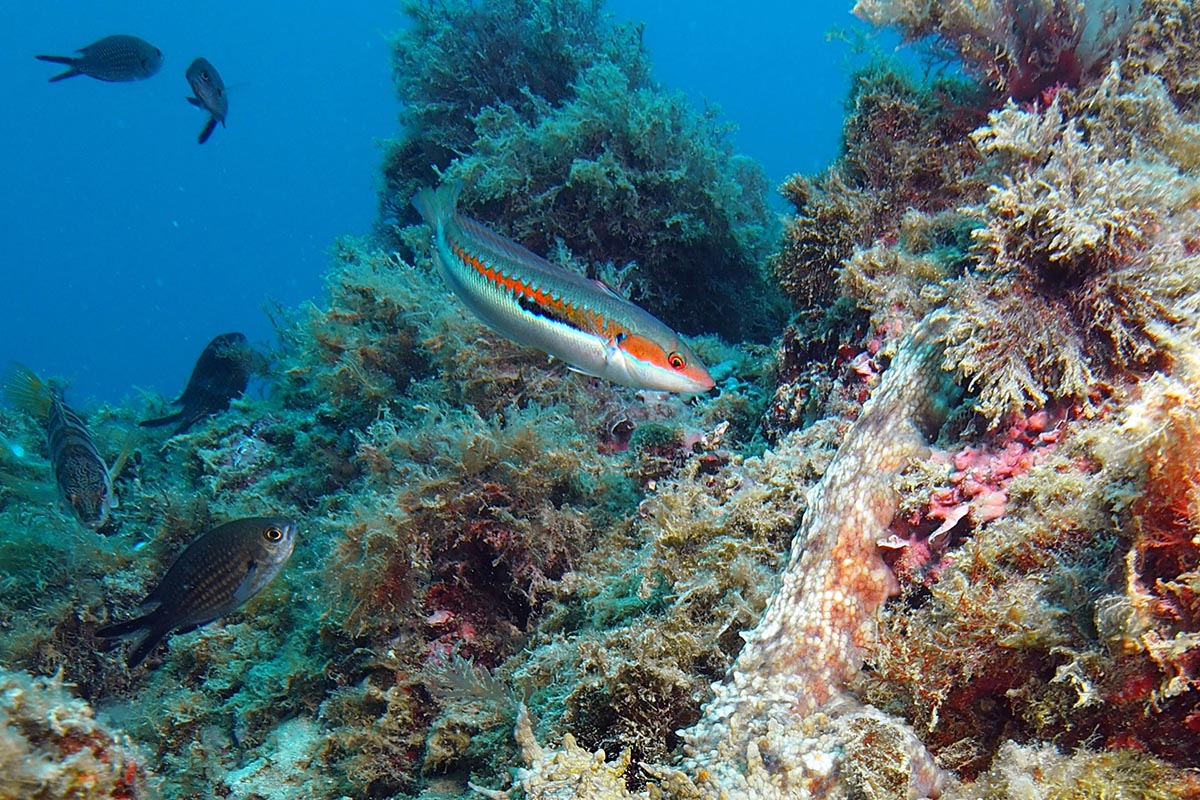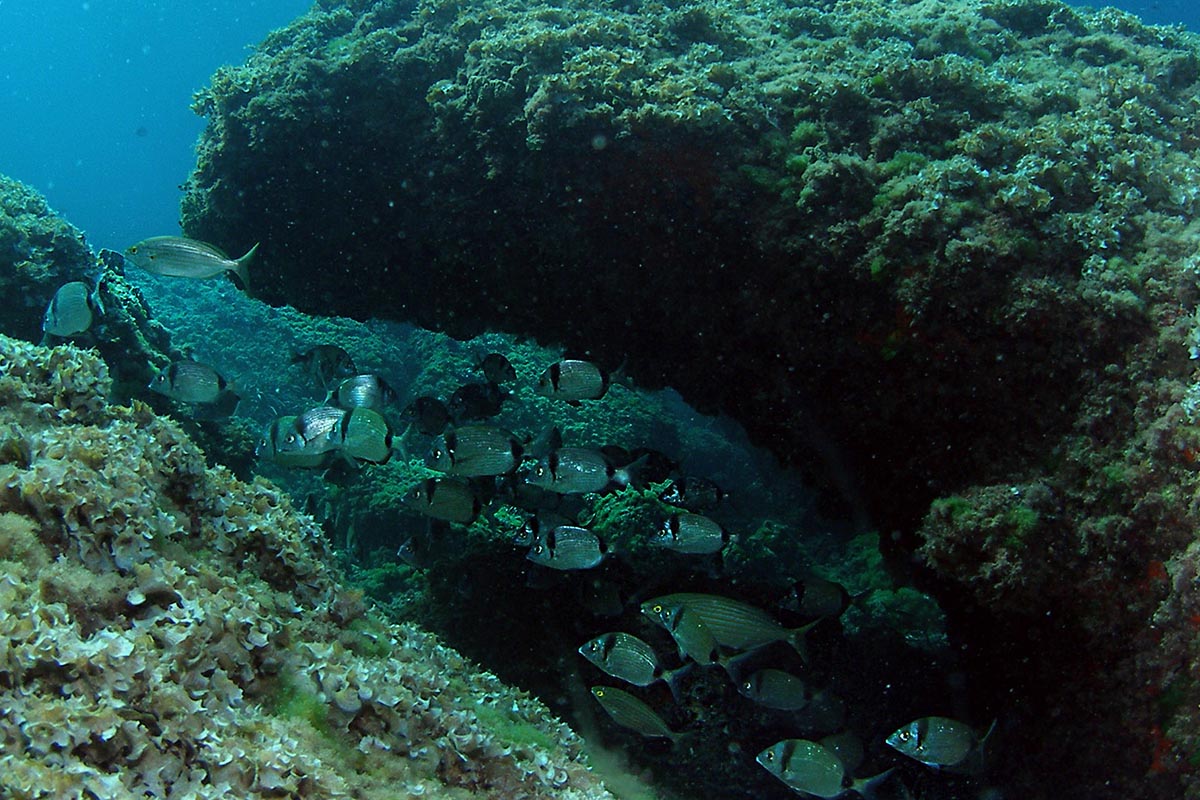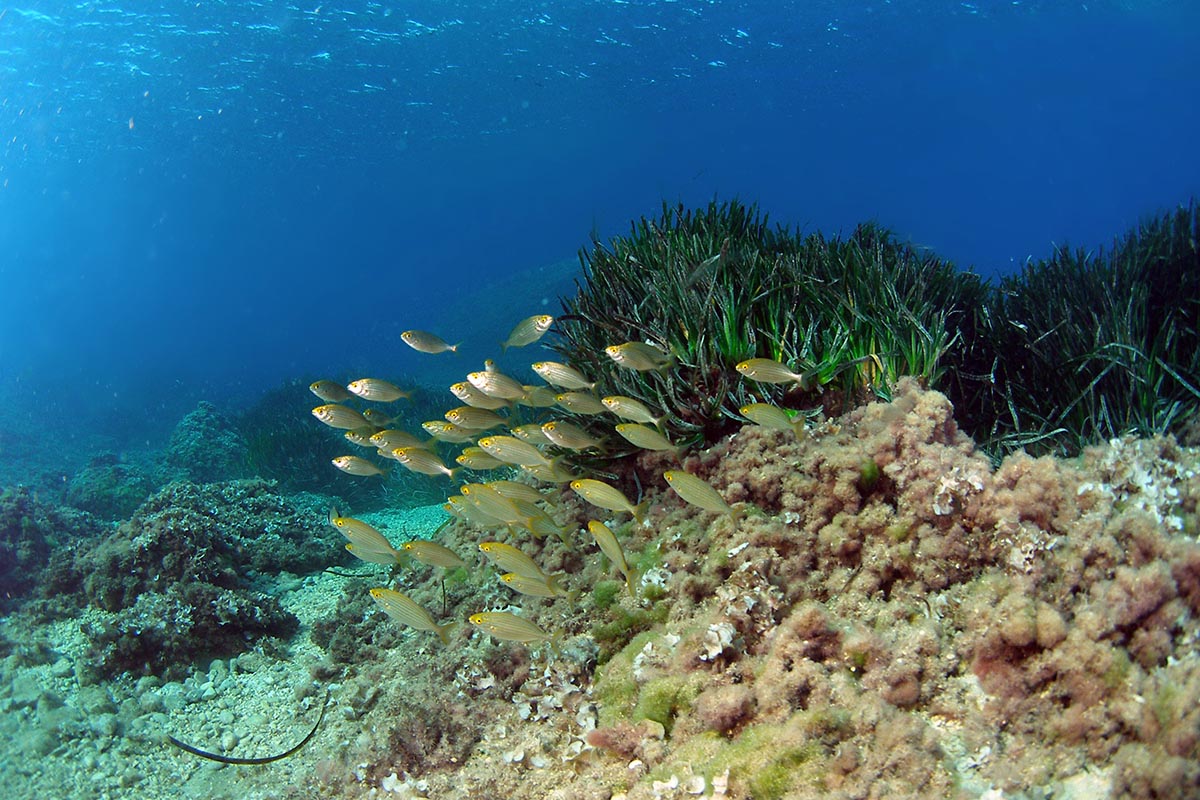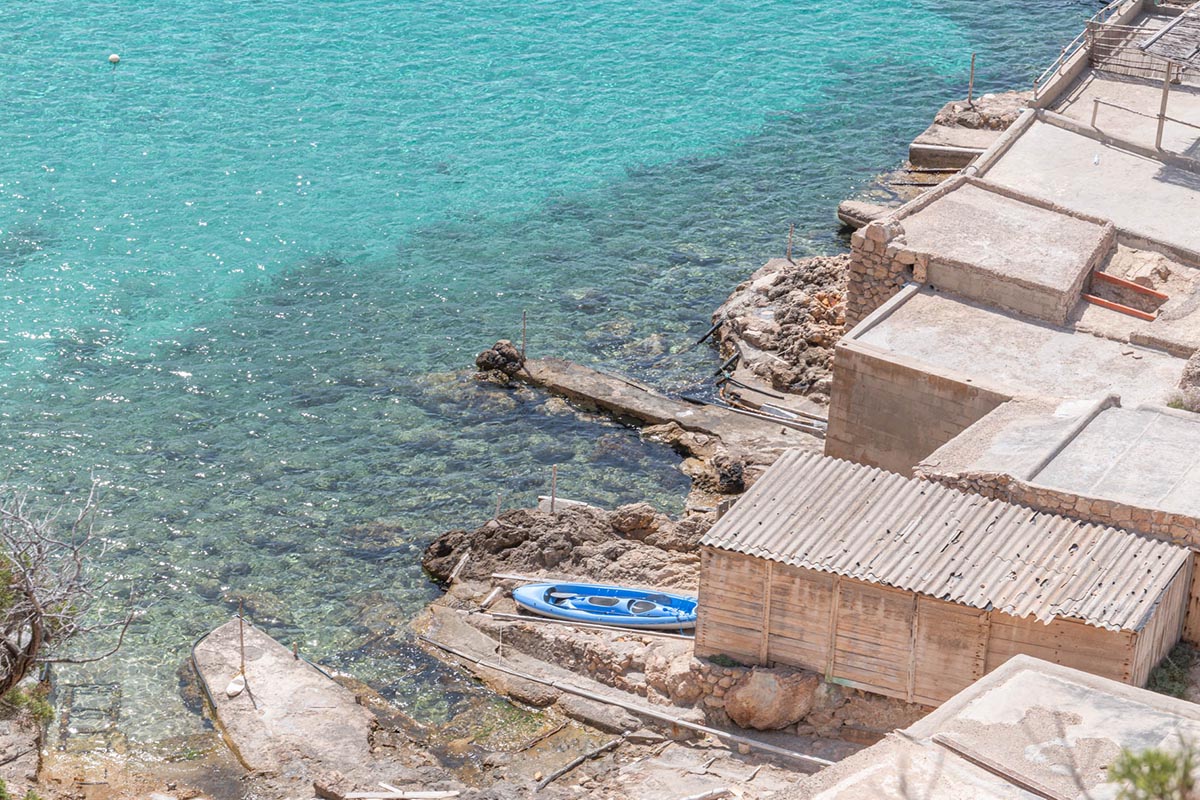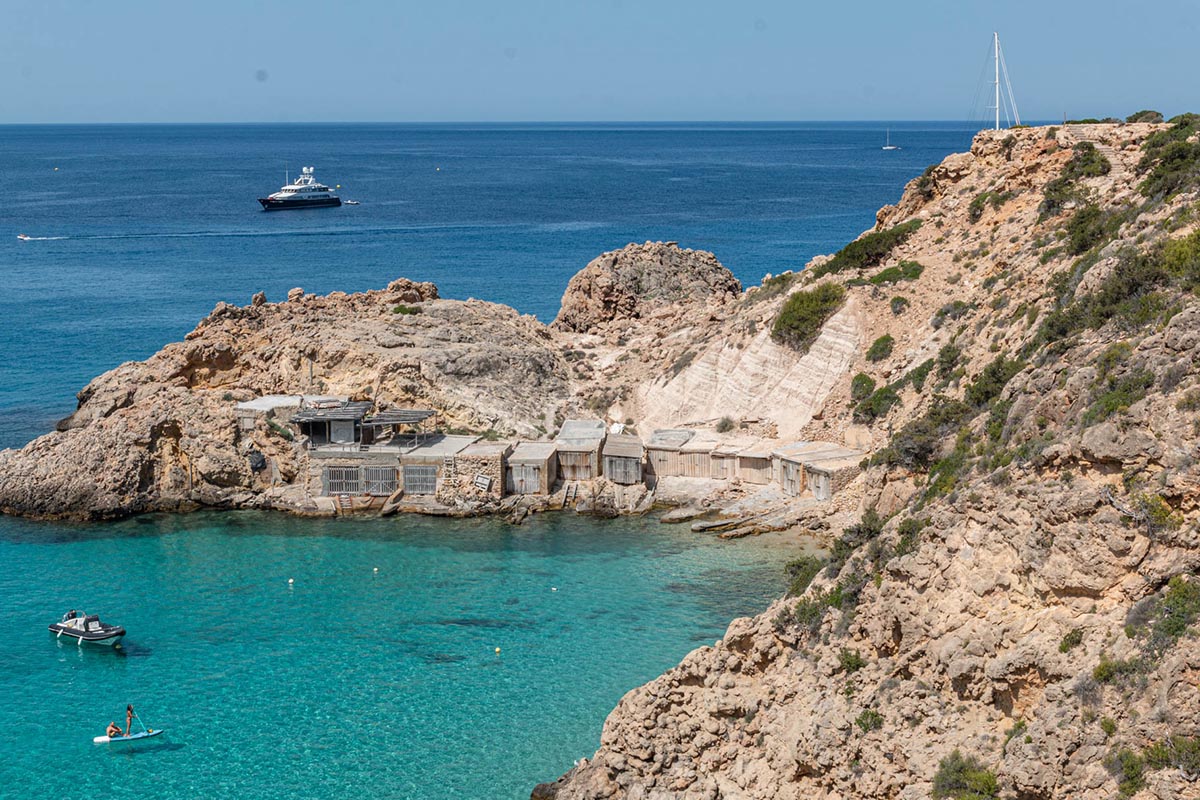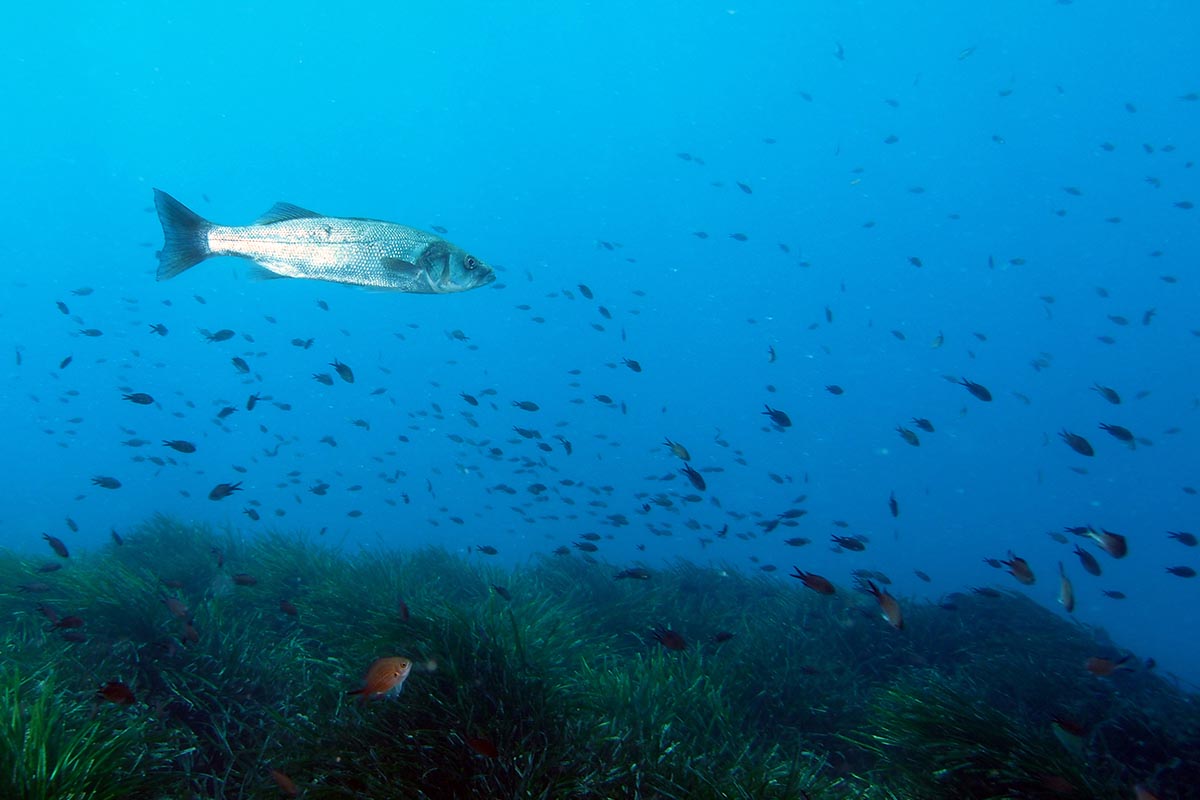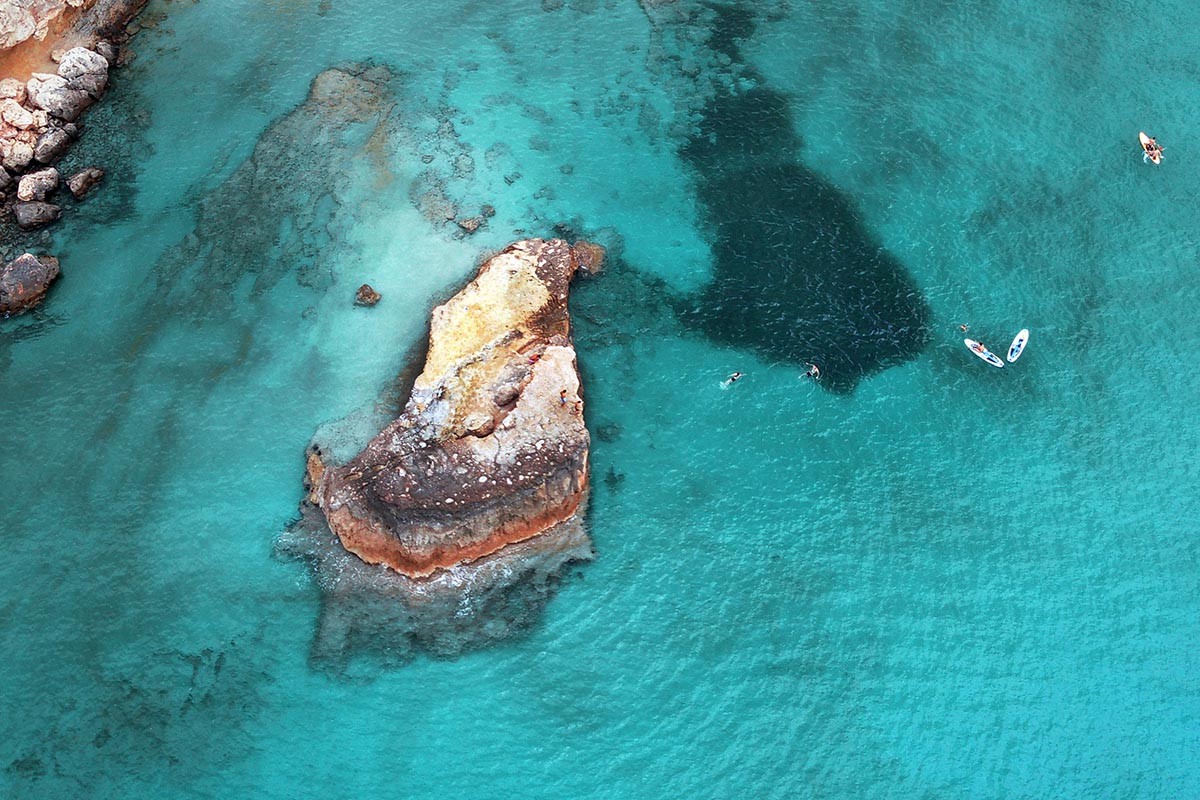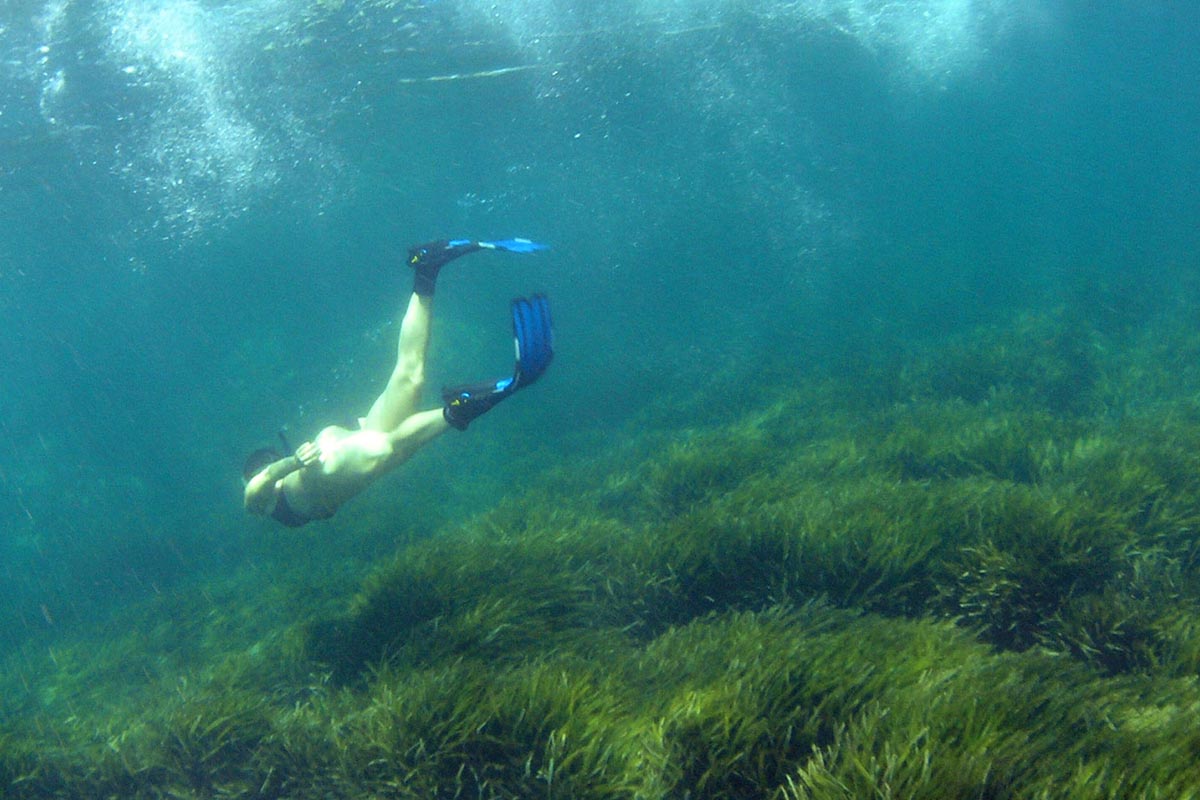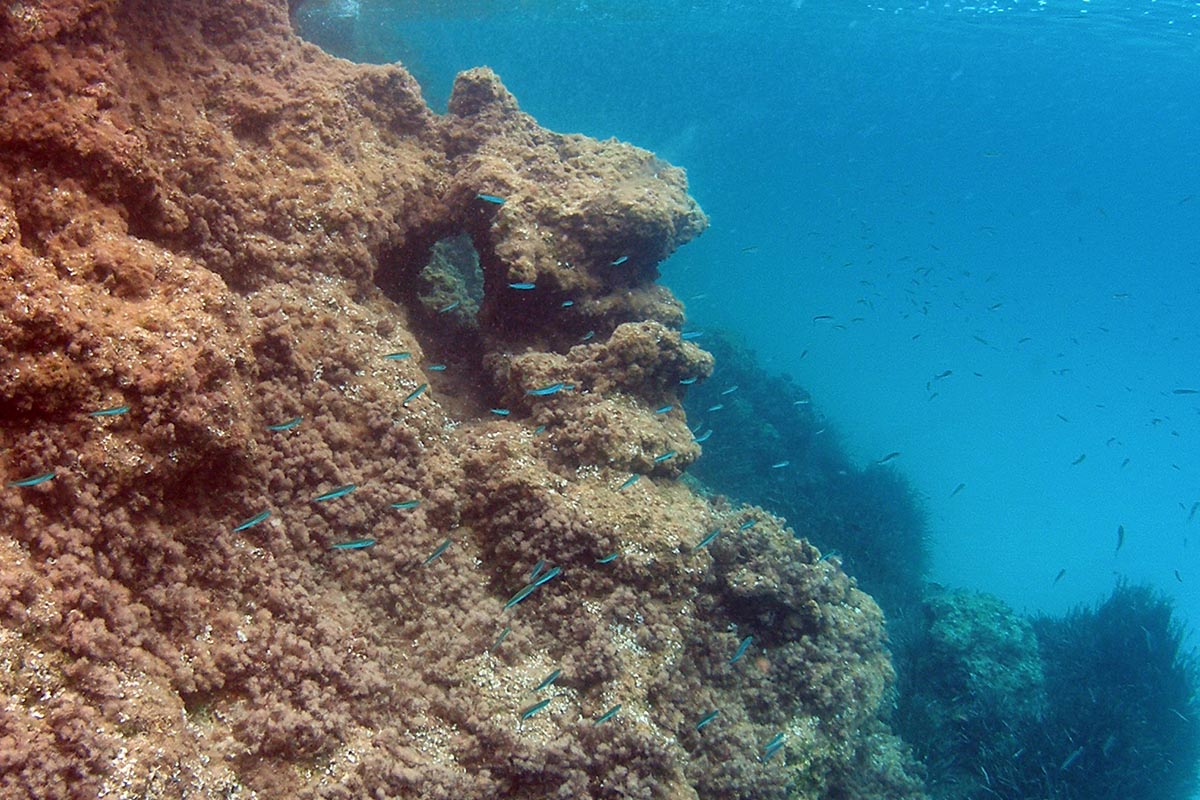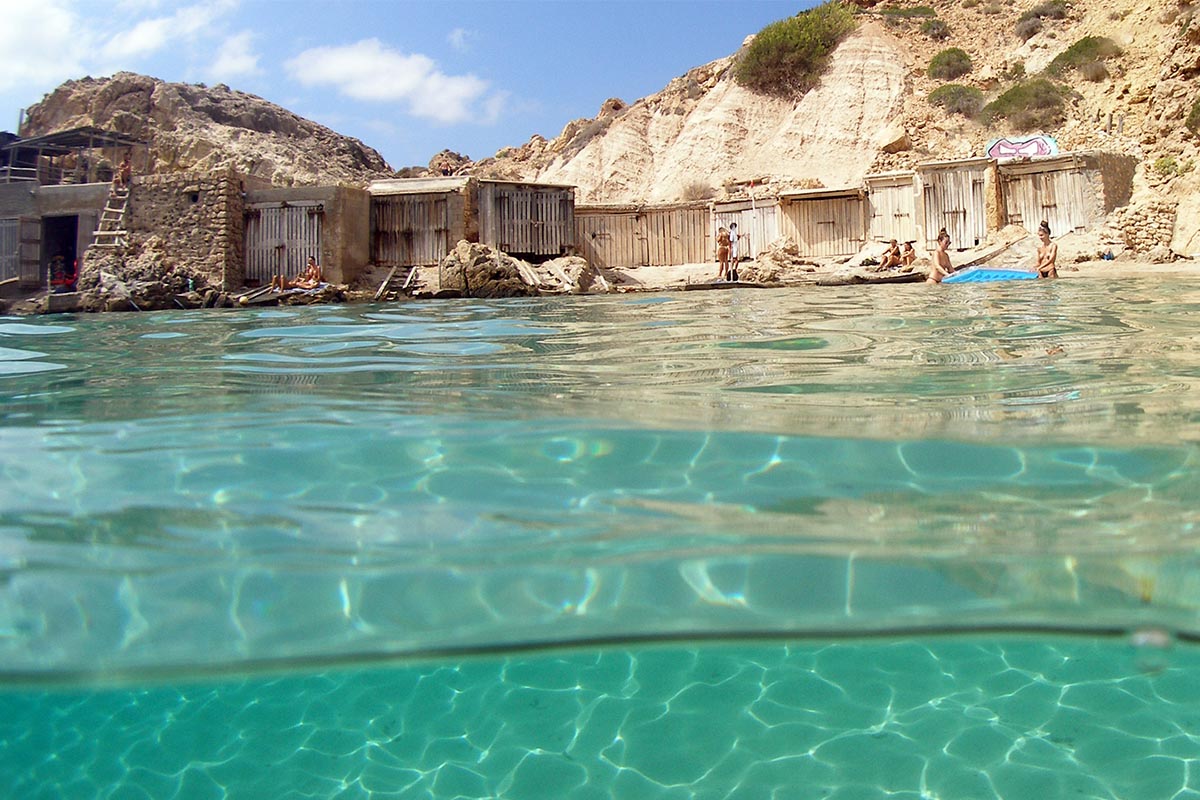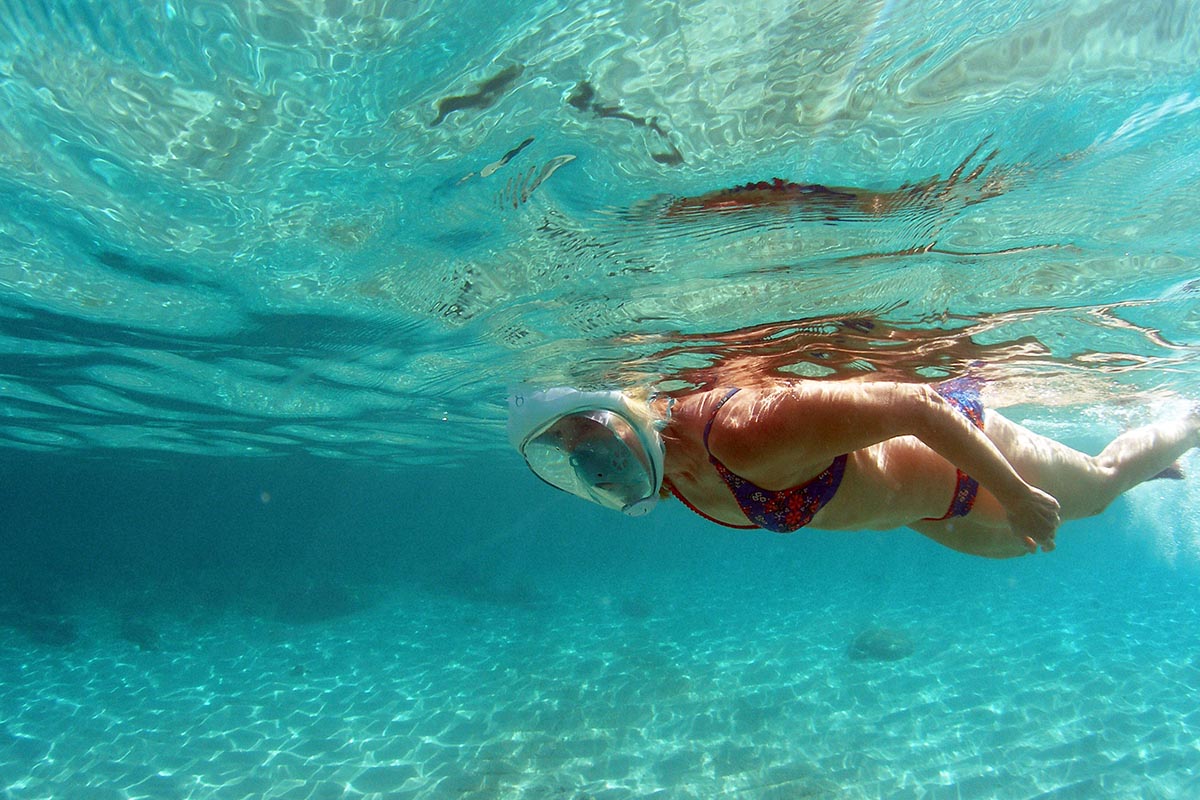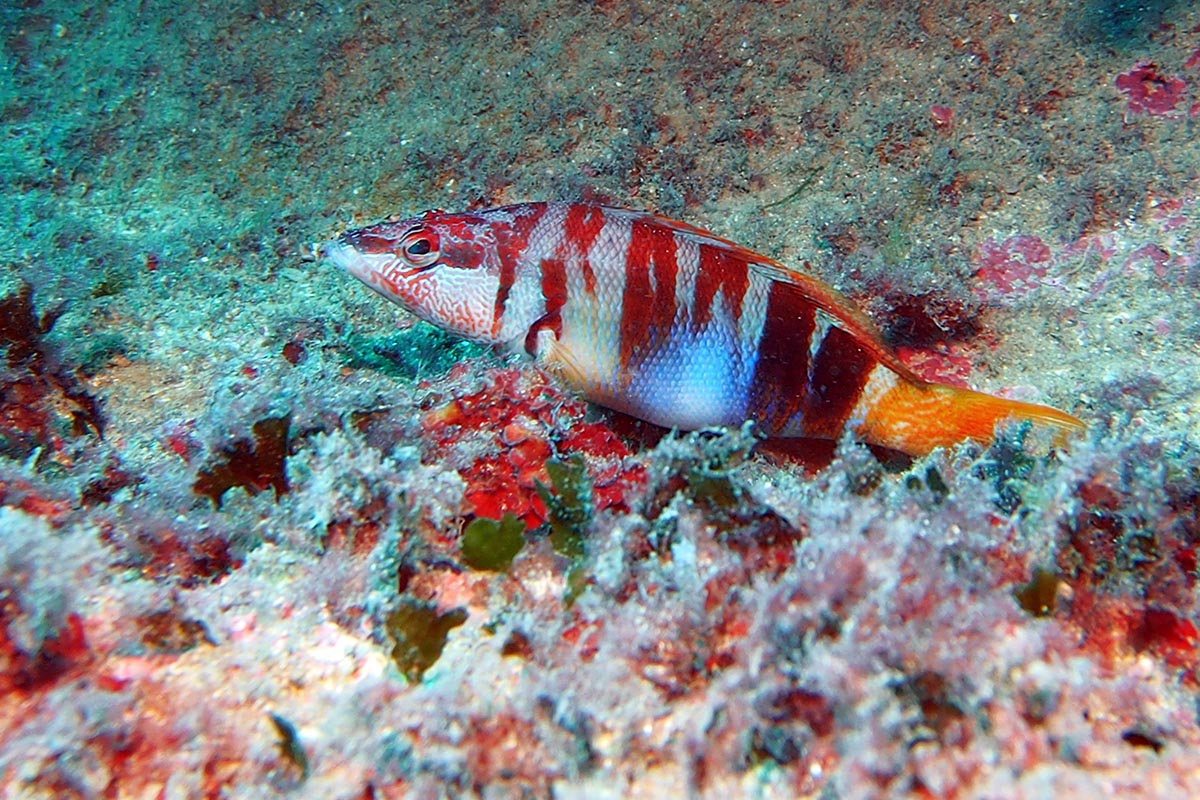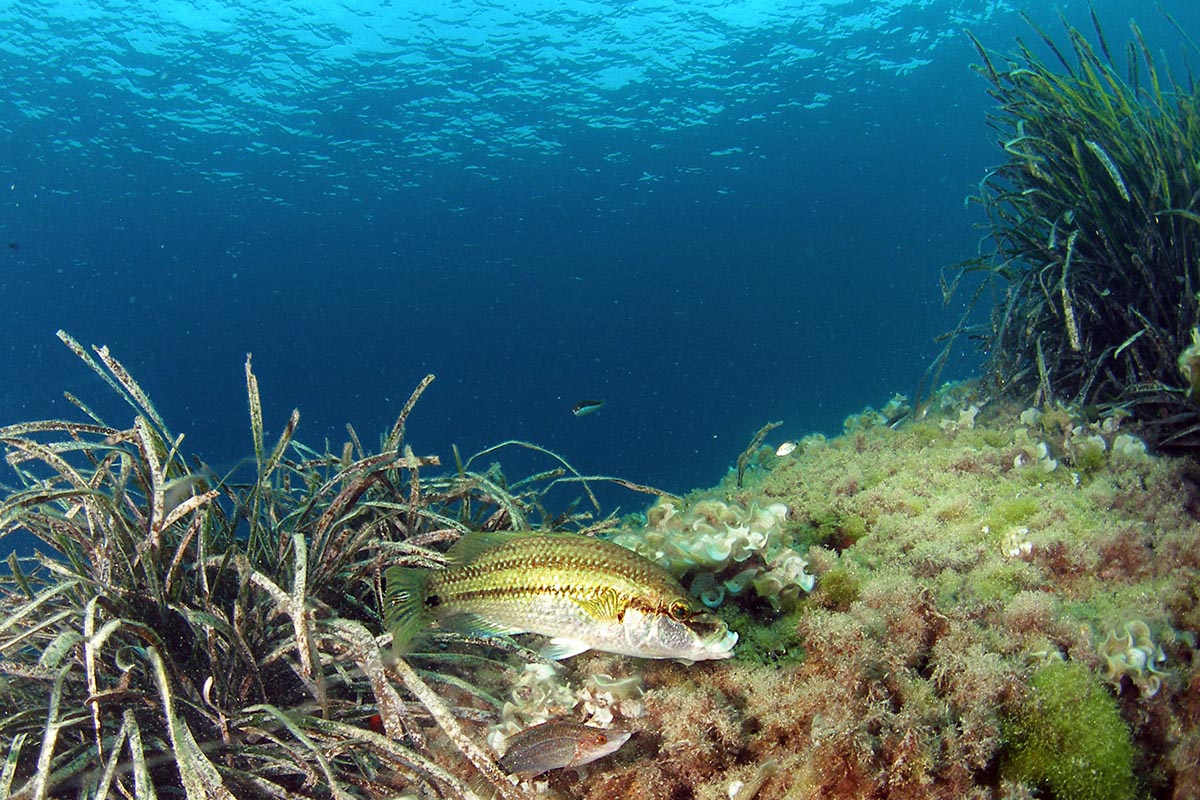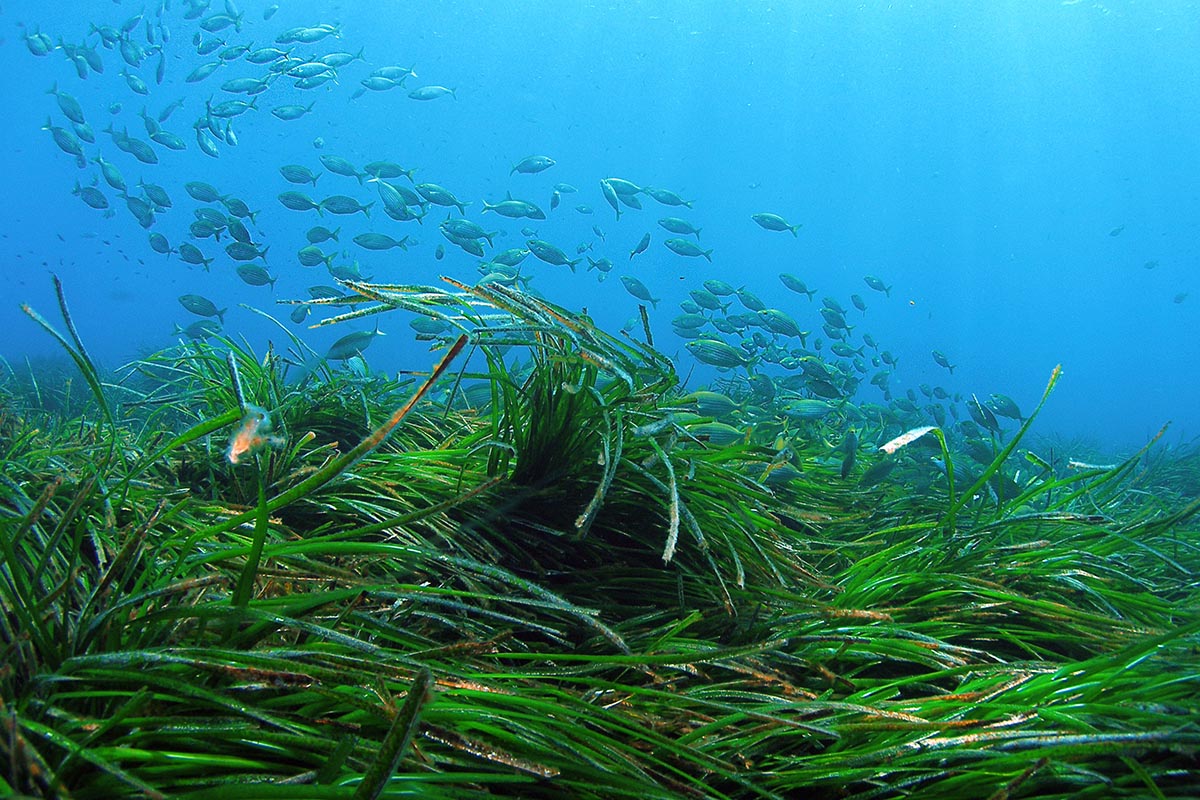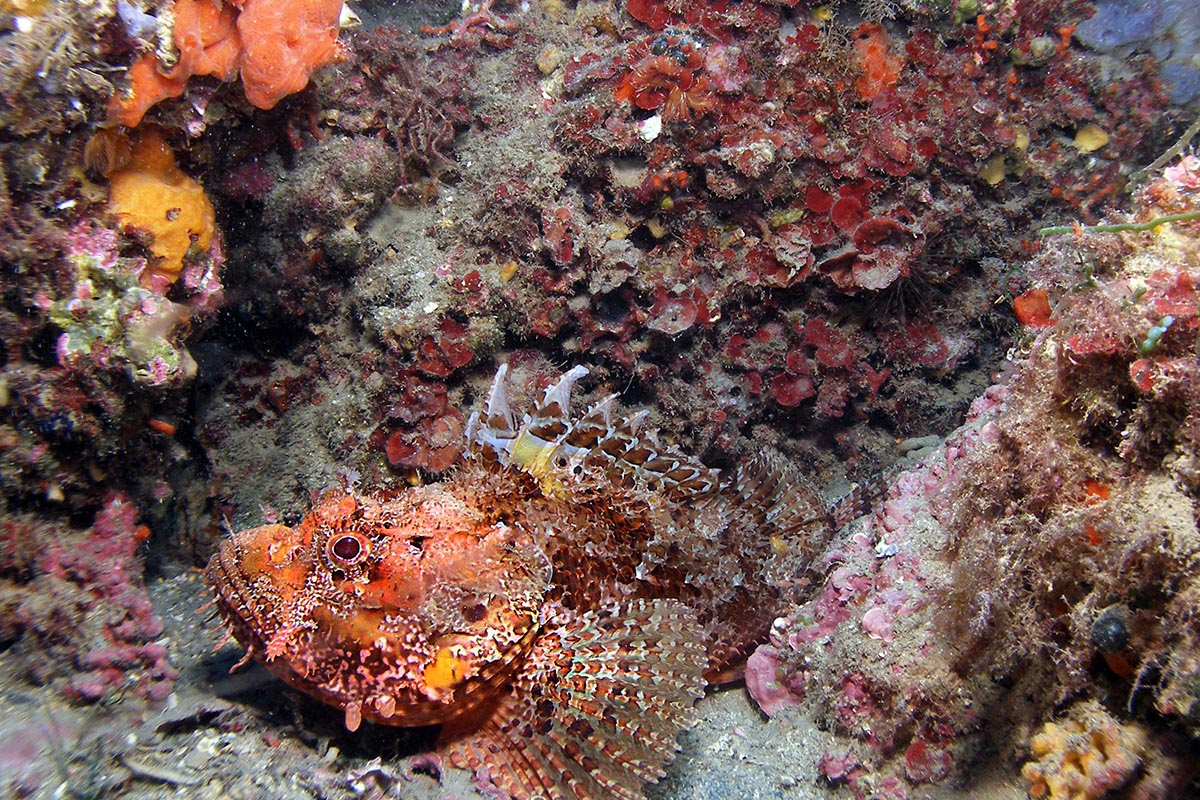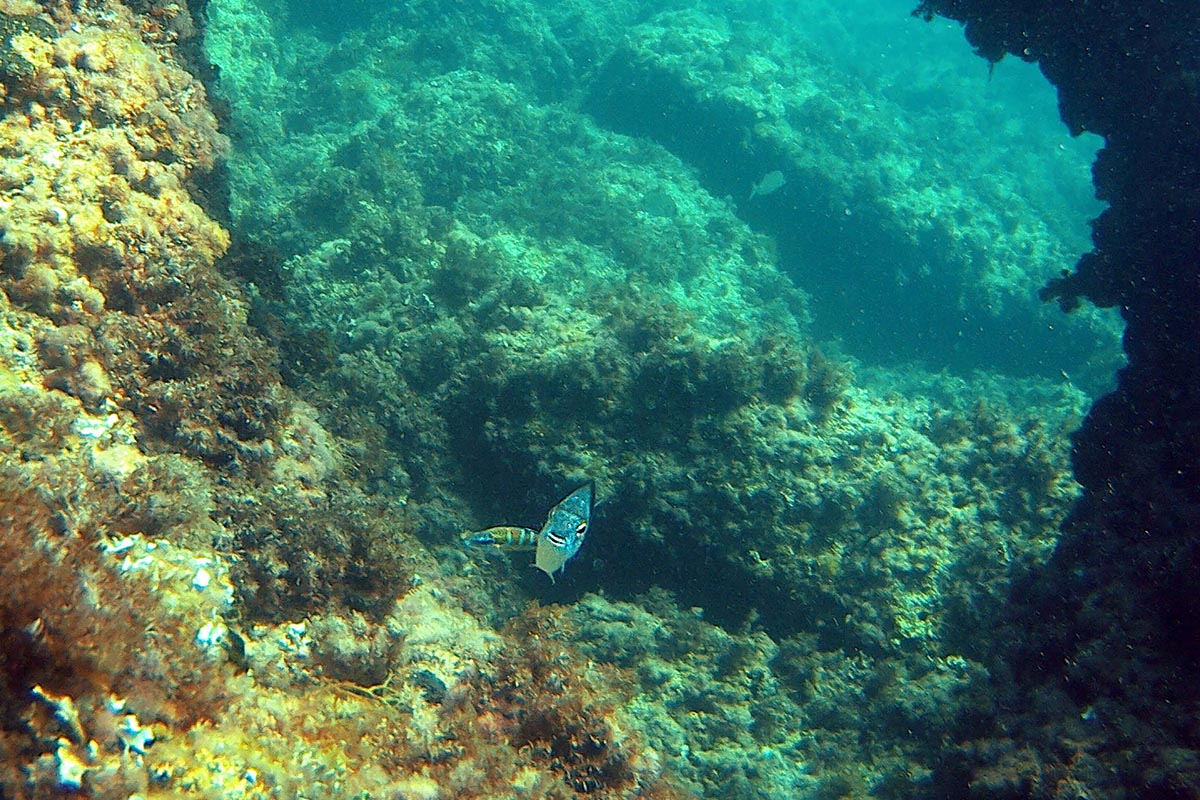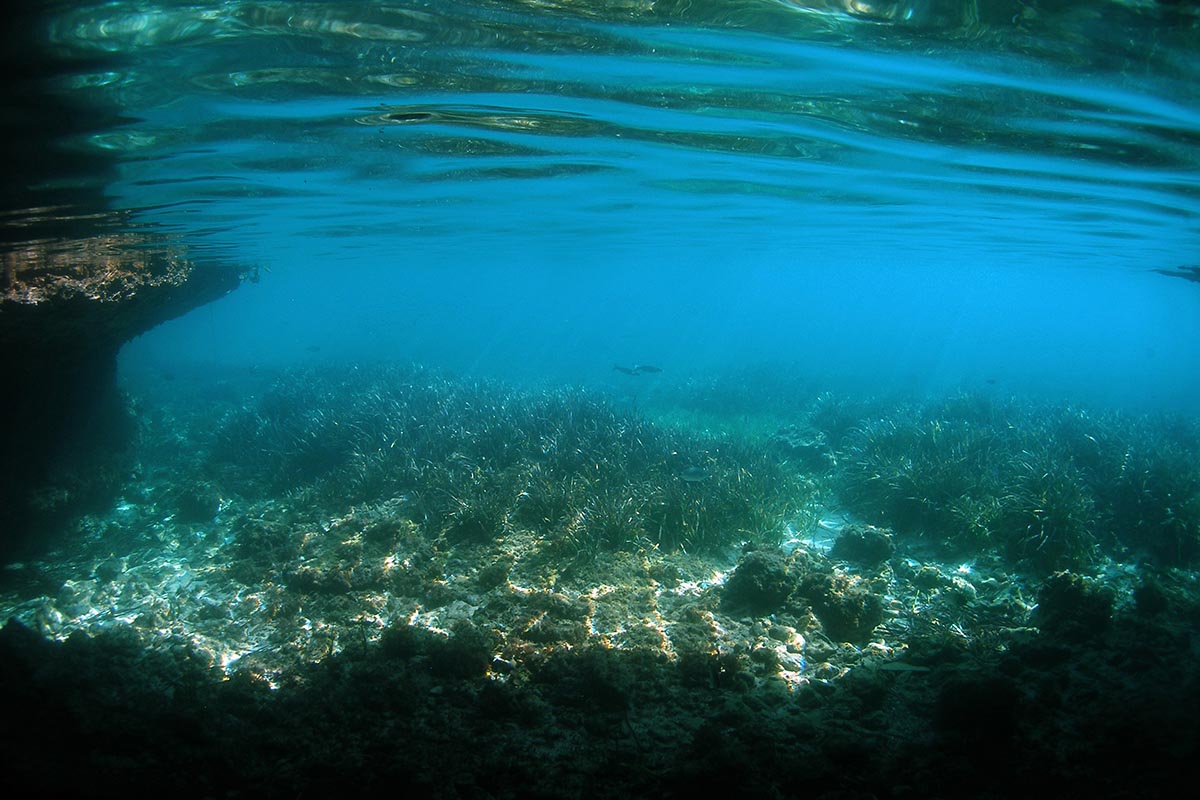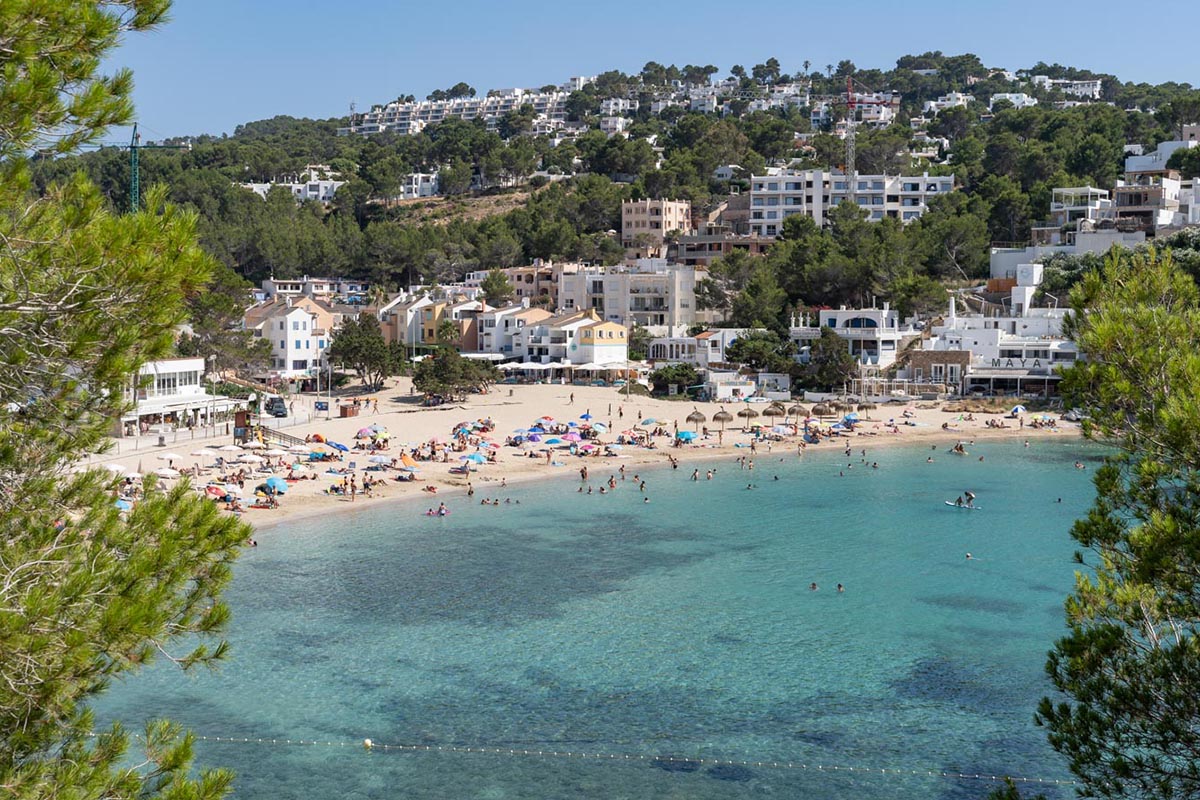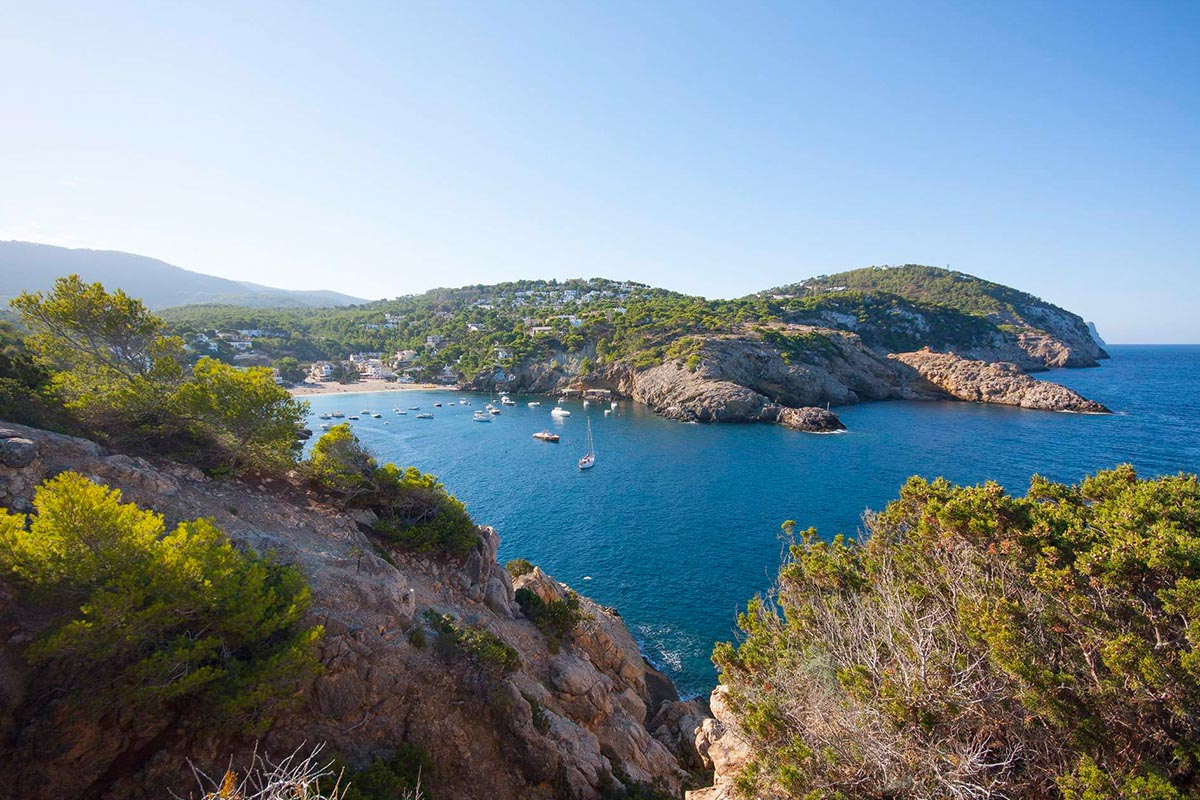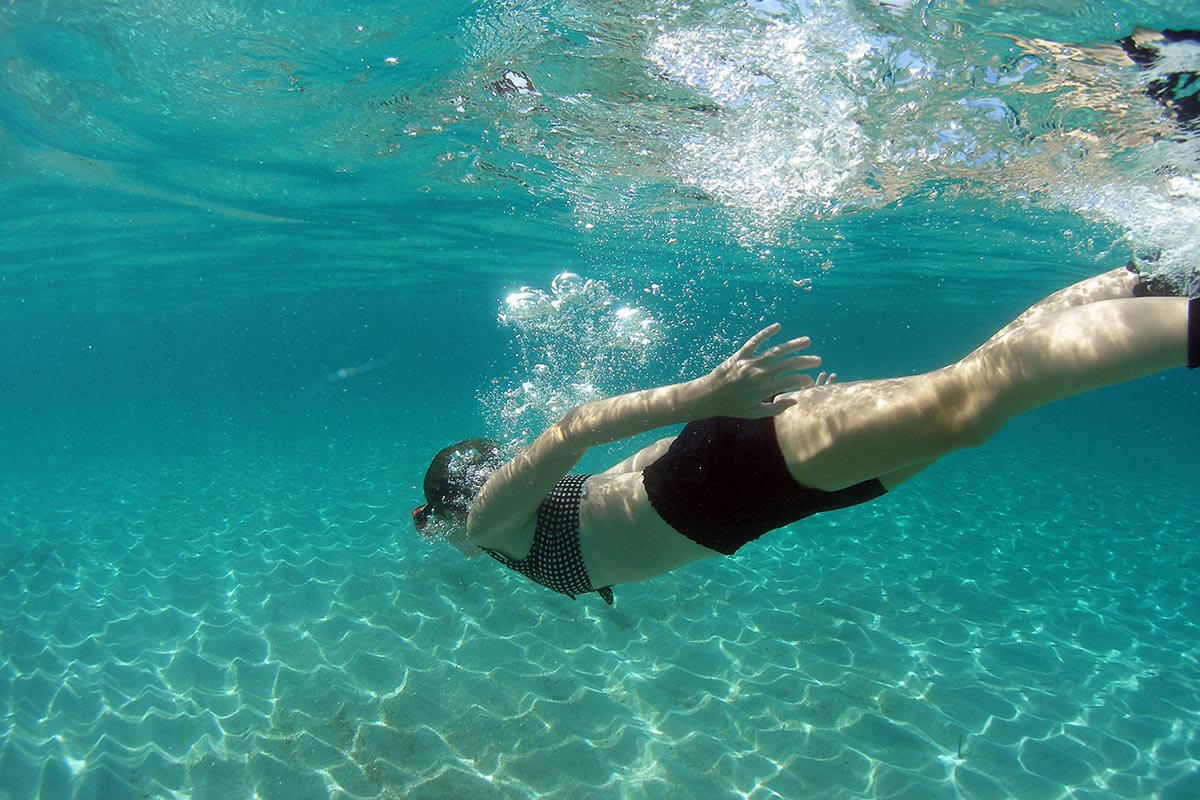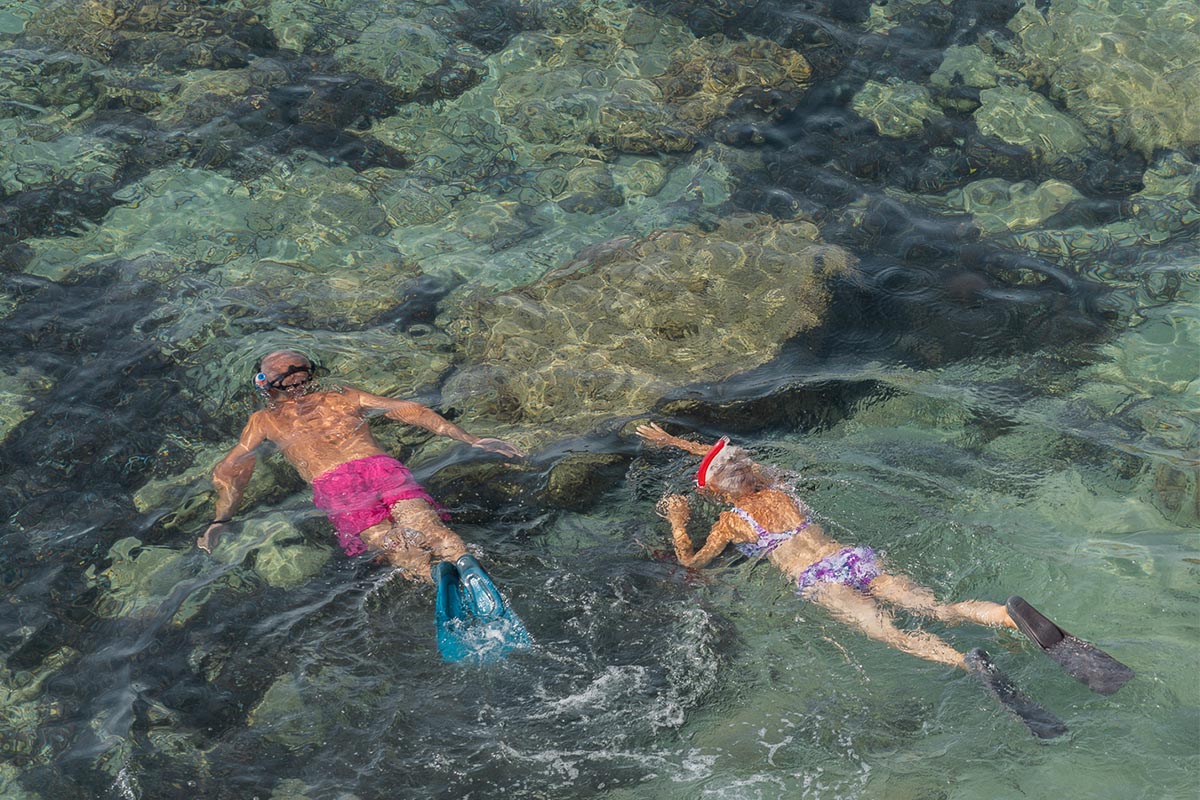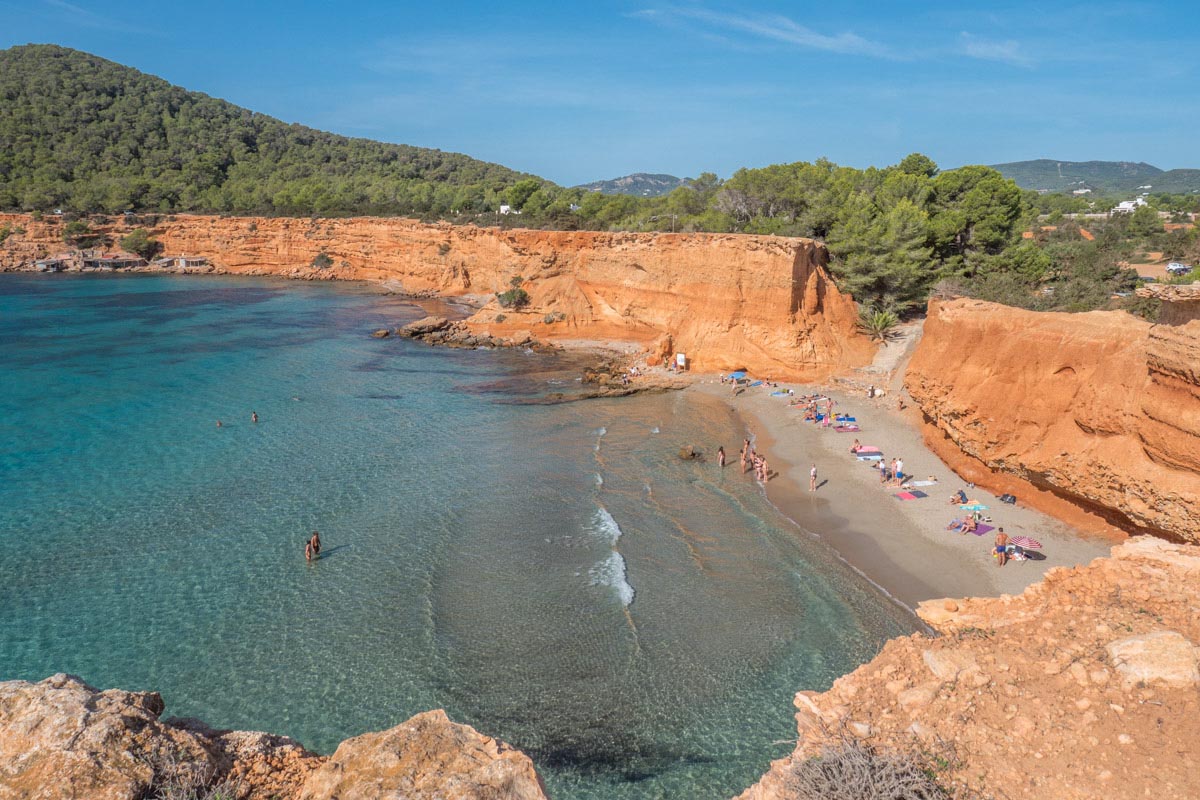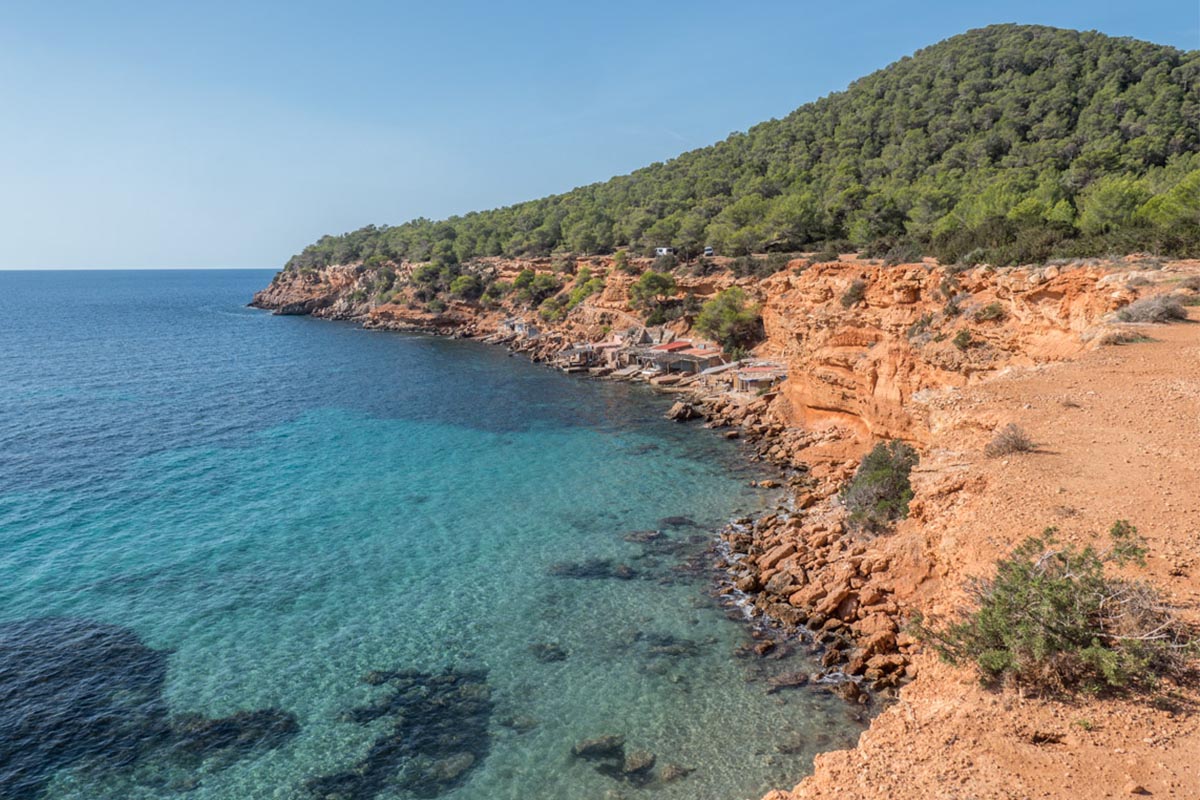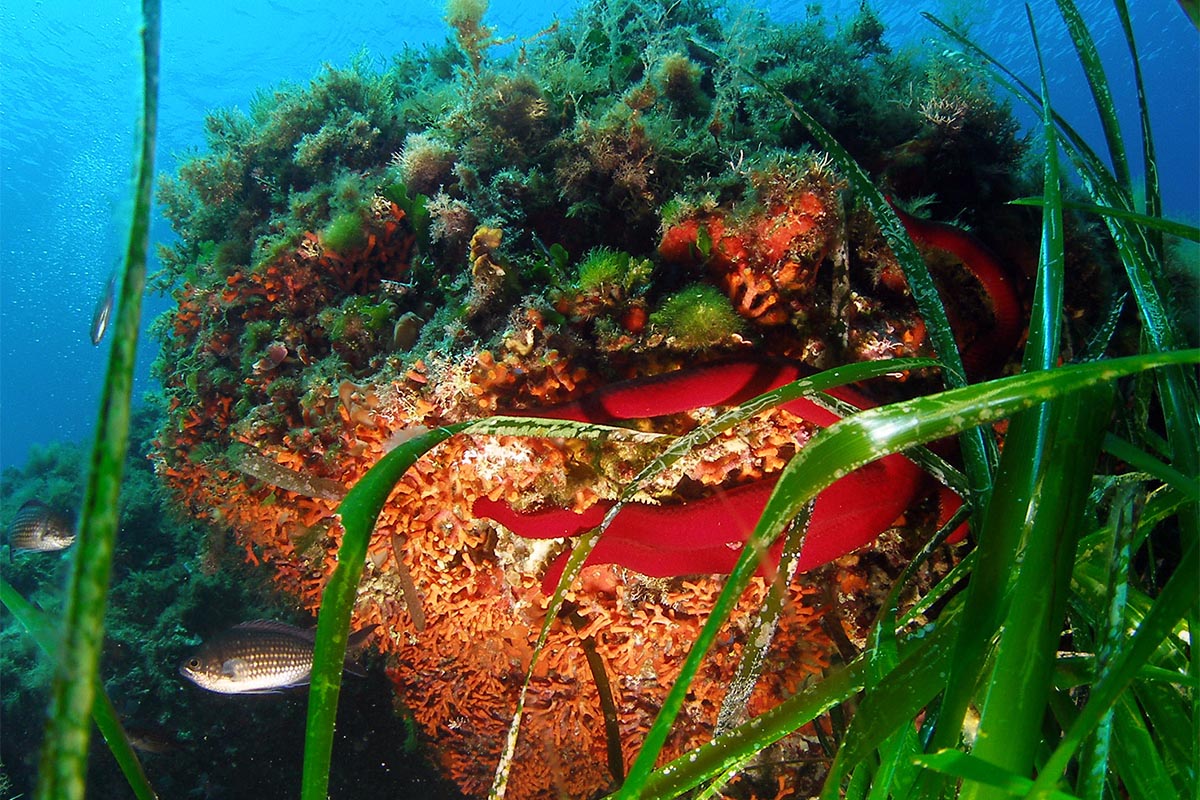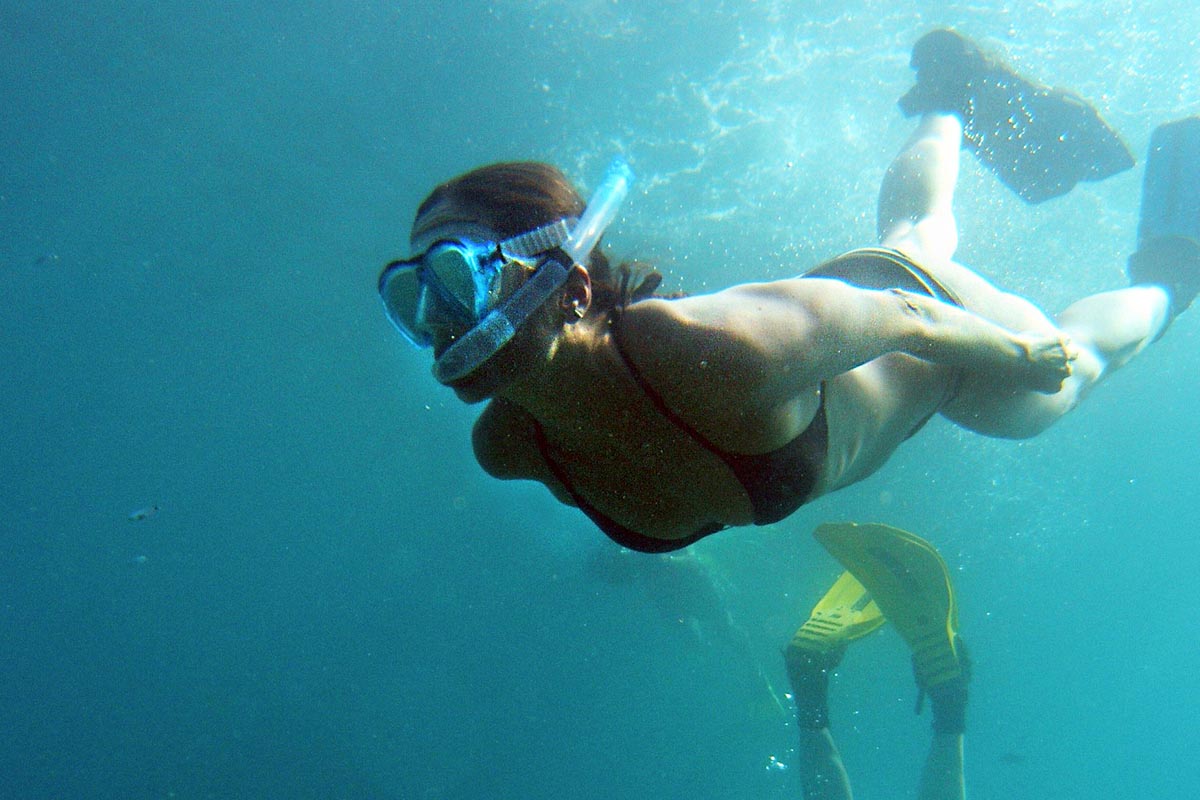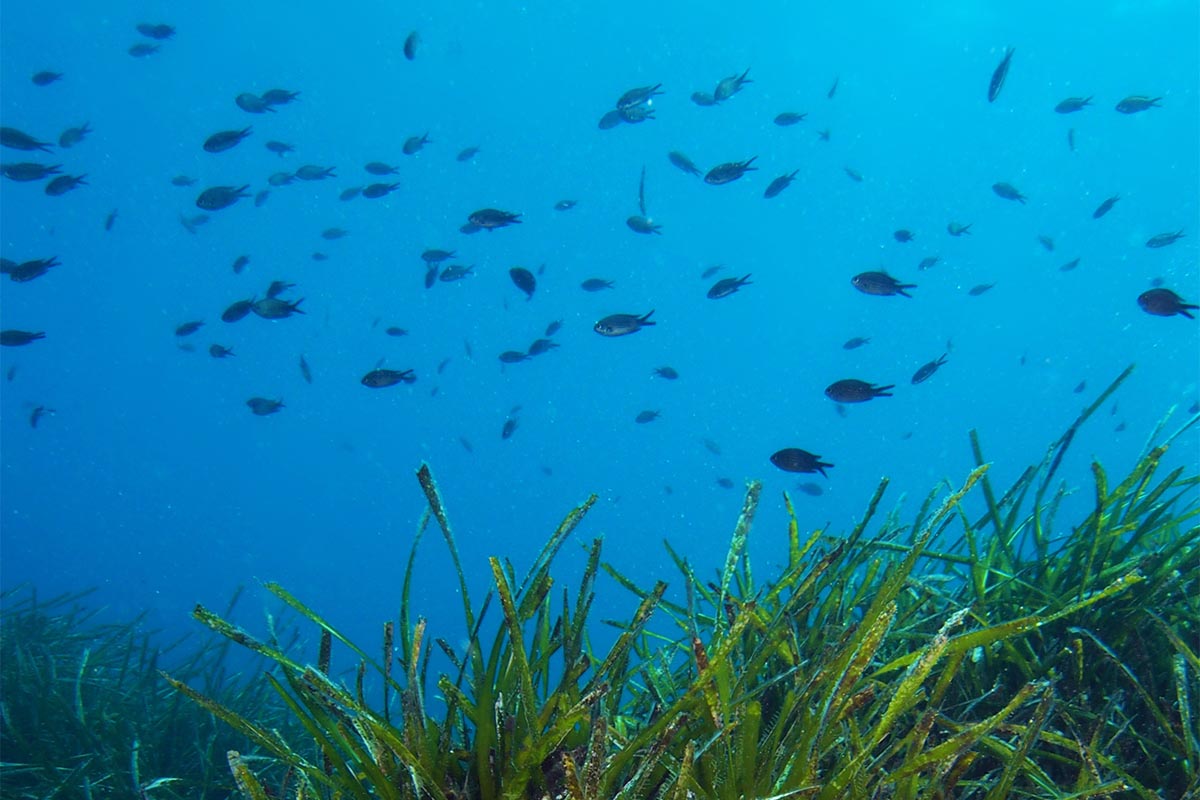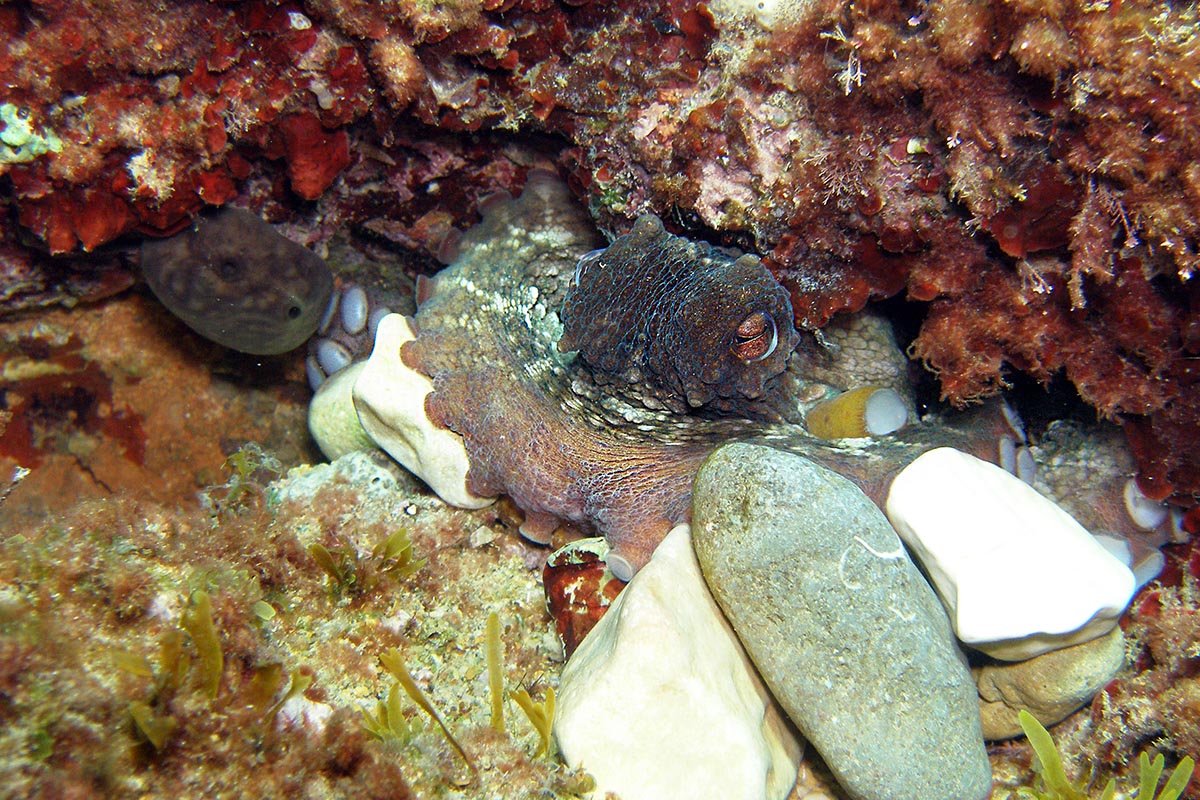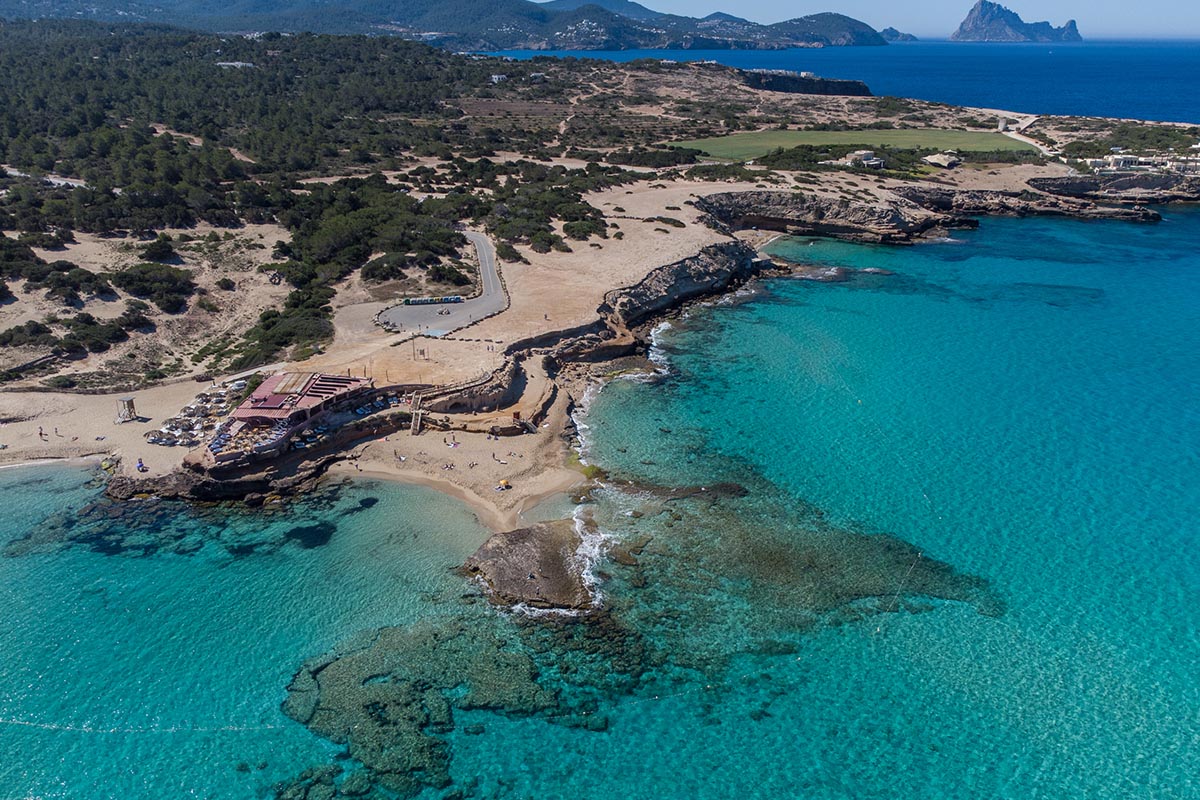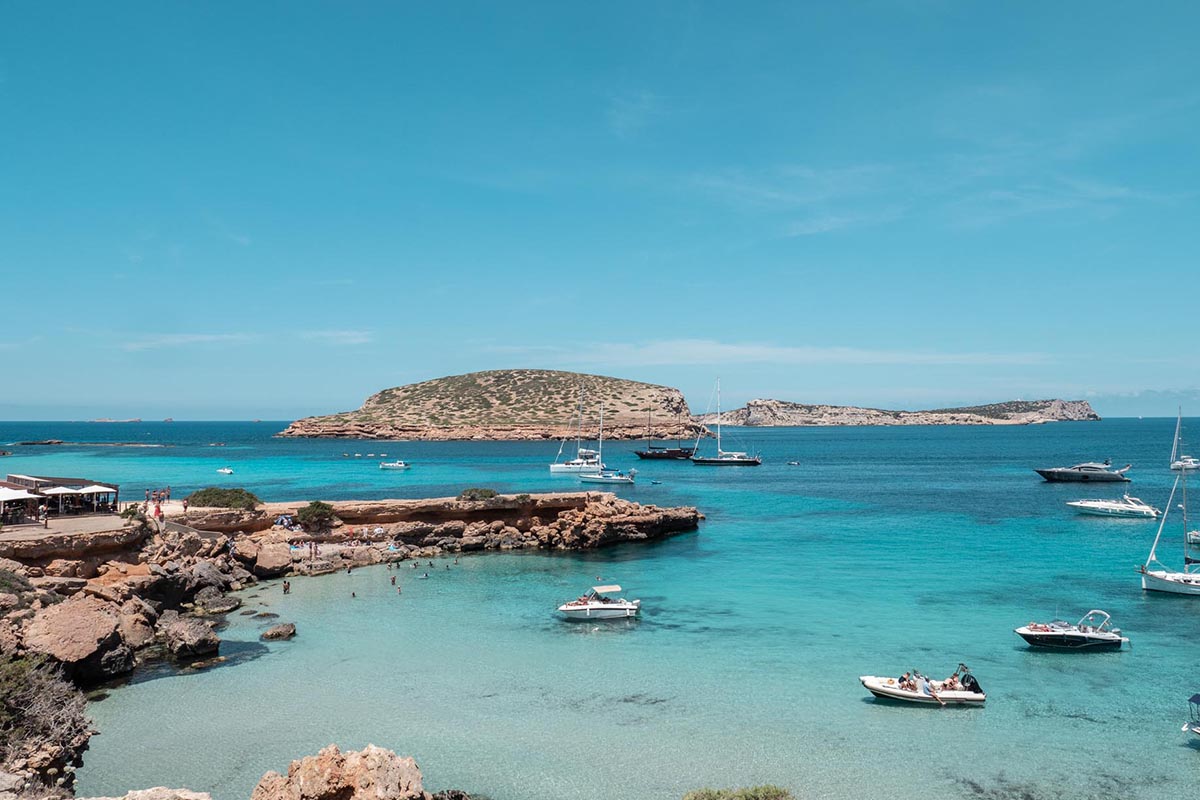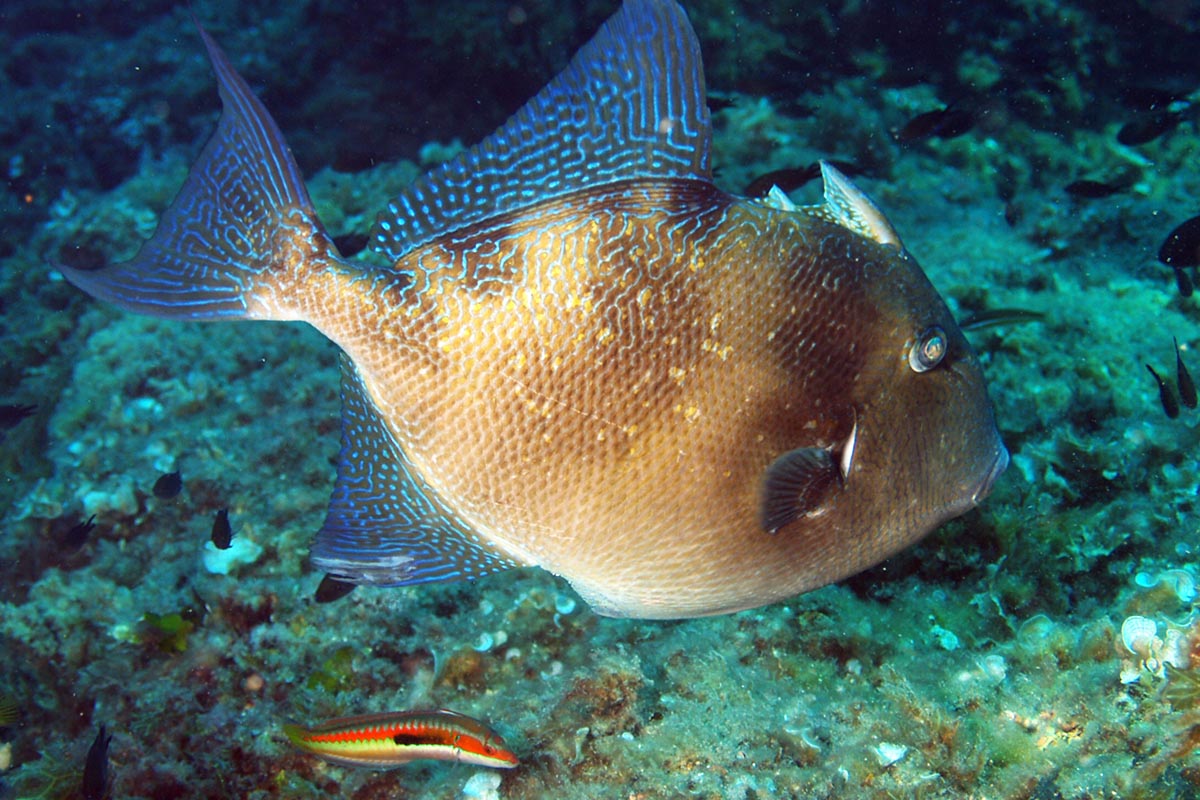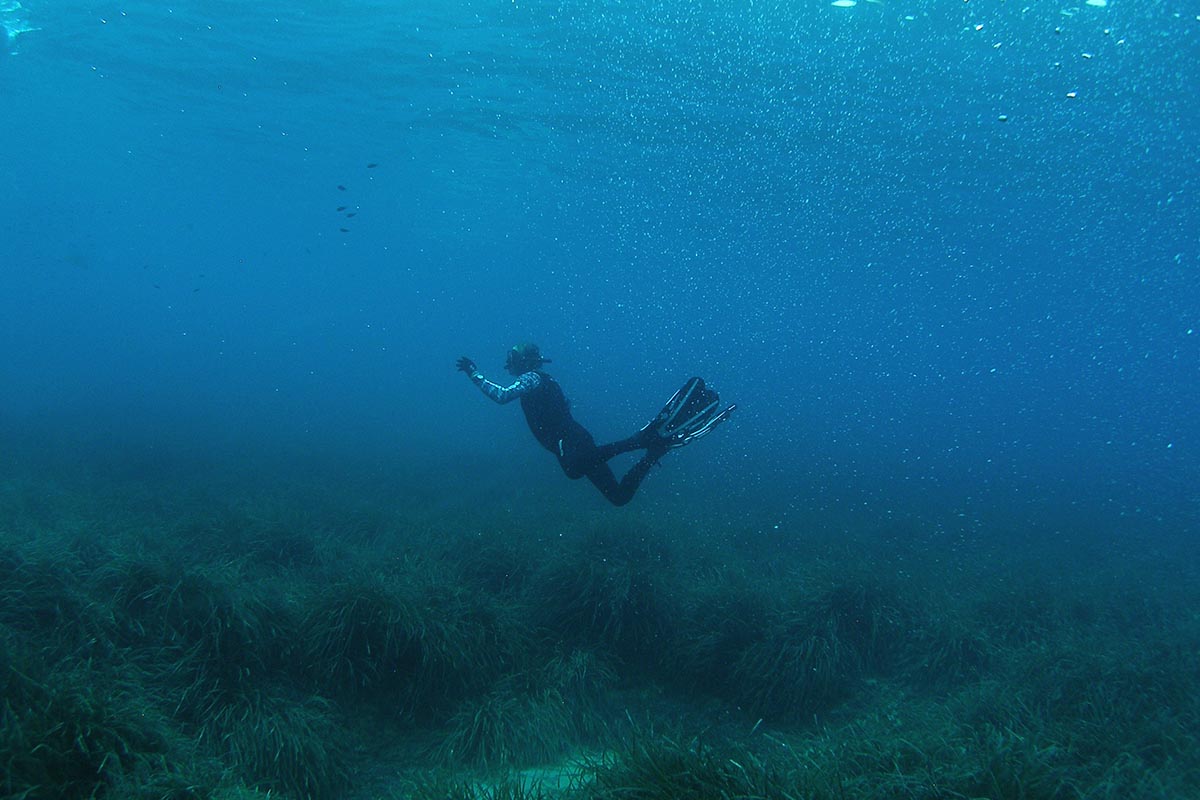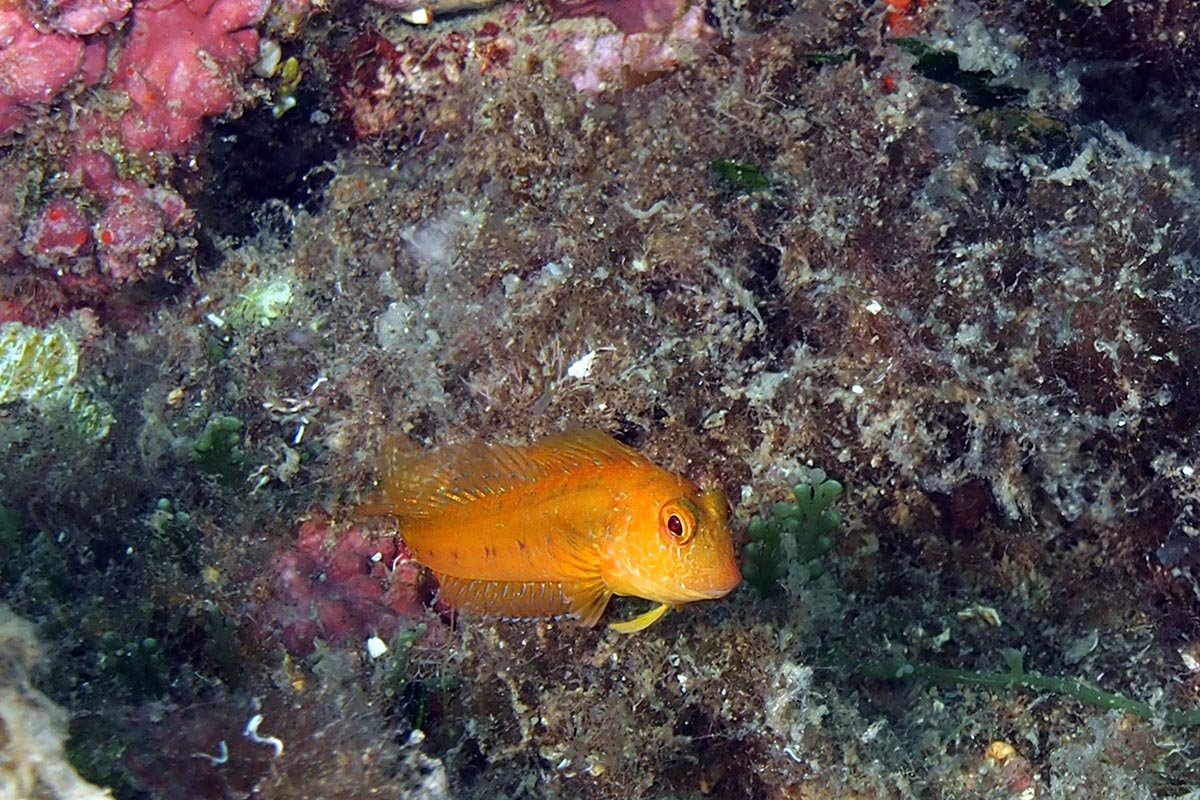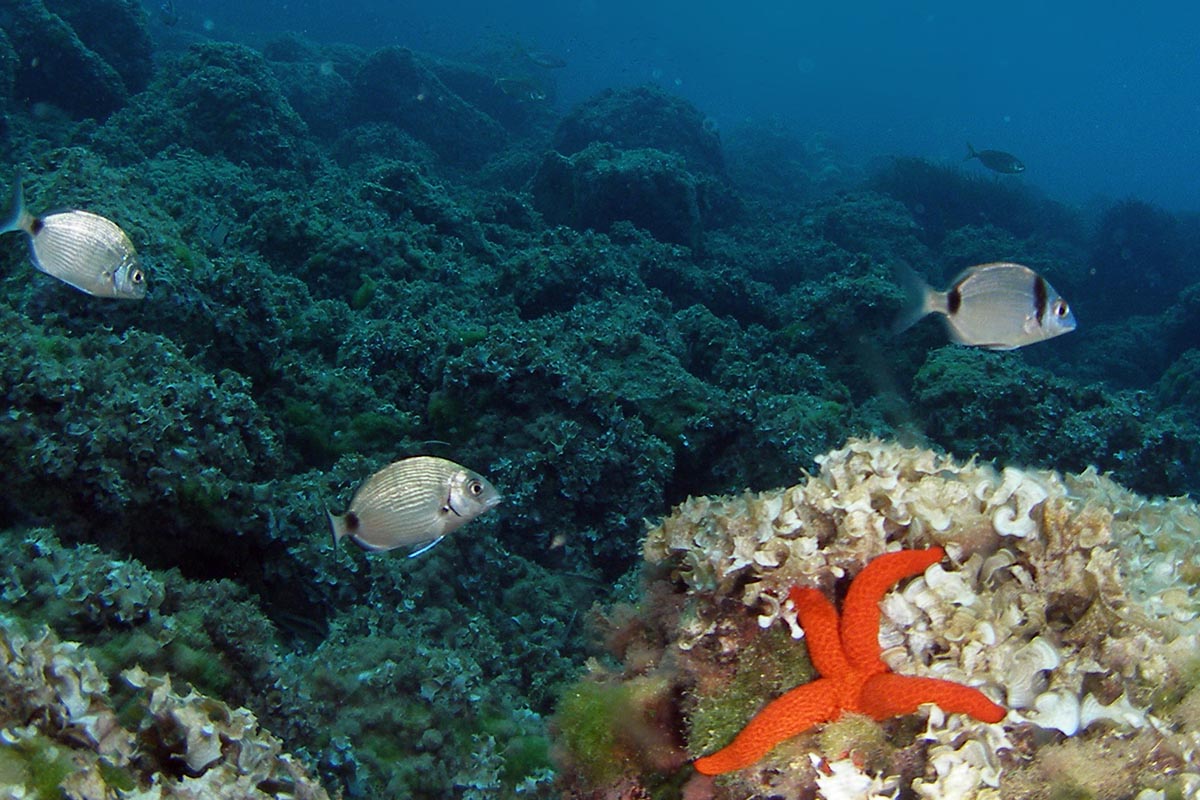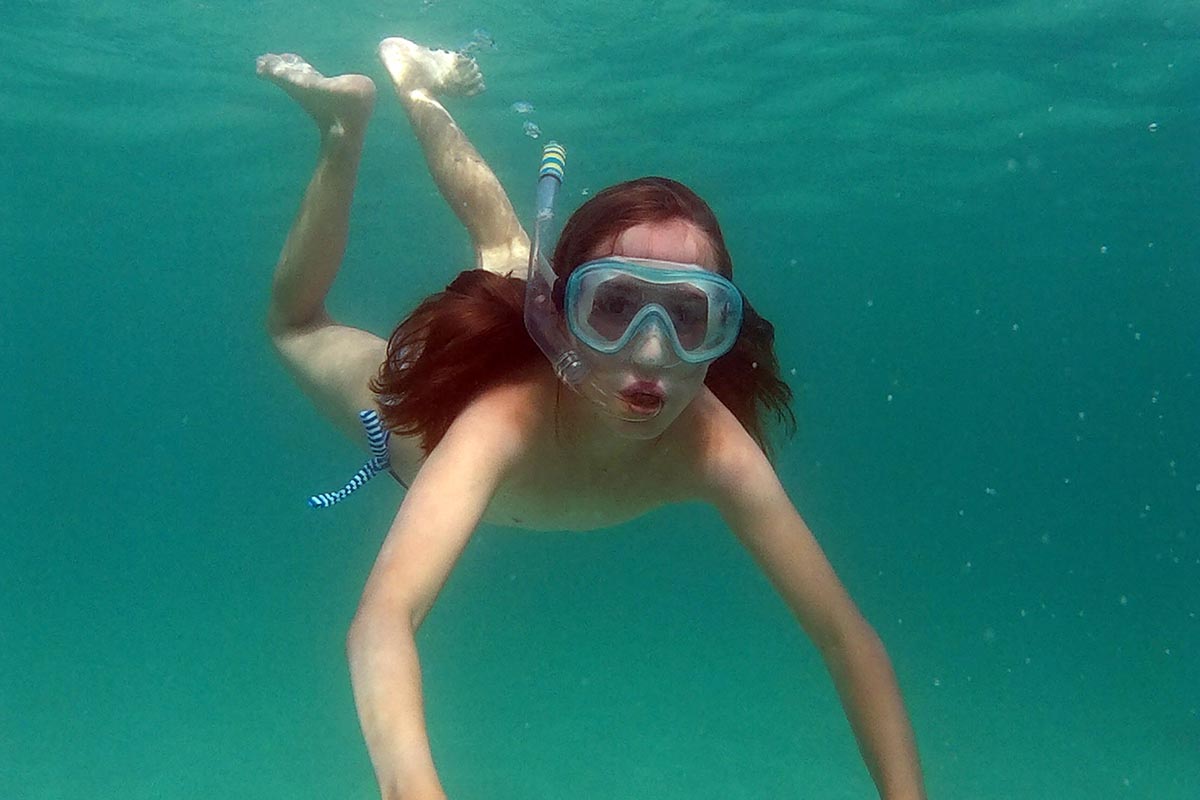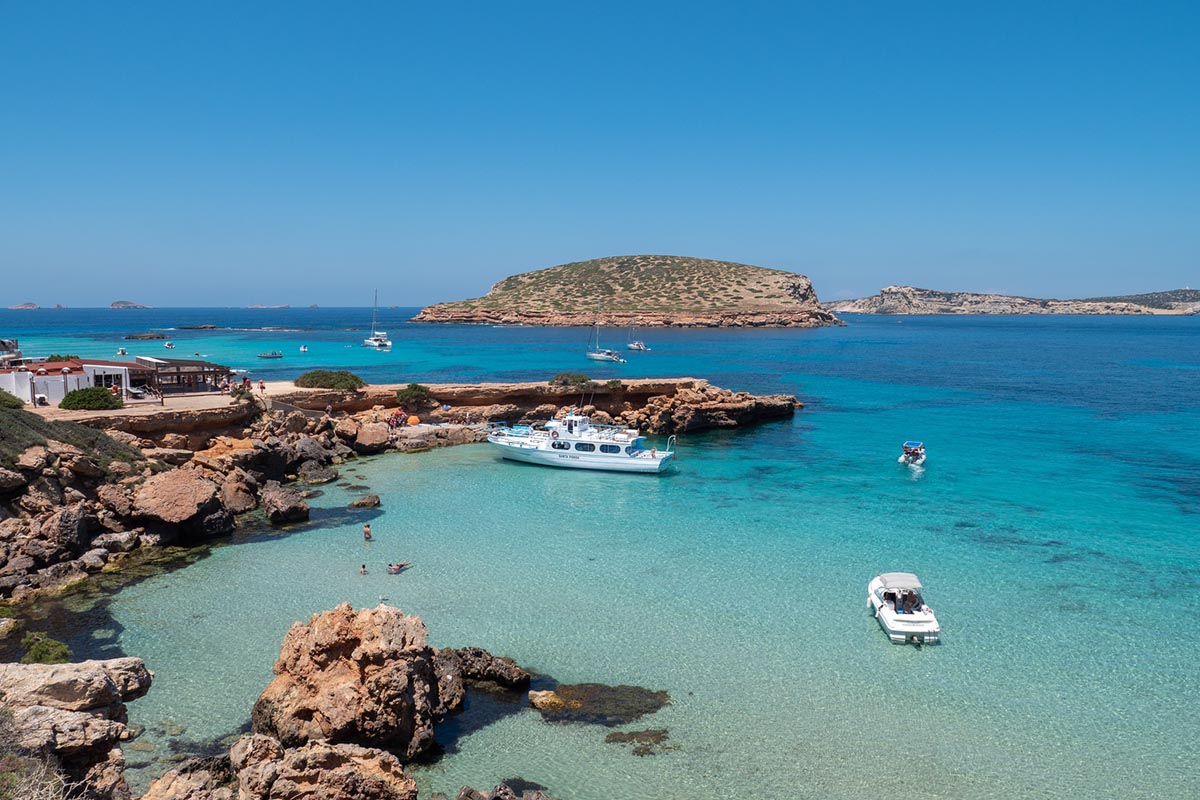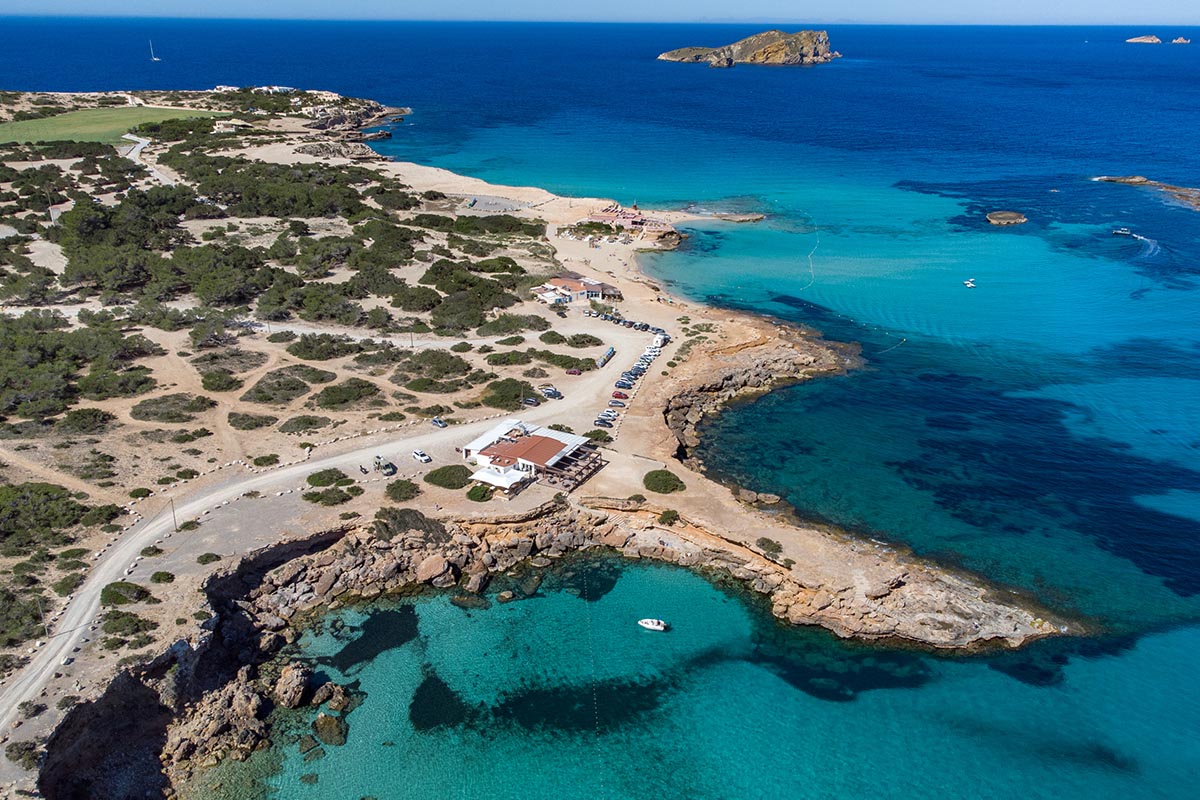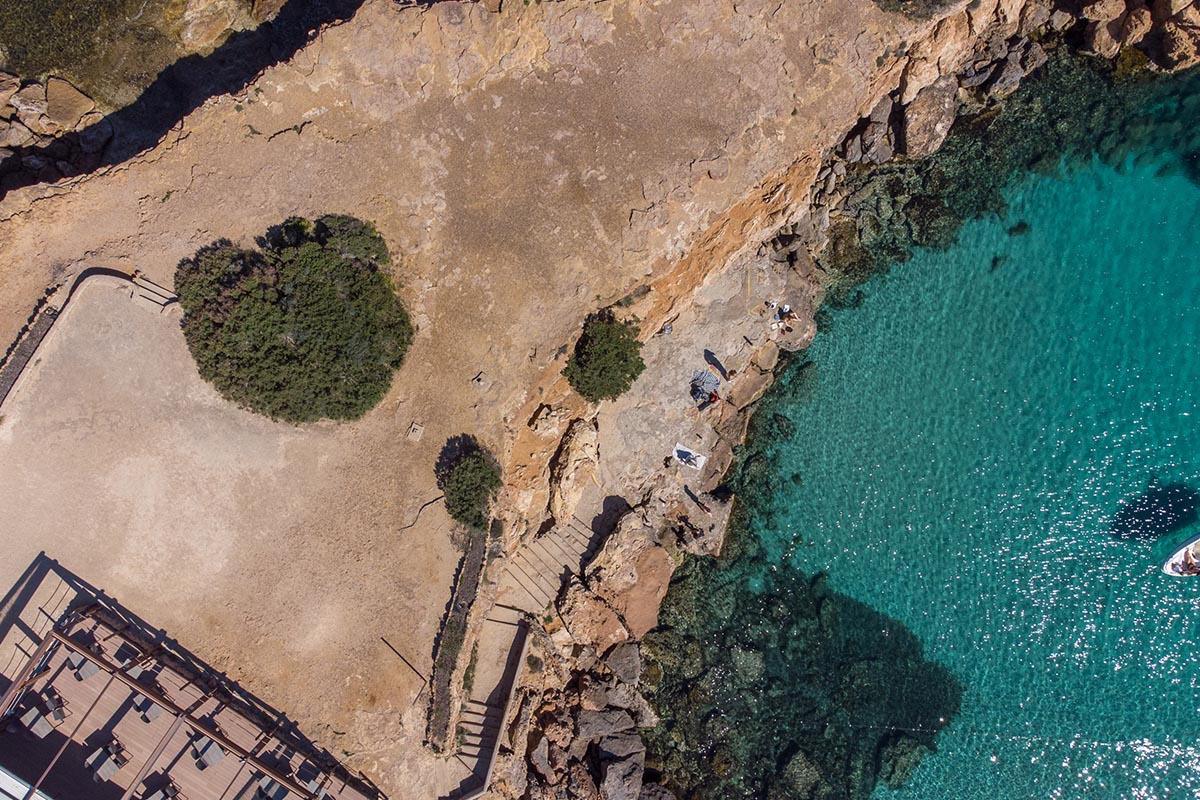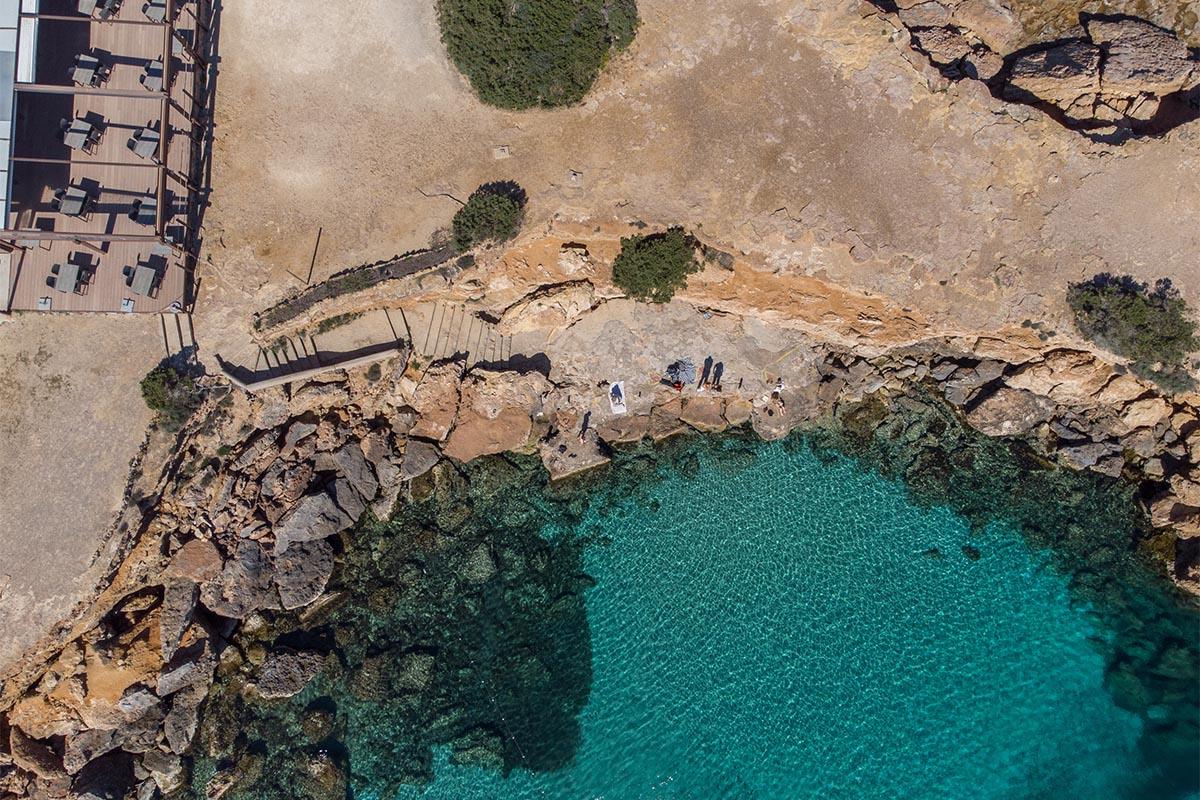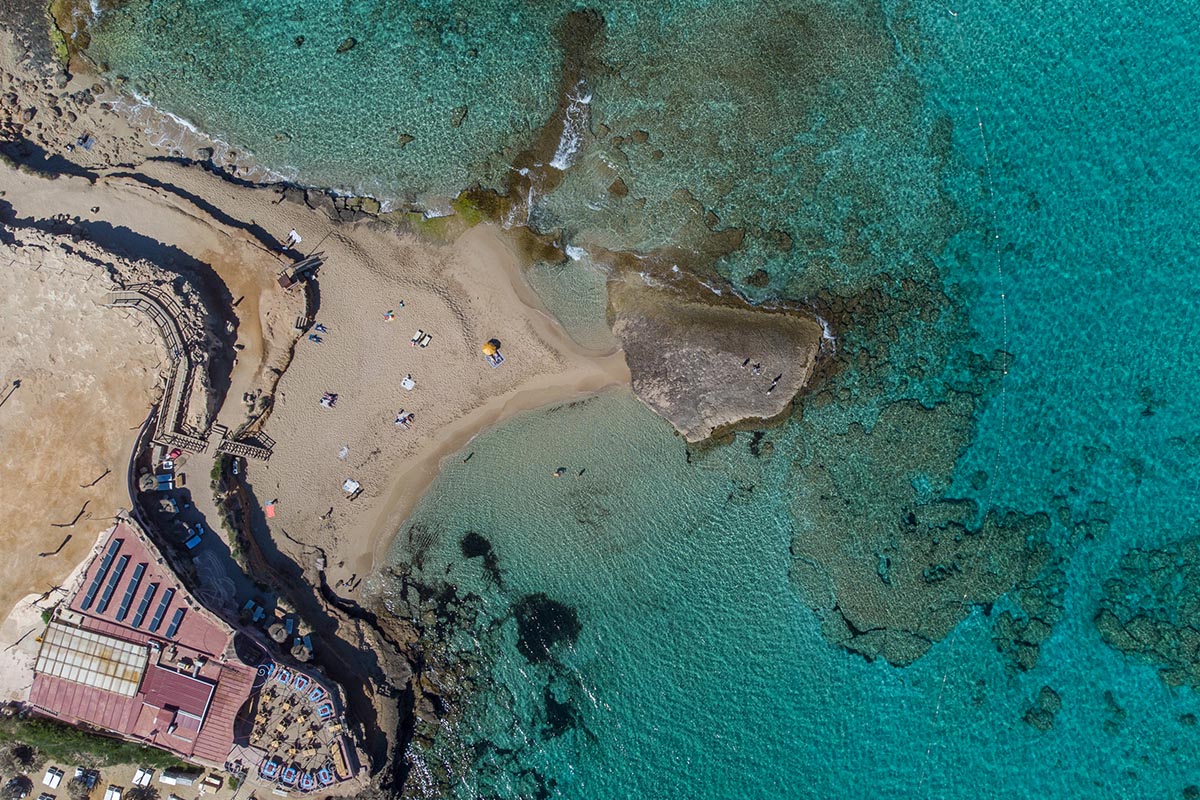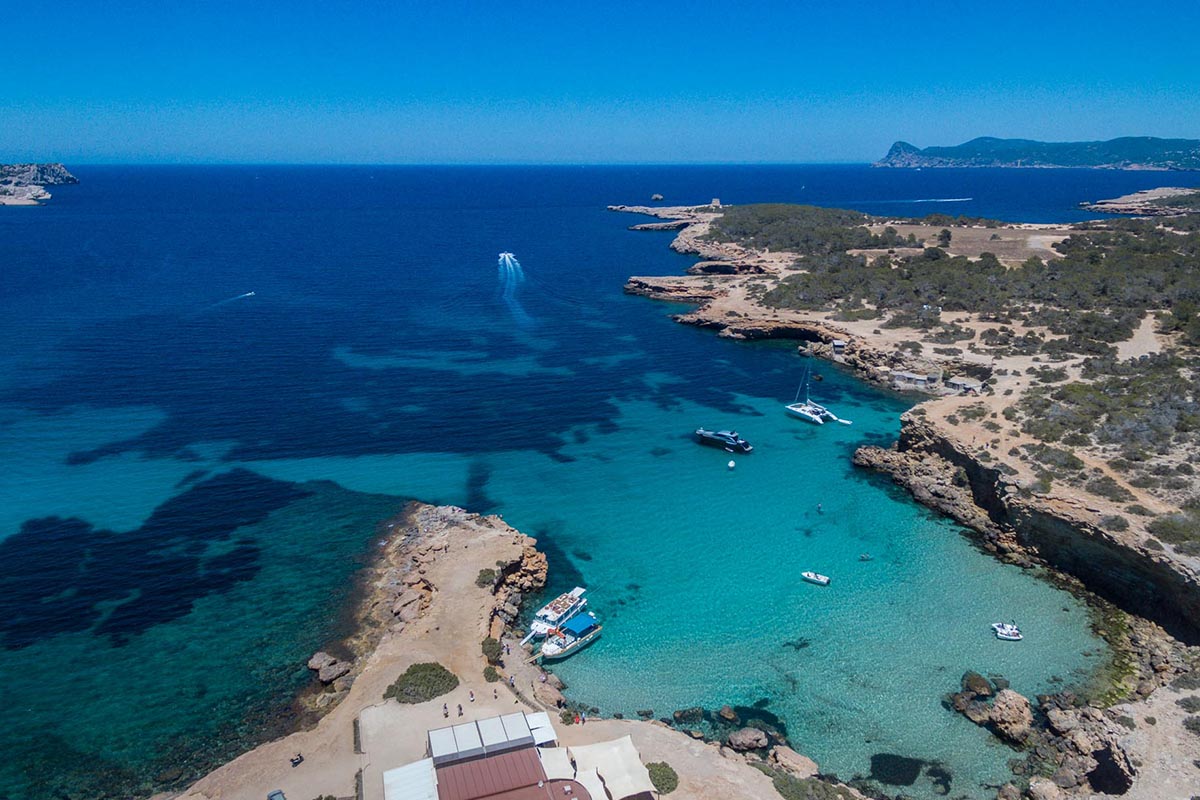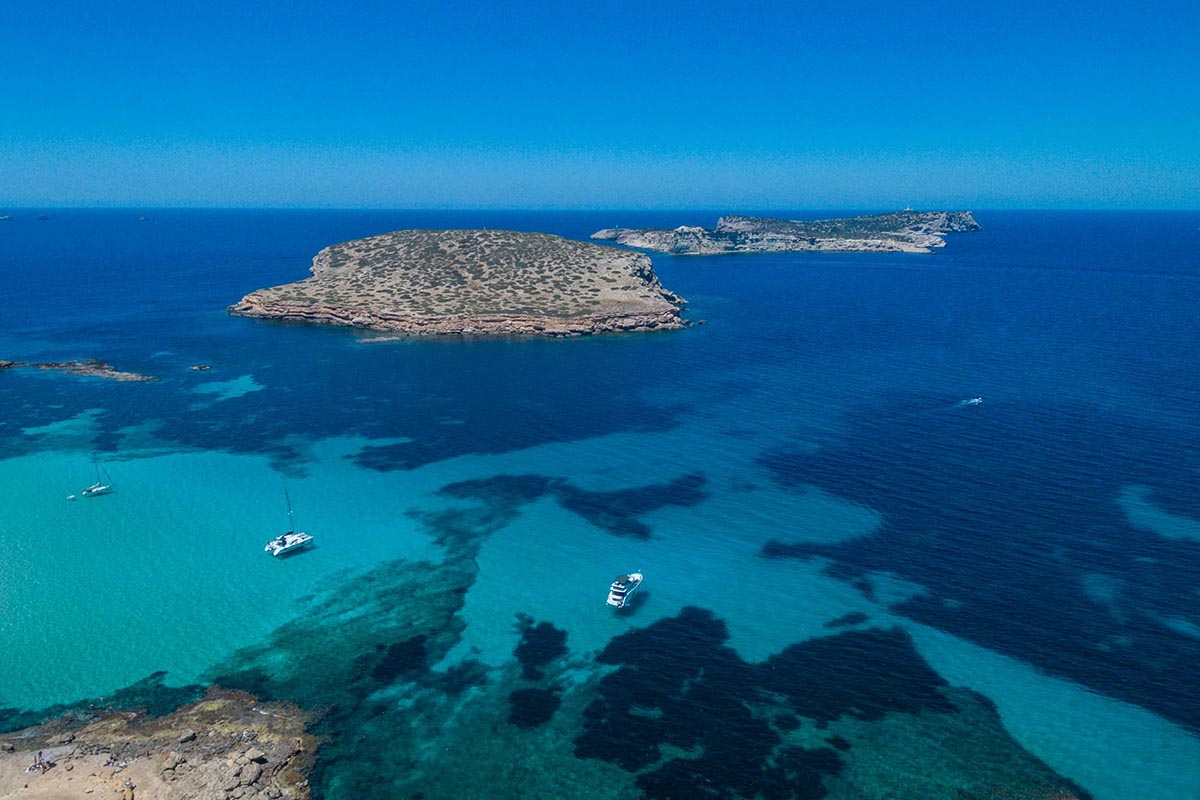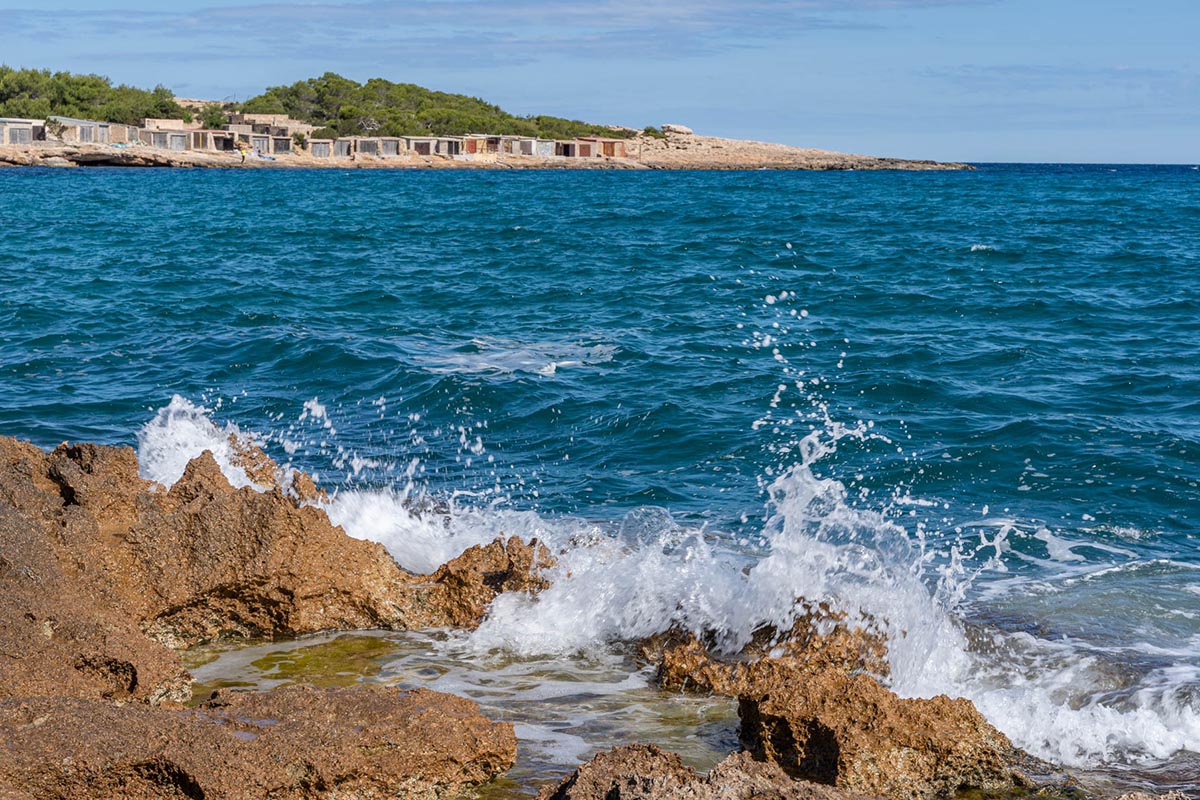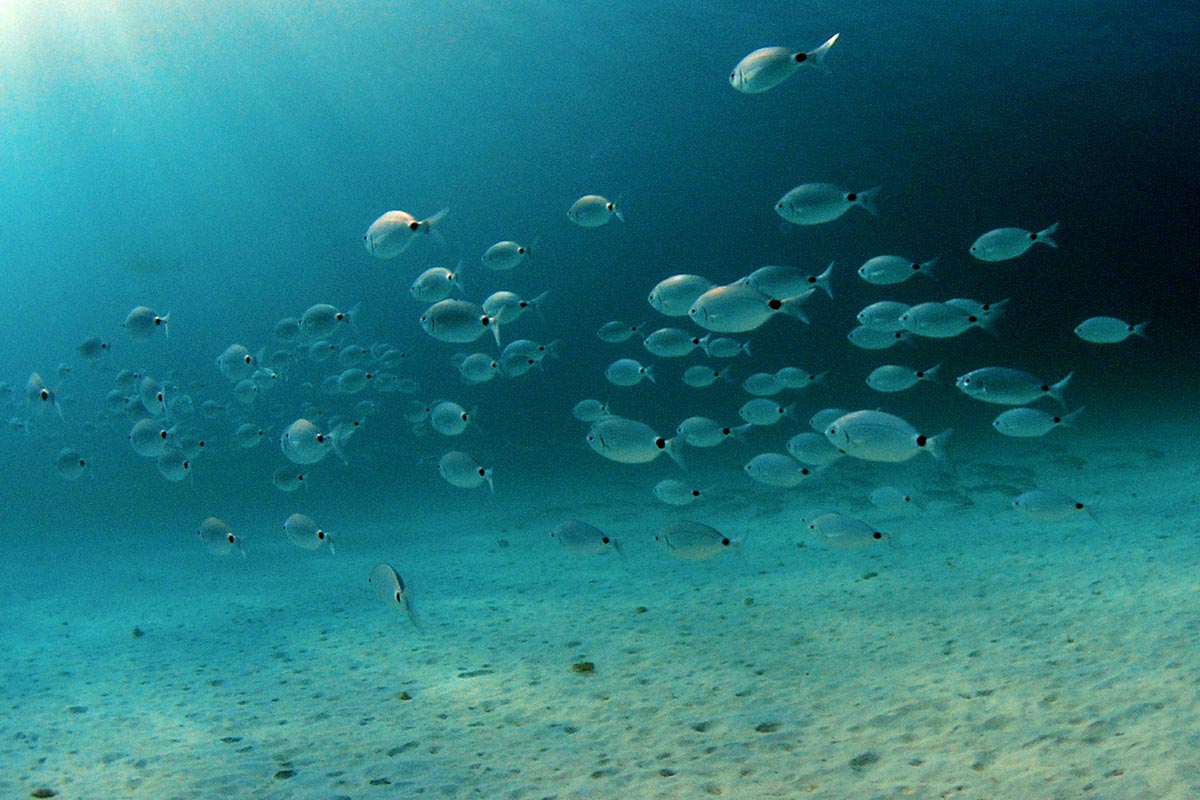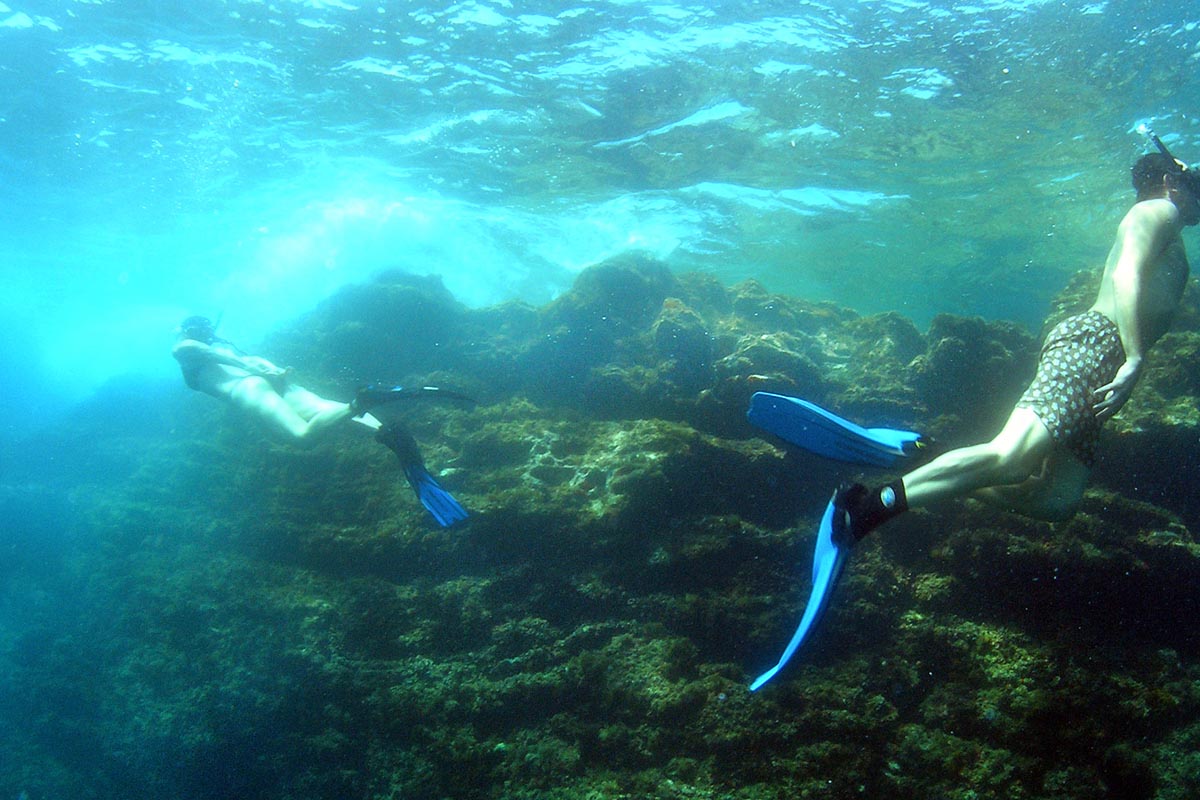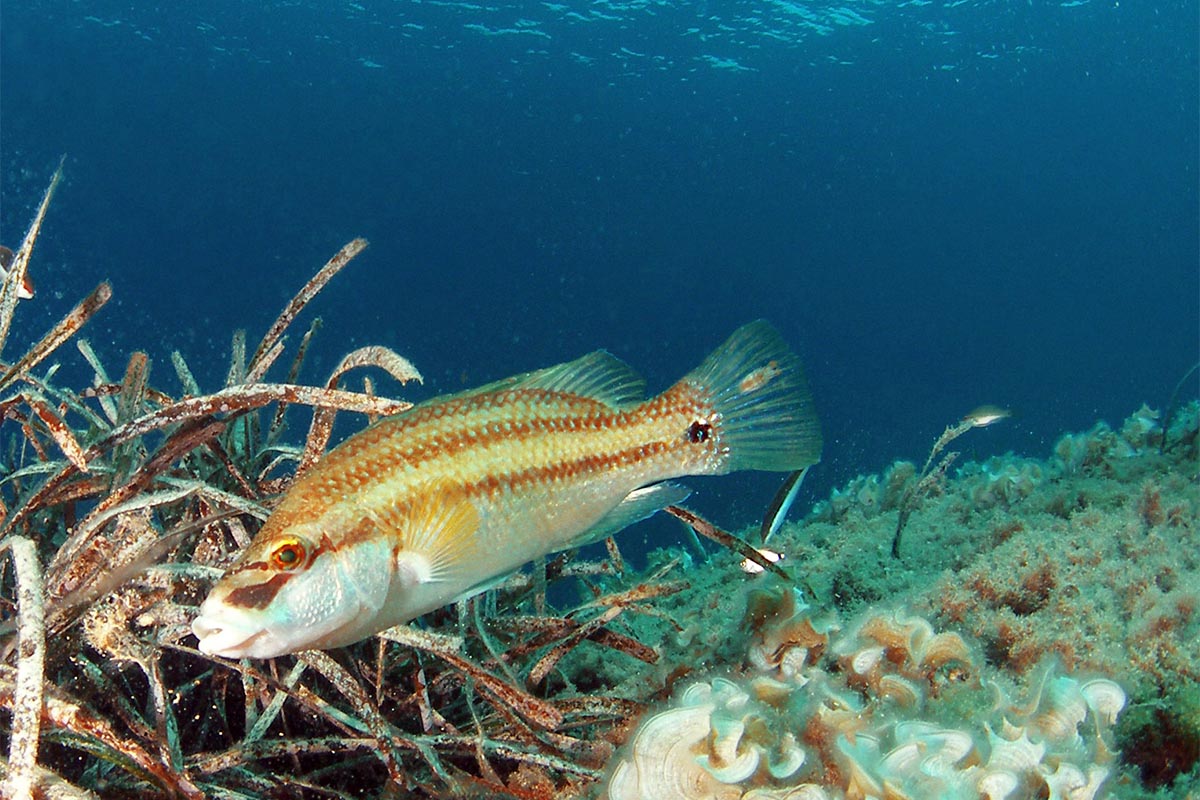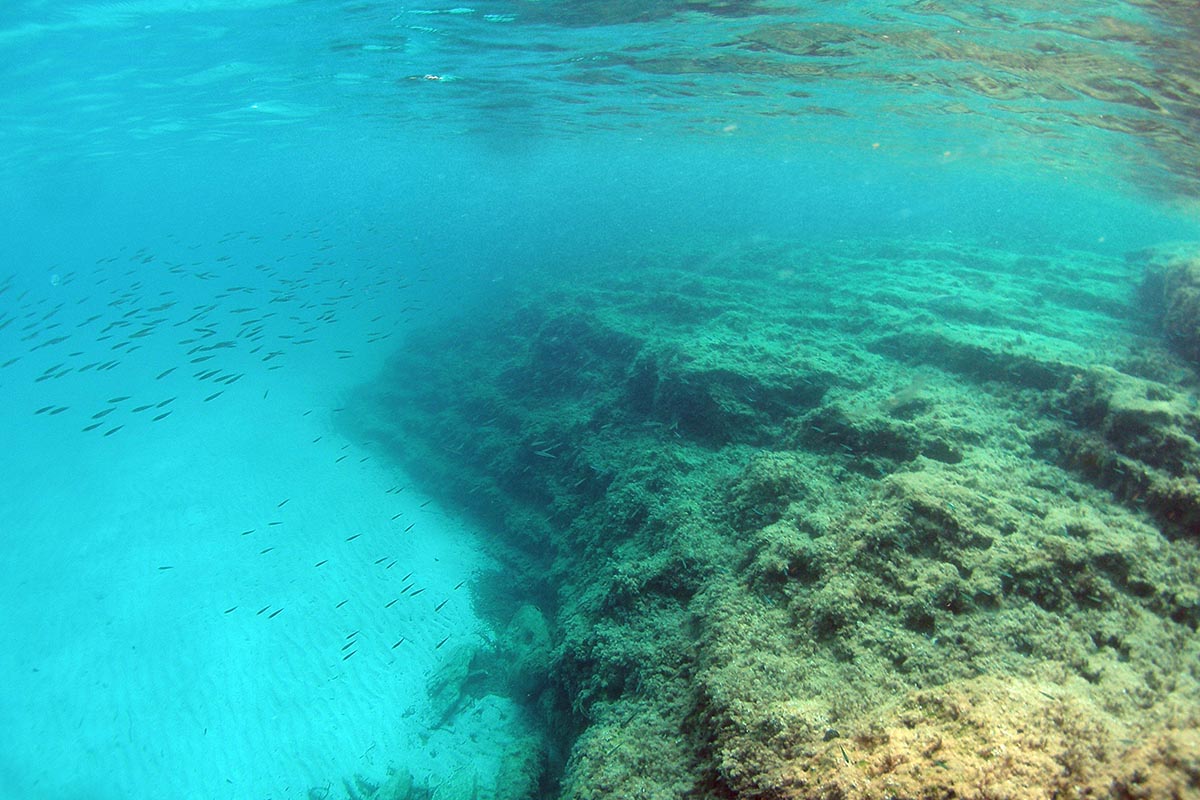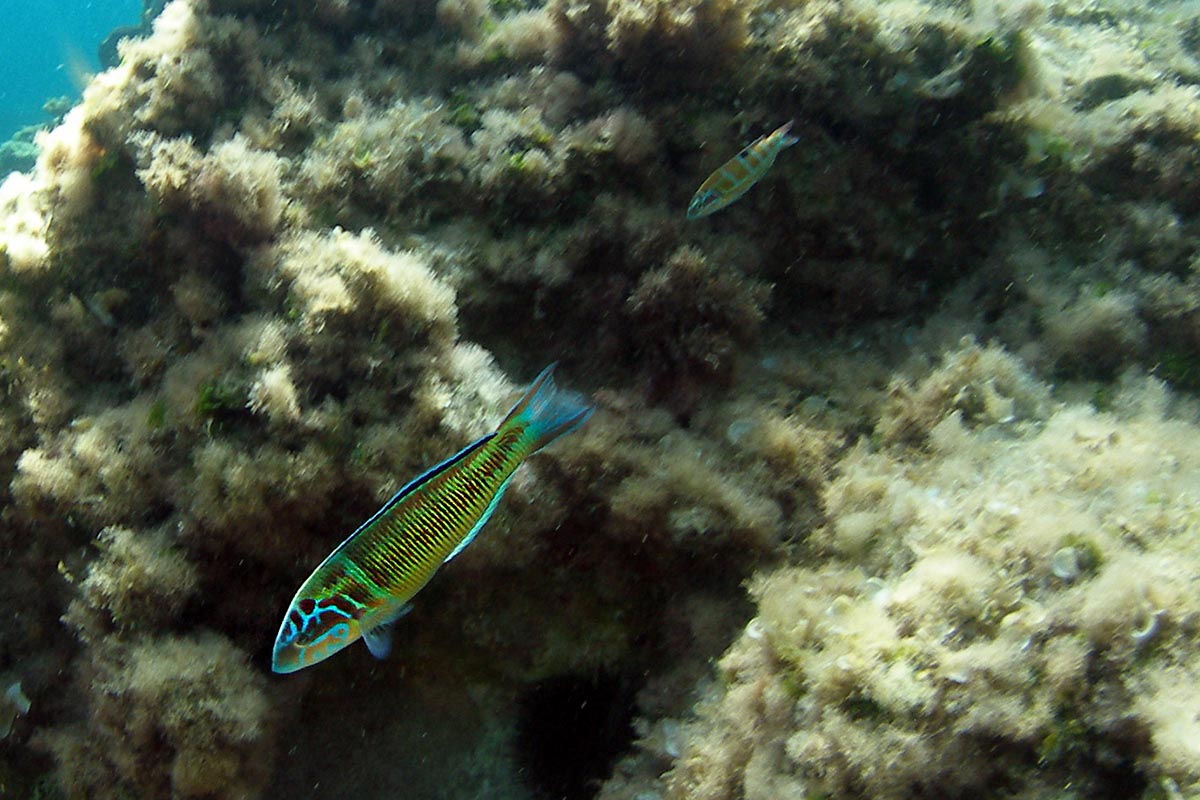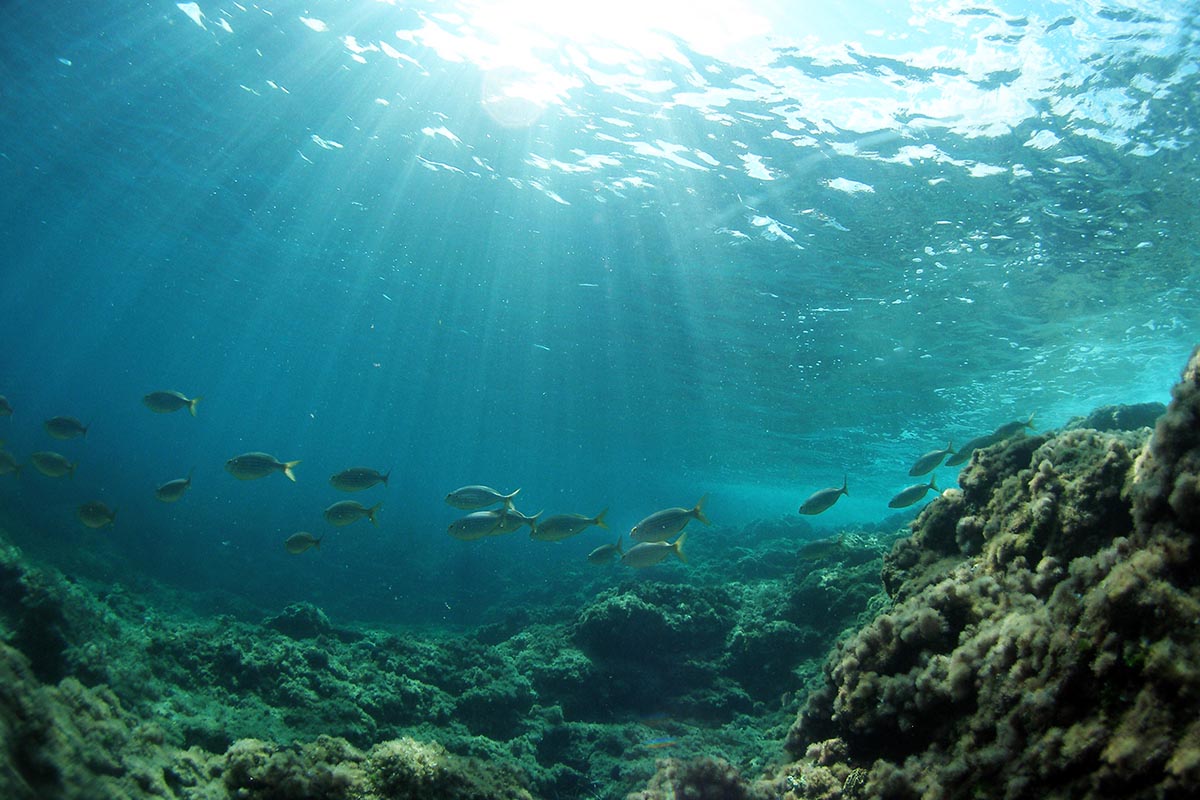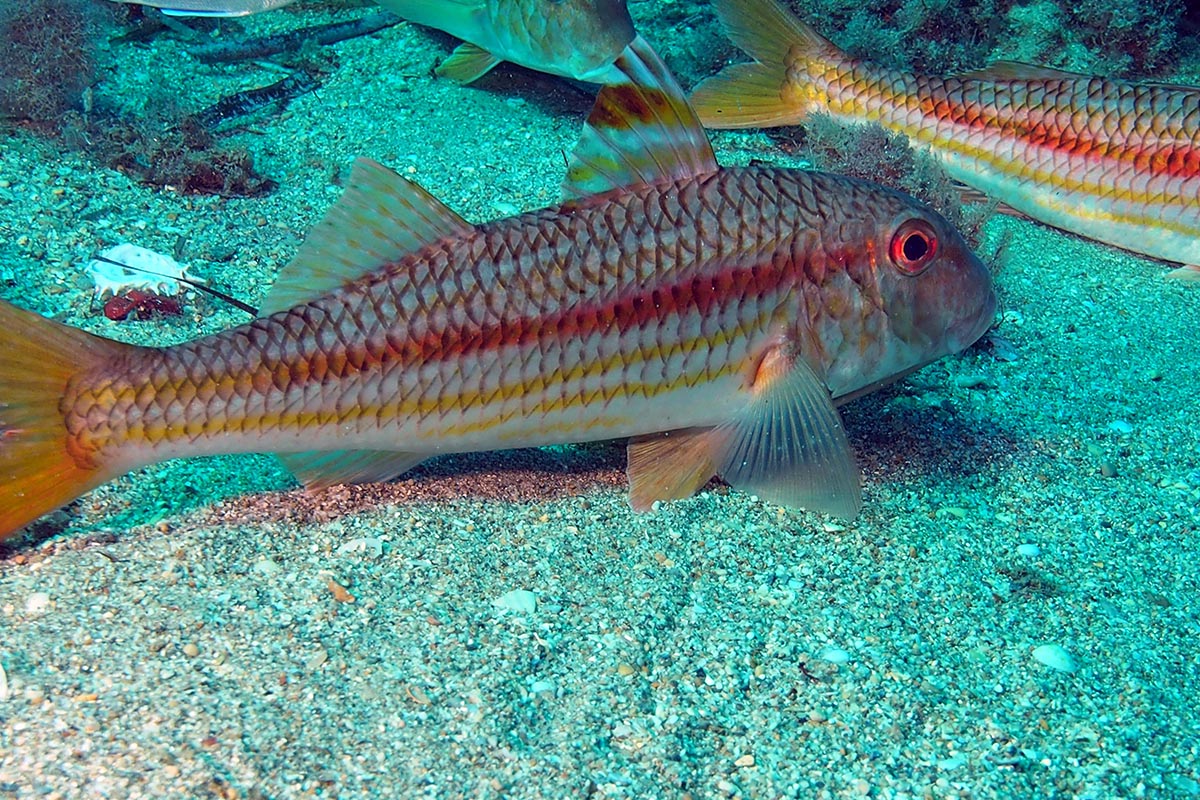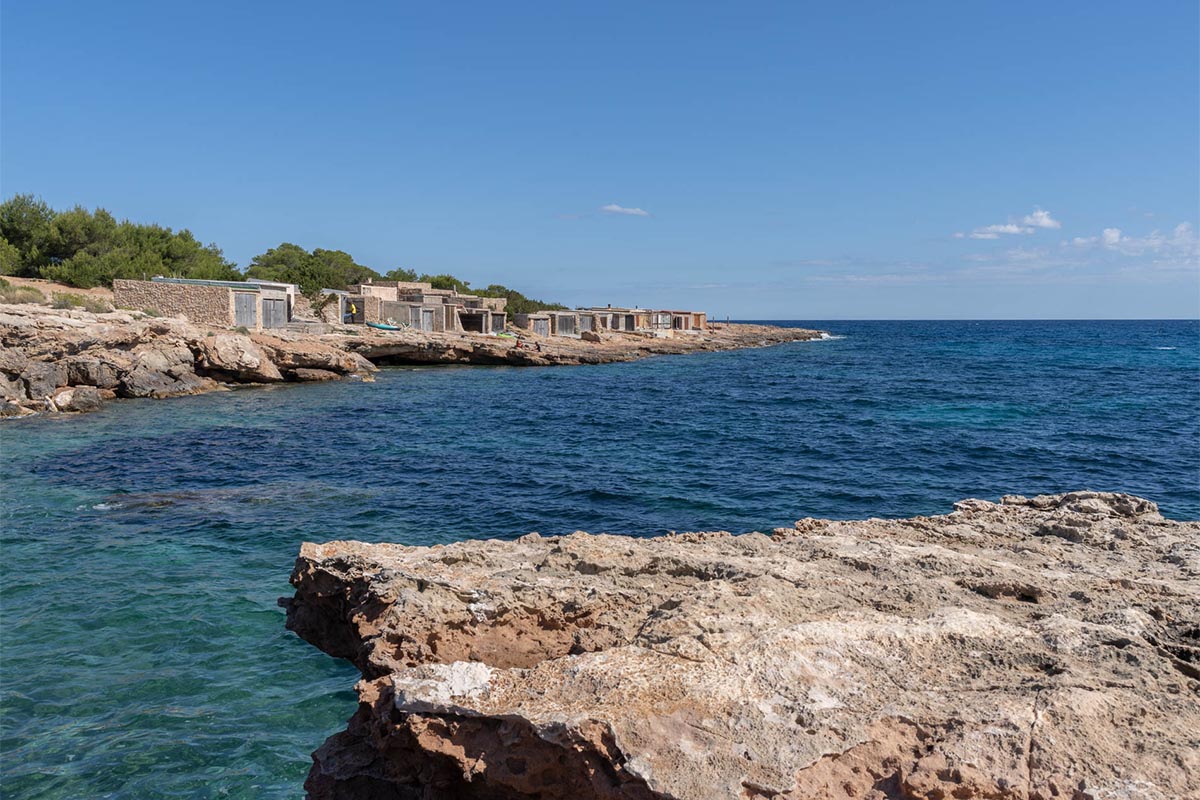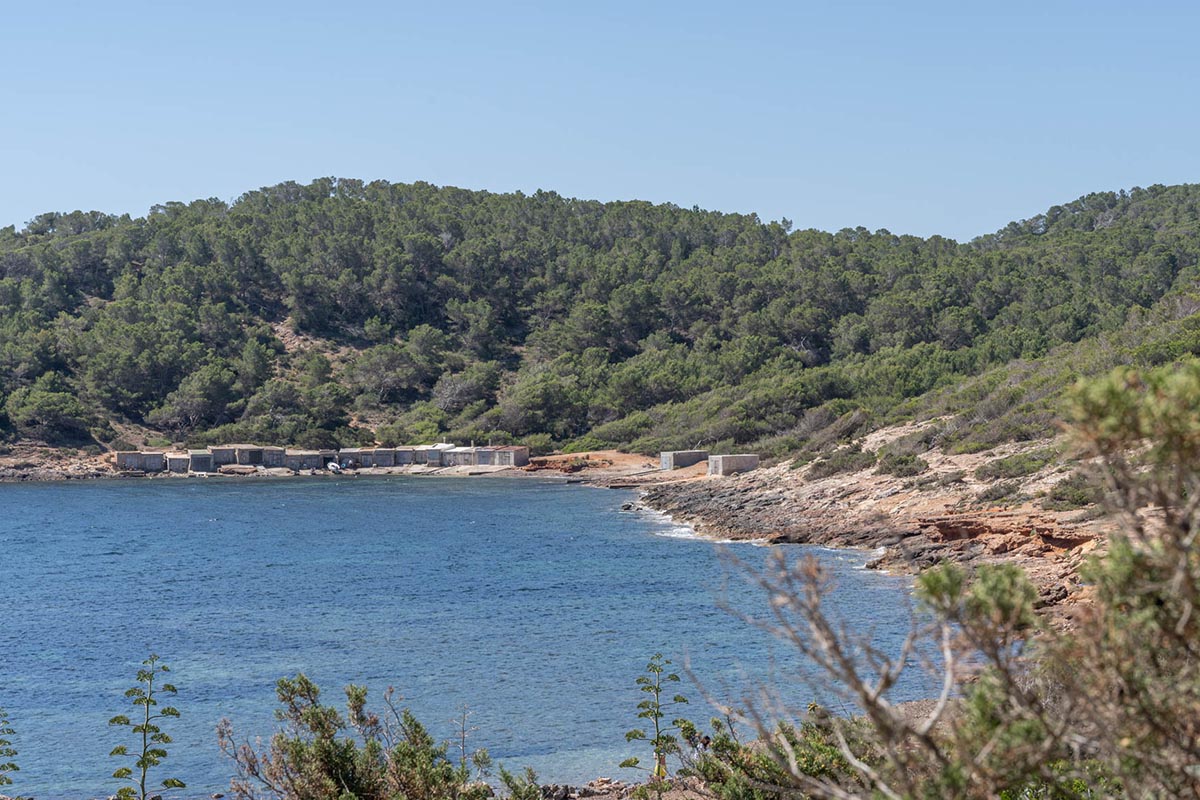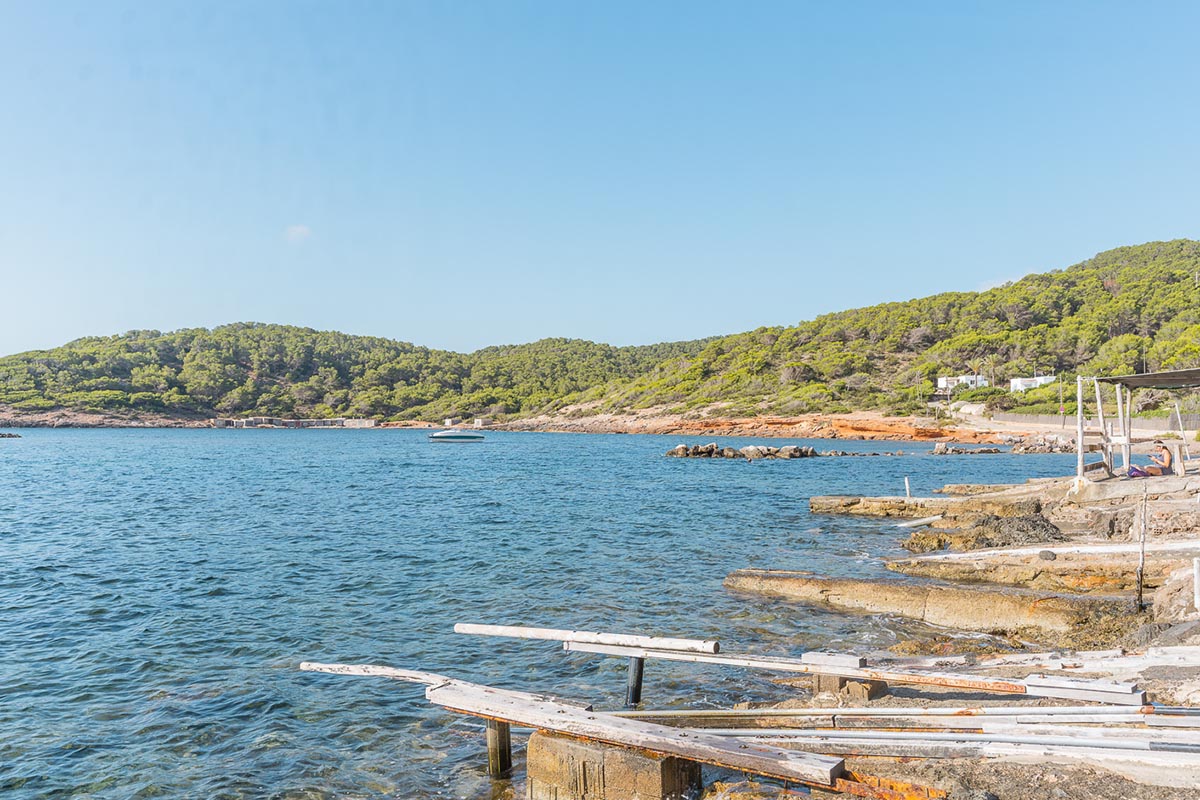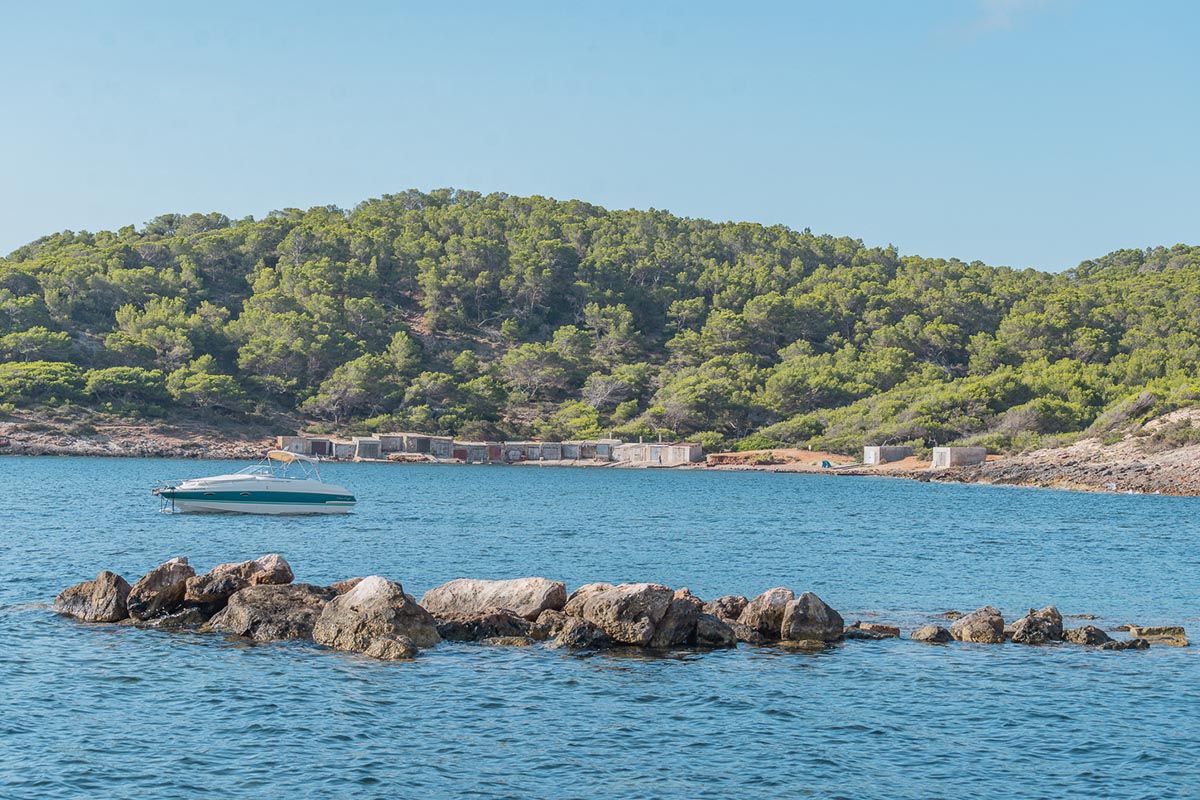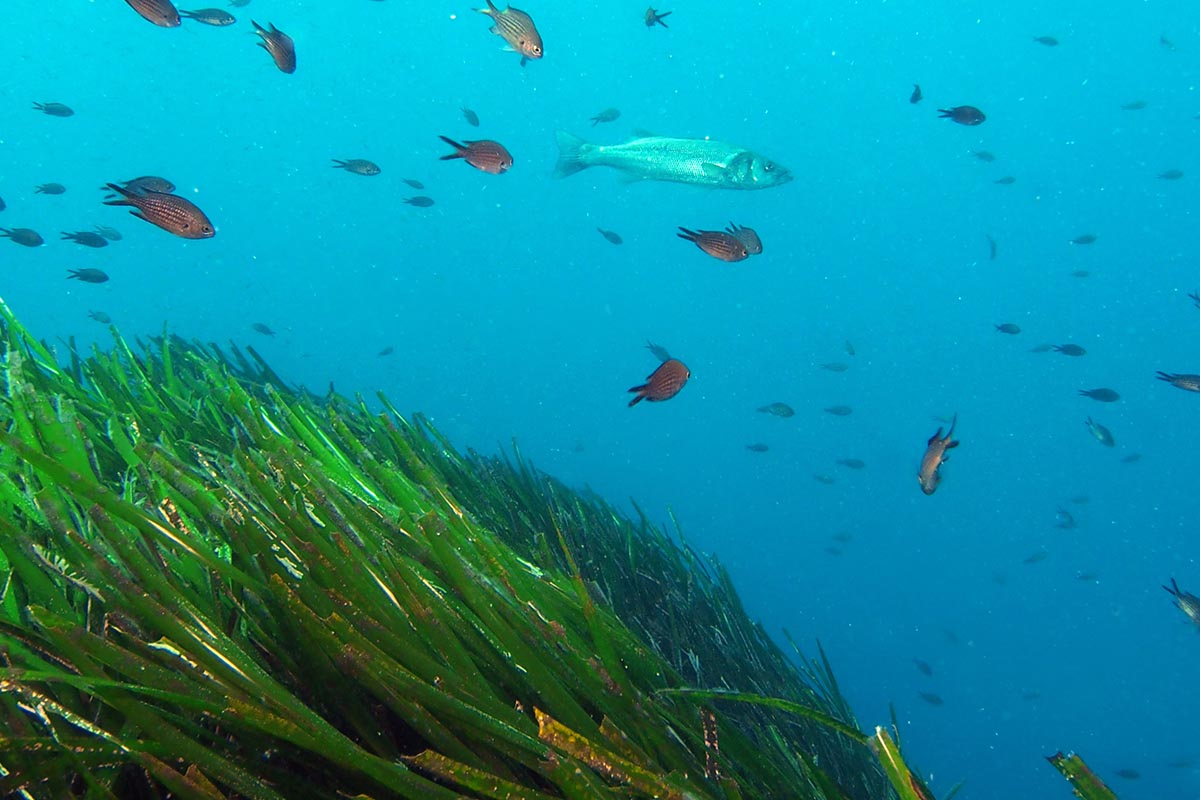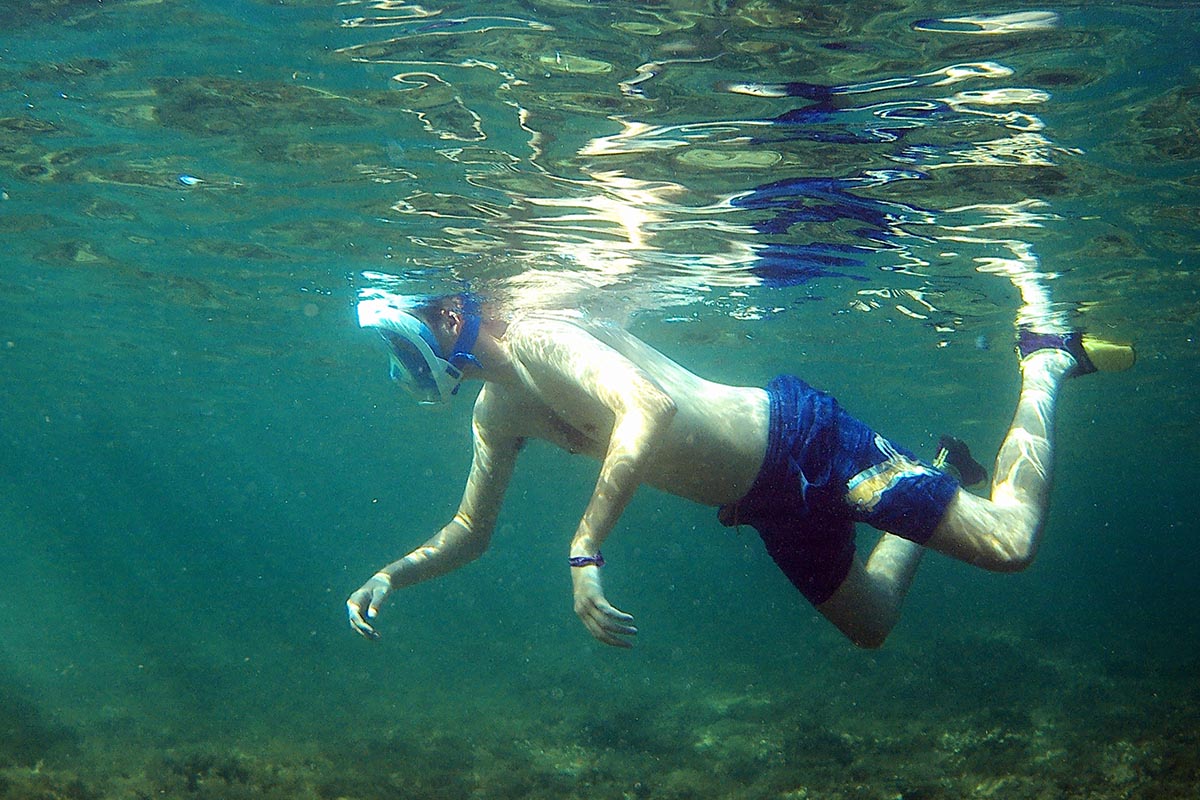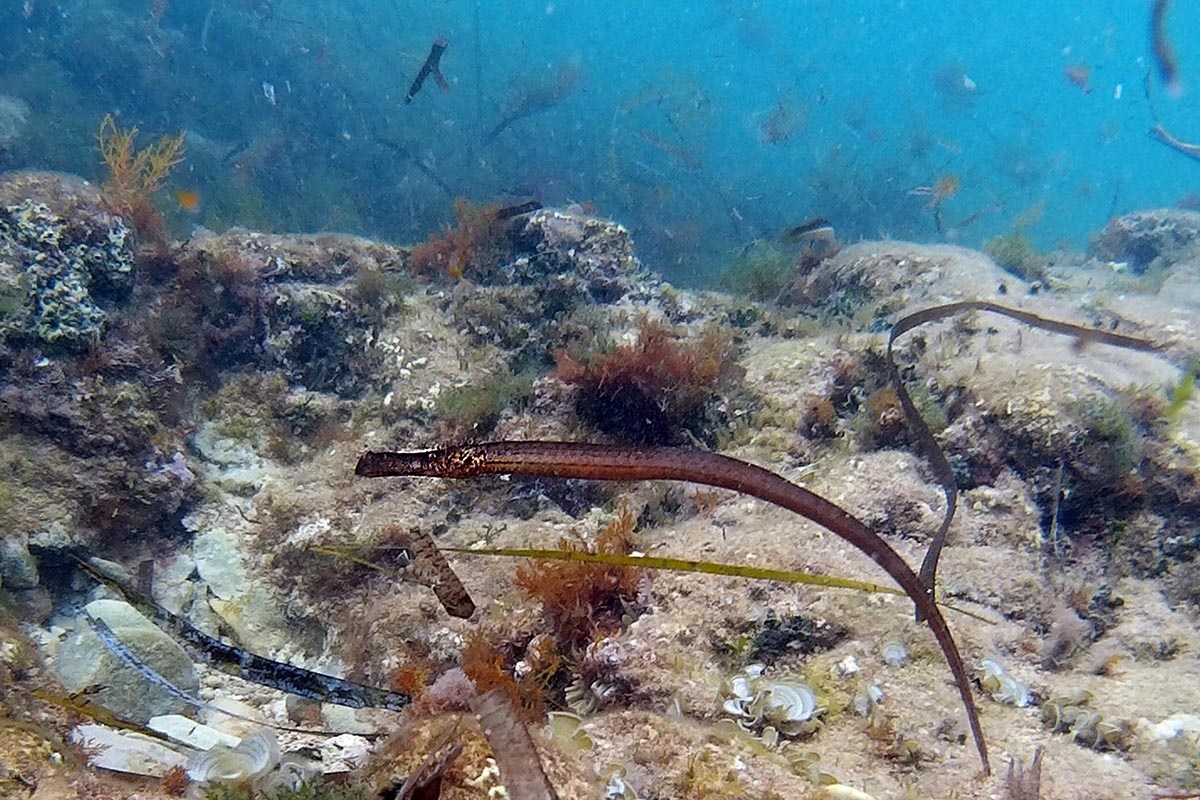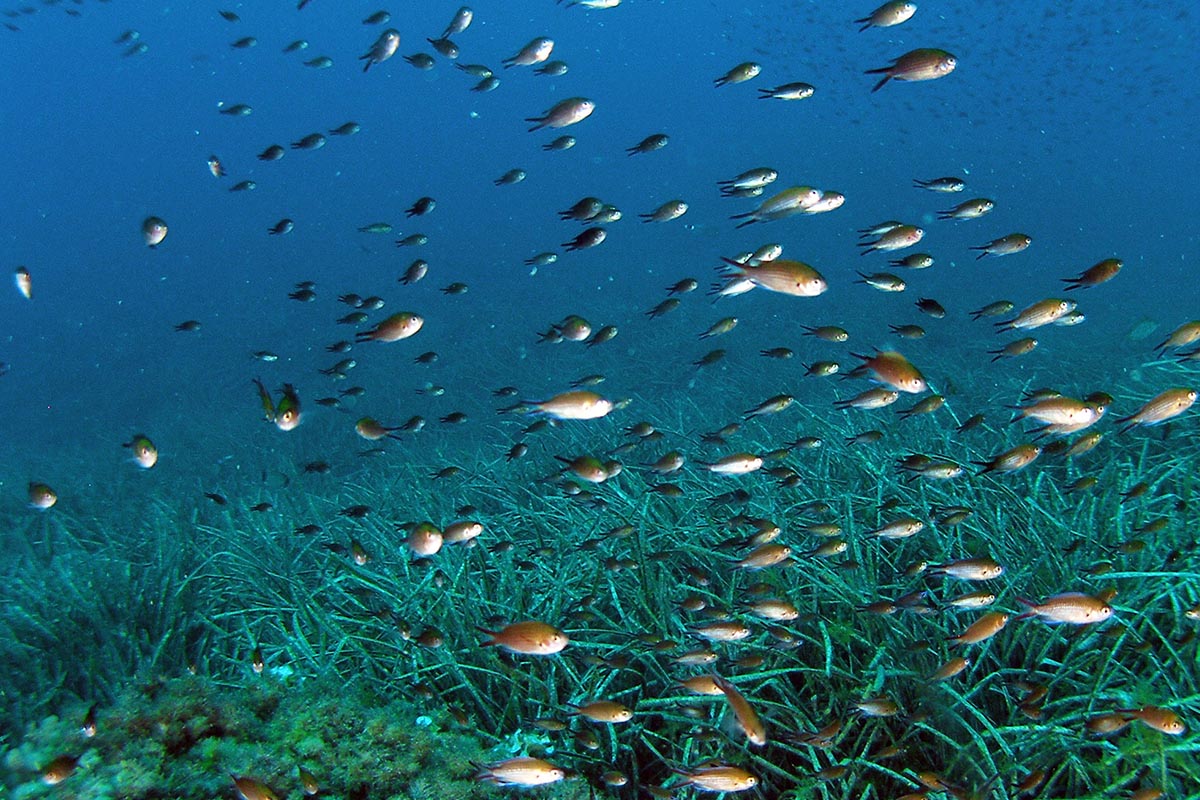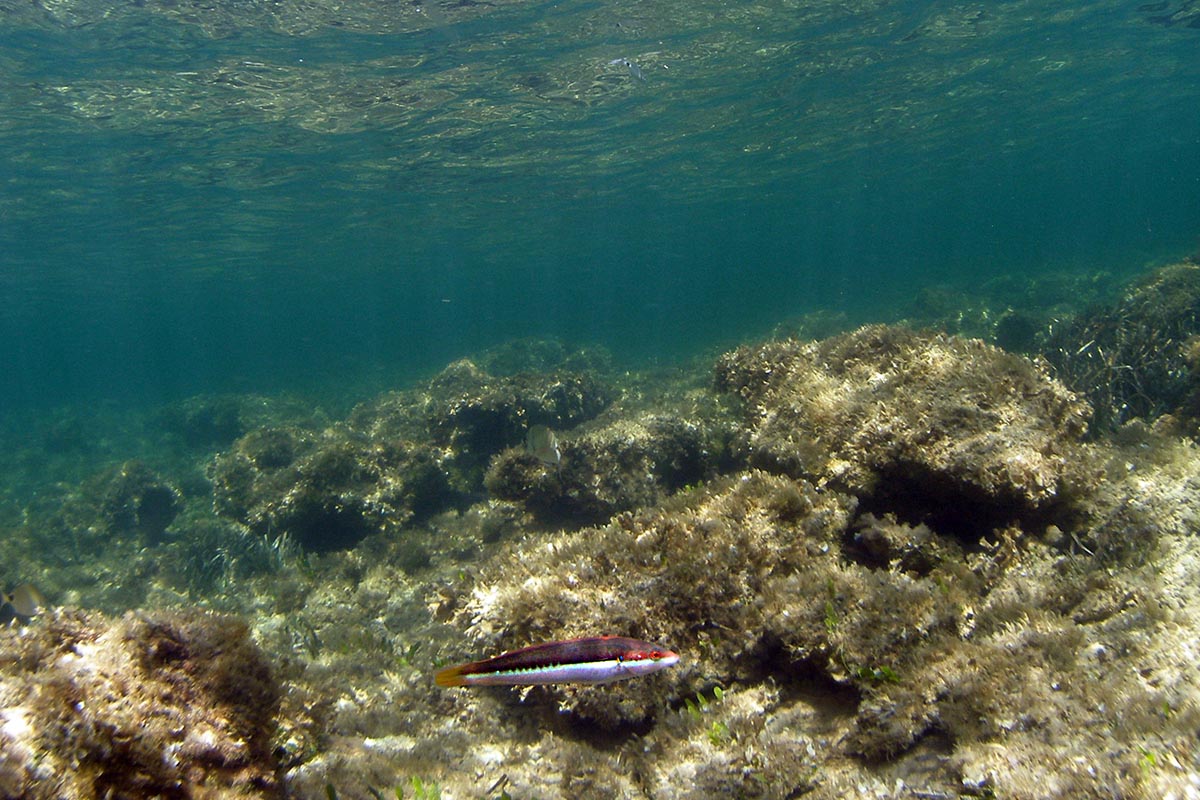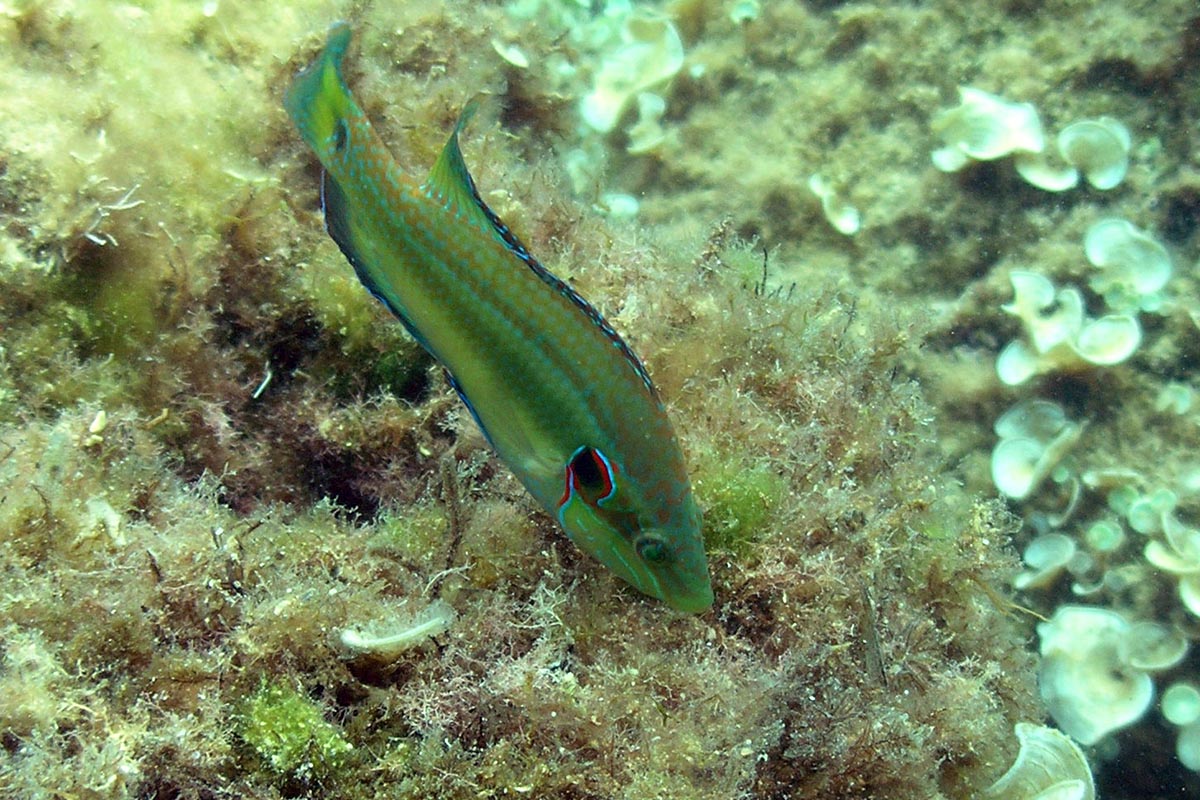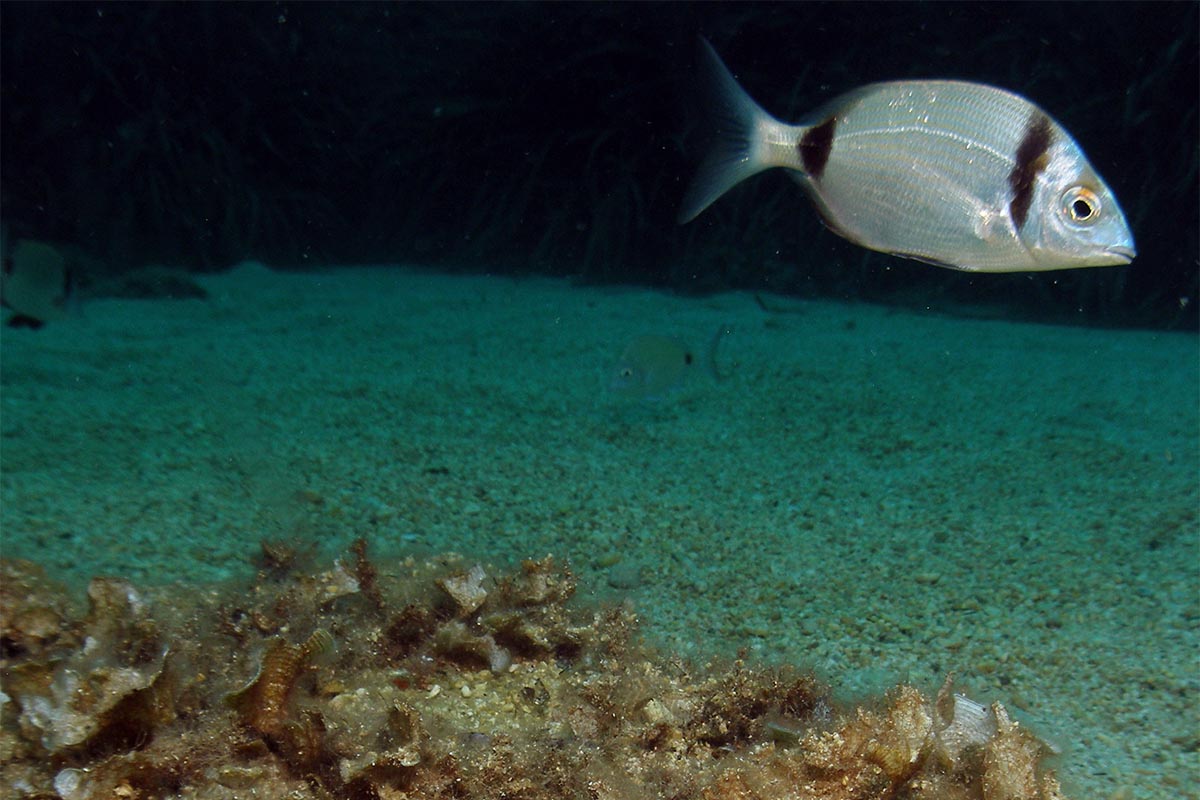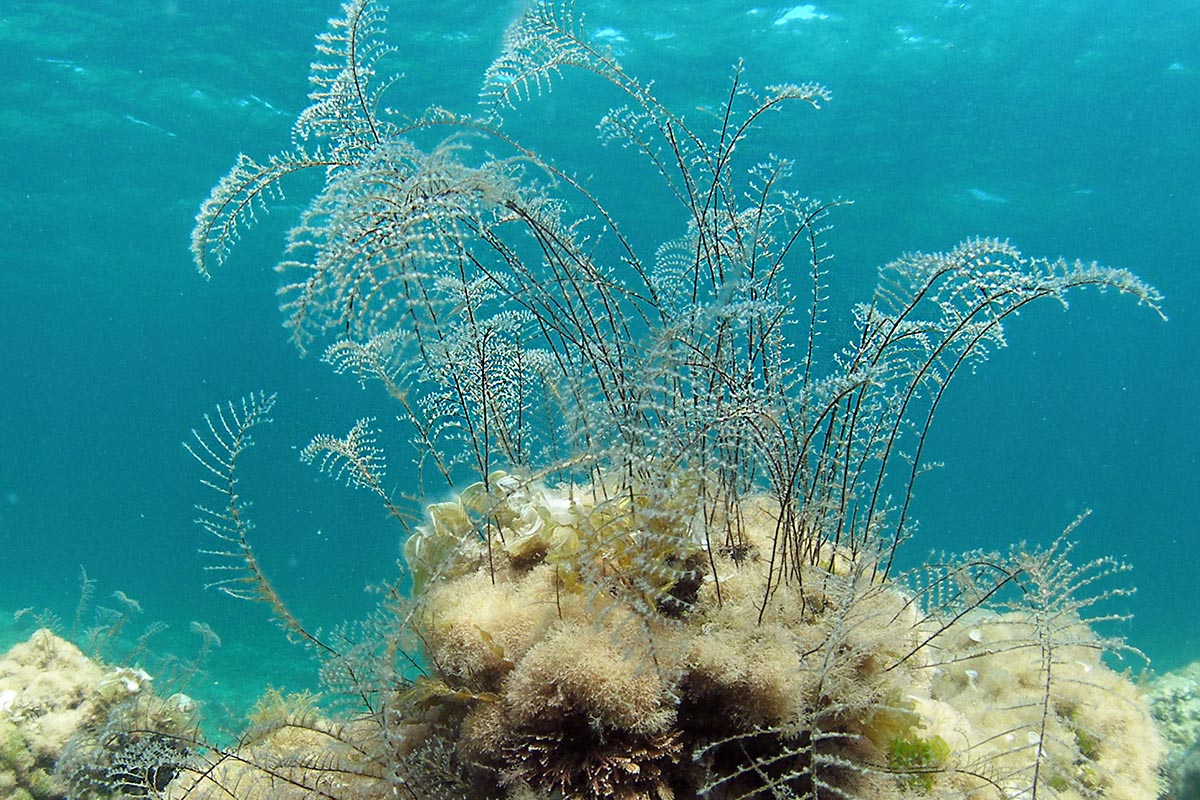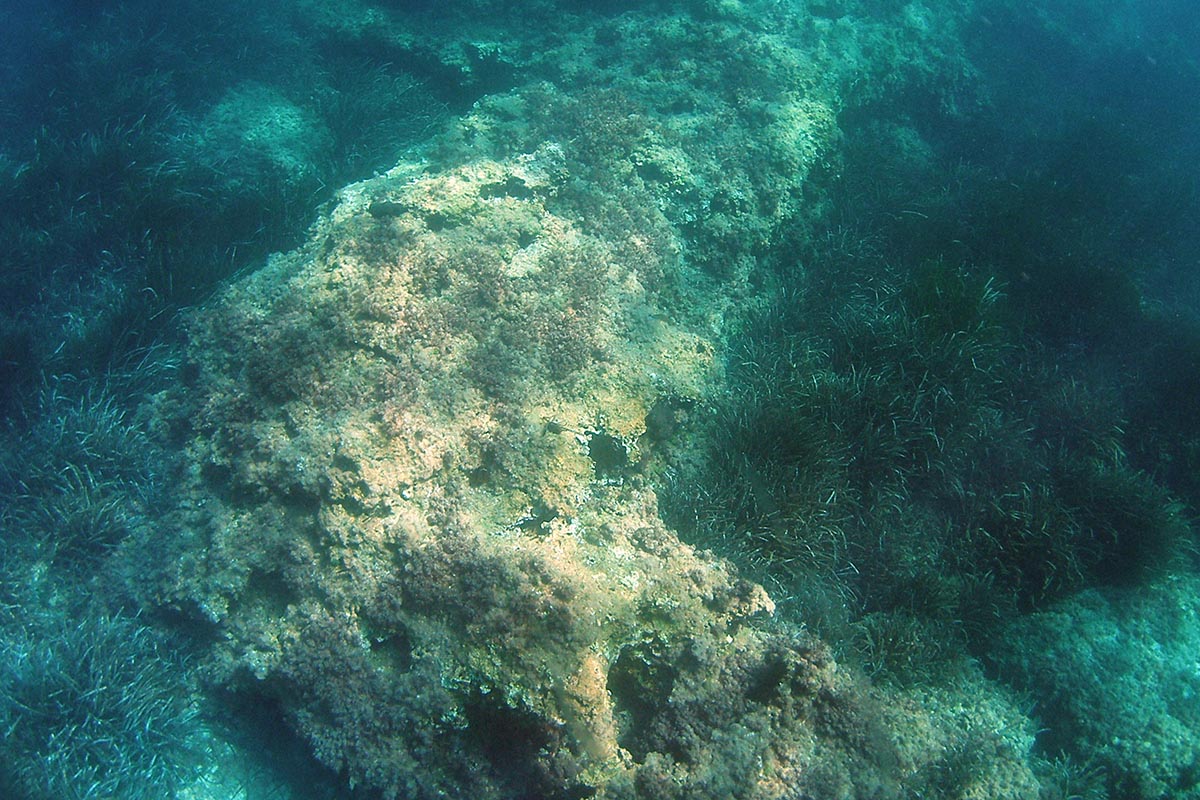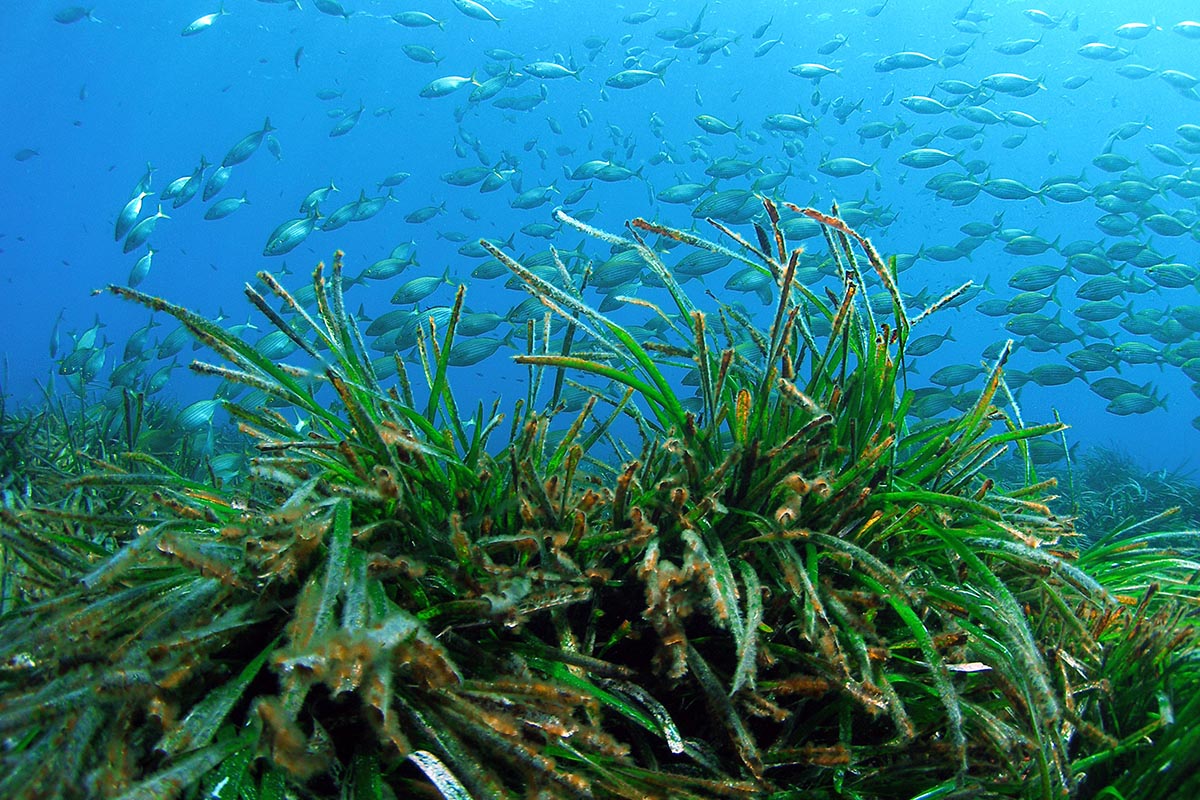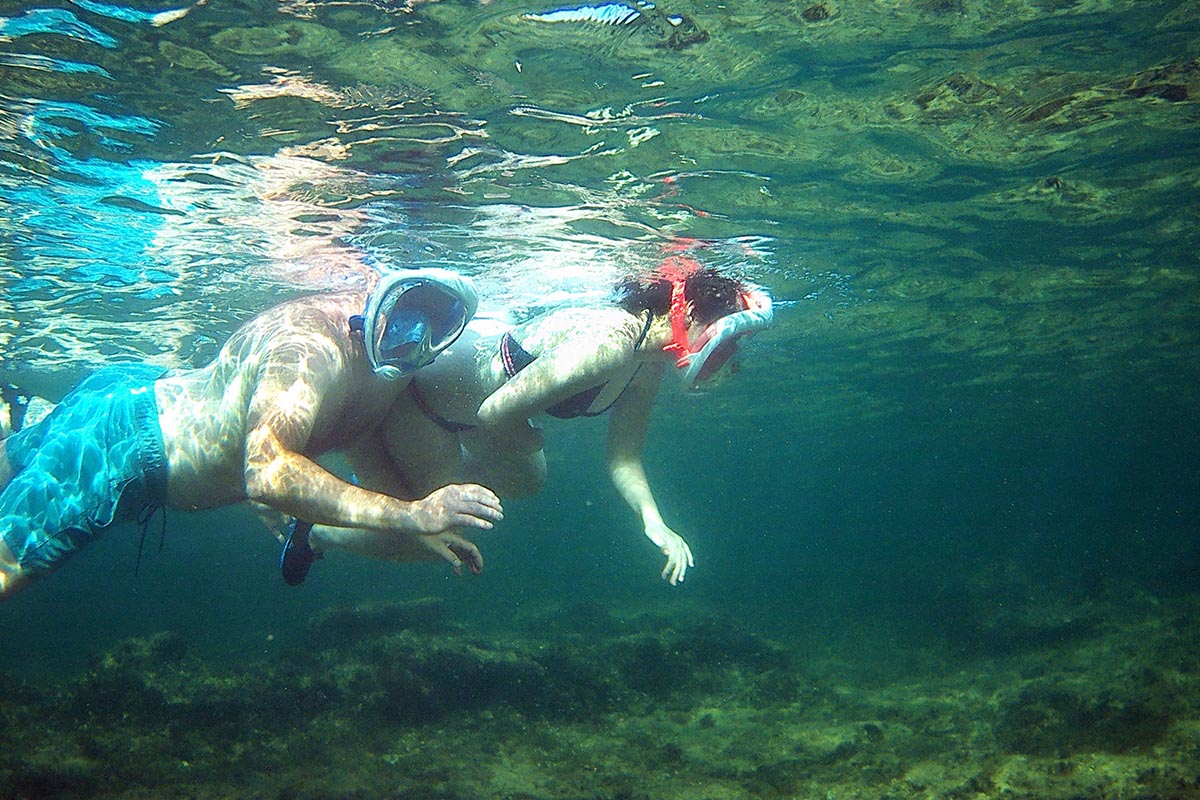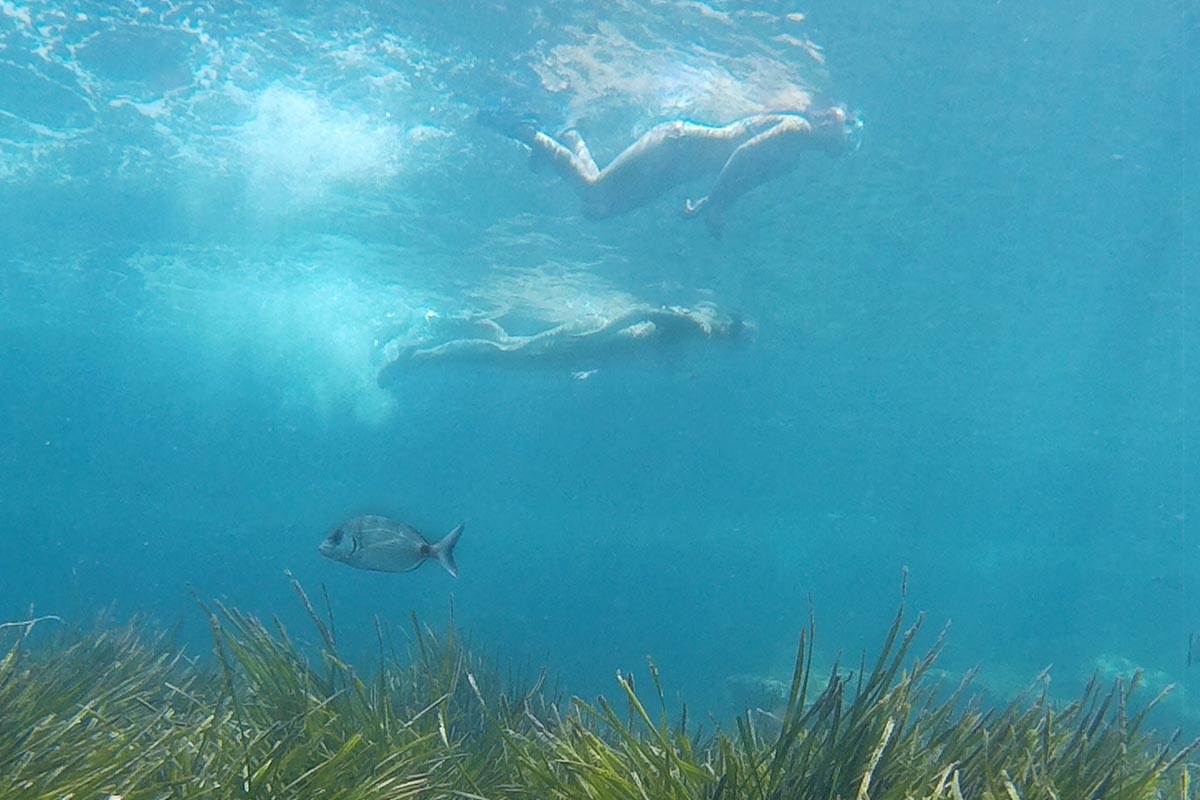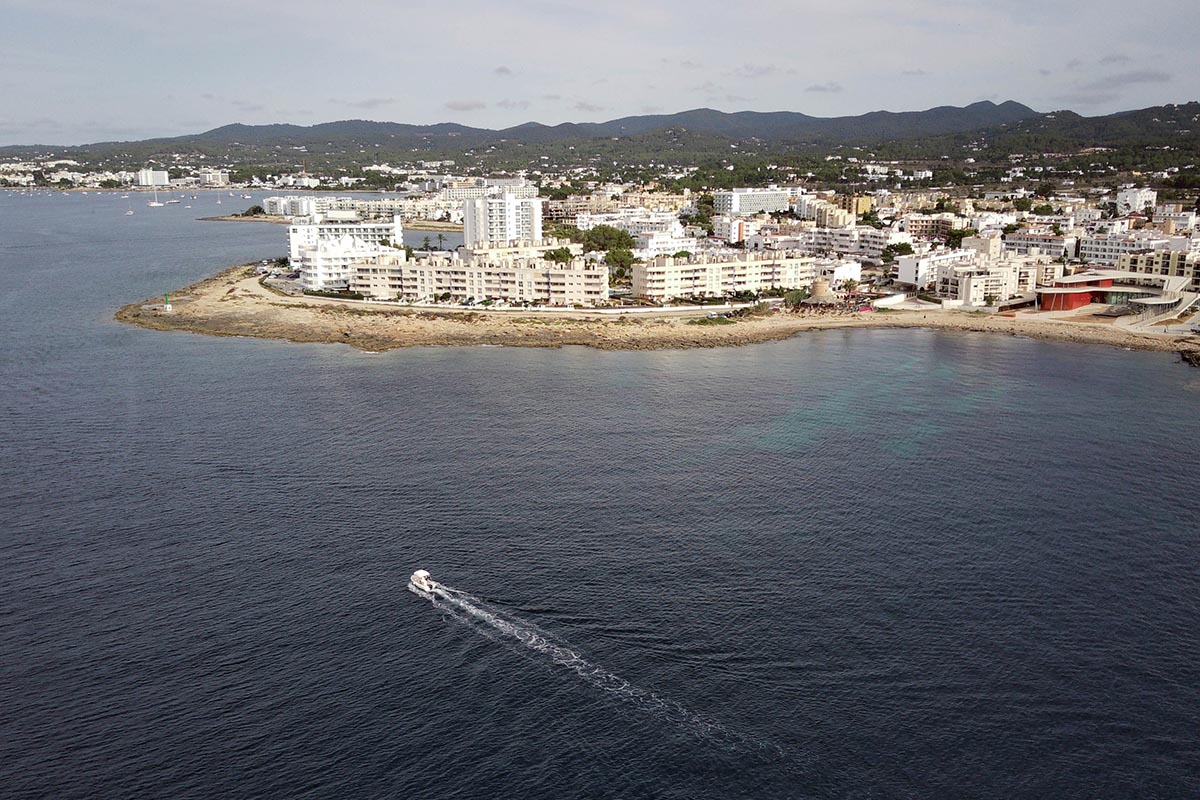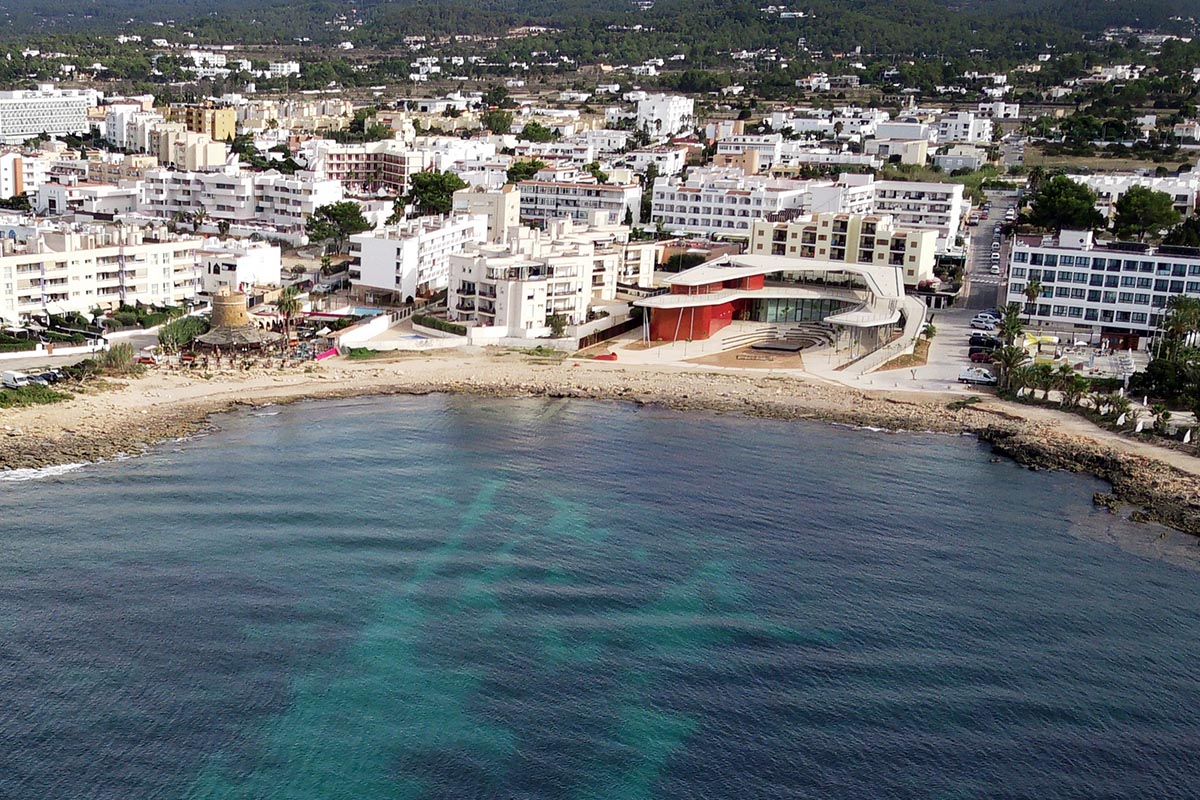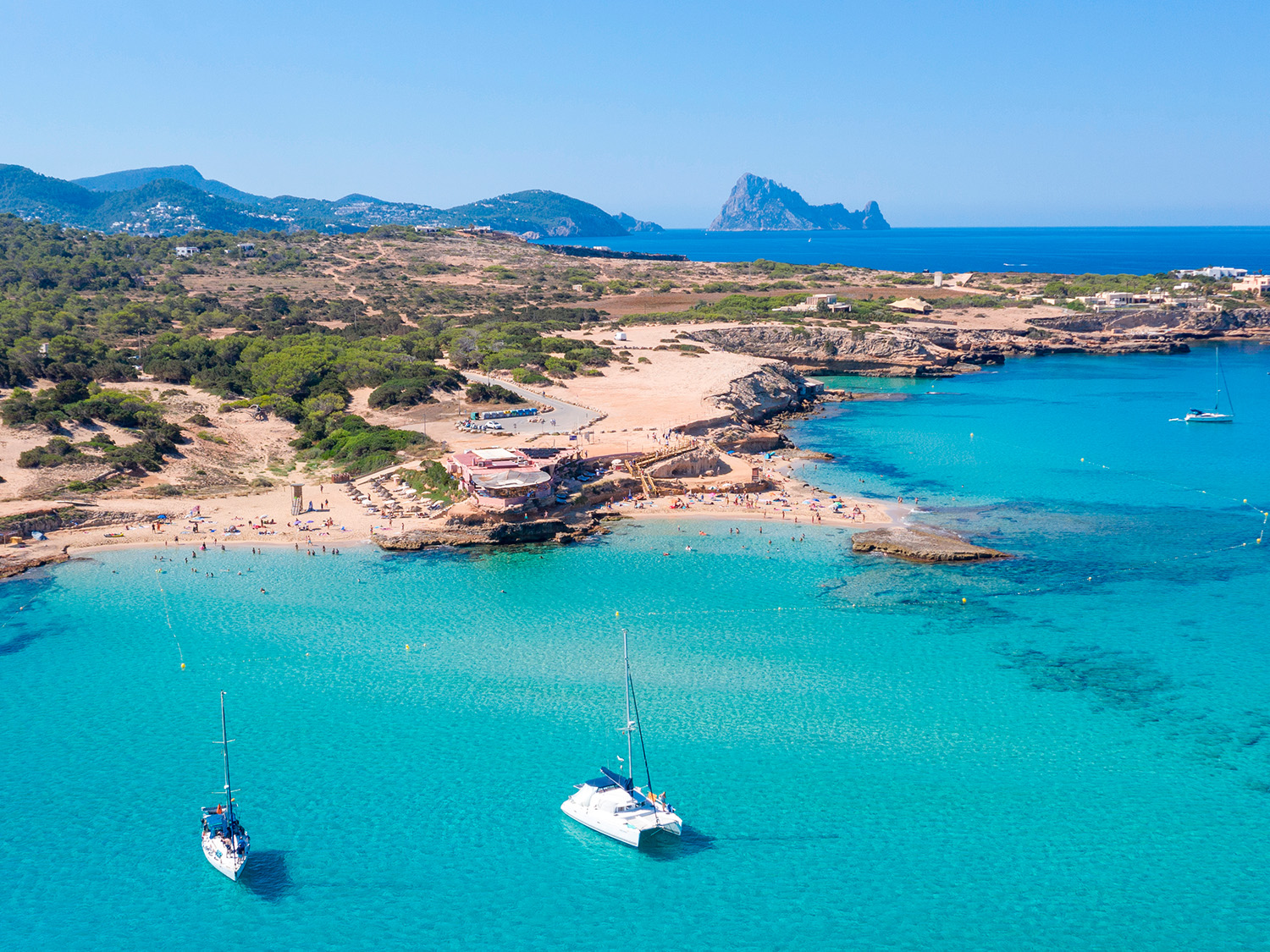
A sea trip along Ibiza’s western and southern coasts
Over 80 kilometres and 32 beaches. These two figures illustrate the enormous potential of Sant Josep de sa Talaia for sailing enthusiasts. This municipal district boasts some truly iconic landscapes, instagrammed by visitors from all over the world, with views that have come to form part of our collective imagination. A tour along this area of the island’s coast reveals the compelling beauty of a shoreline replete with little hideaways waiting to be discovered, with the true essence of the Mediterranean providing a visual feast for our eyes, and for our hearts as well.
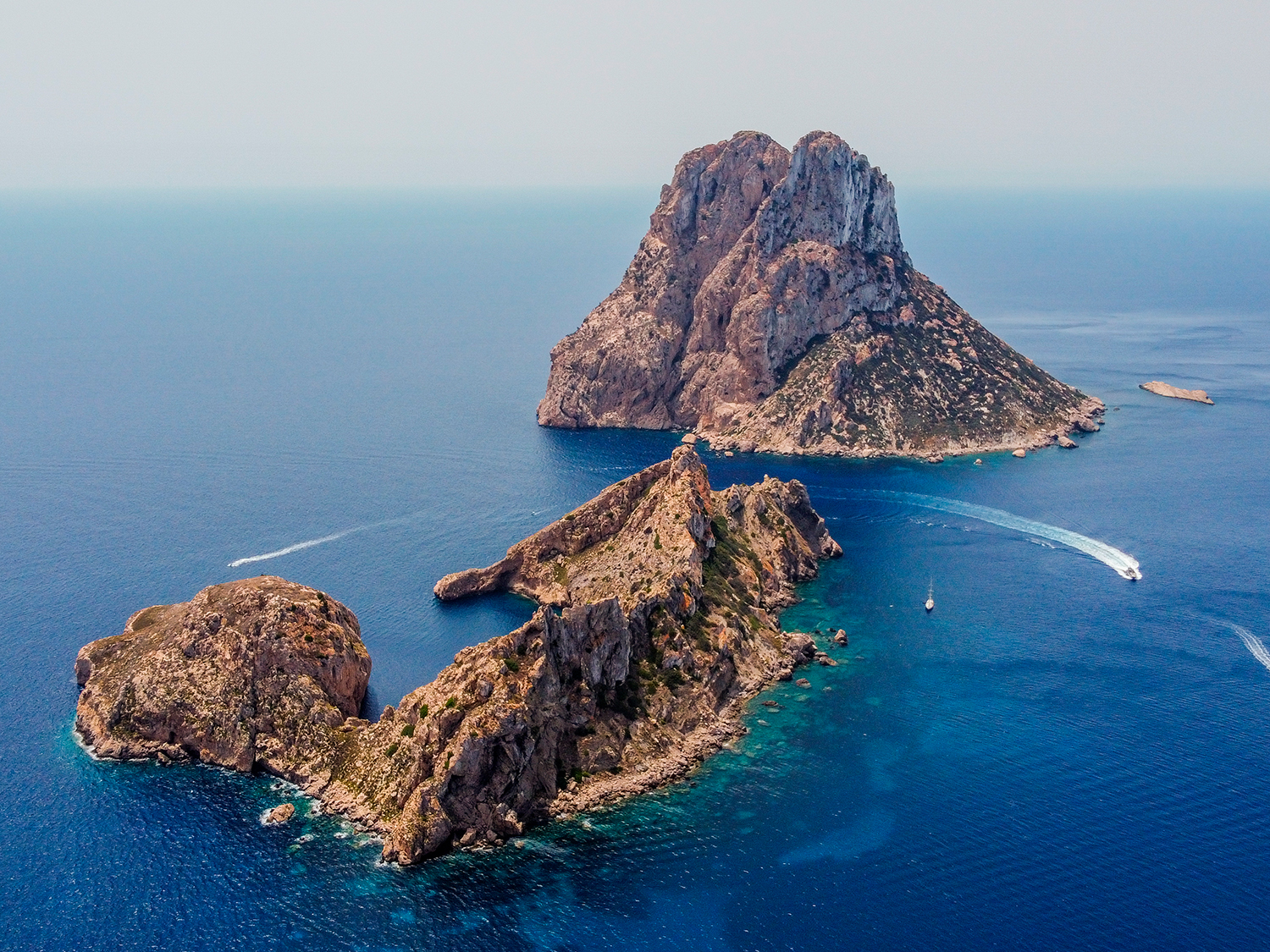
Es Vedrà y es Vedranells
Imagine setting off from the southern tip of the municipality which is also the southern part of the island. There, at the end of the popular d’en Bossa beach, the centre of entertainment and attraction in this part of the island, and where its huge expanse of sand comes to an end, you will see a rocky promontory topped by the lookout tower of Sa Sal Rossa. It also known as the Tower of the Carregador, or salt loader, because at one time this was where the cargo from the nearby salt pans was loaded. If you reach this spot by sea at the base of the 18th century tower, you will see some little boatsheds where an irregular jetty shaped from stones reaches out into the sea. This will be your first plunge into the waters of History. It is La Xanga which at one time was Ibiza’s first salt port where Phoenicians, Arabs and Christians all traded in this intense business activity. The remains of a cobbled square and some cisterns are witness to the existence of a salt industry in the square which, built in the 16th century, was the site for exporting the island’s white gold. Previously, in the Phoenician -Carthaginian era this place was used to unload and cut up the tuna fished in the nearby almadrabas – tuna netting traps.
Torre de ses Portes
If you continue along the coast, skirting mountains carpeted with pines, past red cliff faces, caves and little coves, carry on until you spot a long strip of white sand at the end of which you will see the outline of another tower, that of Ses Portes. You will now be approaching the southern end of the island facing the Es Cavallet beach. You will find yourself deep in the heart of the Ses Salines Natural Park. To reach the other side, and the beach of Ses Salines, you will pass by one end of what is known as the Canal des Freus, sandy shallows where the depths can vary surprisingly, depending on prevailing currents. The transparency of these waters is mesmerising, with the white streaks of the sandy seabed alternating with the gently waving fronds of the green posidonia oceanica, the delicate seagrass, that like a forest oxygenates Ibizan waters.
Parc Natural de ses Salines
The beach of Ses Salines at its southern end has some little coves set between rocks that have geometric and unusual forms. The former are the handiwork of man, because this is the site of an ancient quarry, where the stones were hewn from which the walls of Ibiza are built. The latter were caused by the effects of the elements, basically eroded by sea and wind. As you pass these you find a wide expanse of sandy beach and transparent waters where there are also some well-known bars and restaurants, that frequently feature on social networks. If you continue onwards, you will come to the modern salt docks from where Ibiza’s celebrated salt continues to be exported to remote destinations as far away as the Faeroe Islands where it has been popular for many years. One of the buildings in the salt complex, an enormous gabled warehouse, currently houses an unusual exhibition centre. Known as La Nave Salinas, every year the gallery owner Lio Malca curates an exhibition in the building of prominent contemporary artists such as KAWS, Marco Brambilla, Keith Haring, Bill Viola, Kenny Scharf, Rafa Macarrón and Eva Beresin.
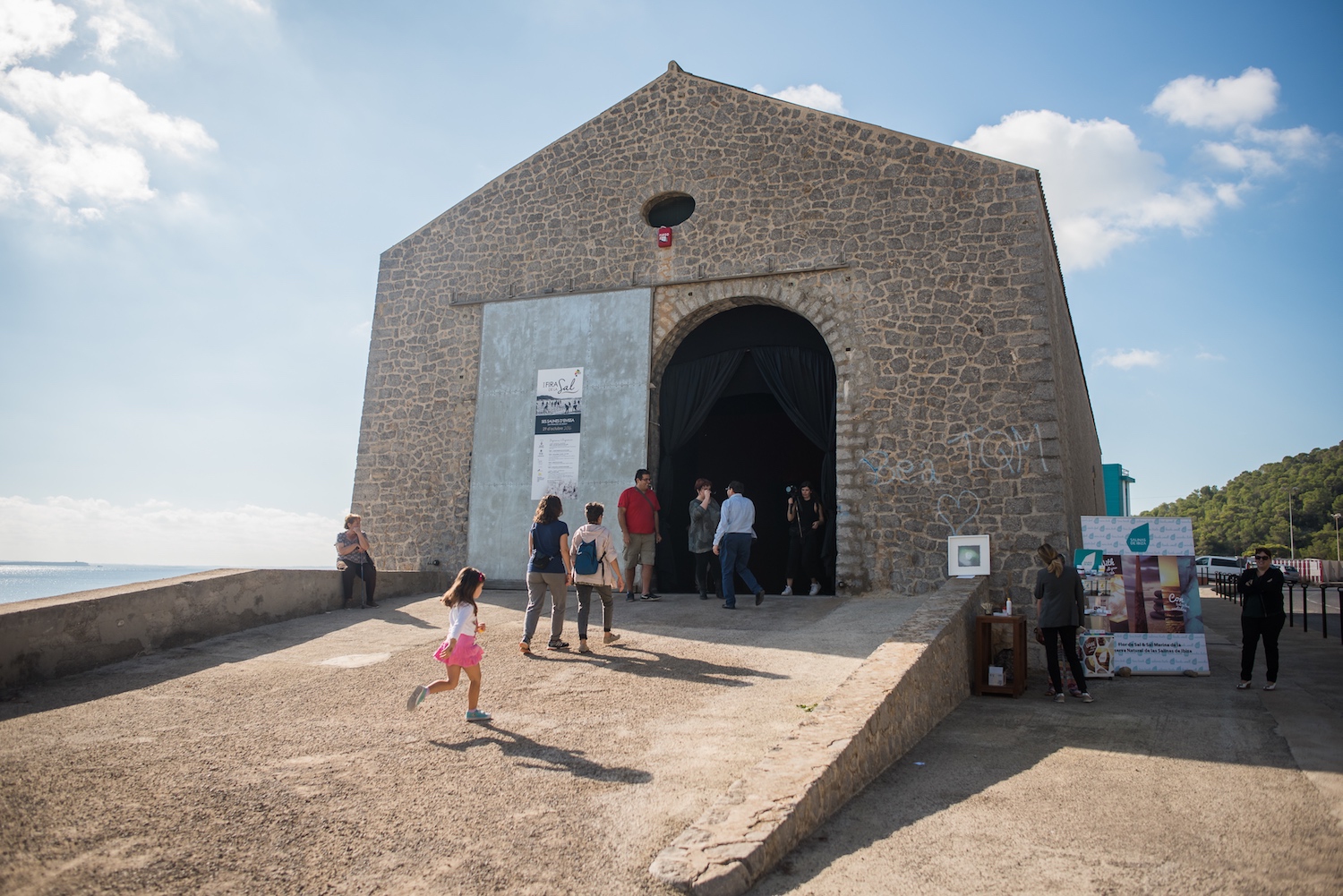
Fundación La Nave Salinas
Get back on board for your next stop which is the Cap des Falcó where a long shingly beach stretches out forming the border to the west of the salt pans and Ibiza’s airport. Many sailors like to moor here at the foot of the runway with the planes flying overhead as they take off and land at the Ibizan aerodrome. At the end of the beach, you will find a row of low cliffs that shelter a number of little coves of varying sizes. One such inlet was part of the first Phoenician settlement on the island, Sa Caleta. The vestiges are proof of the island’s growing importance in the trade of those times and can be visited. The little natural port is bordered by the boathouses and jetties and it is frequently used by residents to launch small boats.
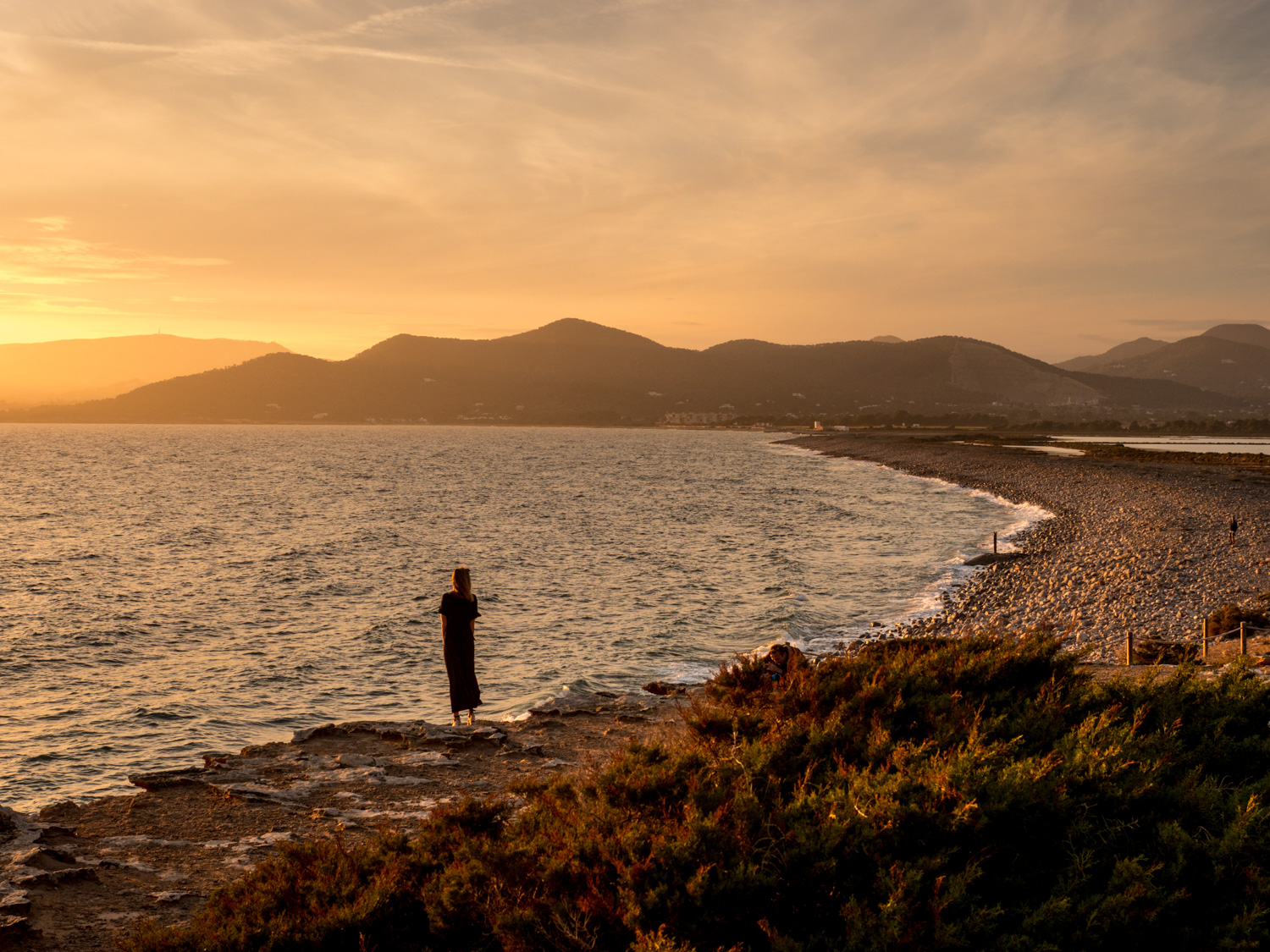
Cap des Falcó
On the other side you will find the beach of Es Bol Nou recognisable by its reddish sandy cliff face. Continue sailing until you come to the inlet known as Punta Jondal, which you will reach before the beach of the same name. The shore is a mix of sand, rocks and shingle, and continues to the area known as Es Xarco. You will come across several trendy restaurants along this strip of beach, and therefore it is a popular mooring space for seagoing craft of all shapes and sizes from small and medium to enormous vessels.
Es Bol Nou
The next place that comes into view is the giant bay of Es Cubells, with high striated cliffs with alternating bands of chalk and white clay. At the south end, the starboard side opens up to Porroig, another popular mooring spot, thanks to its sheltered waters. A succession of little boathouses alternates with secluded little spots where you can swim in almost total isolation. Facing Porroig, in the distance Es Torrent is the next port of call, a little beach that is popular with gourmets. If you sail towards it, following the coastline you can appreciate the majestic heights of Es Cubells, crowned with their luxury cliff top villas. Beside the shoreline, small jetties are scattered along the route with charming little places in between such as Ses Boques or Cala Llentrisca, one of the most isolated and much-loved little coves.
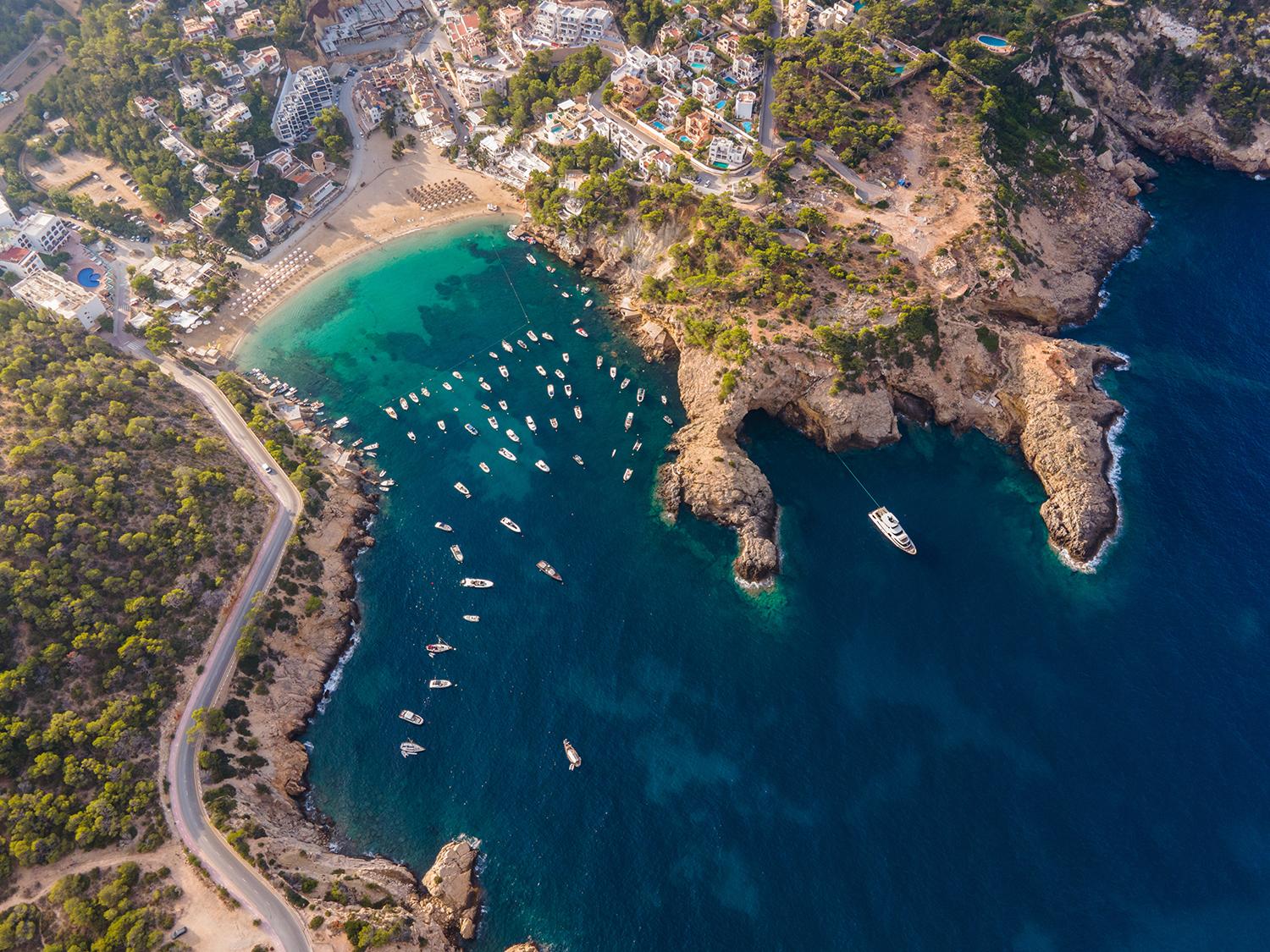
Cala Vedella
Beyond this point, navigation turns northwards, and you begin to sail up the west coast of the island. Now the impressive sight of the little islands of Es Vedrá and Vedranell come clearly into view. The subject of much imaginative speculation, Es Vedrá has long been considered a fantastical and mysterious place by all and sundry. It is not possible to disembark there, as the islets are a protected haven for endemic species, however sailing around the foot of its sheer cliff faces is an experience in itself. You can make a stop beforehand in the shallows of Sa Pedrera (there are some who still persist in calling it Atlantis). This is another place where the sandstone quarrying has left its mark resulting in some peculiar geometric scenarios, and which can be reached by land after an arduous descent, starting from a path close to the Savinar tower, overlooking the islands.
Reserva Natural de Es Vedrà, Es Vedranell i els Illots de Ponent
The Cala D’Hort beach opens out further north and with its peaceful waters it is ideal for swimming and has some interesting places to eat, not to mention incredible views of Es Vedrá. The images are just asking to be shared on social networks. From this point on, the beaches and little harbours come thick and fast. Cala Vedella, which is bigger, and Cala Carbó and Cala Molí, which are smaller, are essential stop offs if you want to enjoy the best of authentic Ibizan beaches. They are also perfect for dining on fresh fish in one of the restaurants as you are gently soothed by the sea breeze. The coast of Sant Josep continues to offer some amazing little hideaways that are not only a visual treat but a chance to enjoy a few welcome dips in the sea.
Sailing northwards, Cala Tarida is another spot that you really should not miss. This wide expanse of beach has a full range of attractions, but it also has more recondite picturesque spots such as Es Pujolets, at the southern point, where the two sandy coves are set apart with their little boathouses and jetties. This truly delightful place is becoming increasingly popular with early risers. Setting out to sea again, a myriad of islands and little islets appear on the horizon. They belong to the Islotes de Poniente Nature Reserve. S’Espartar, Illa d’es Bosc and Conillera are those closest to the coast. They form a maritime skyline that offers some of the most spectacular sunsets to be seen on this side of the island. This coastline has a number of beaches that boast the ideal setting for watching the sun go down. Sa Figuera Borda is not one of them however, because it is not exactly a beach but more a little cove on the southern side. However, it has the added charm of a cave which is open at both ends, and with its little boathouses it provides visitors with a picturesque place for enjoying the magic moments of sunset. Platges de Comte and the little cove Racó d’en Xic offer an expanse of white sand and a coastline of rocks sculpted by the wind. It also has an interesting range of local cuisine in the beach restaurants.
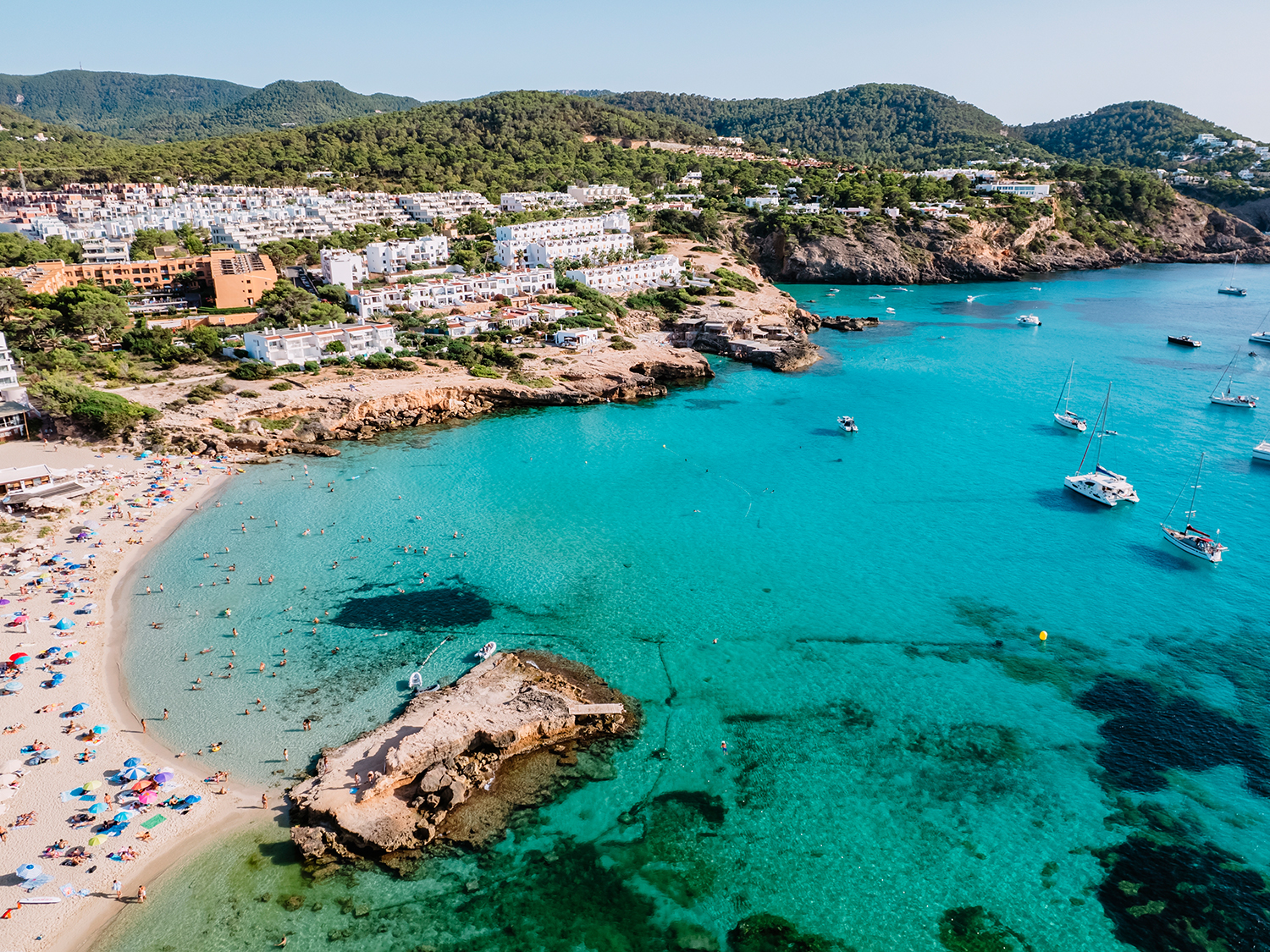
Cala Tarida
From this spot and continuing along to the beautiful Cala Bassa, in a northerly direction, the sea depths are mesmerising in their transparency with white sandy sea bottom alternating with the green sweep of the sea grass meadows. When you reach Cala Bassa, you will be close to entering the great bay of Portmany, which has some very popular sandy coves that also offer a wealth of hotels and catering that characterise the area of Cala de Bou. On reaching this point, you will have sailed through a whole range of landscapes and sensations, a gift for your five senses as you savour all the magic of the Ibizan Mediterranean. You will probably be tempted to just turn right around and repeat the whole trip in reverse. That would definitely be a sound decision!
